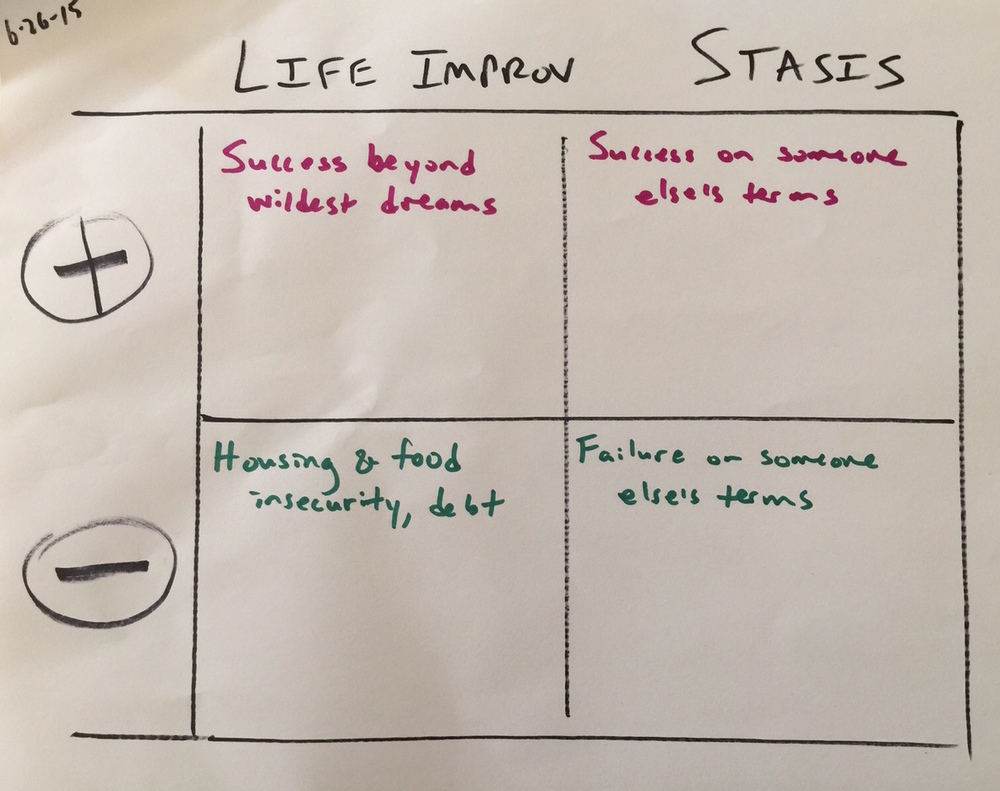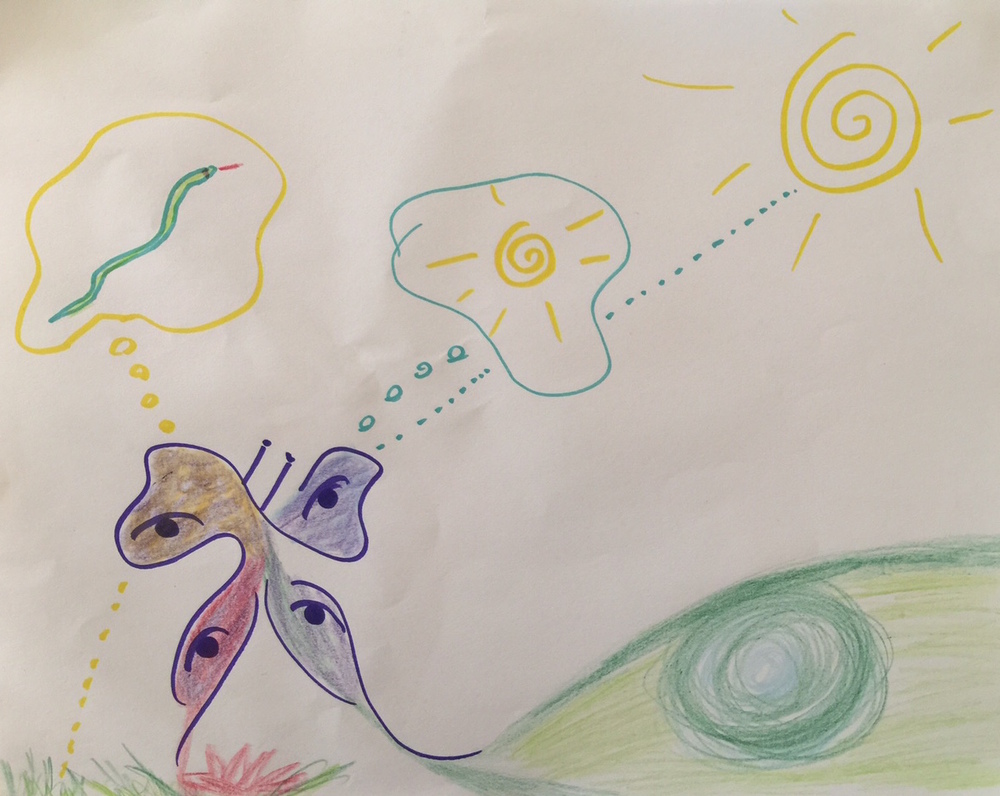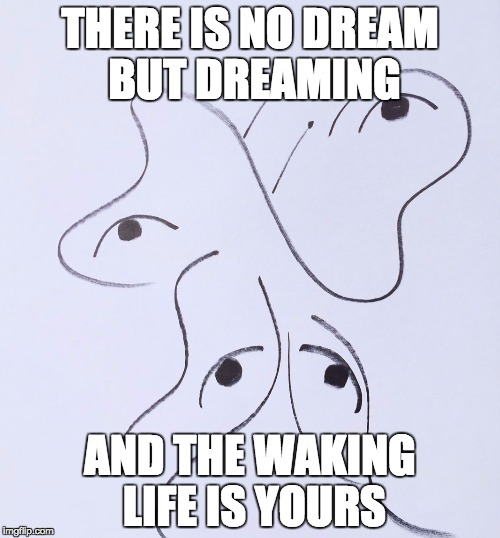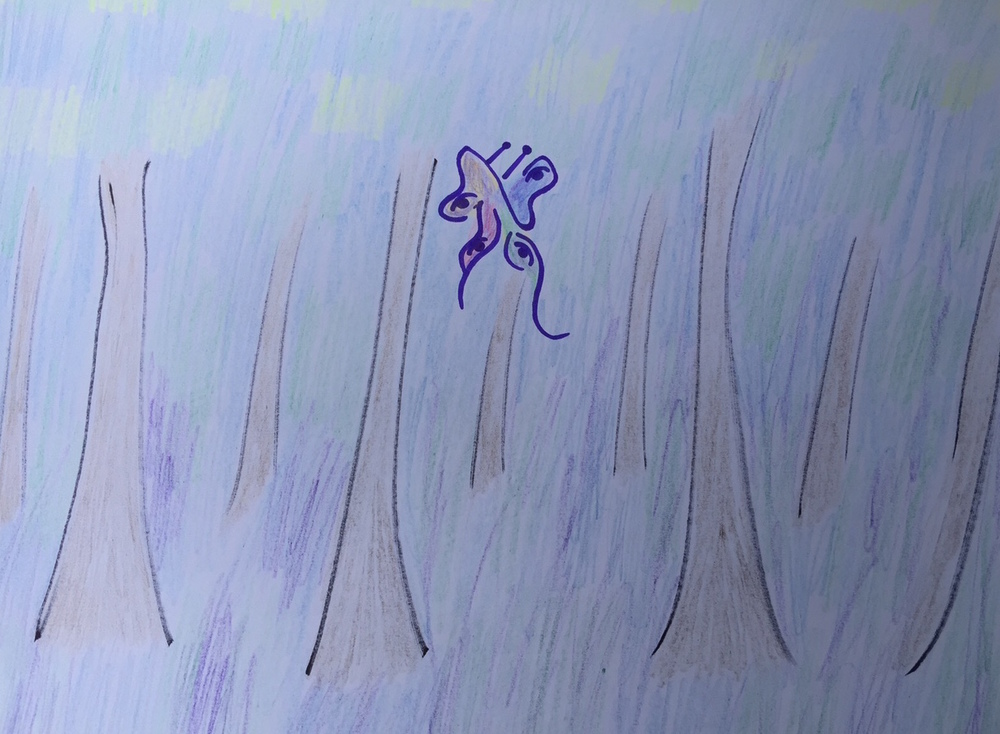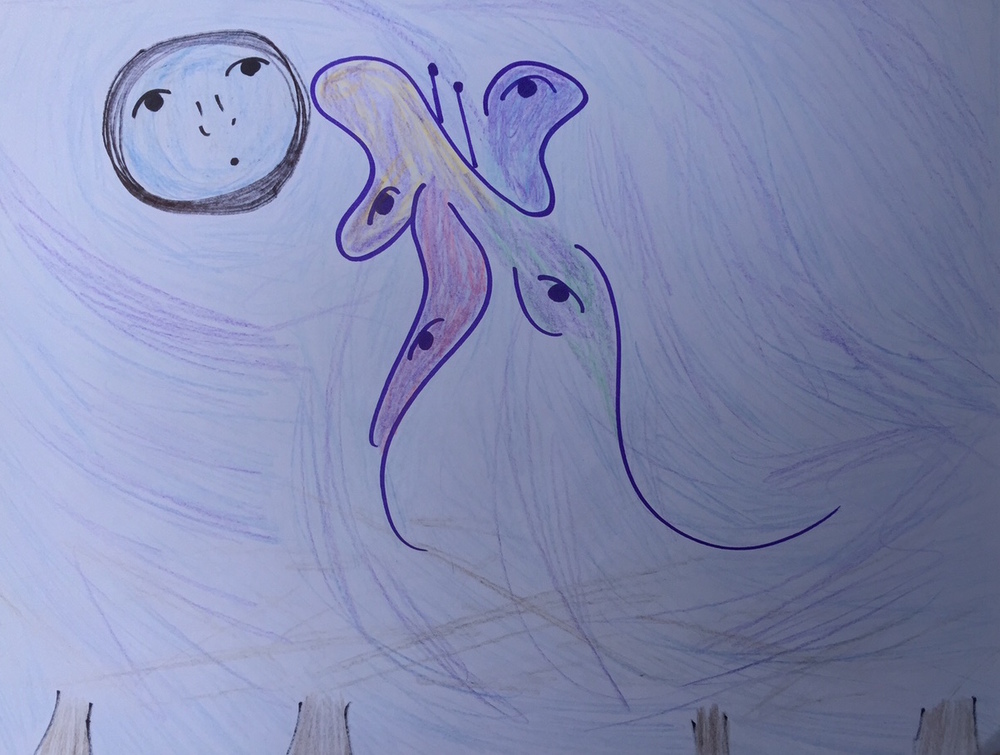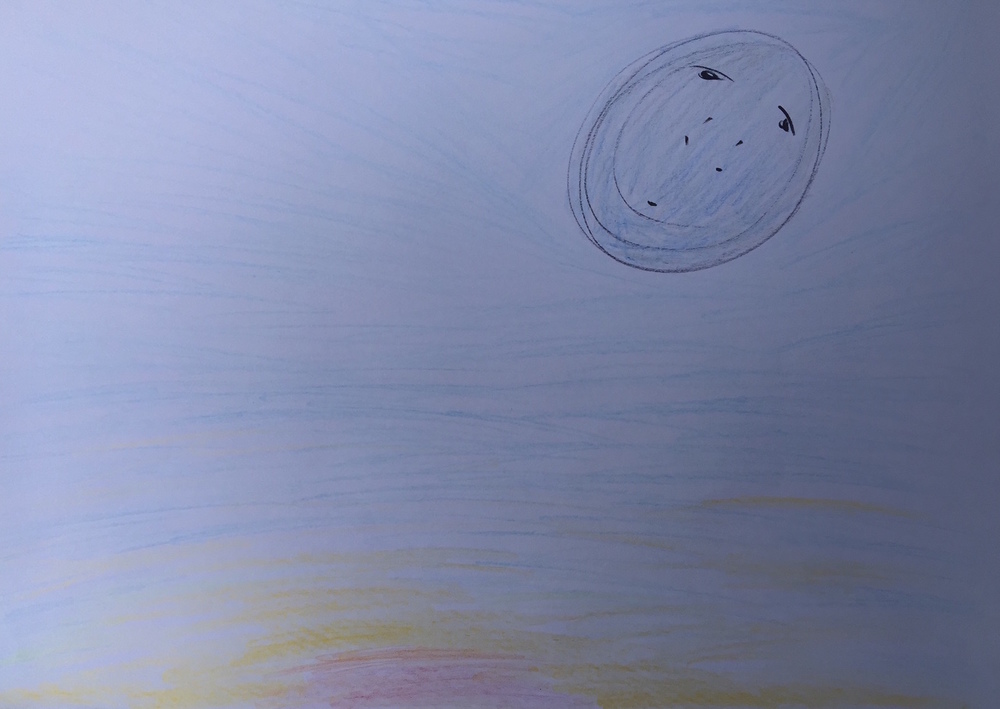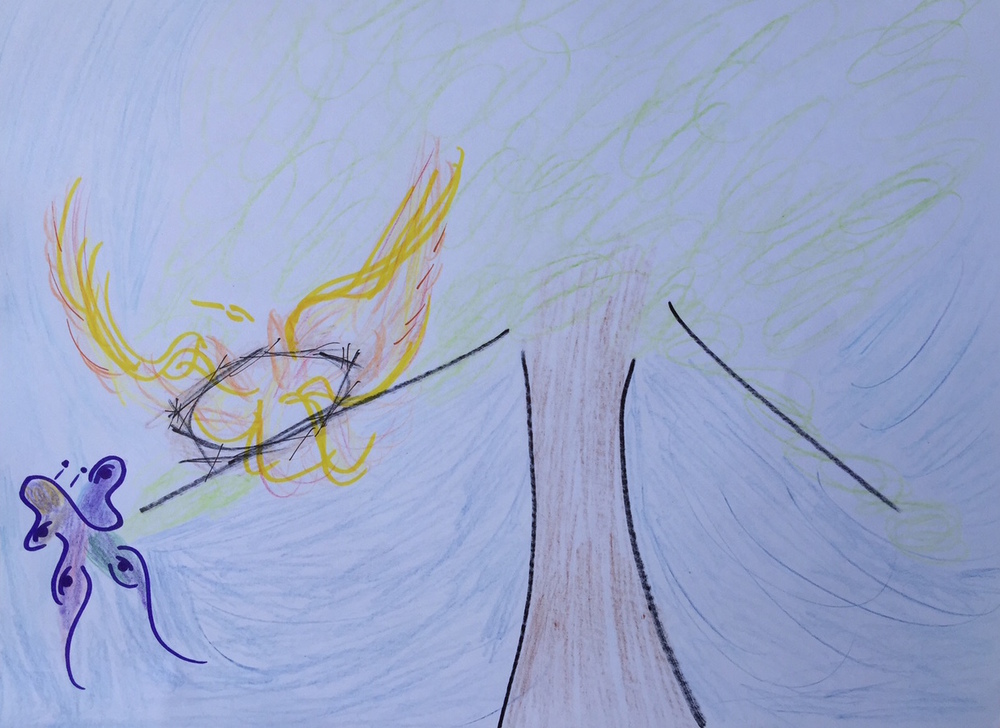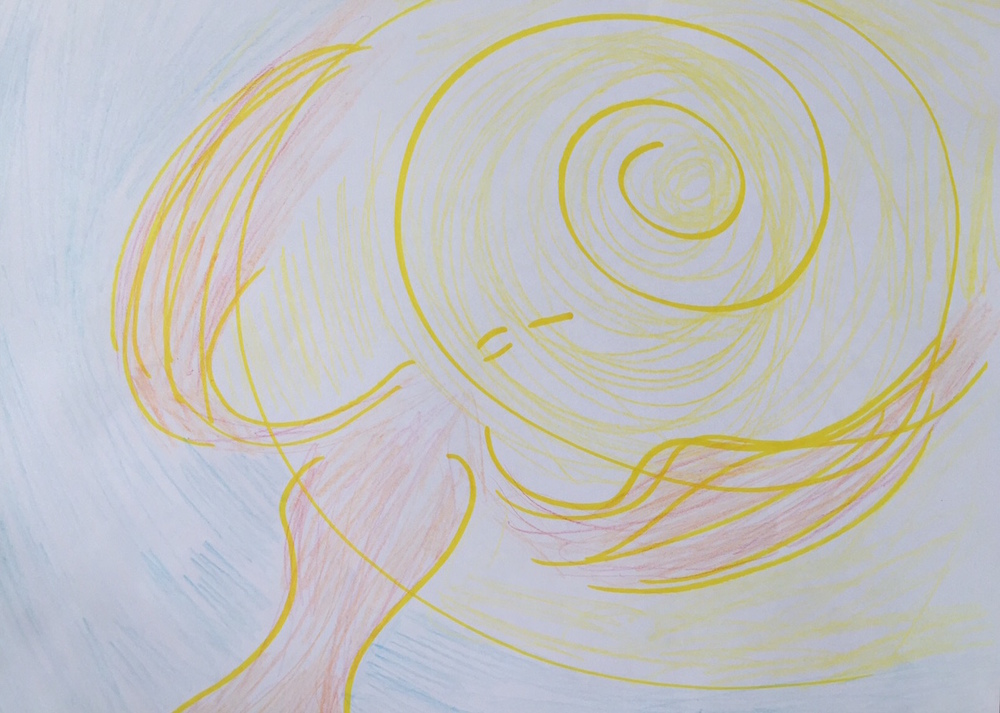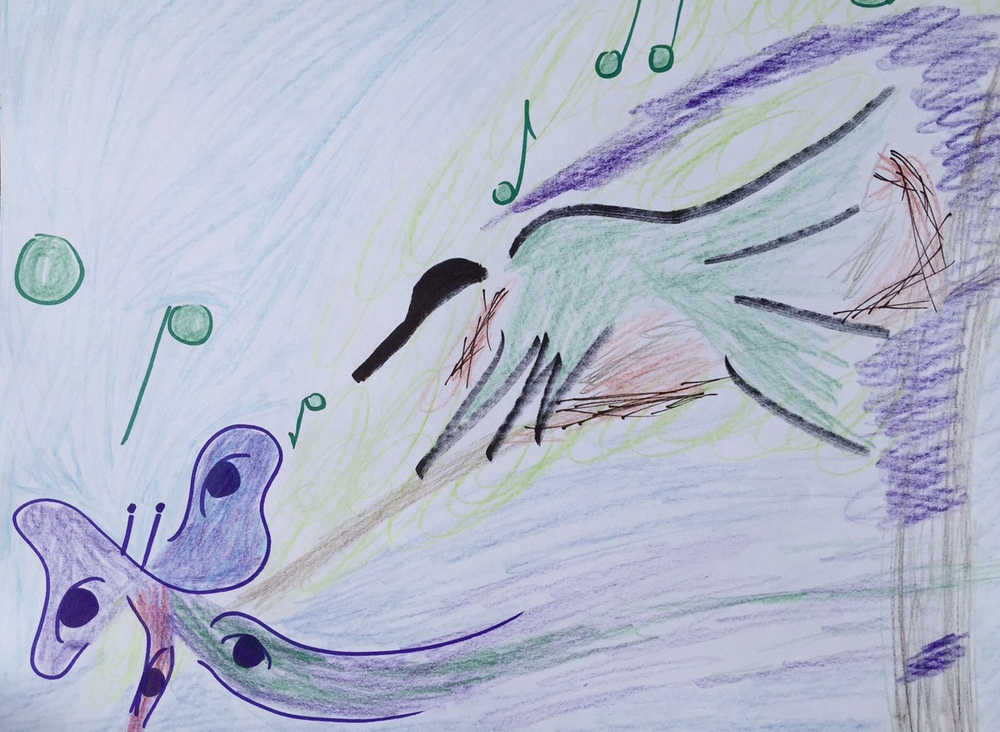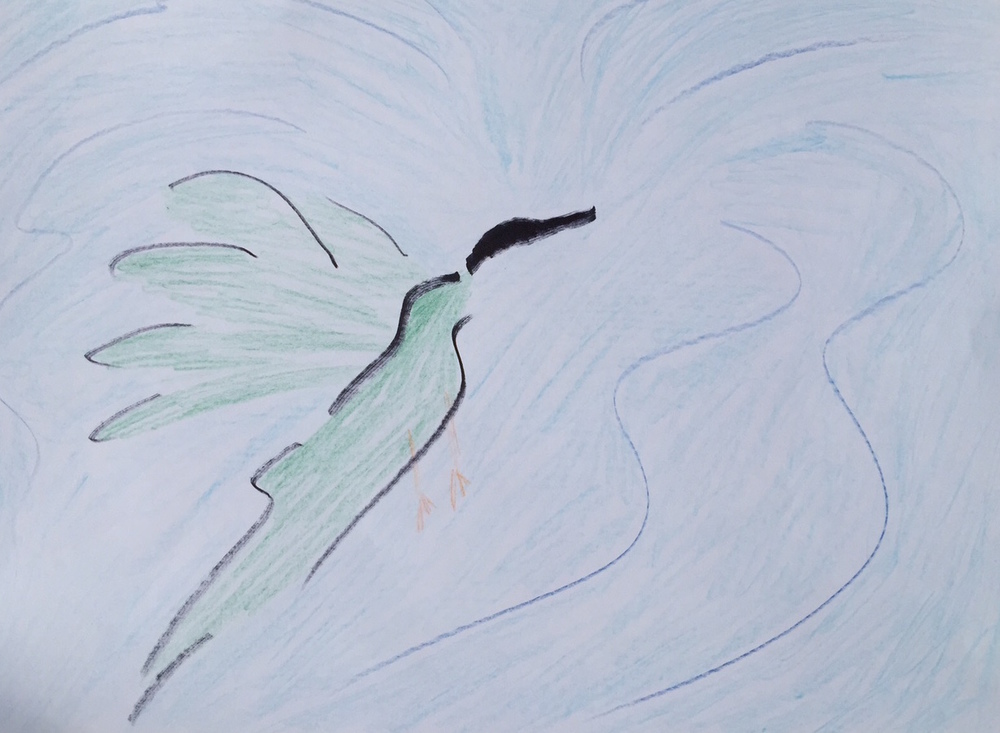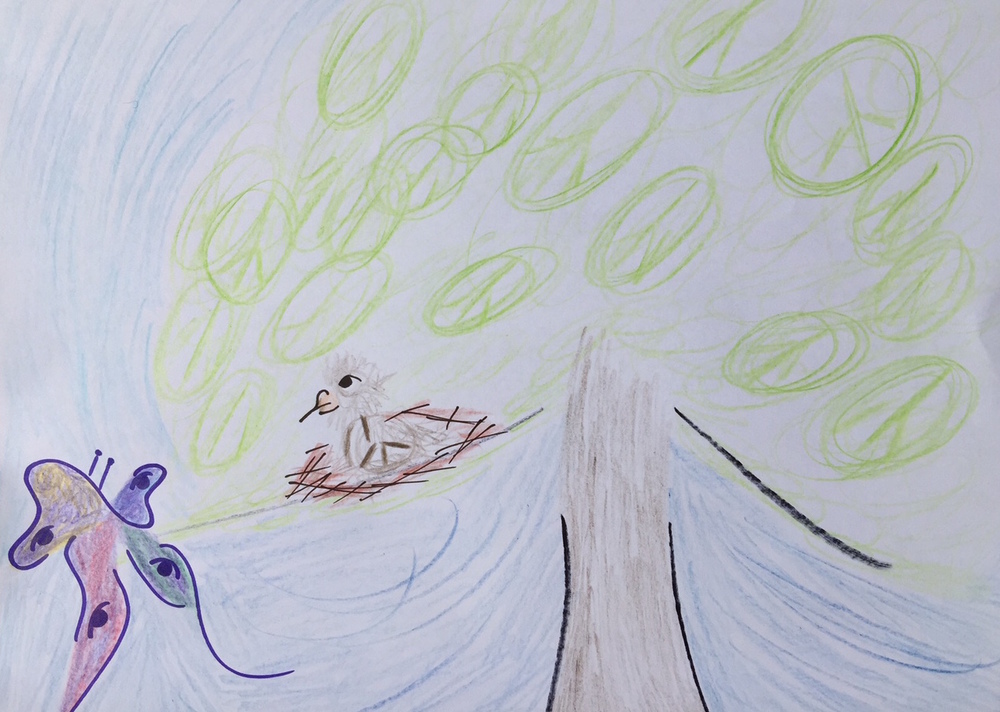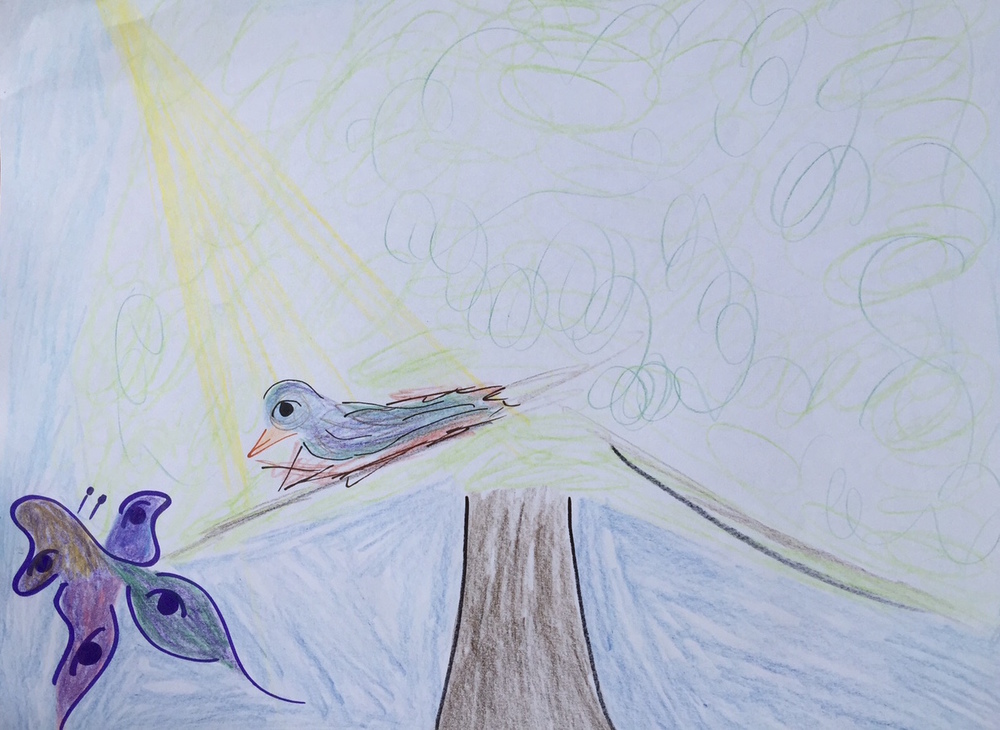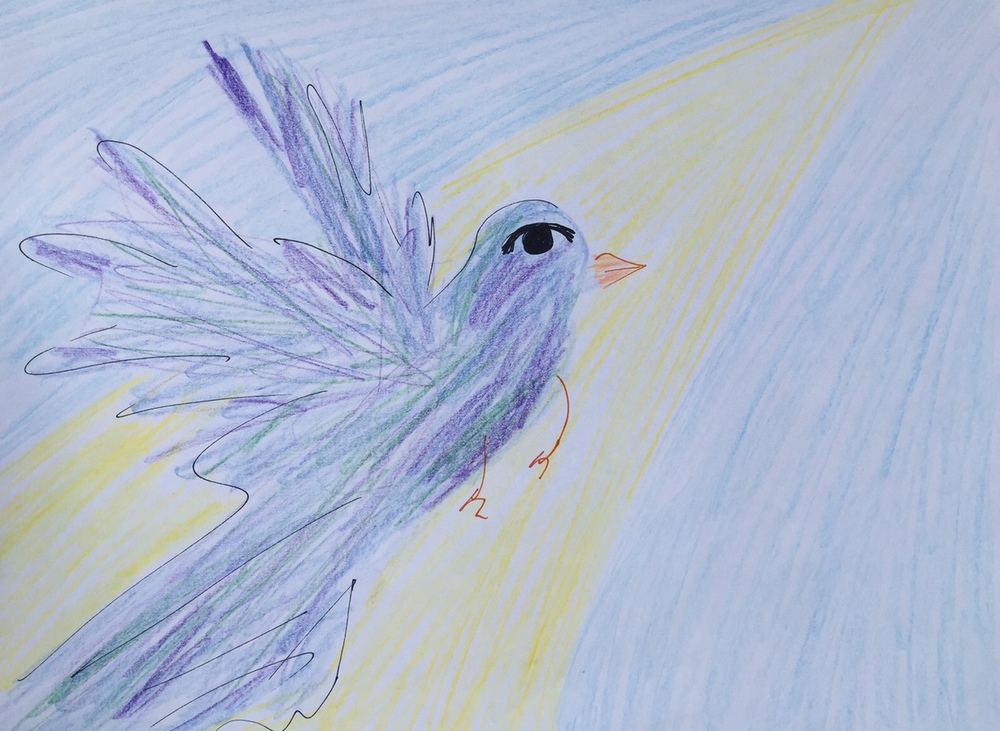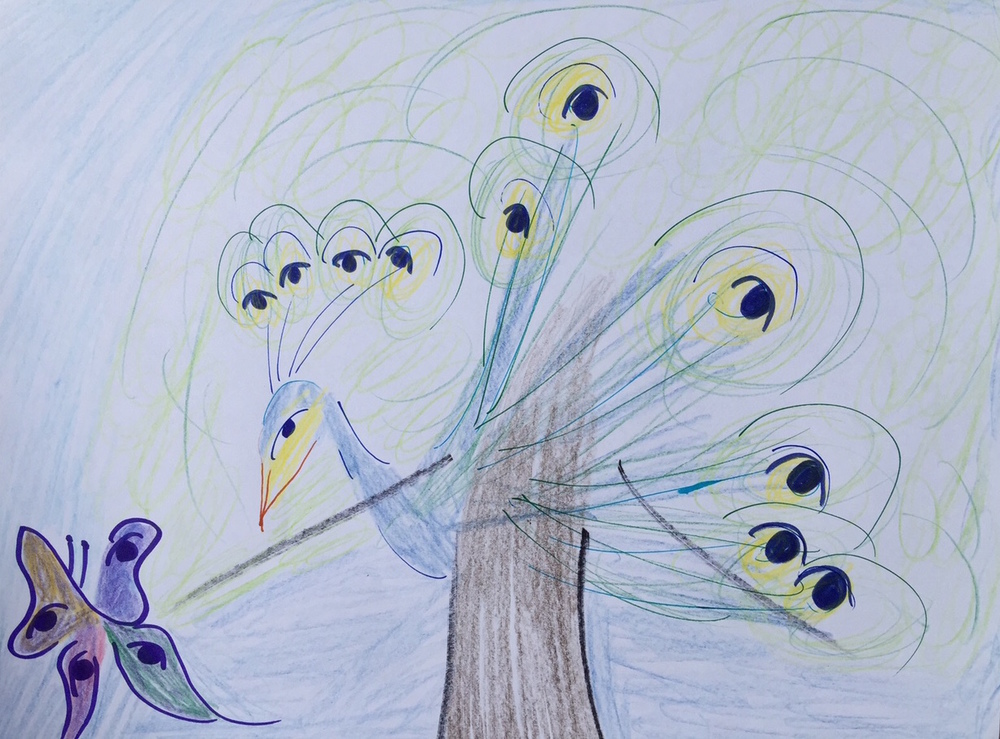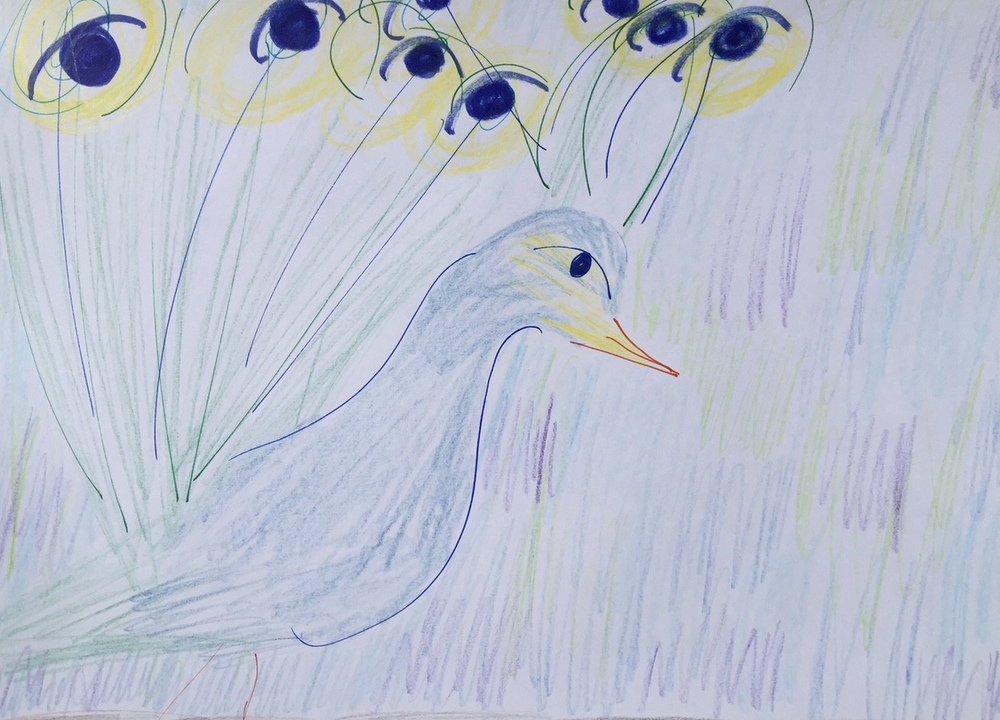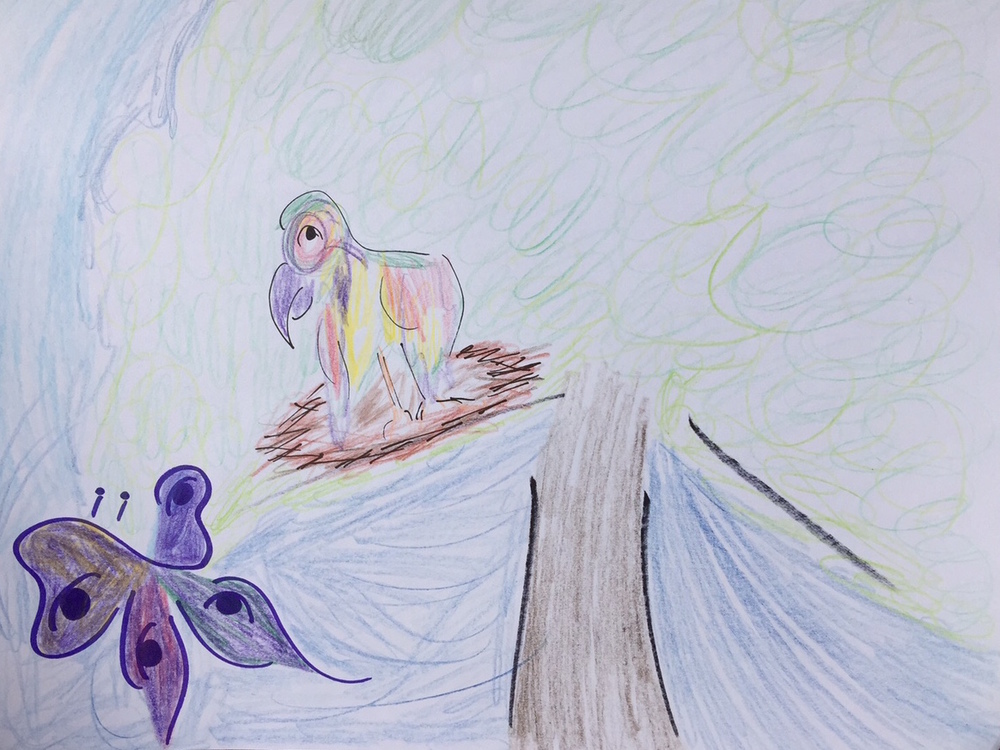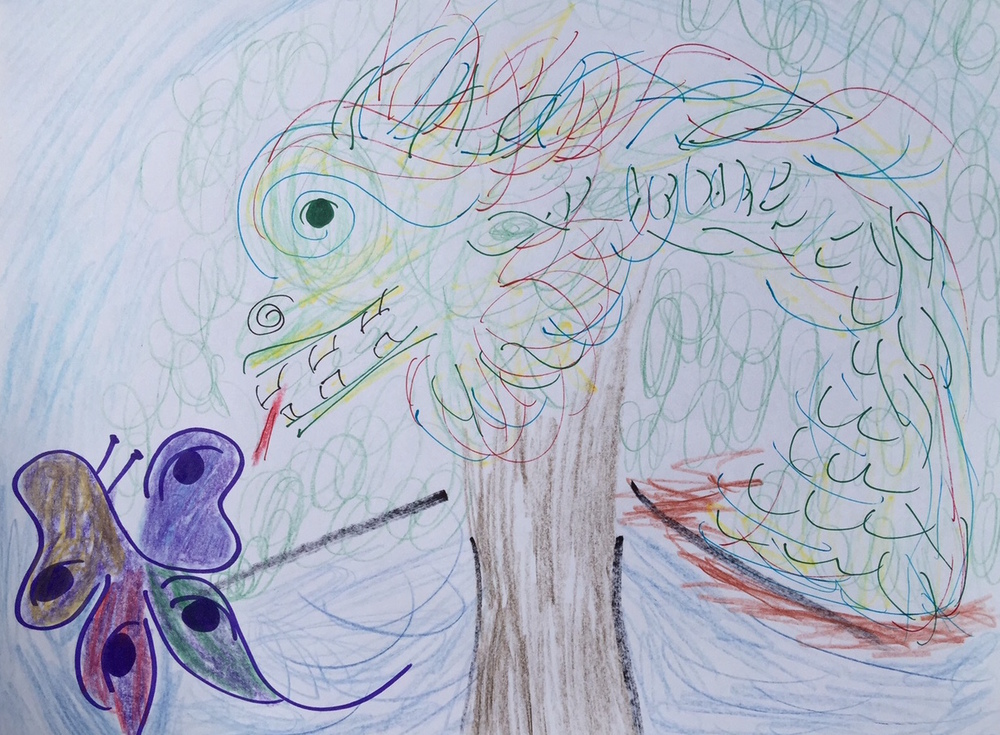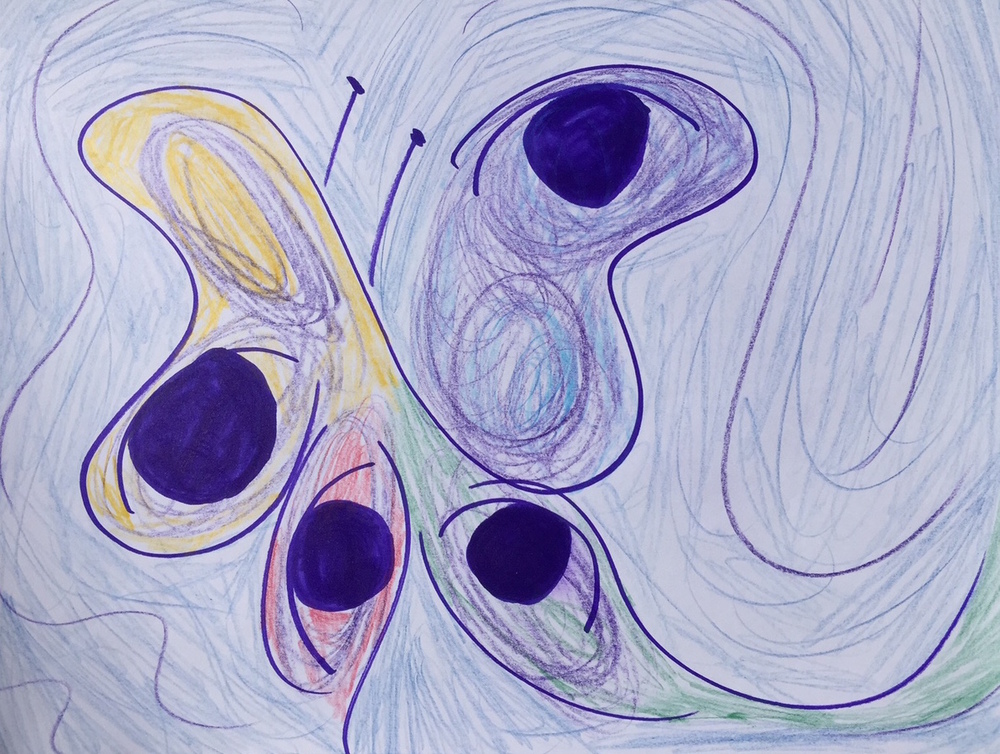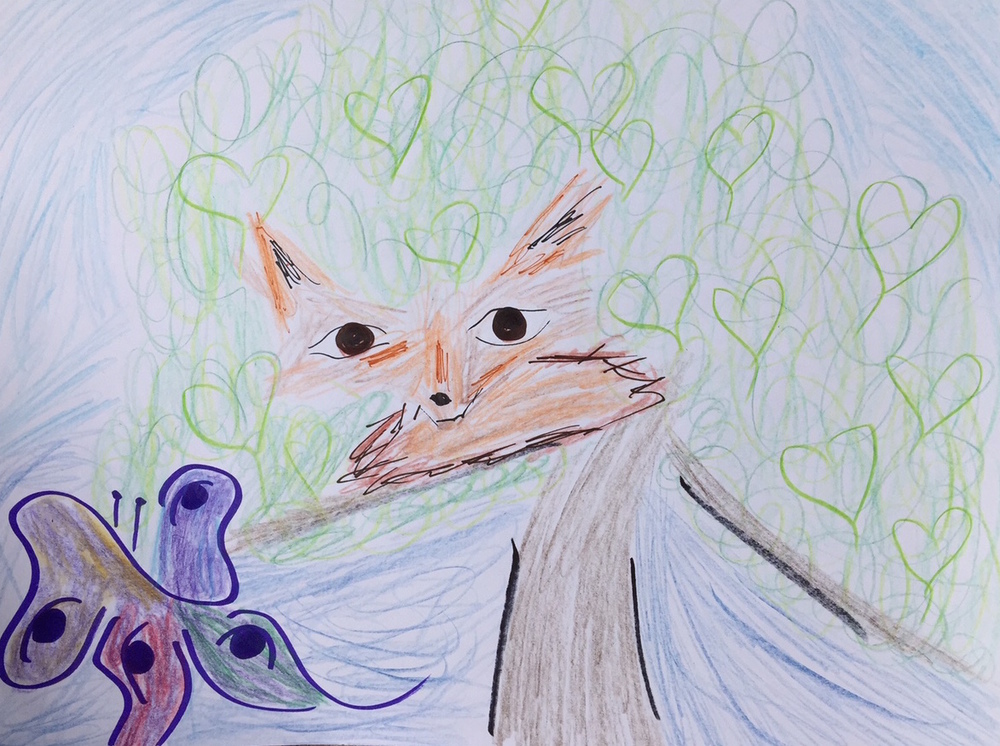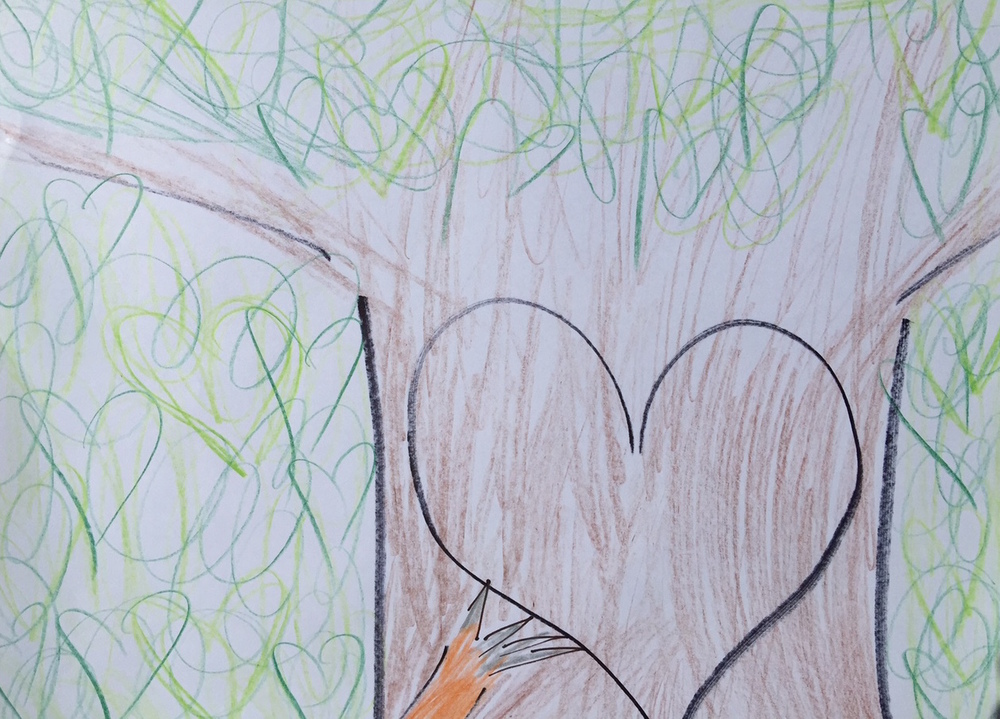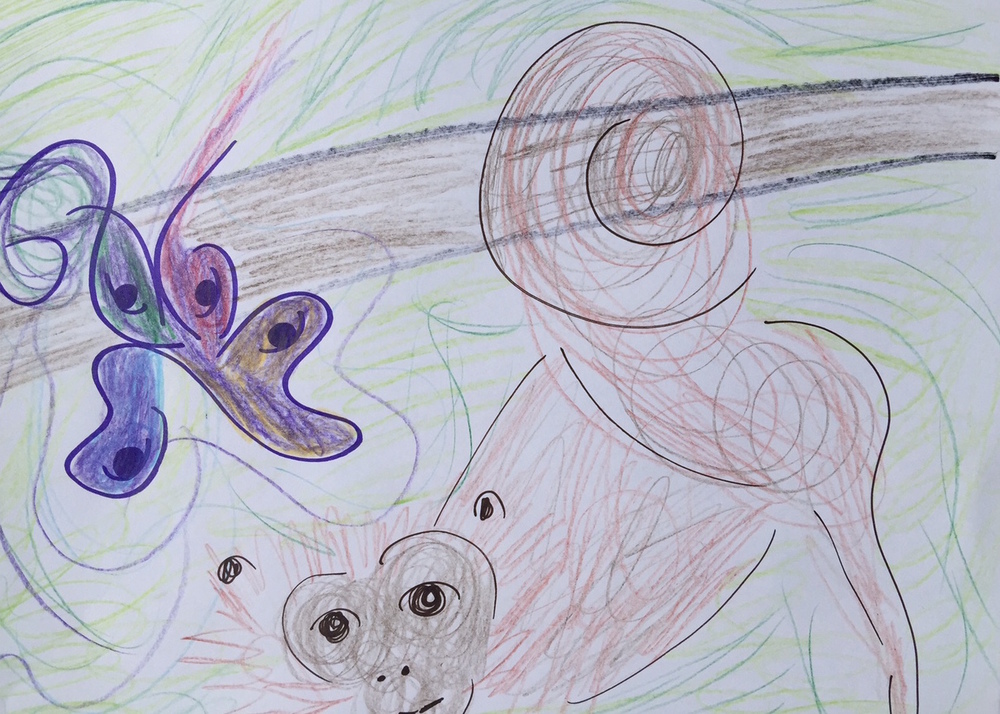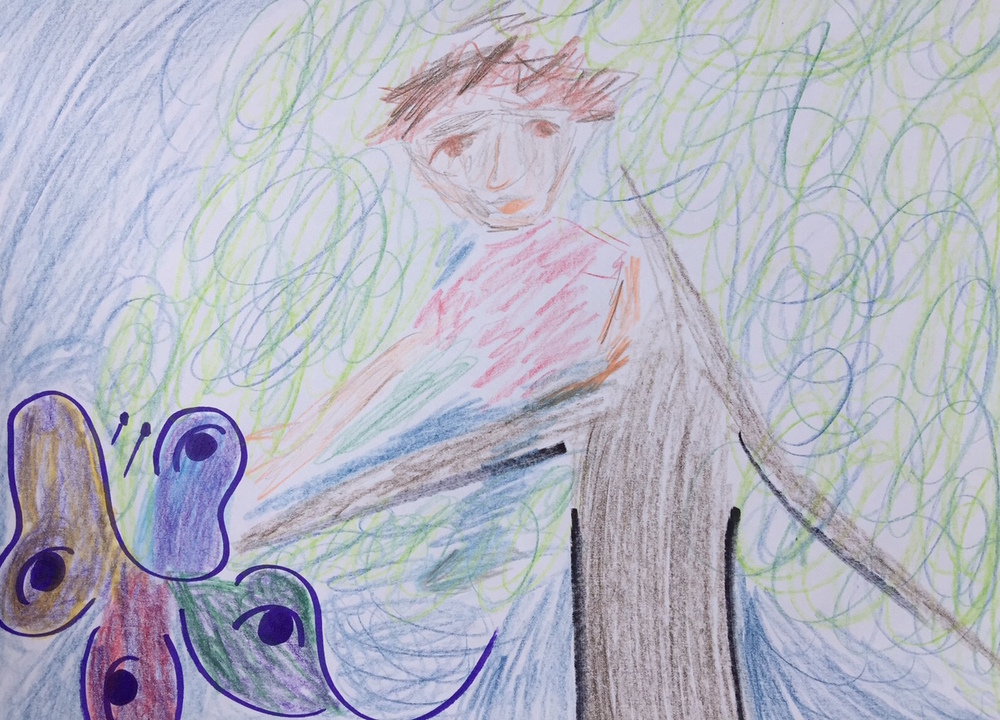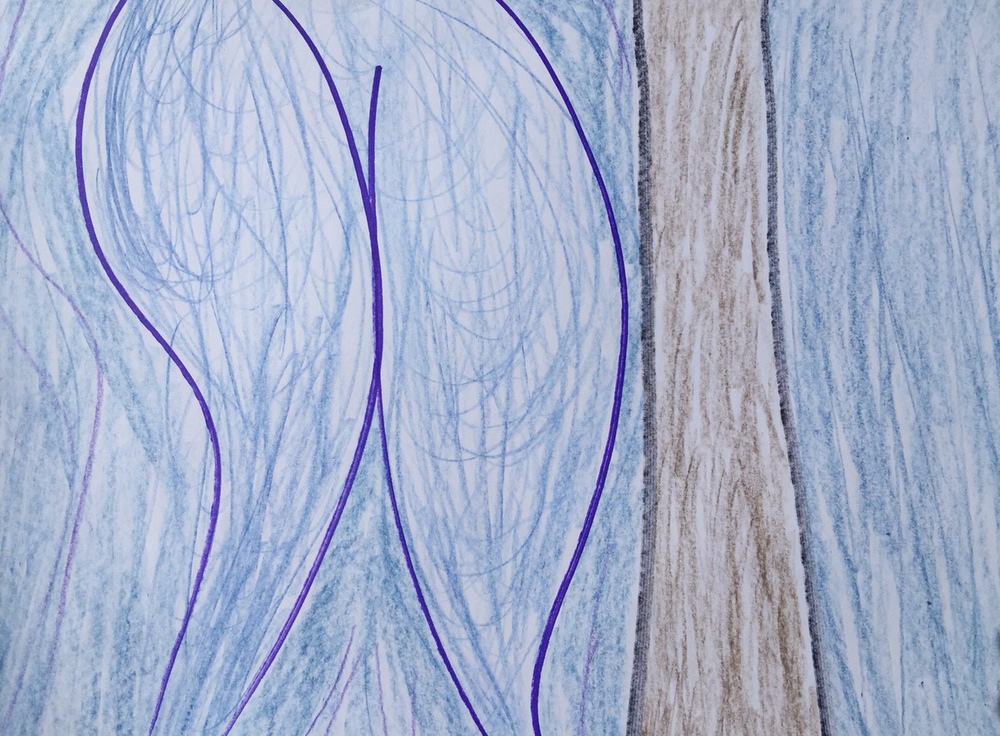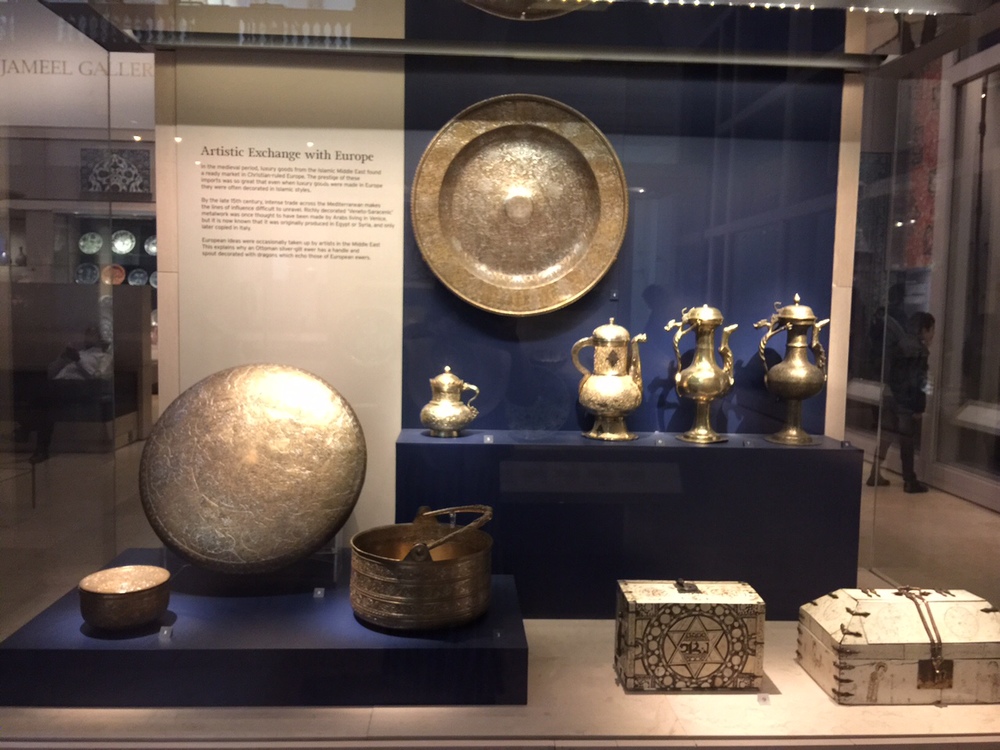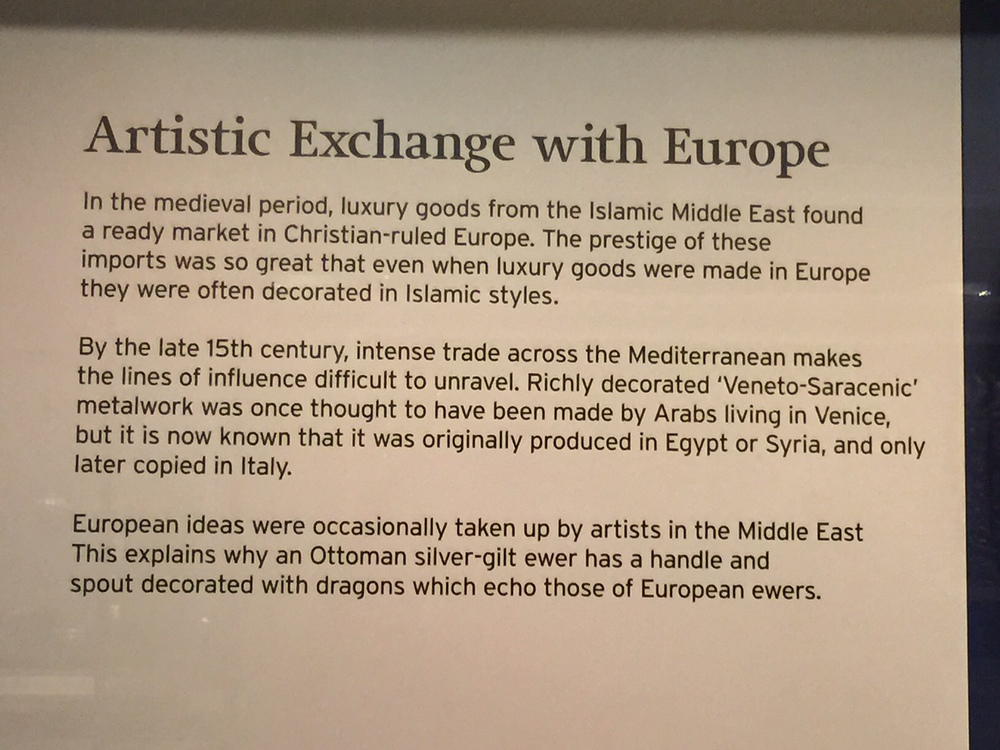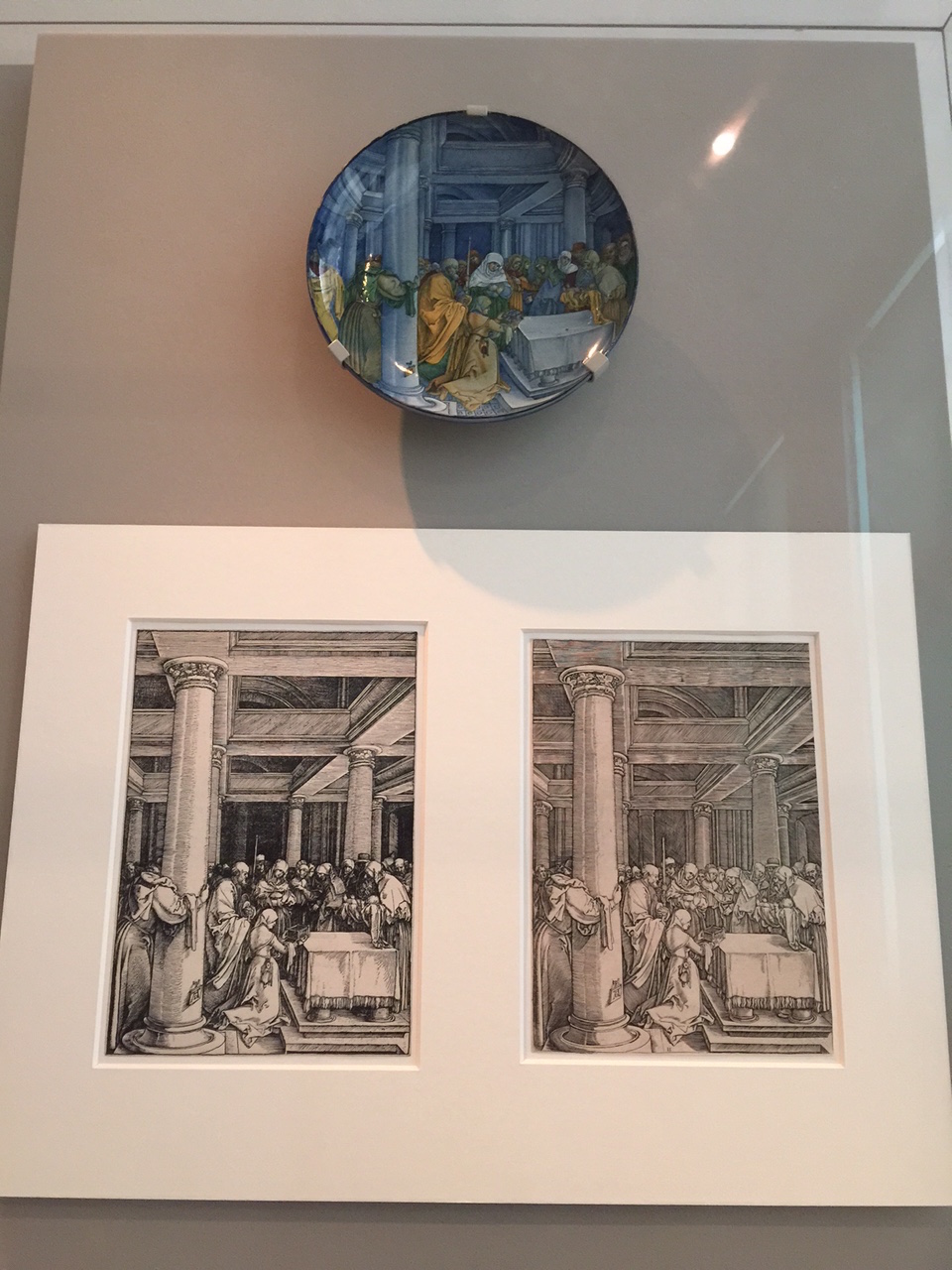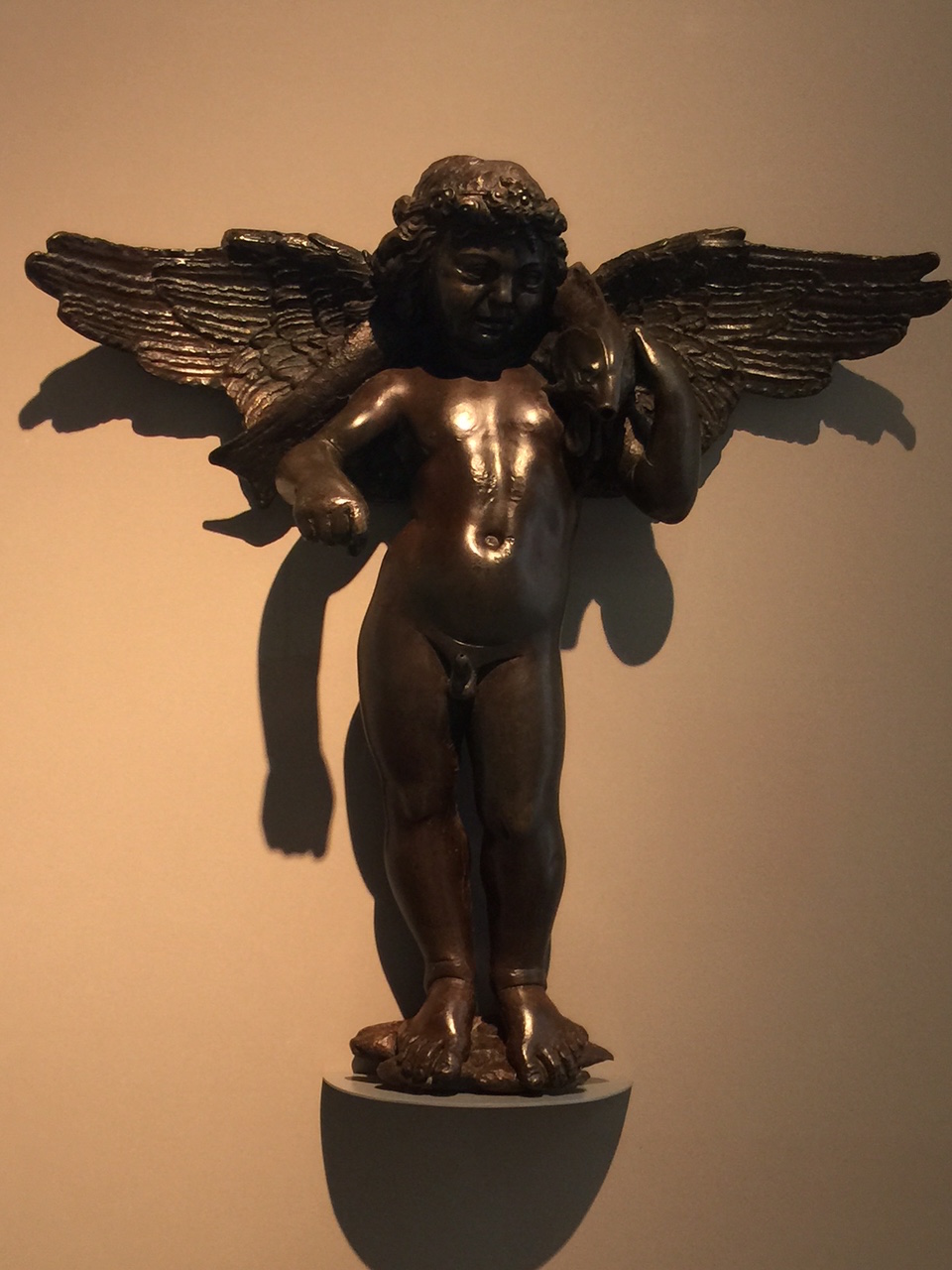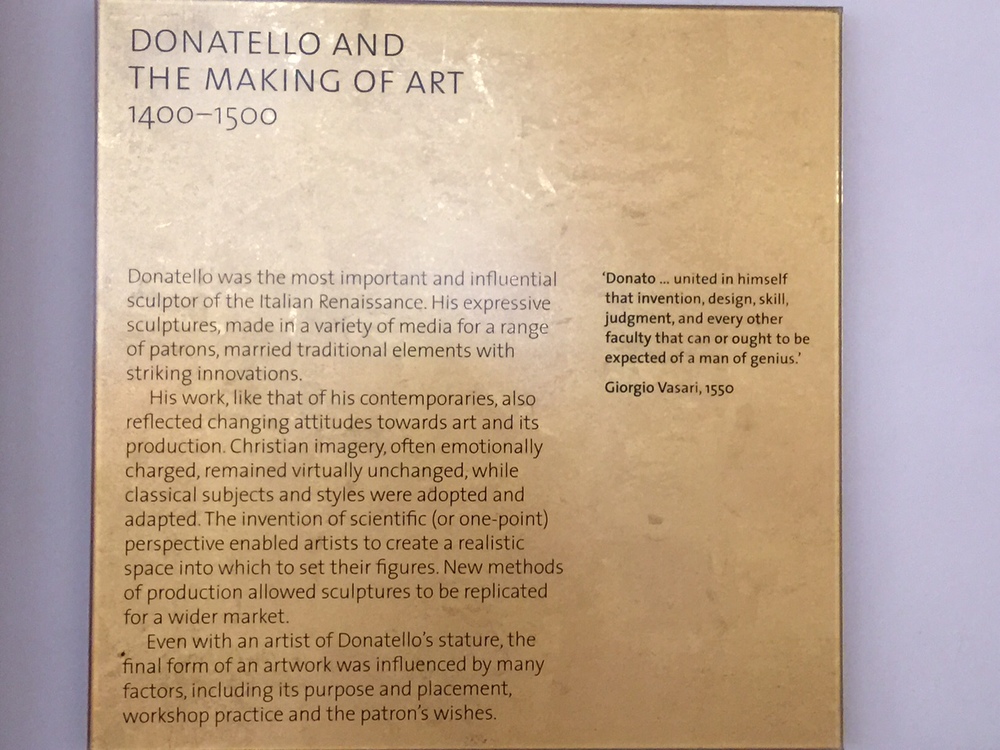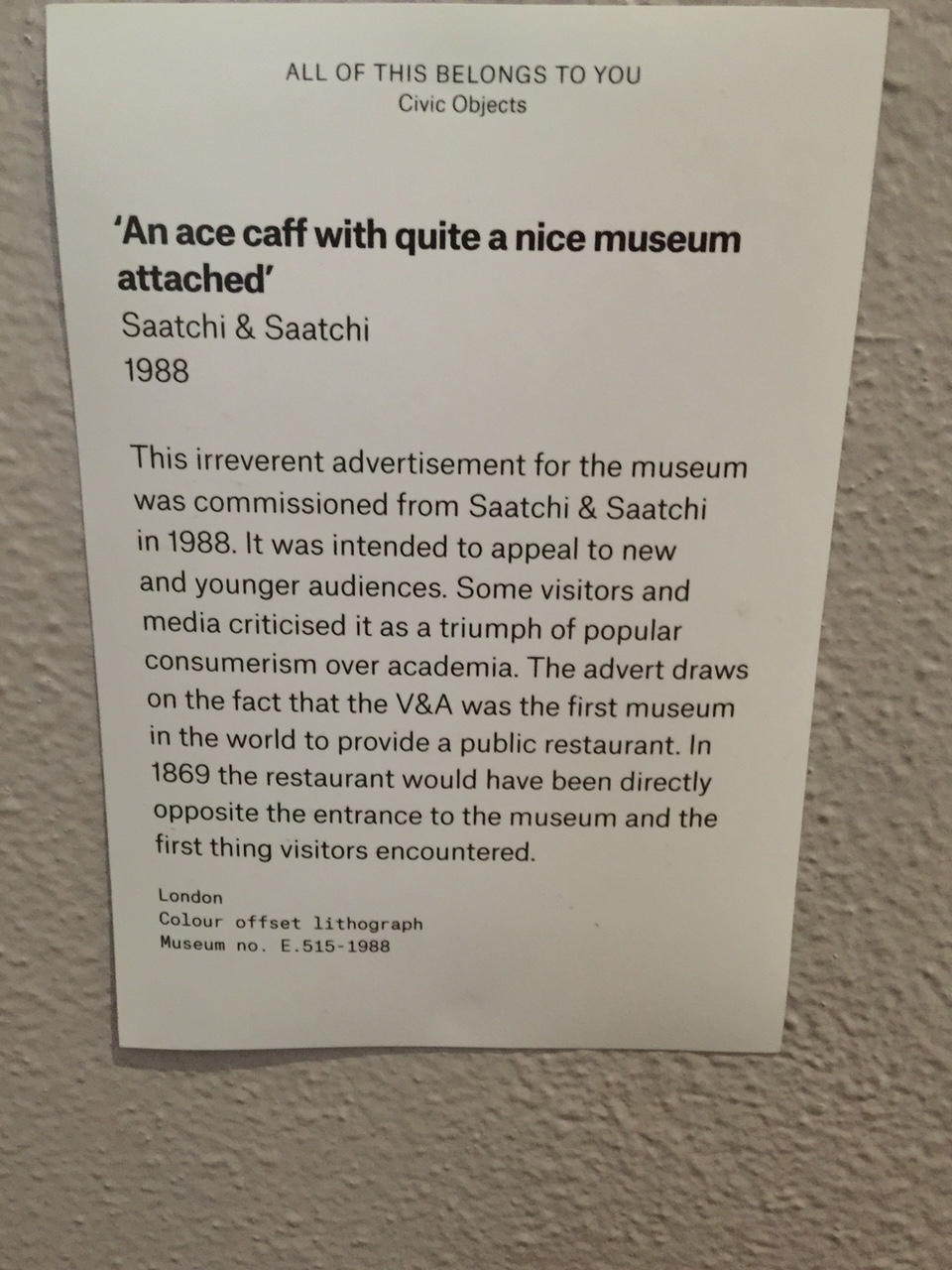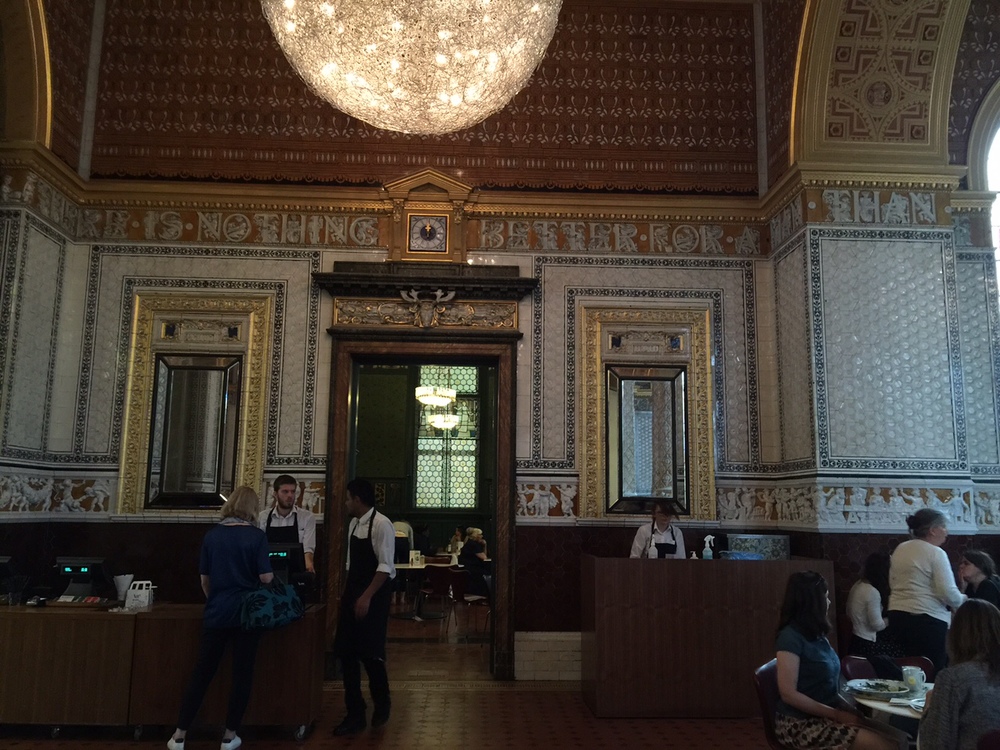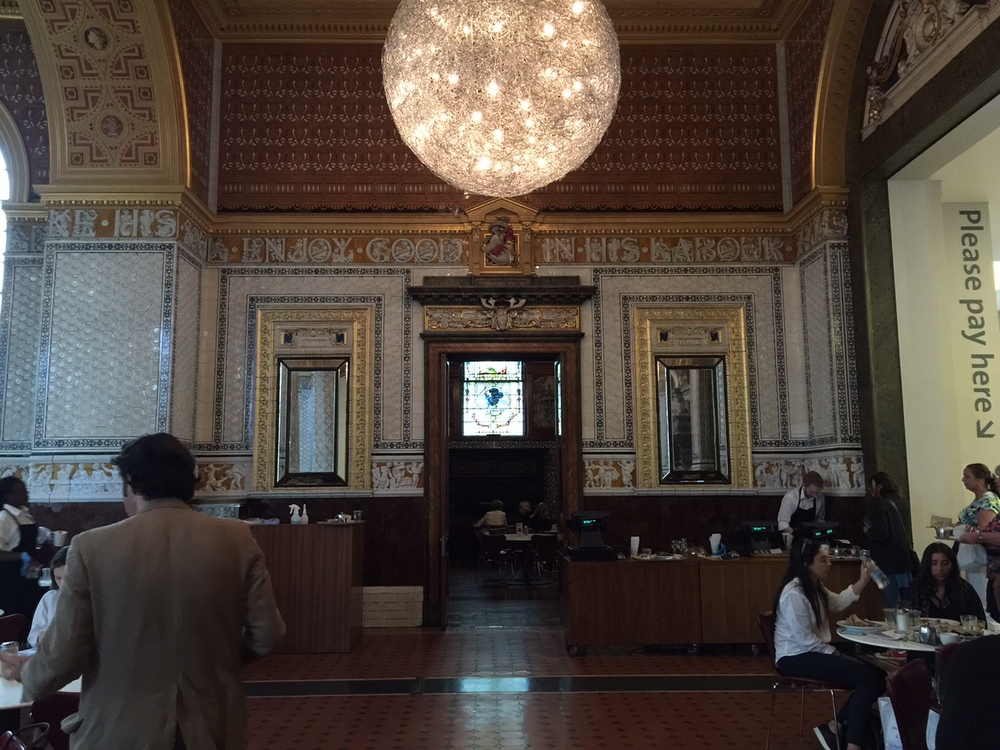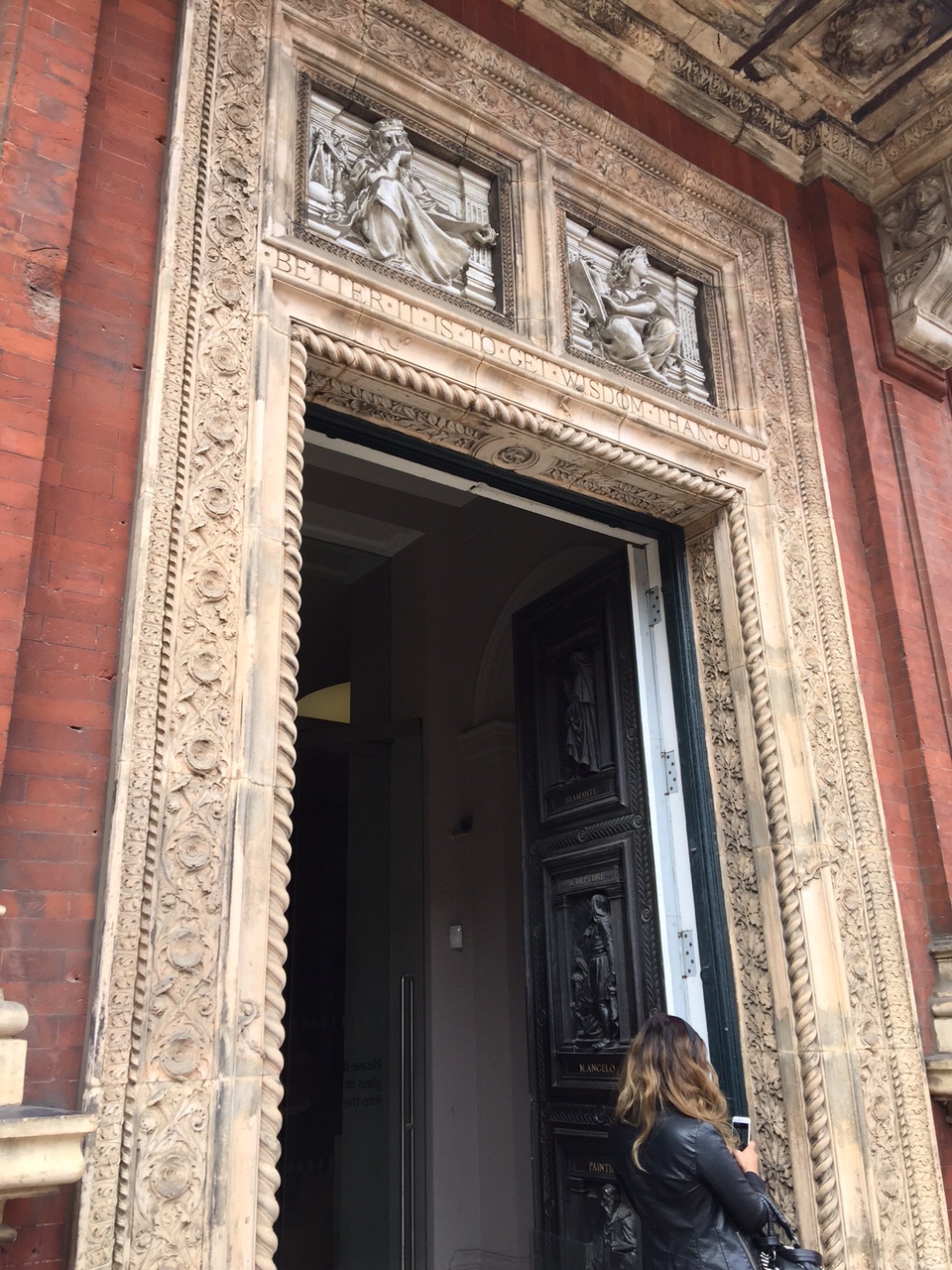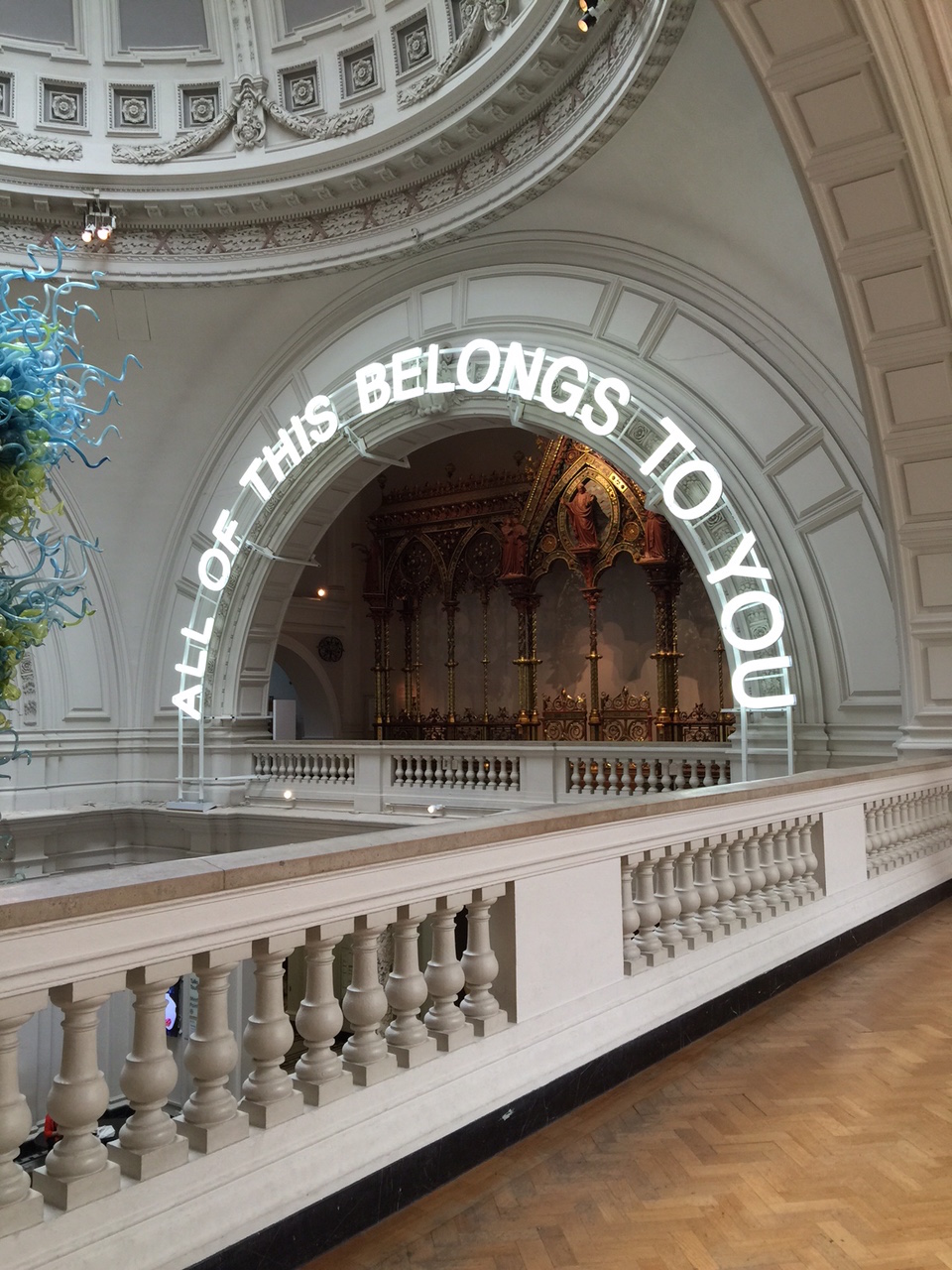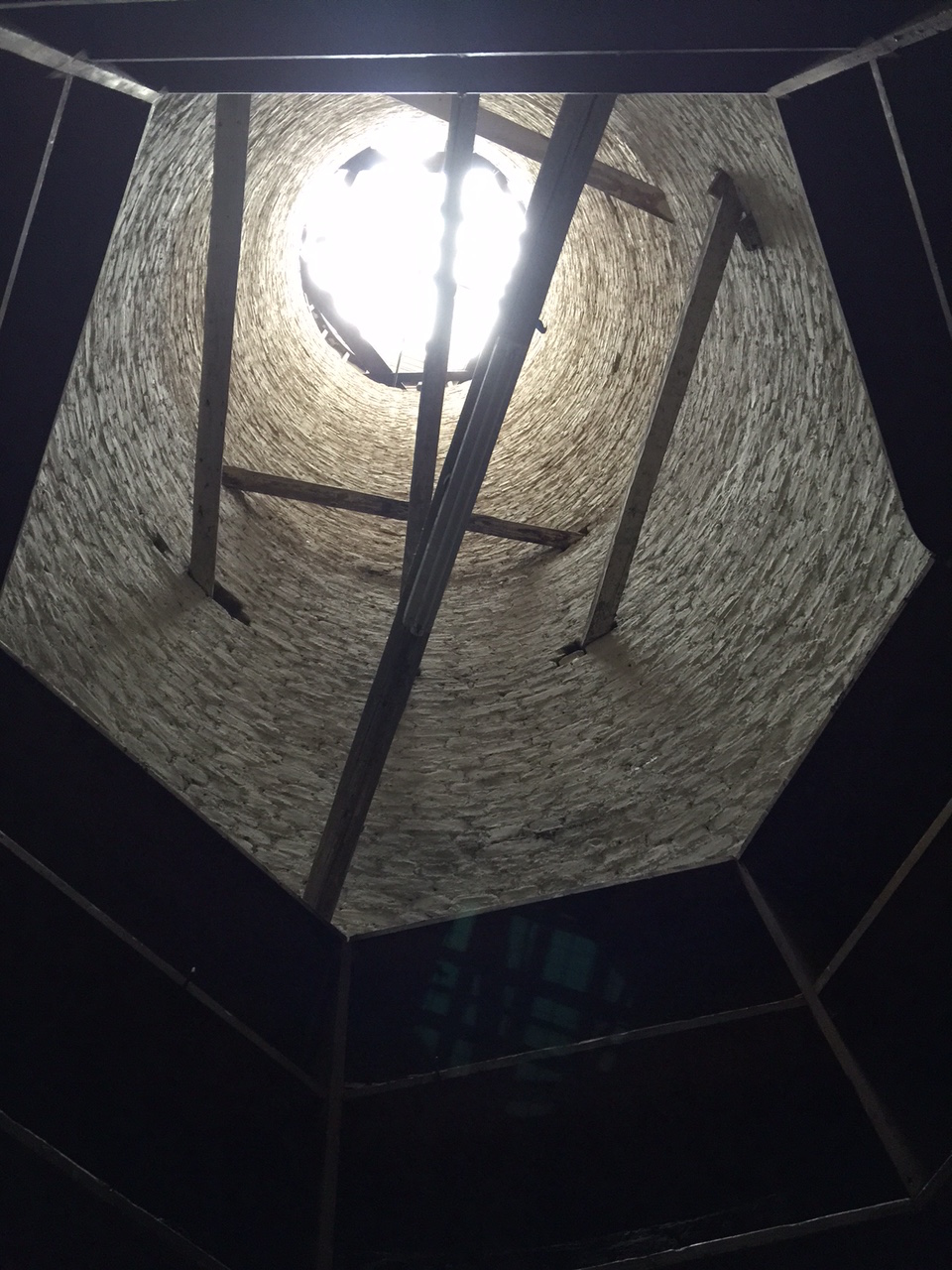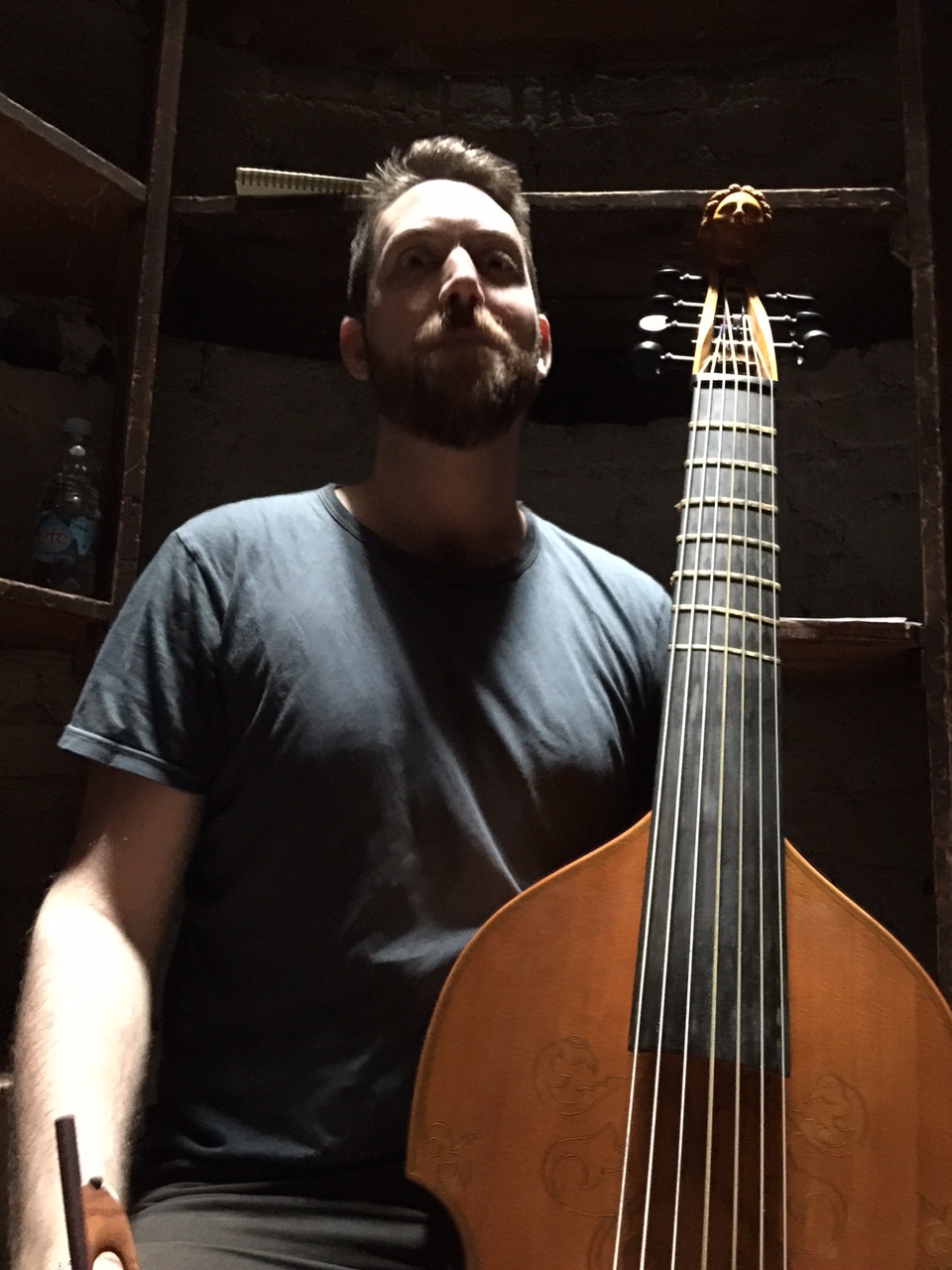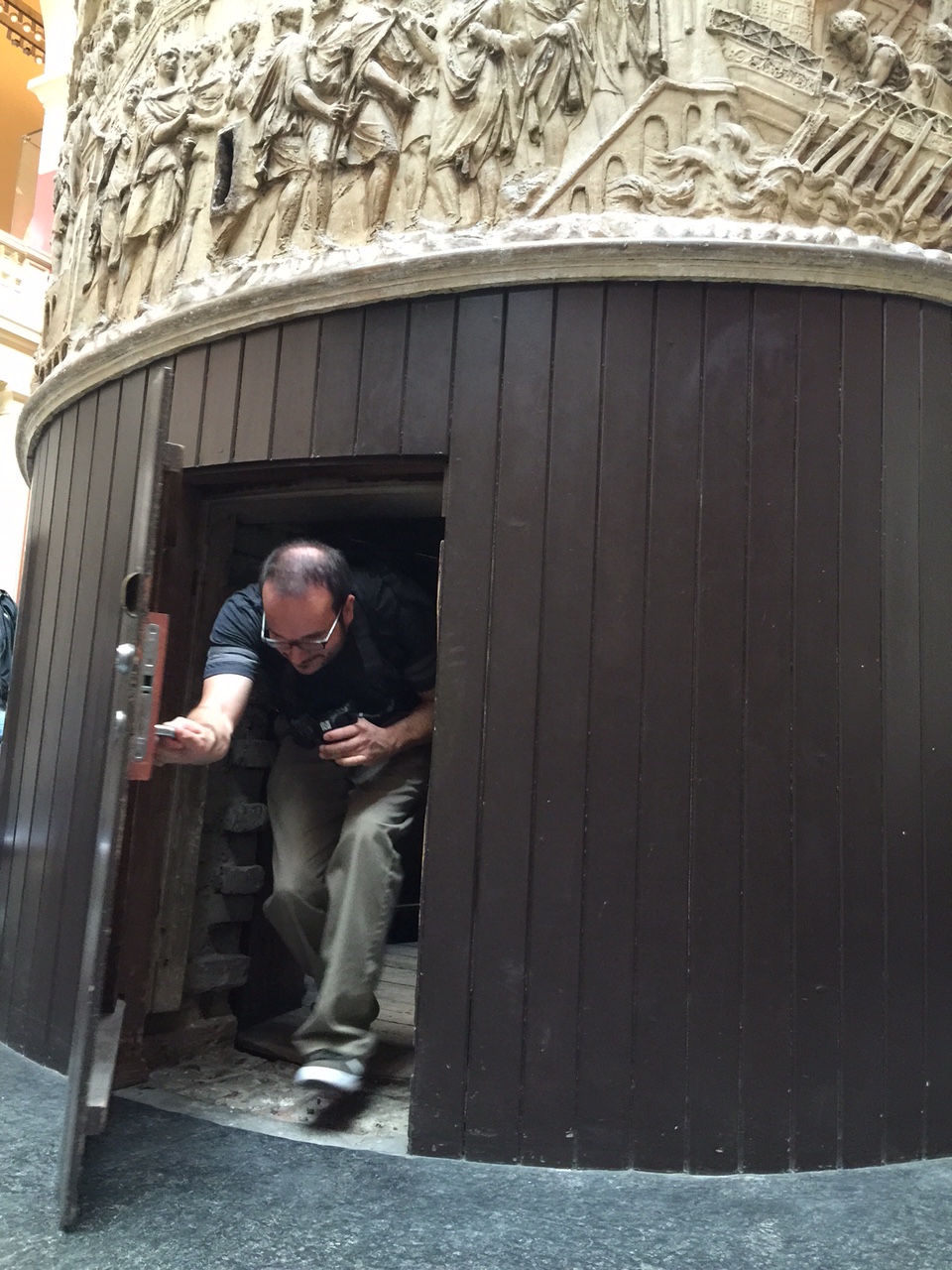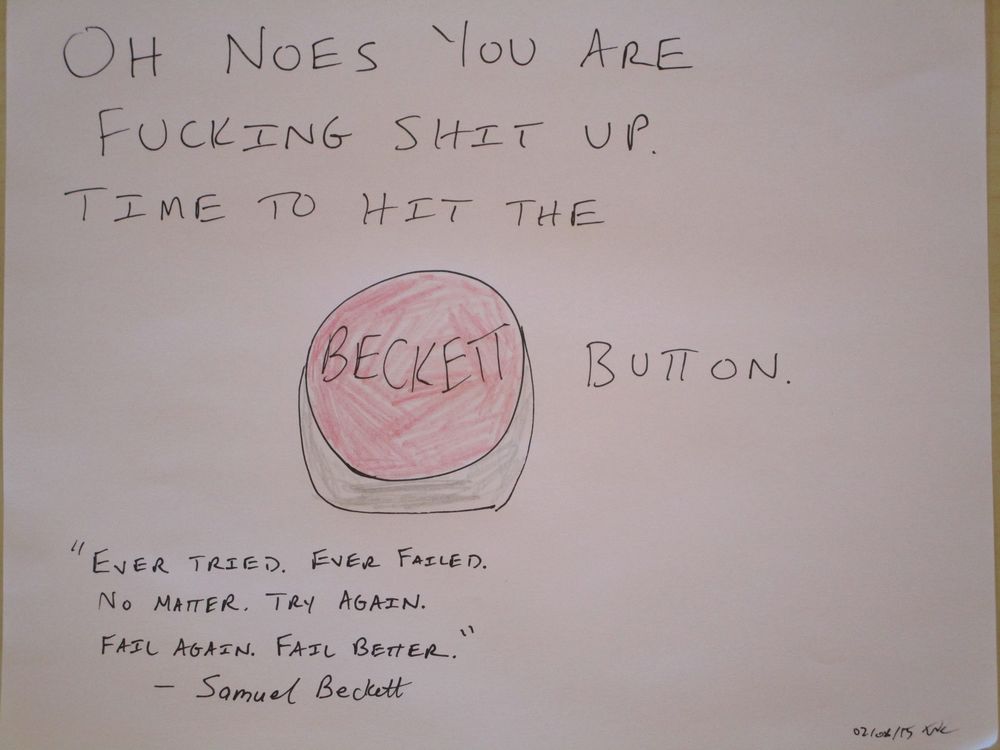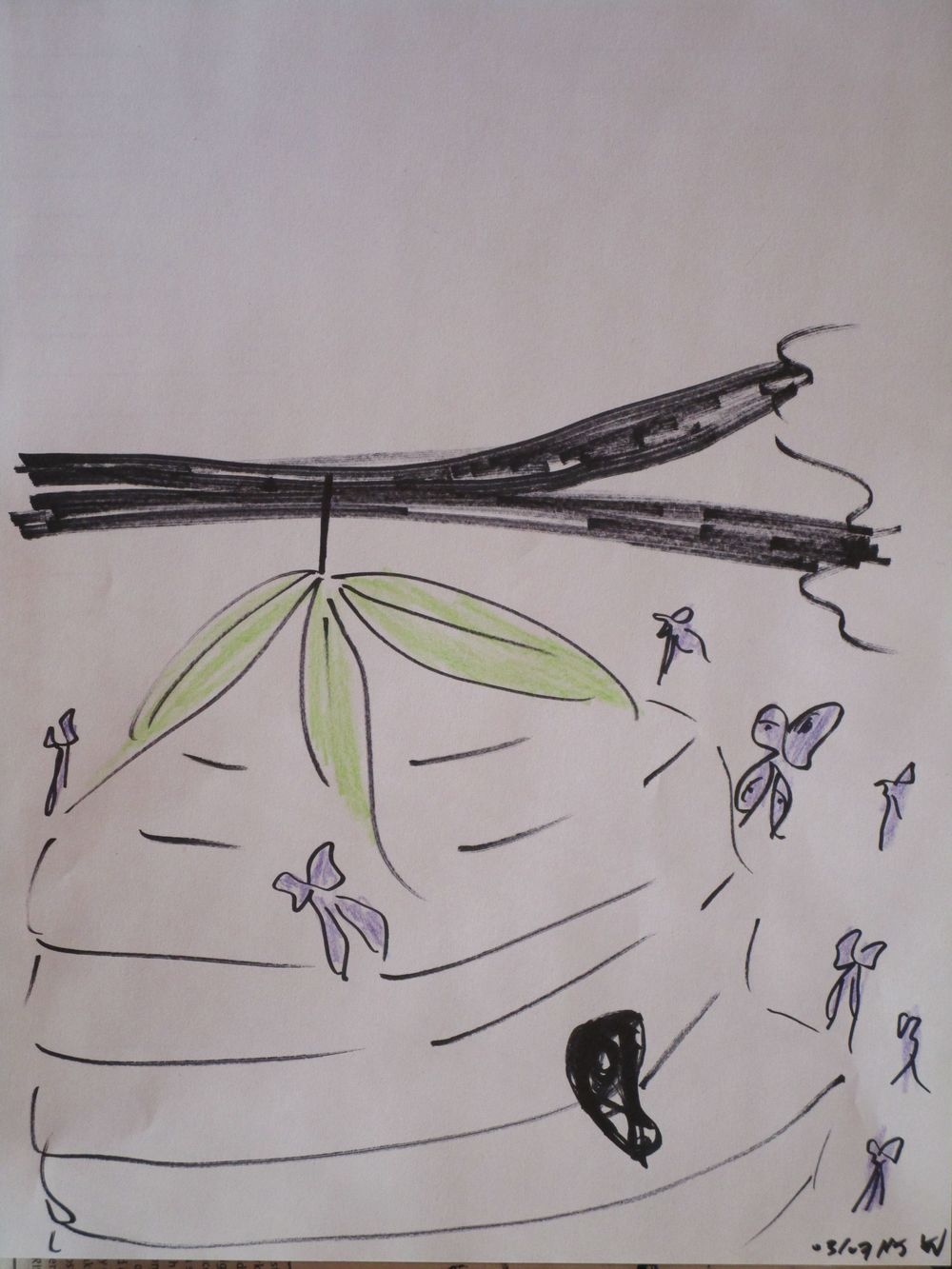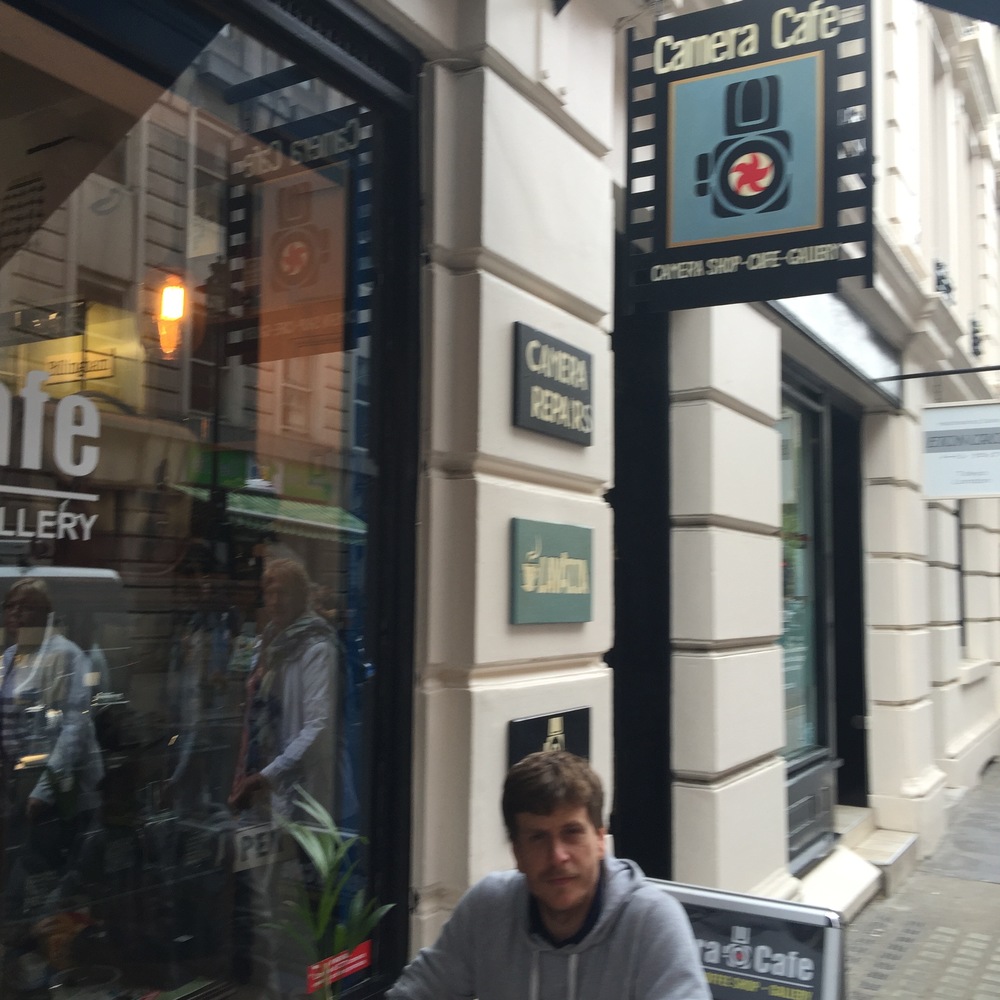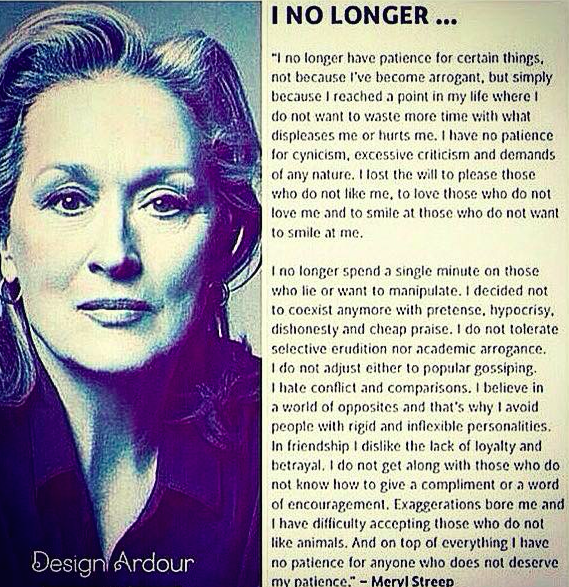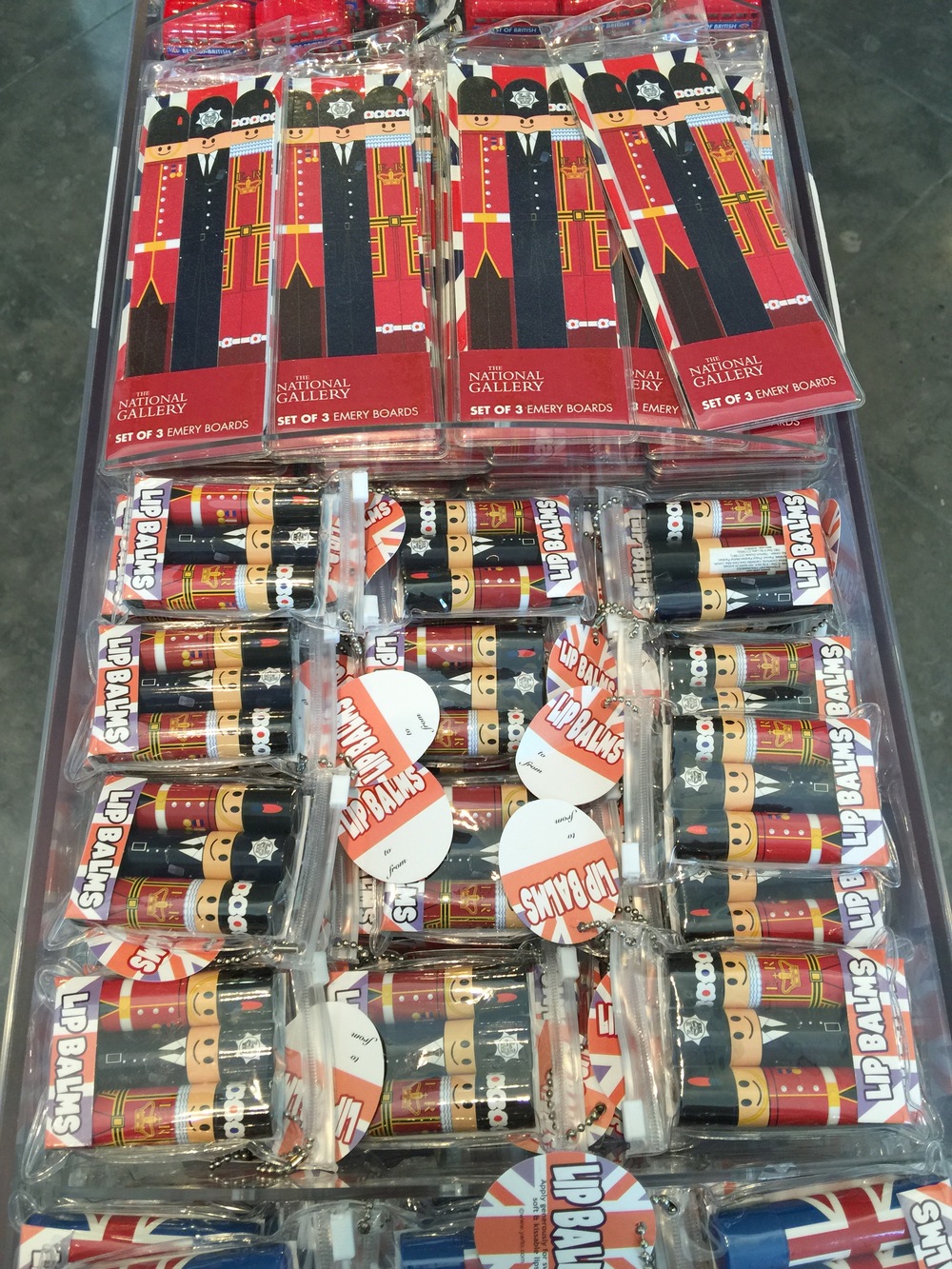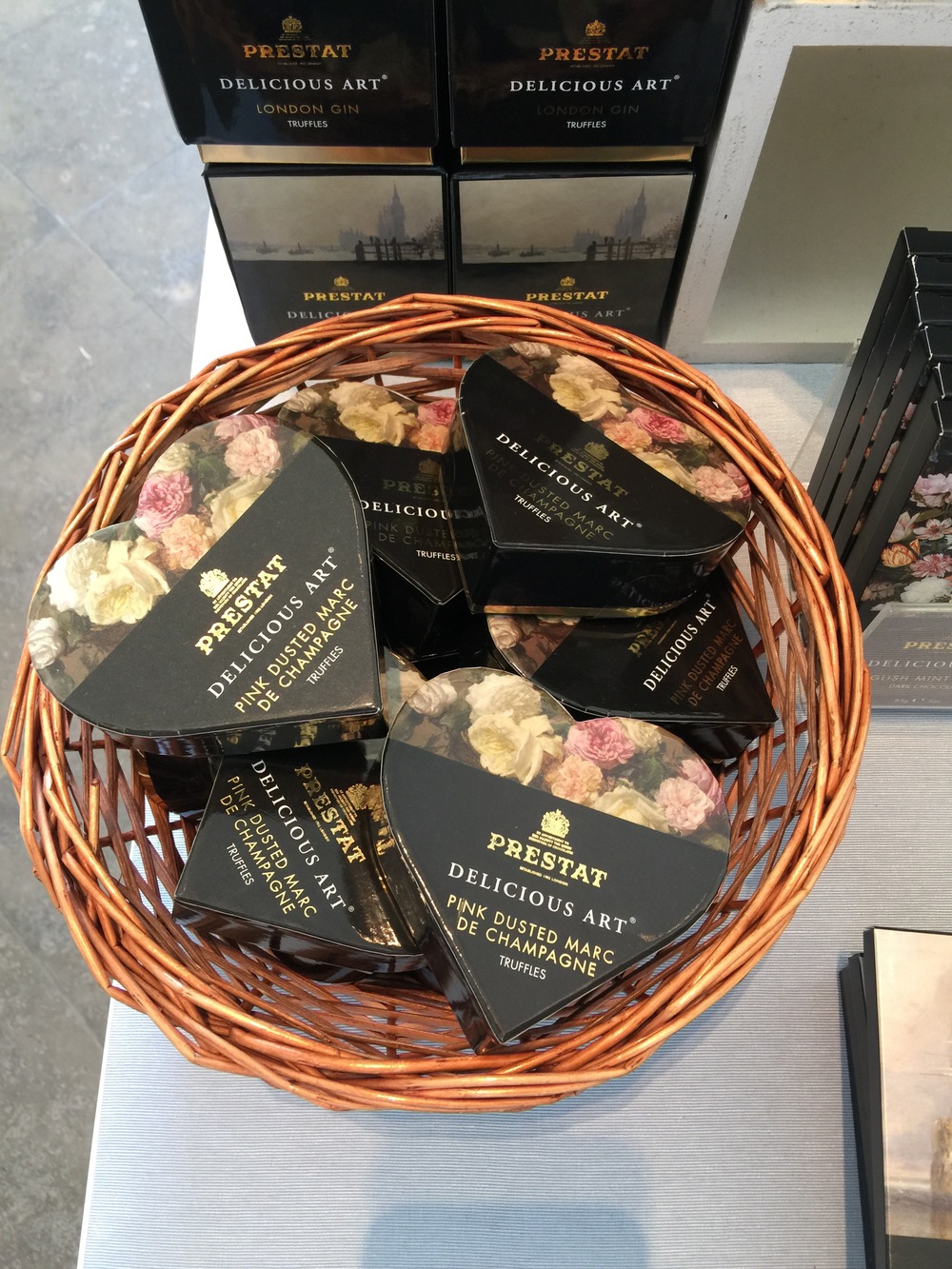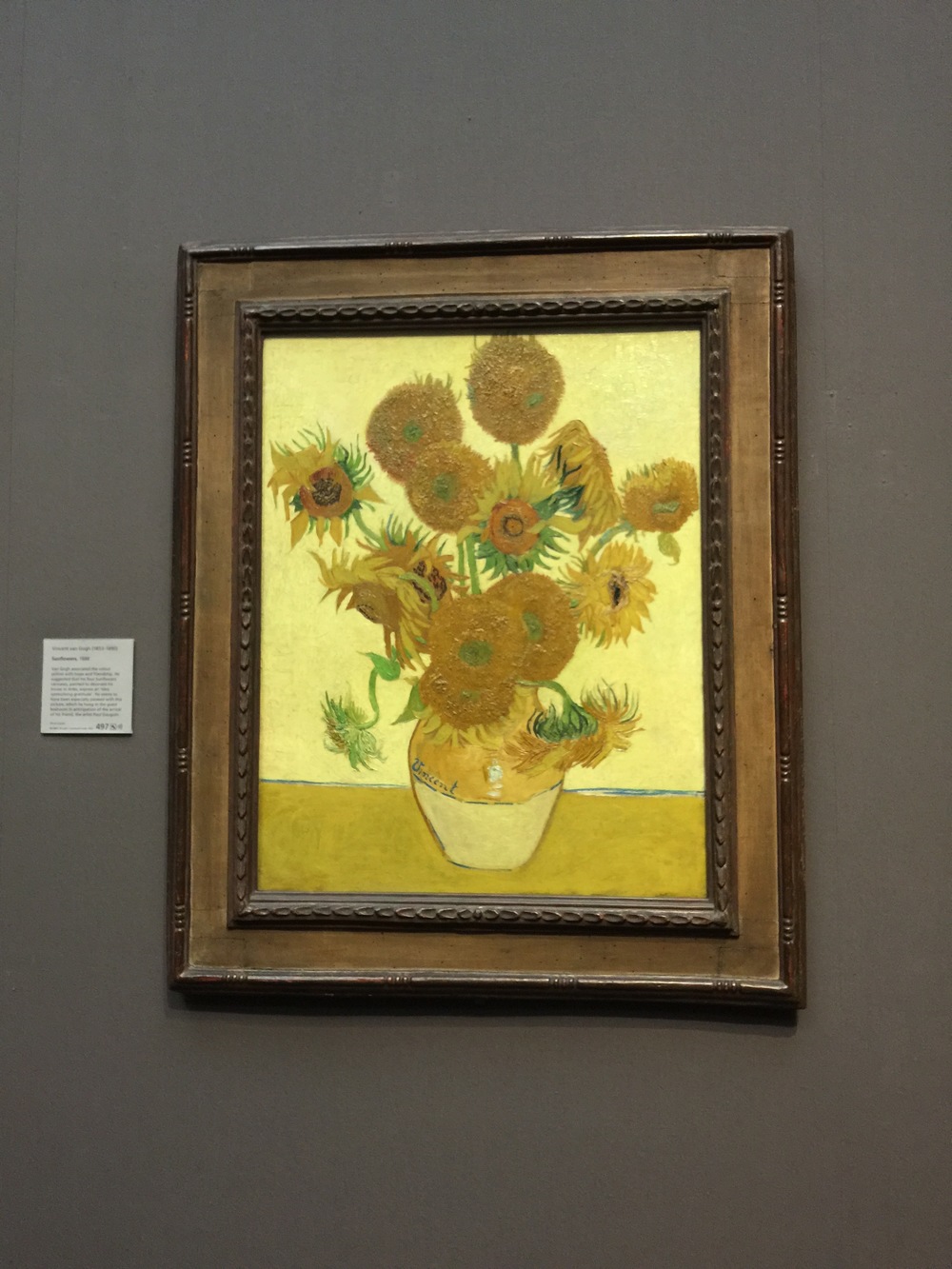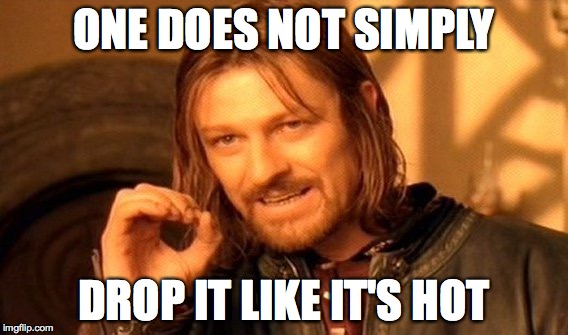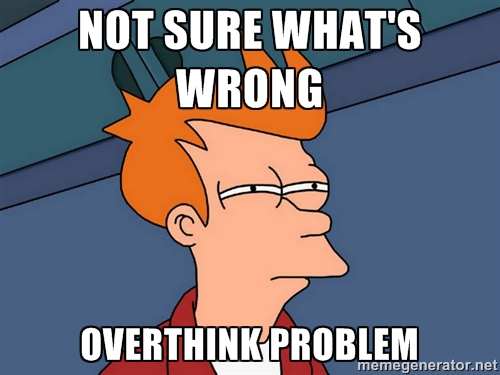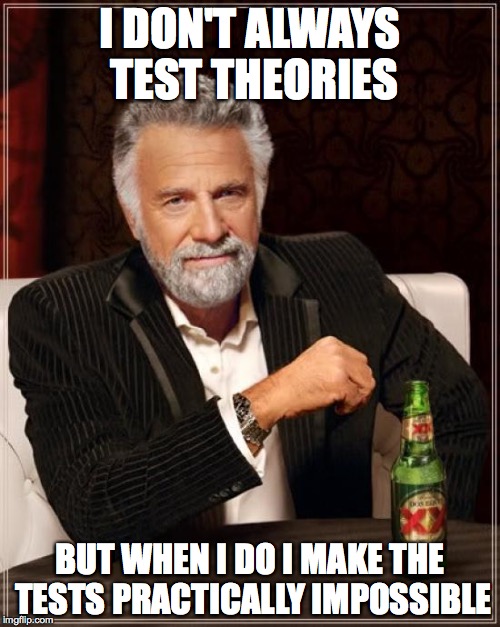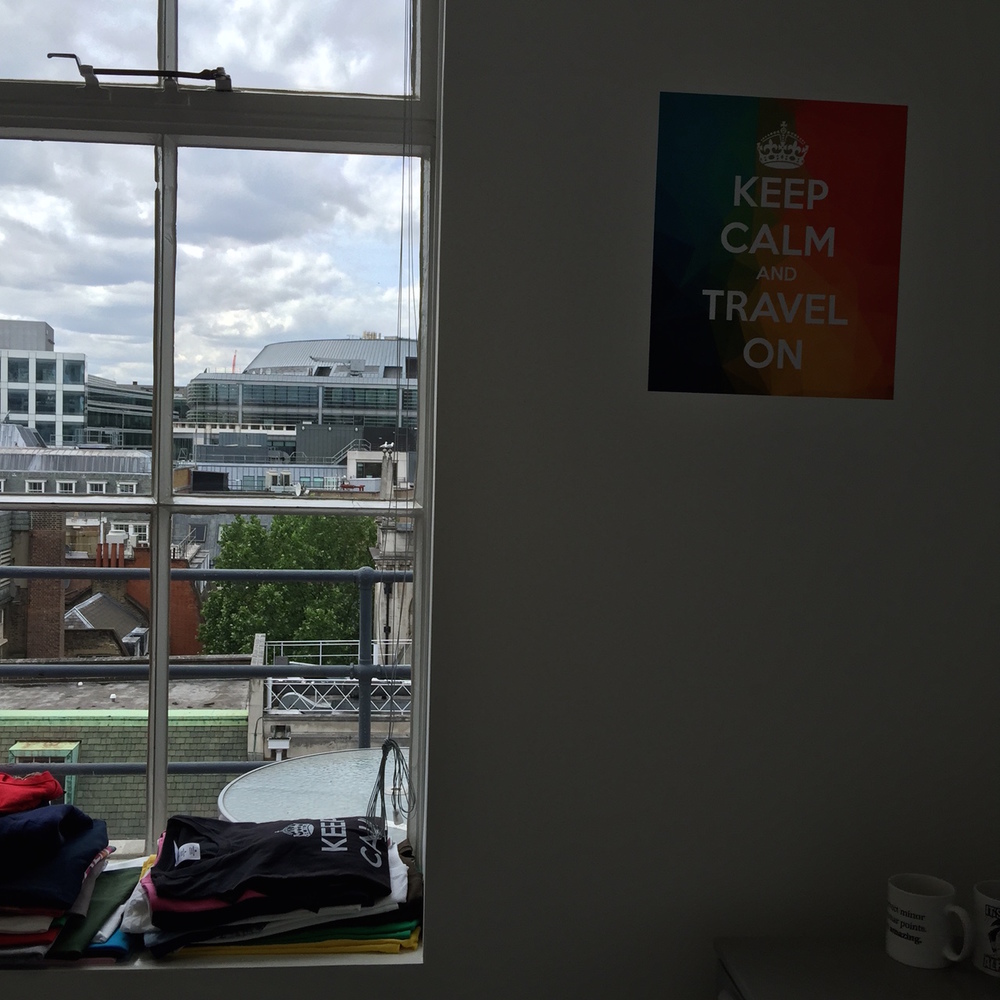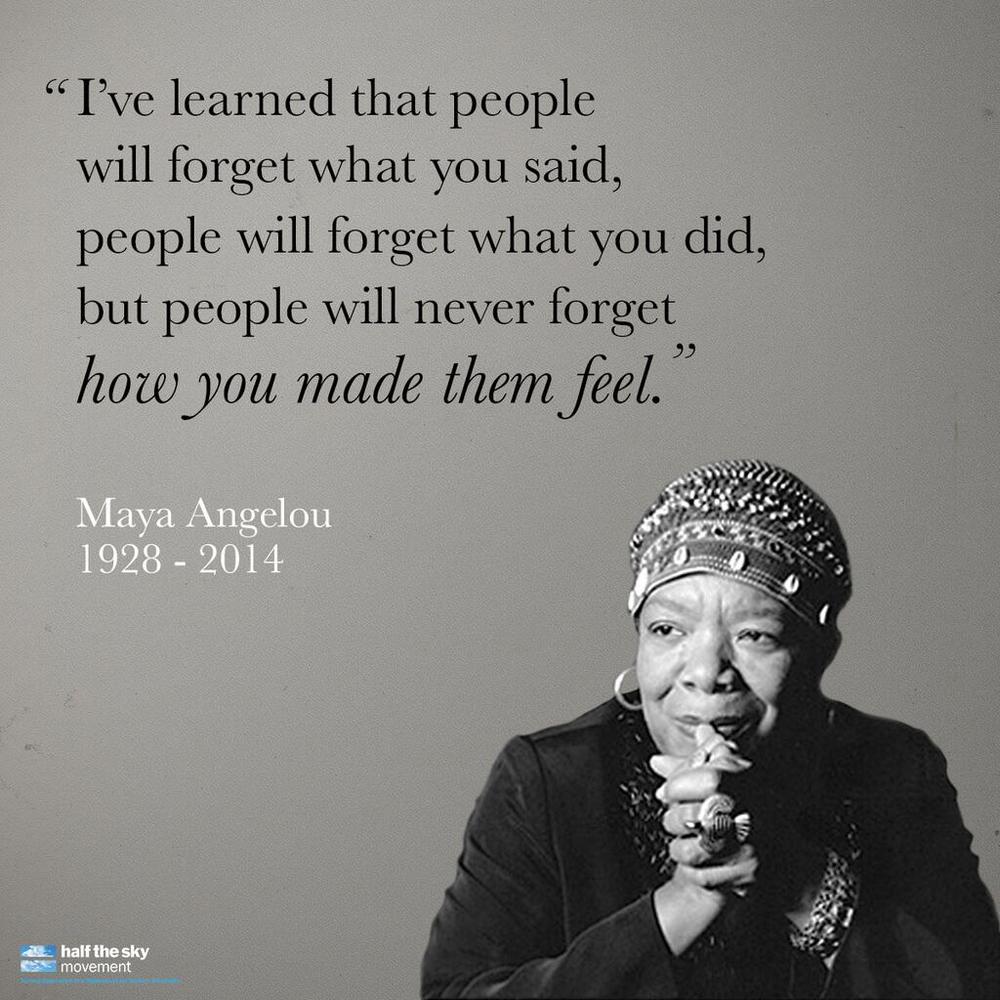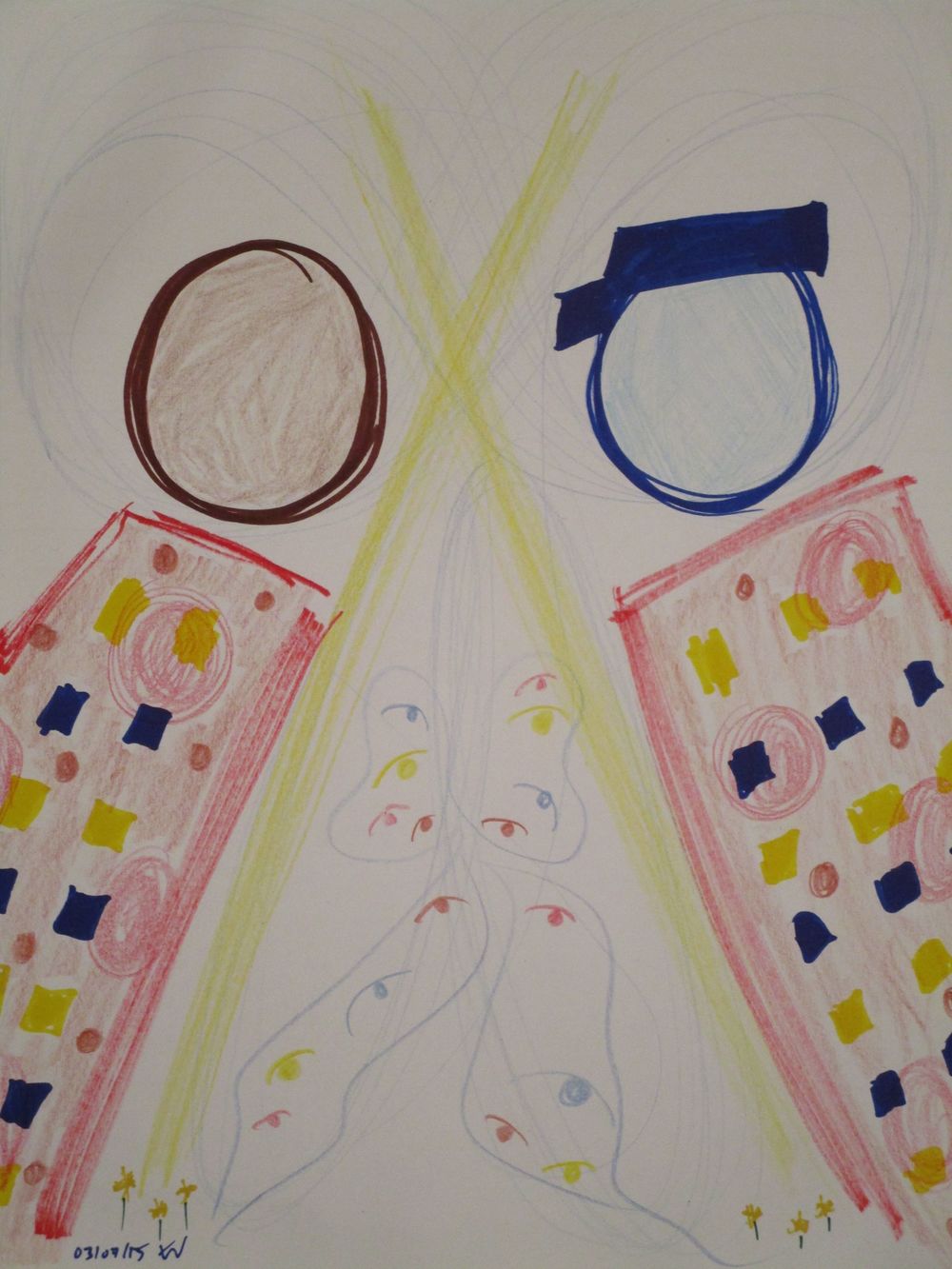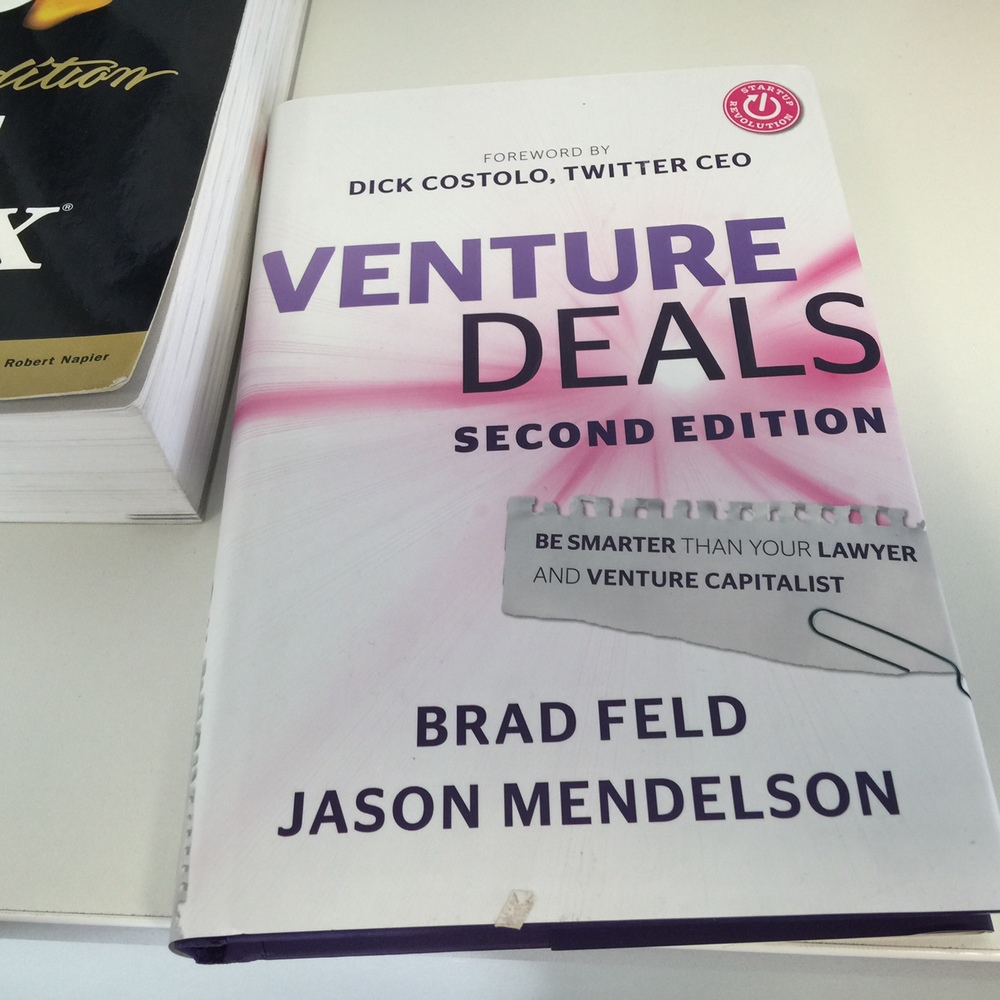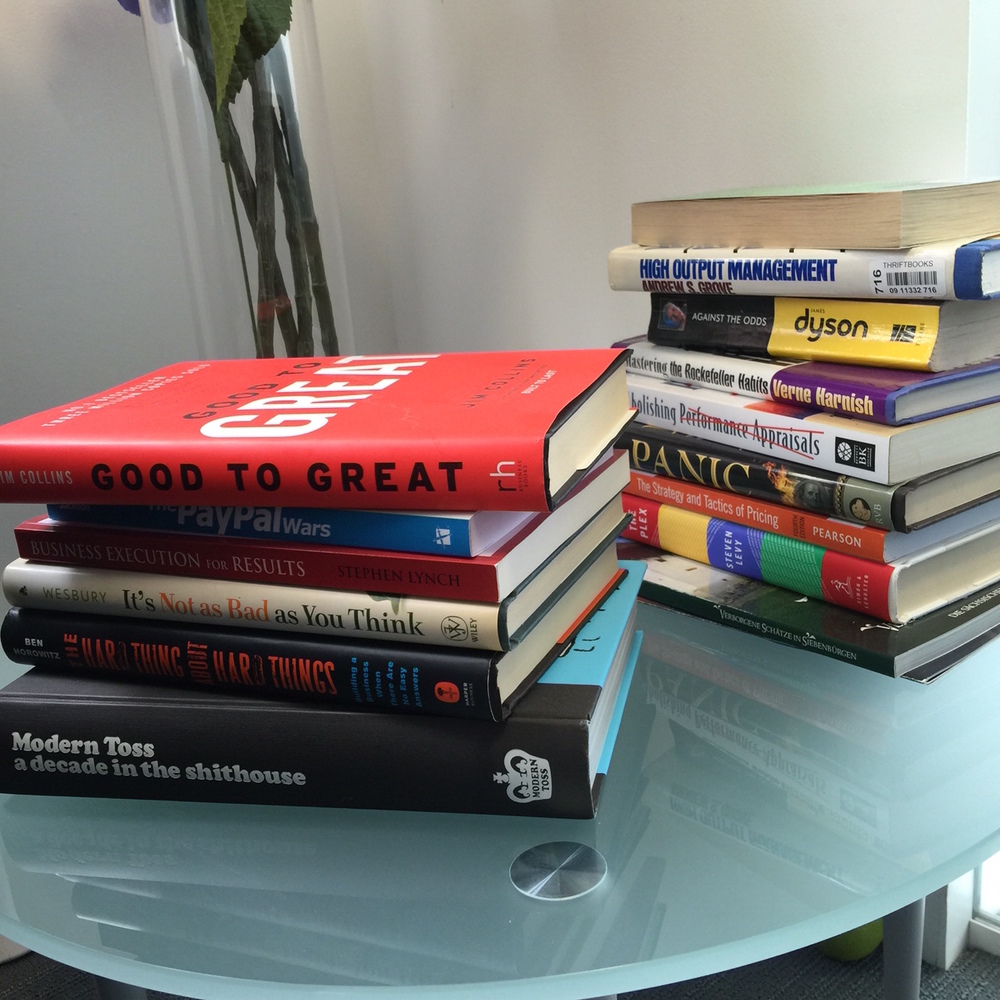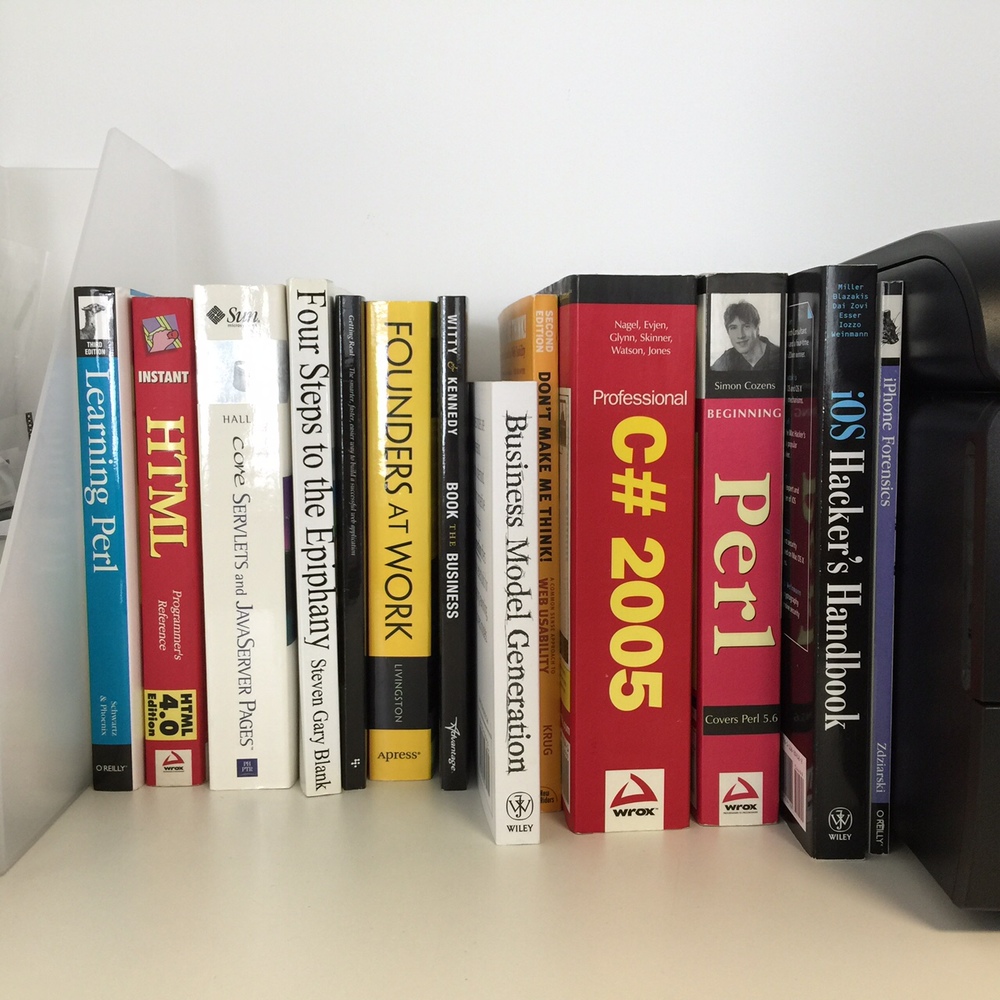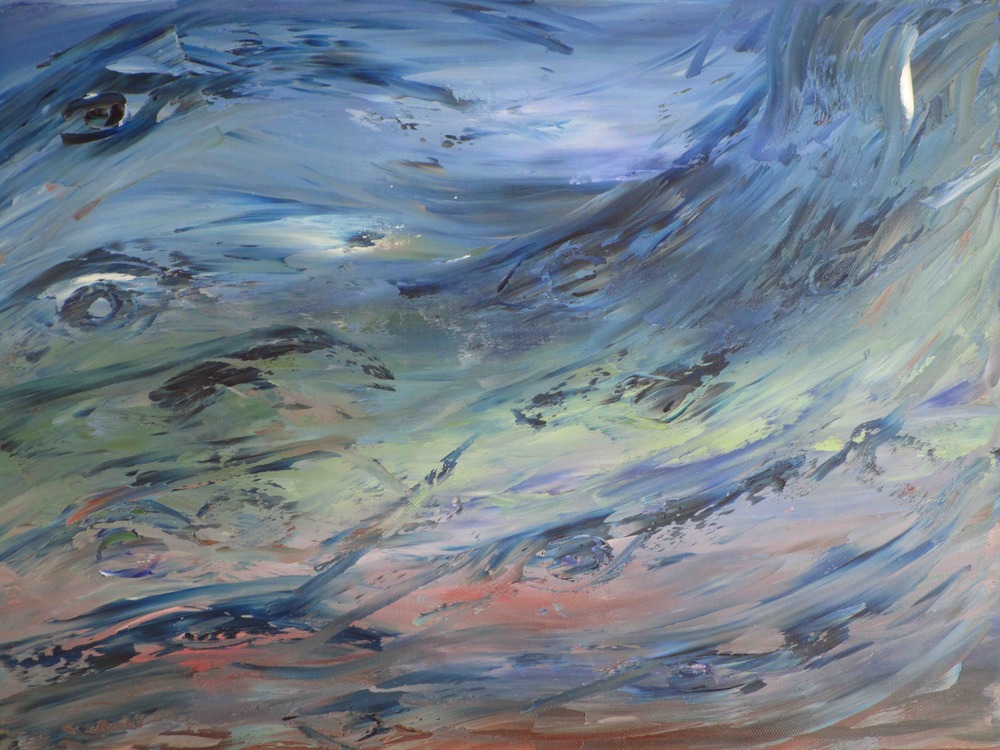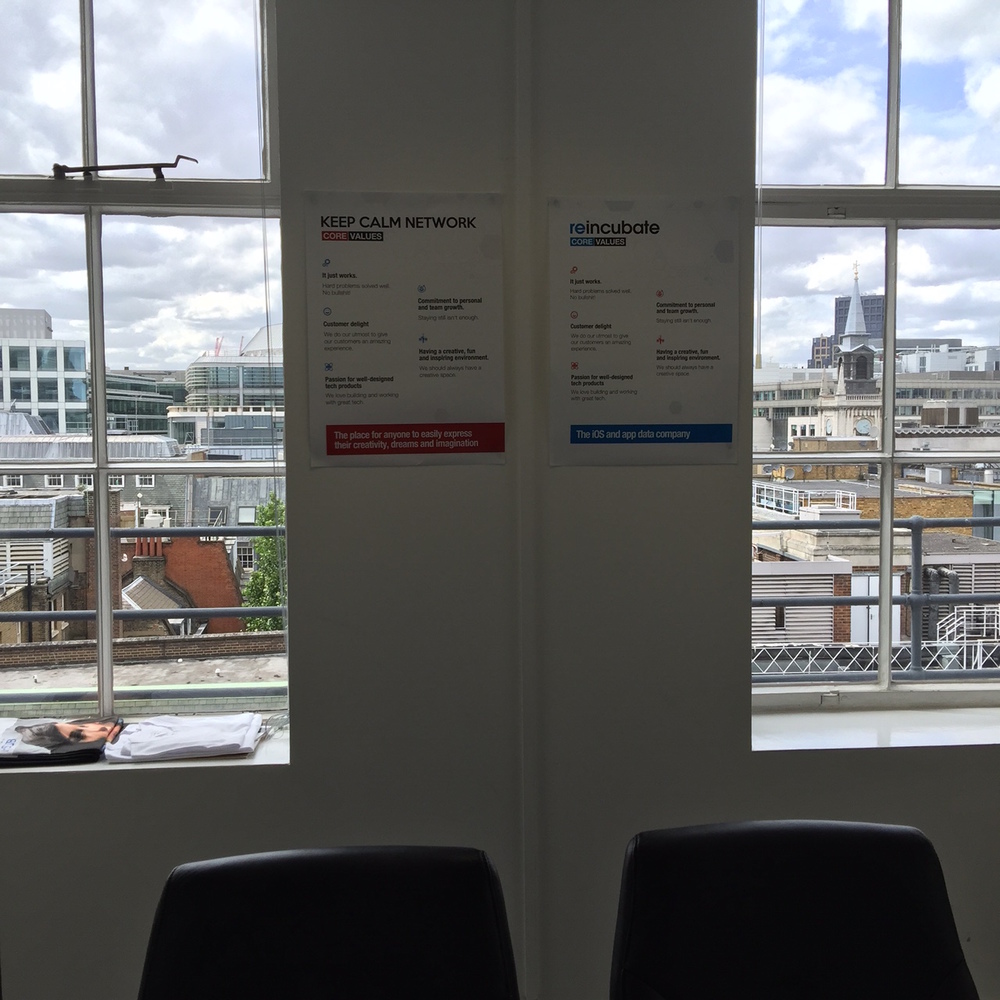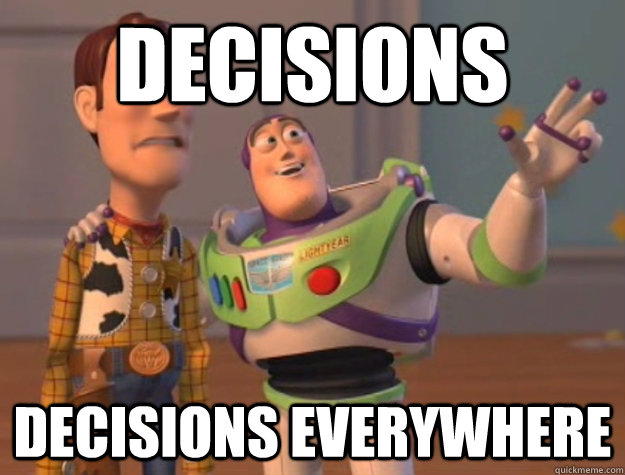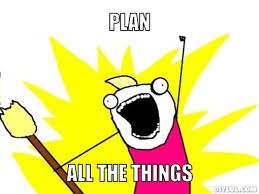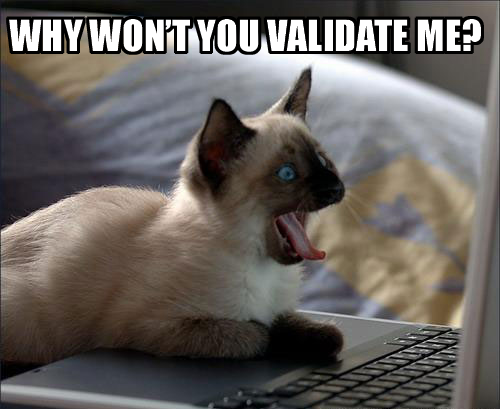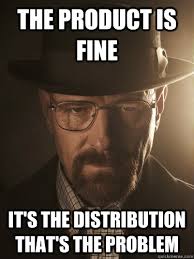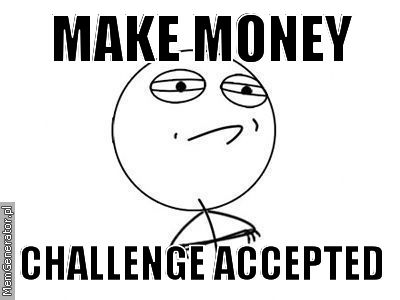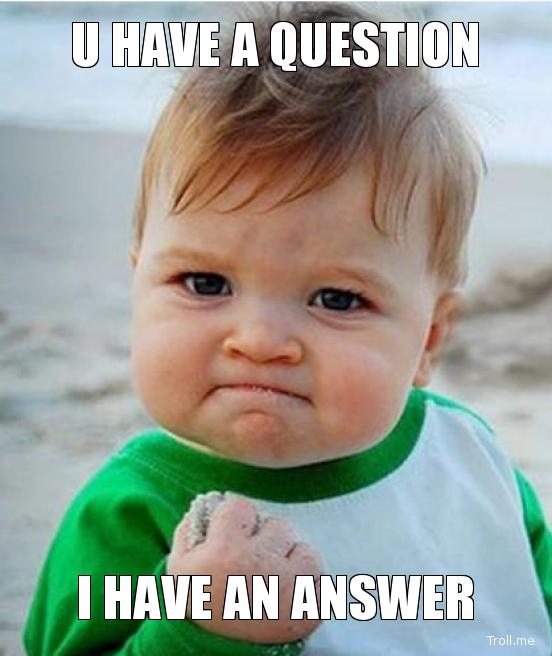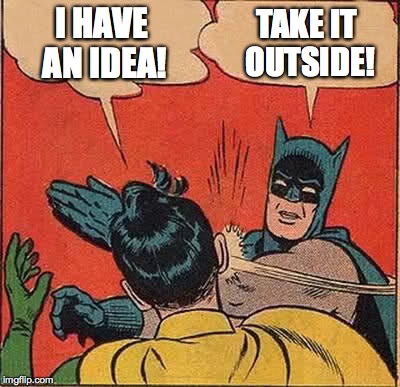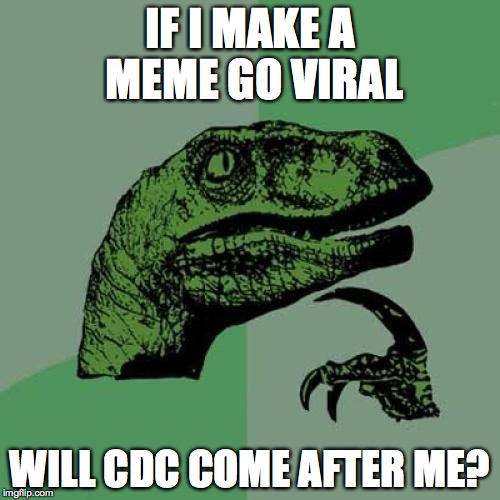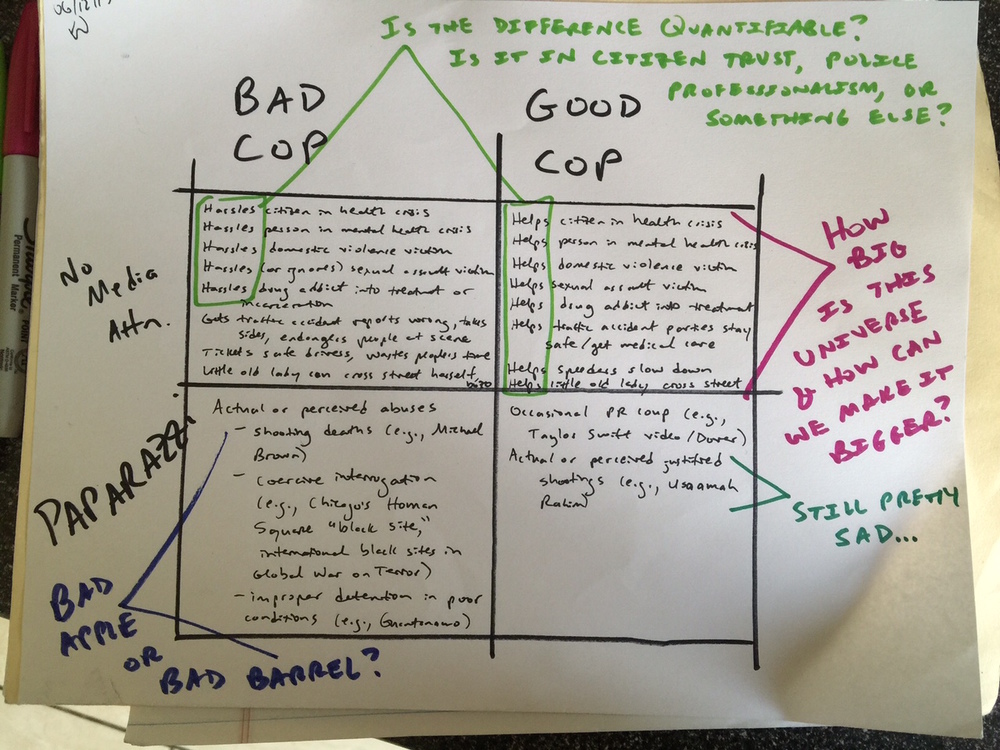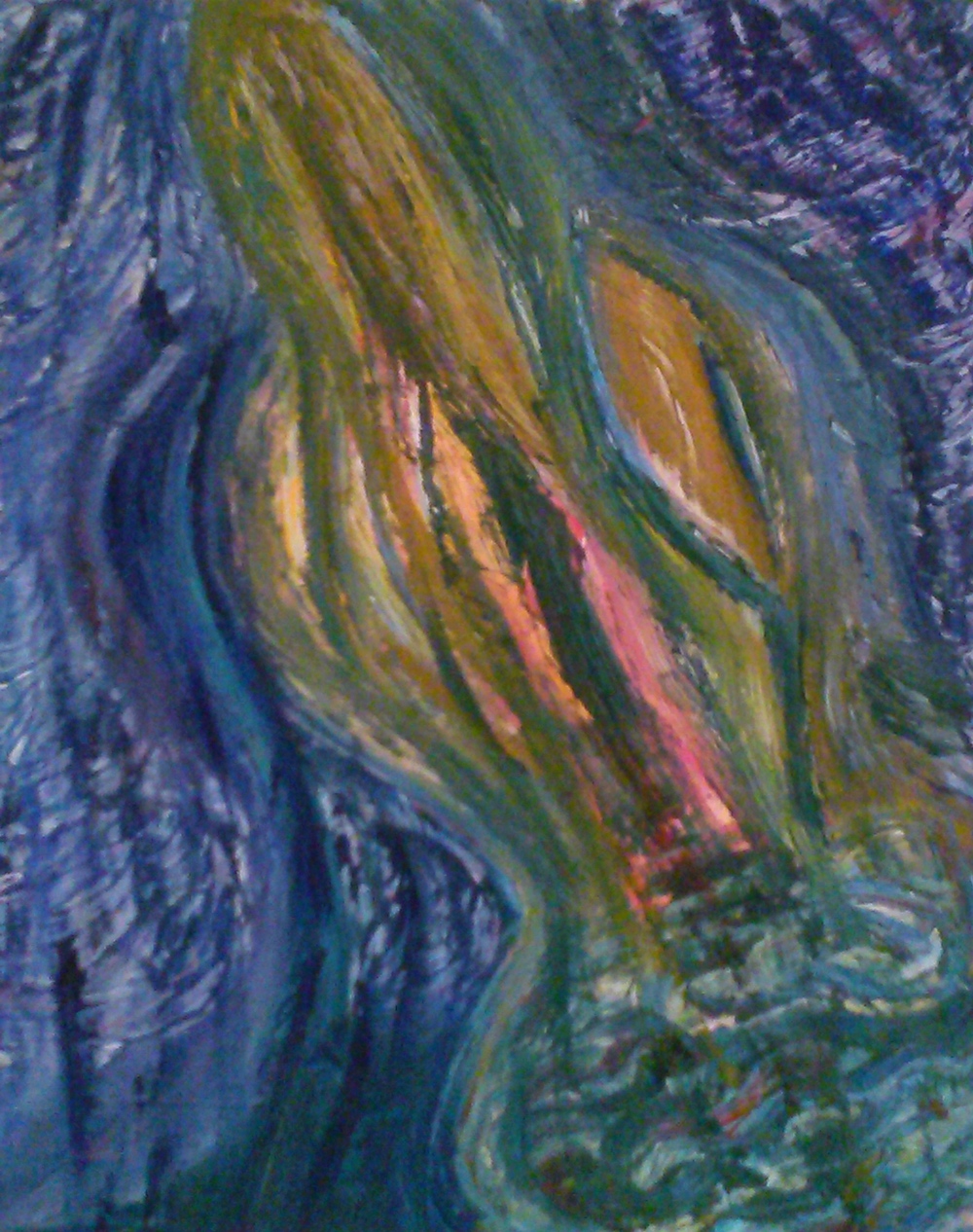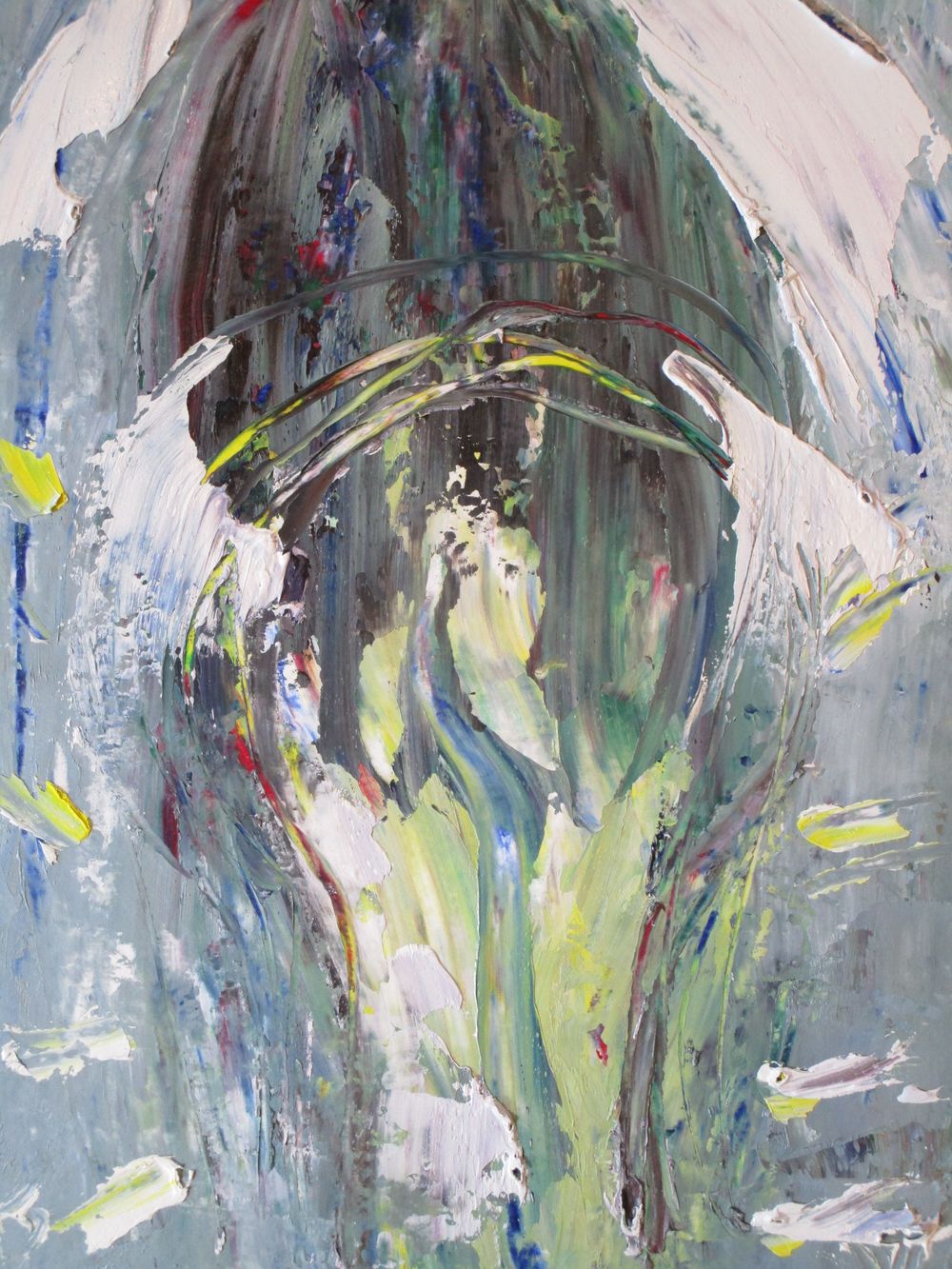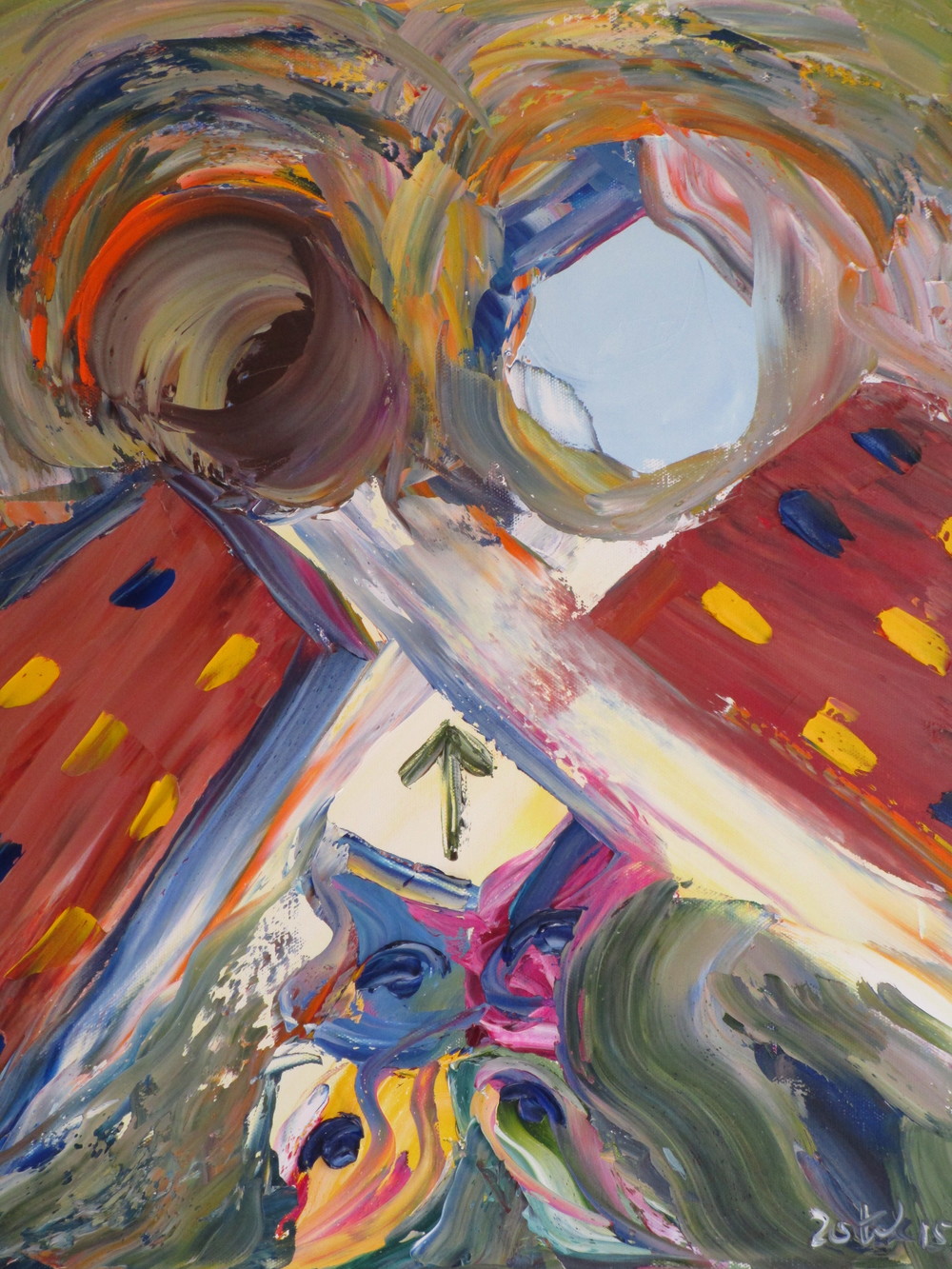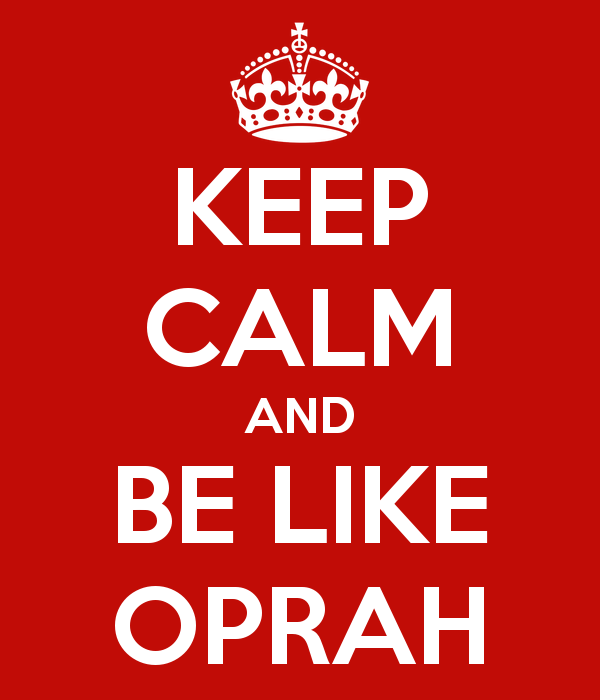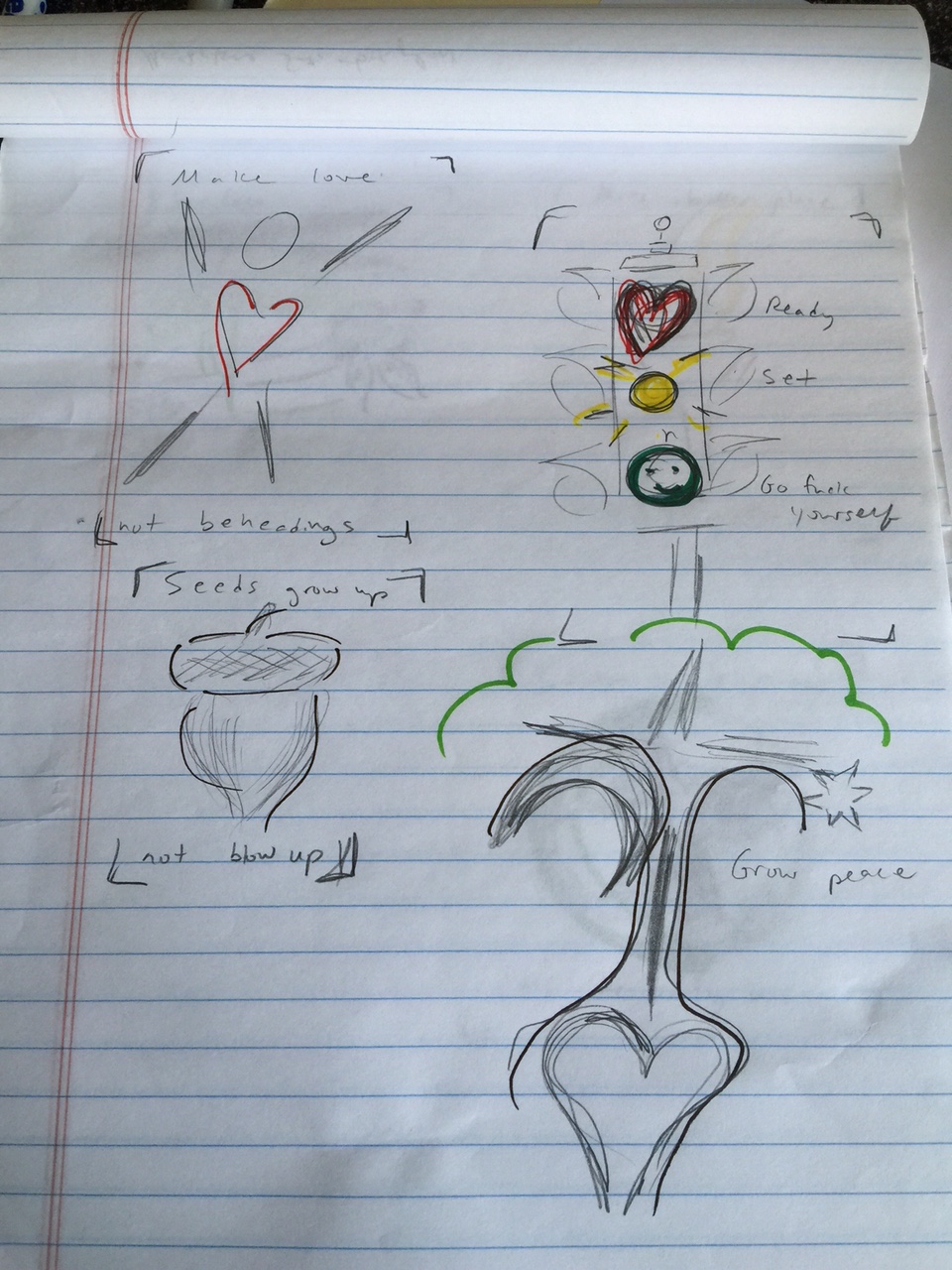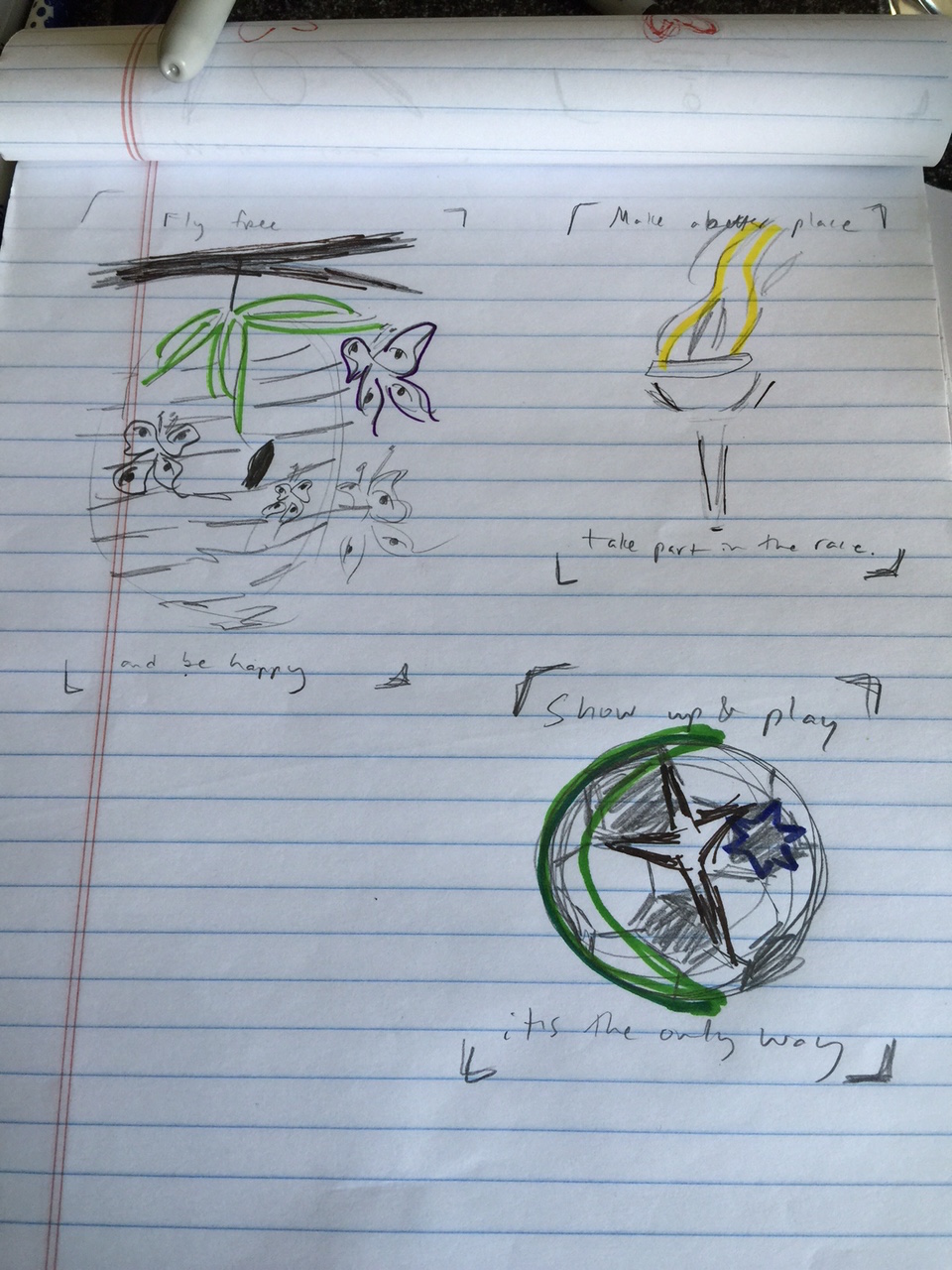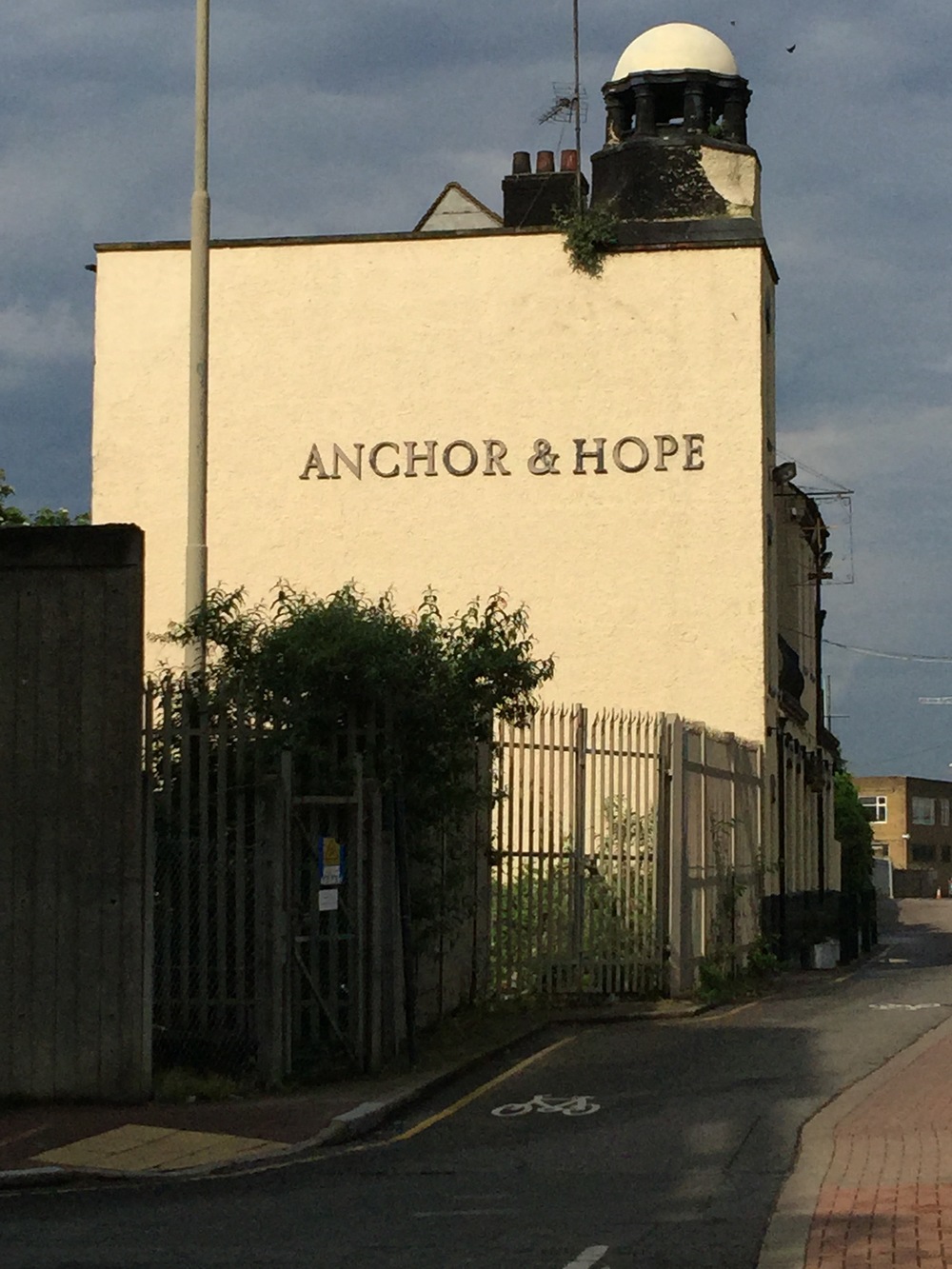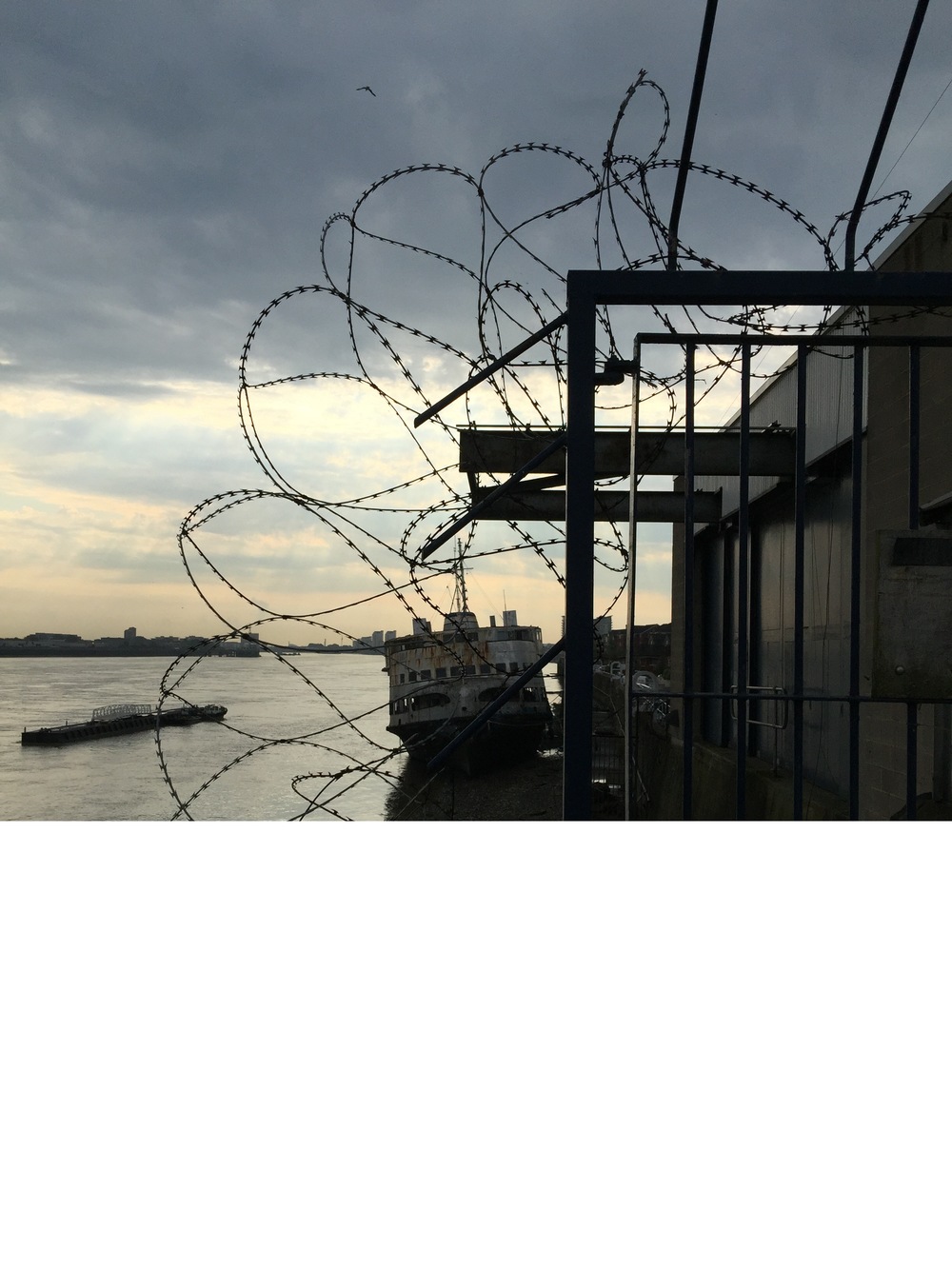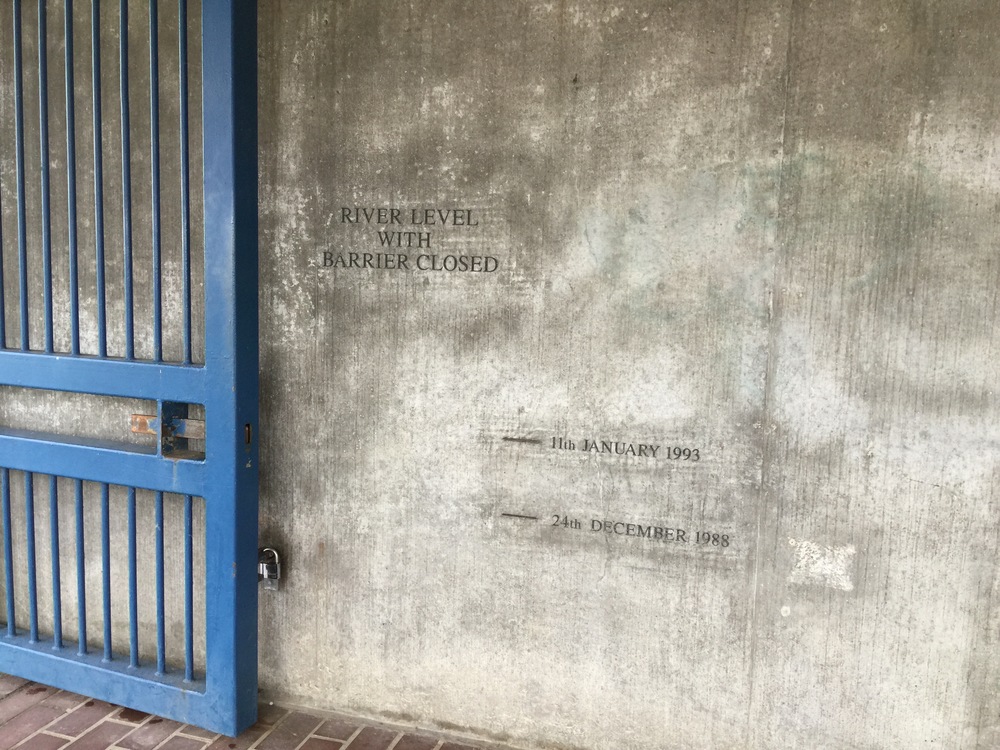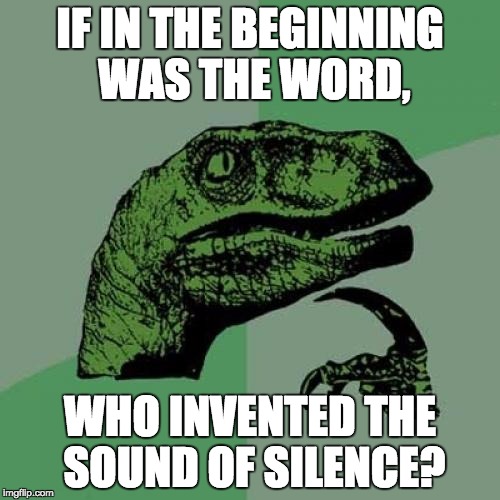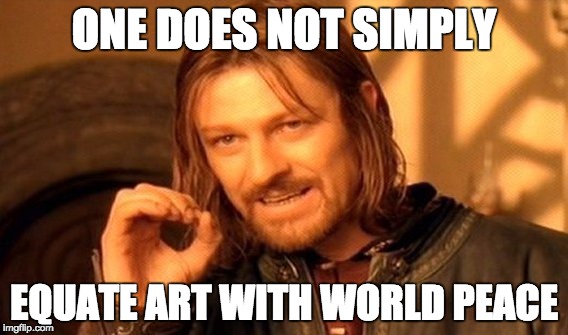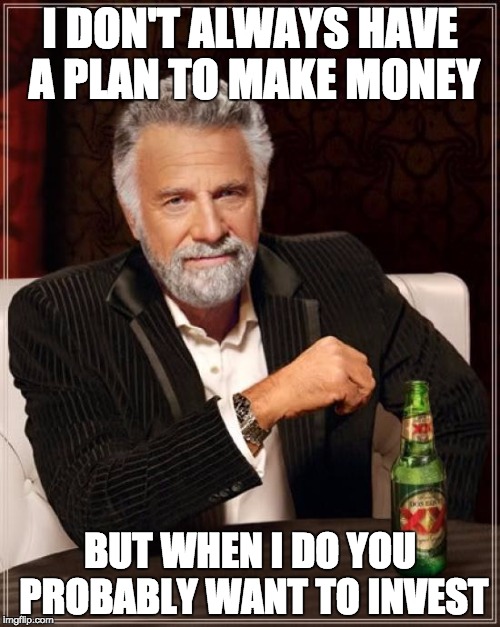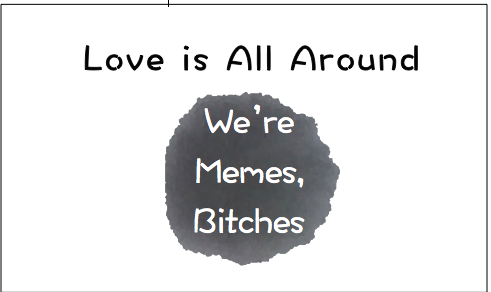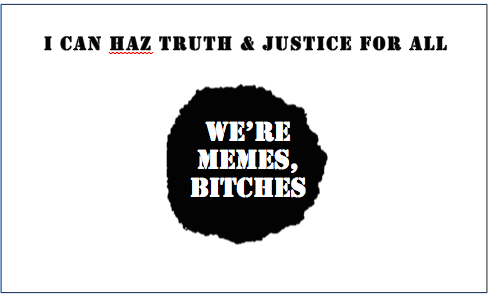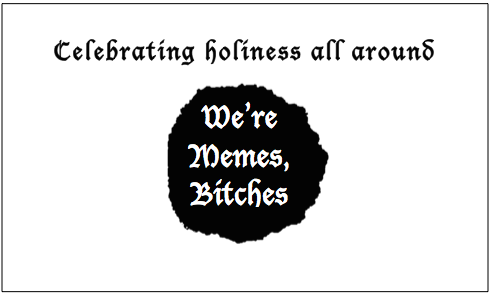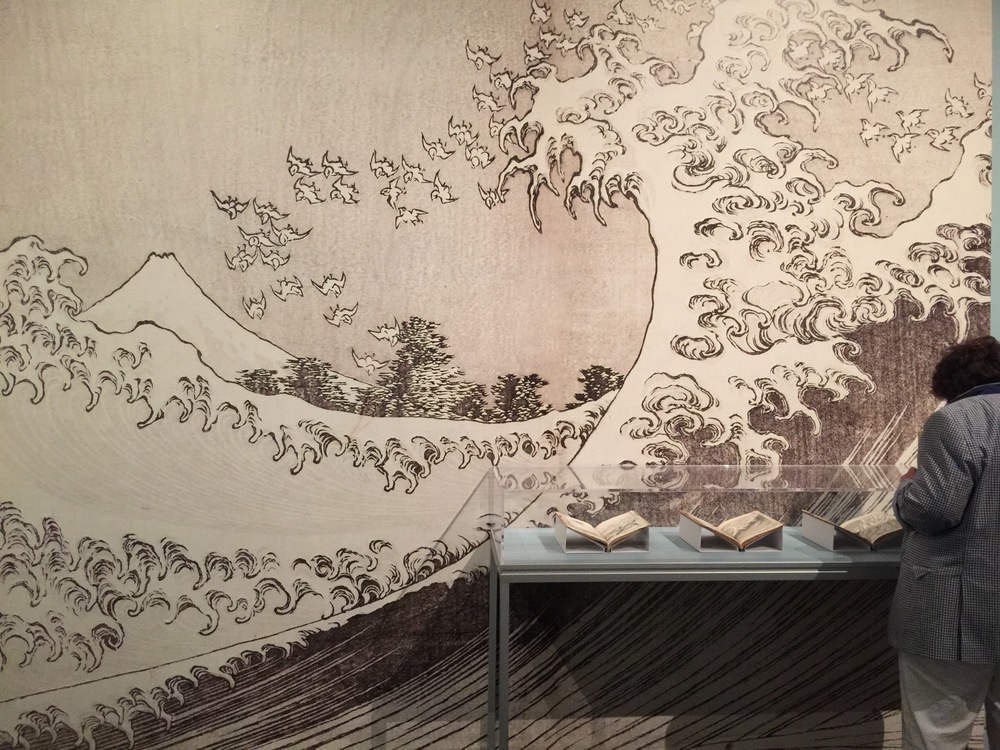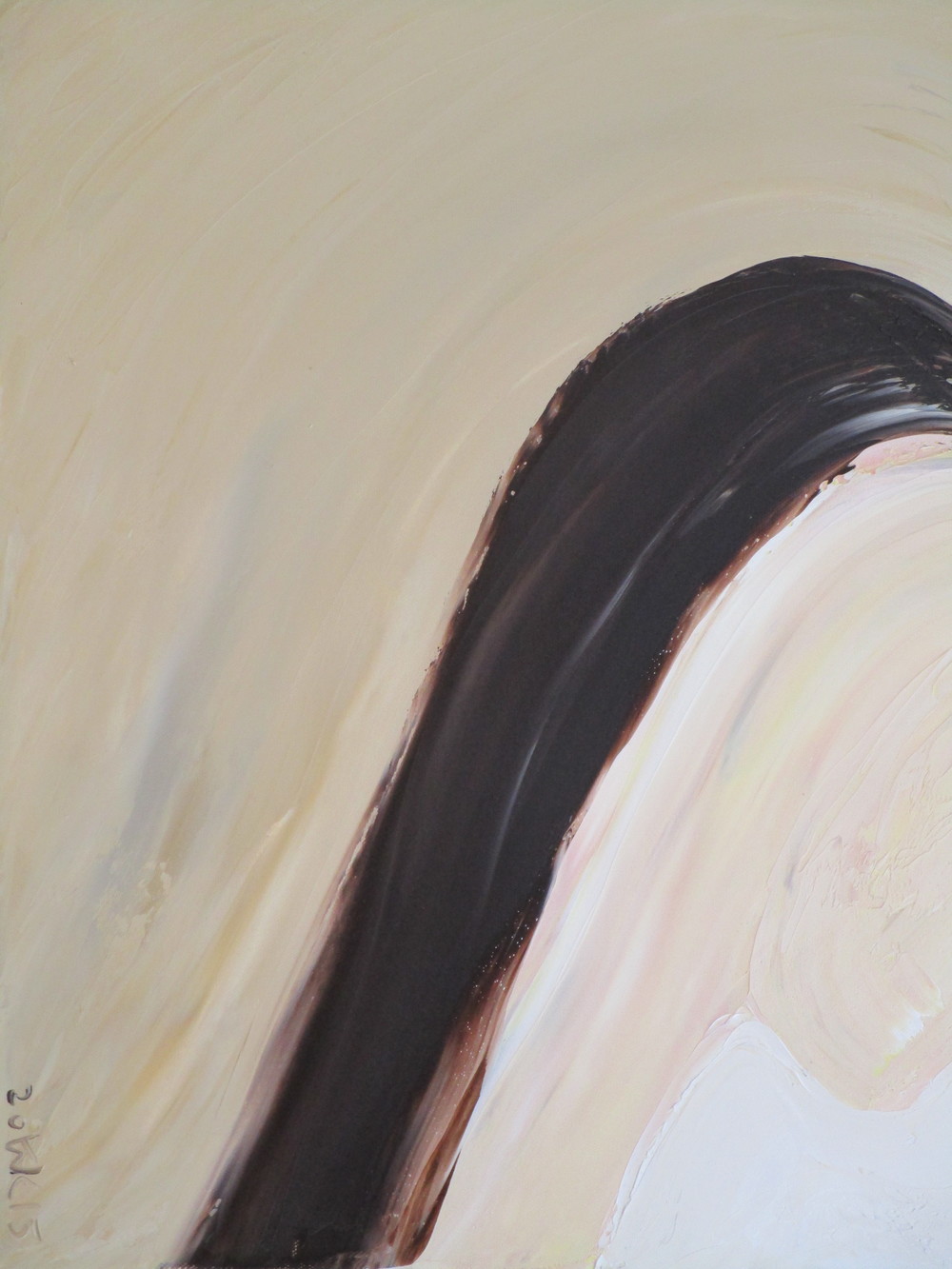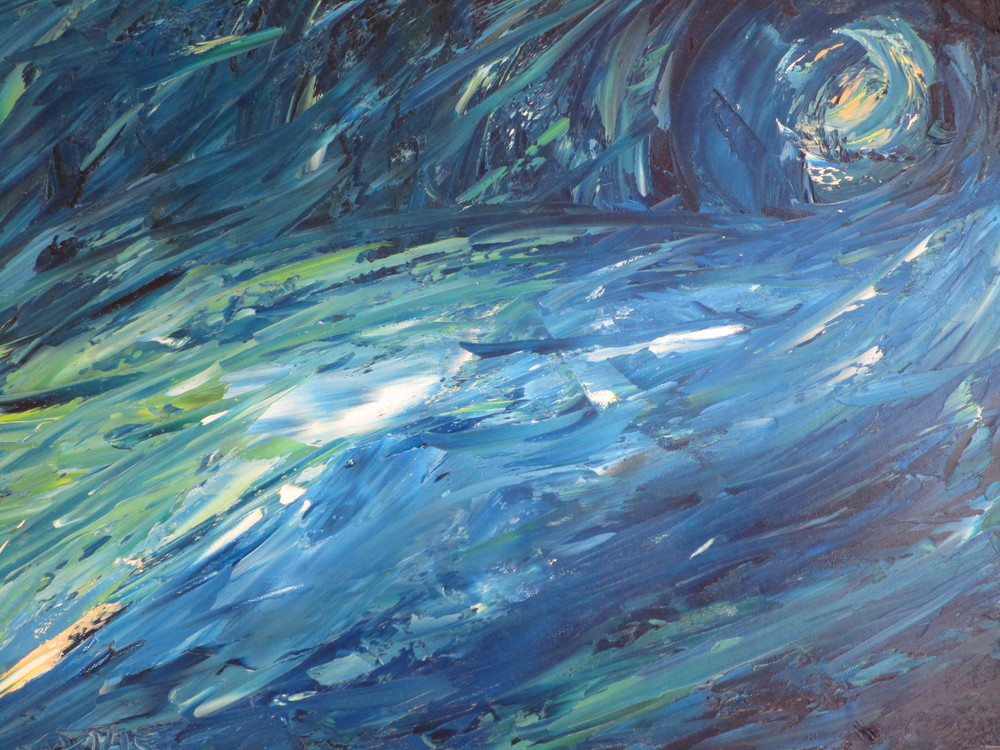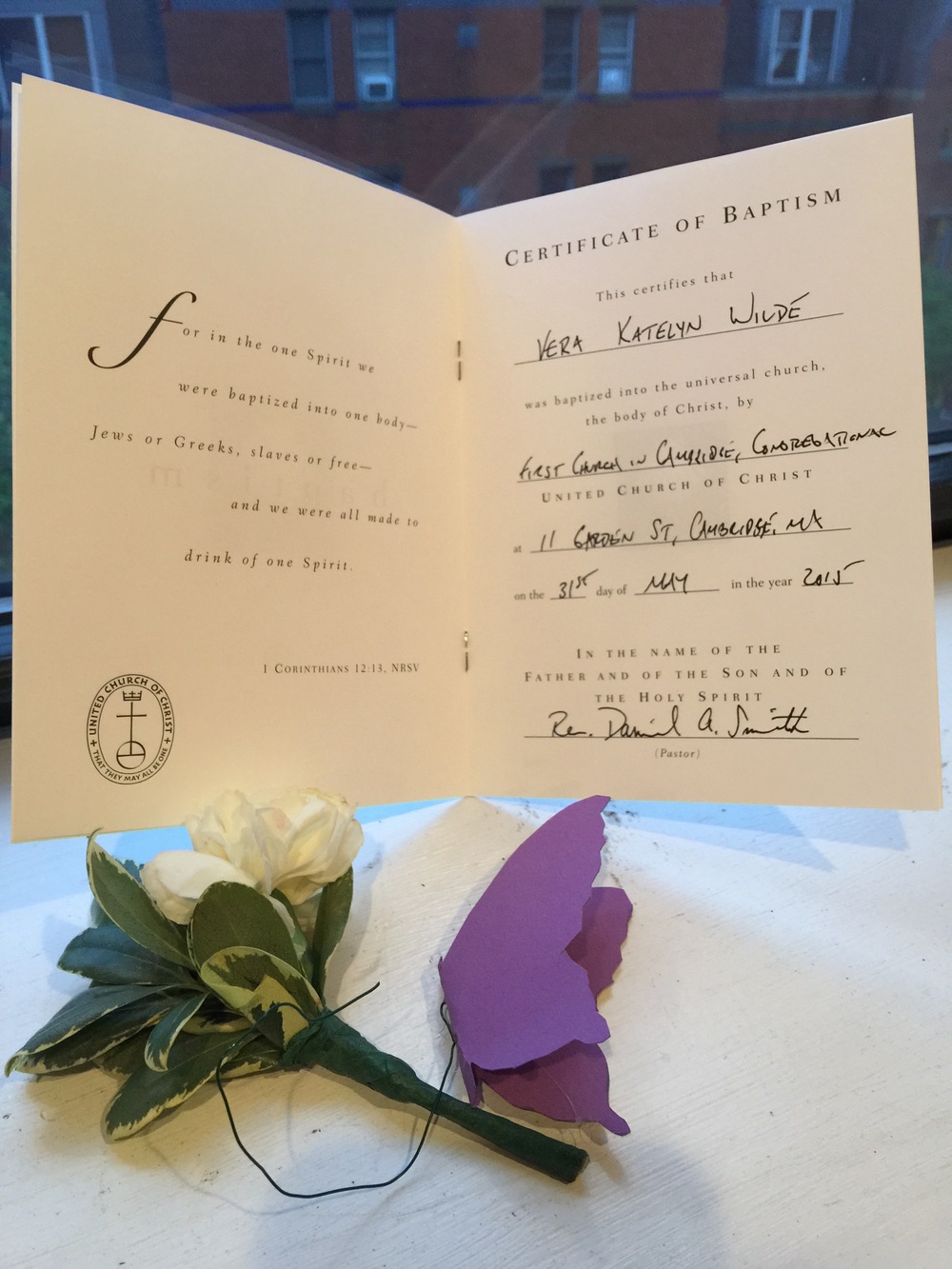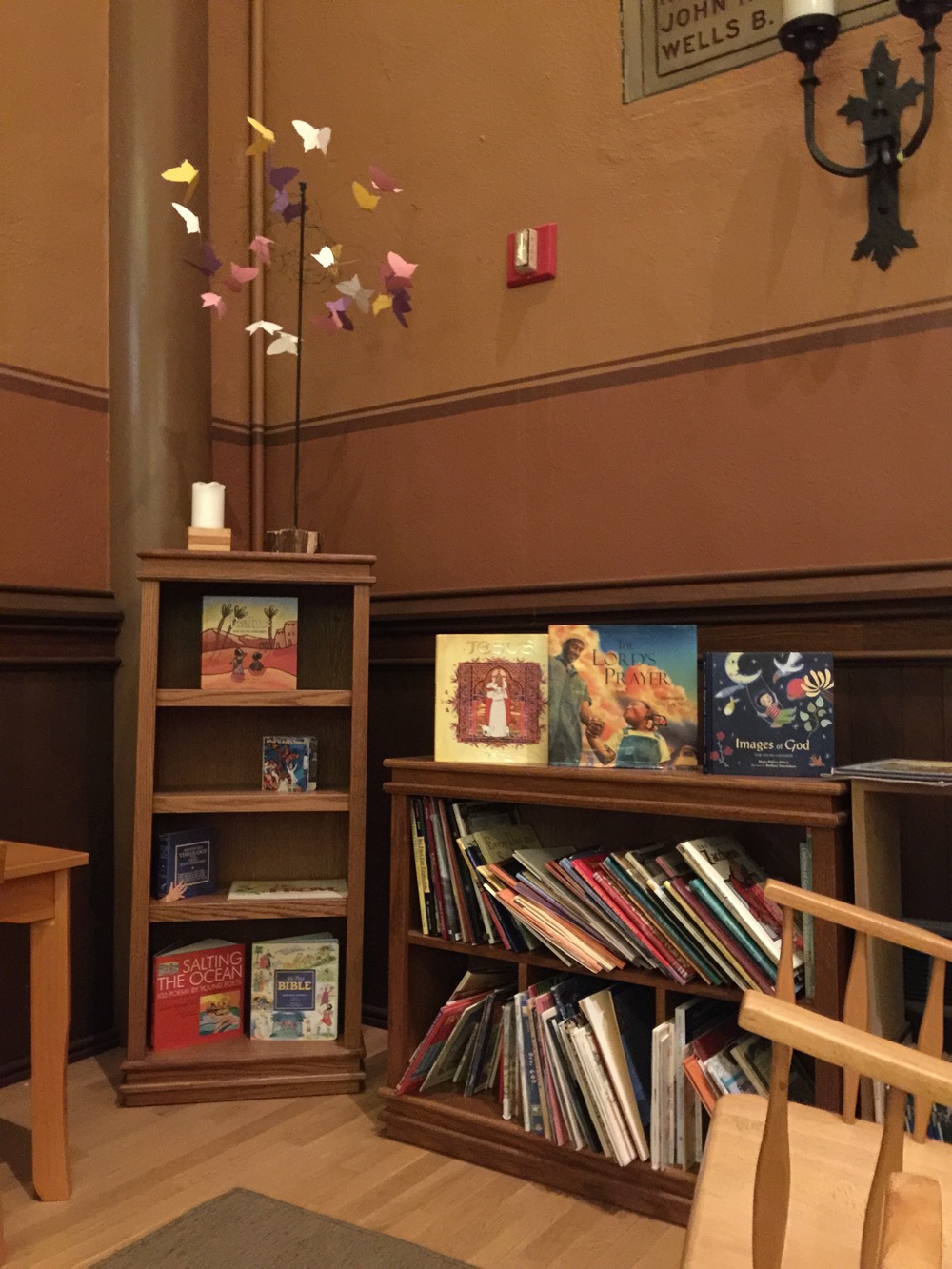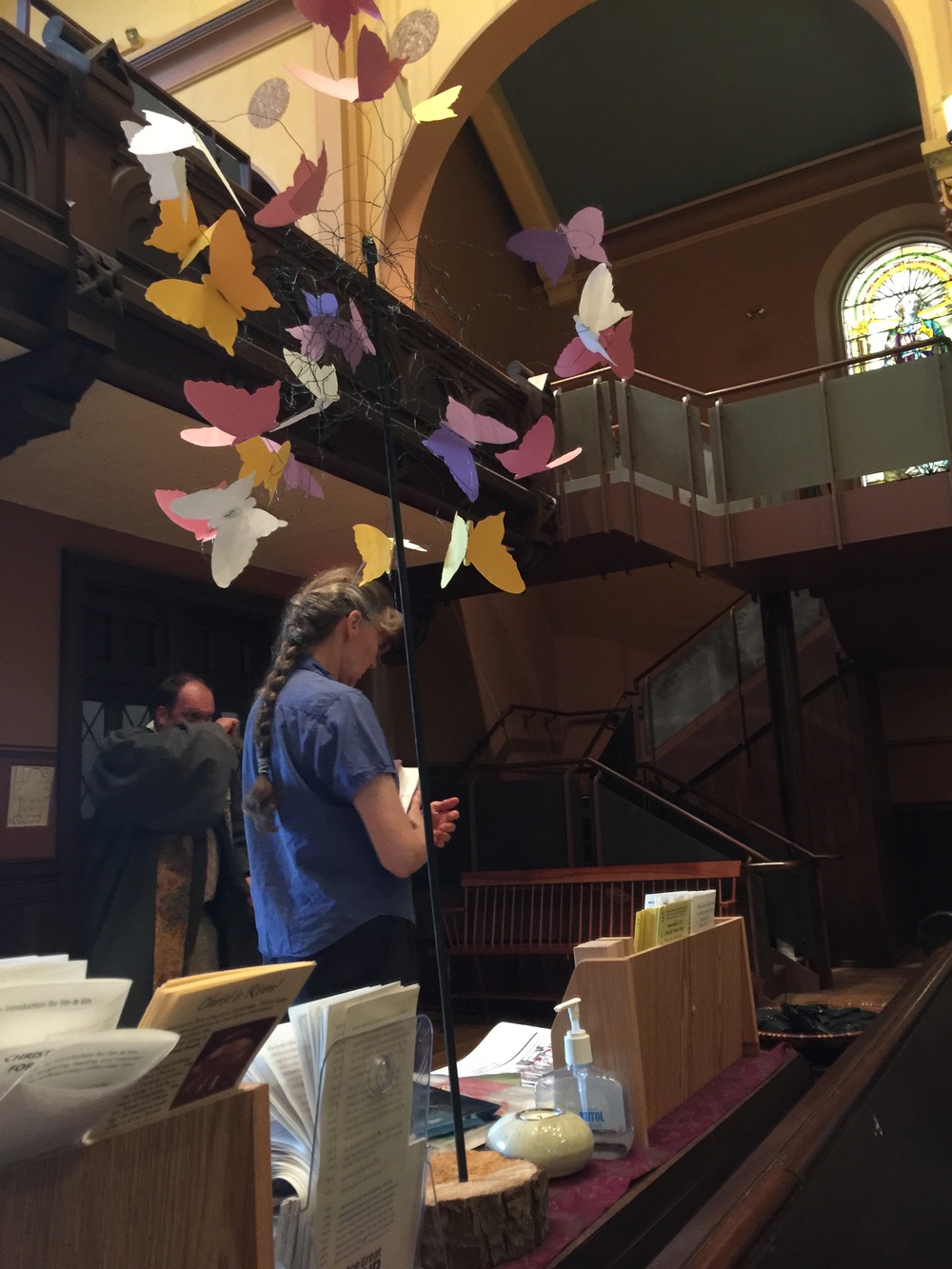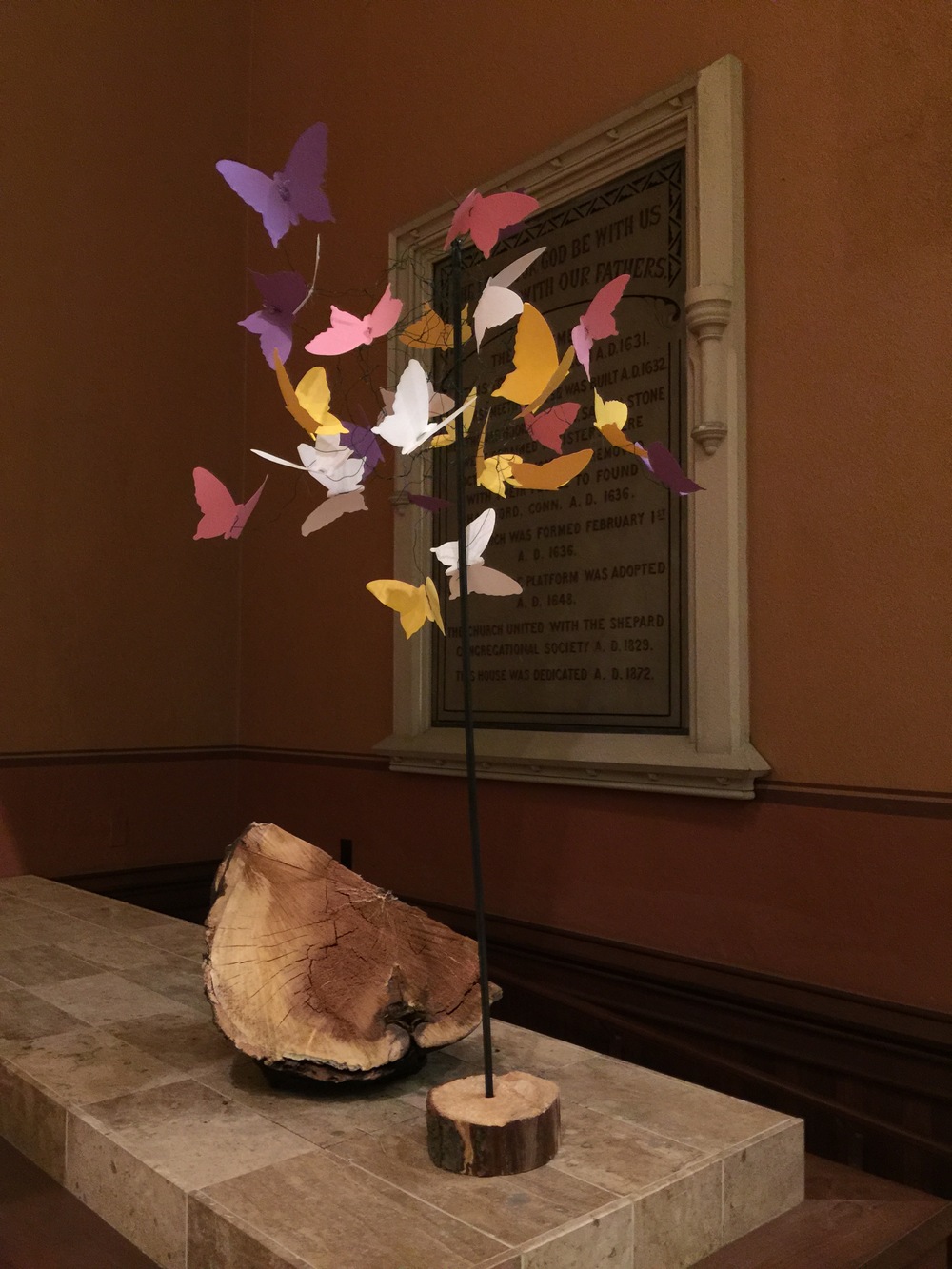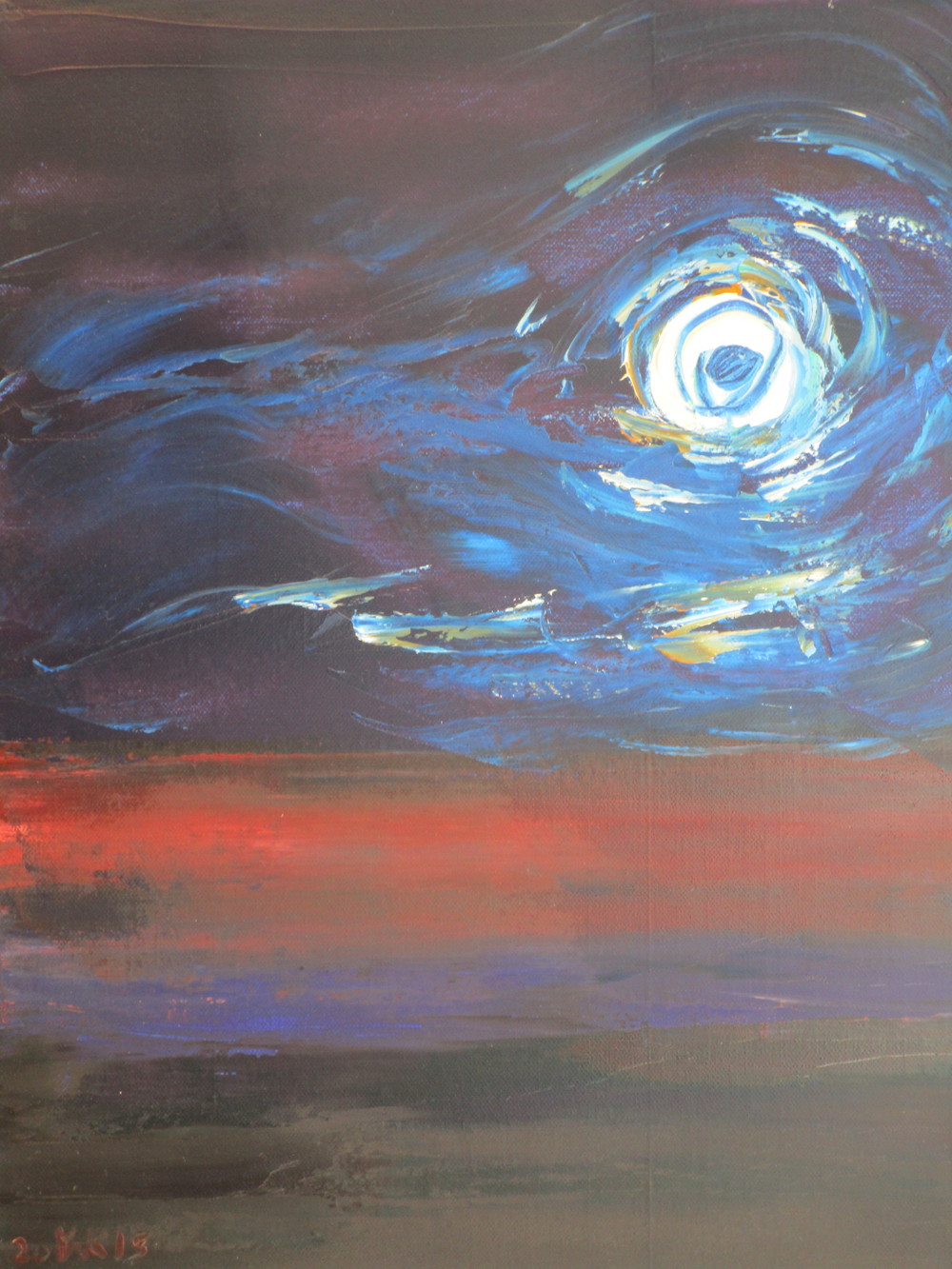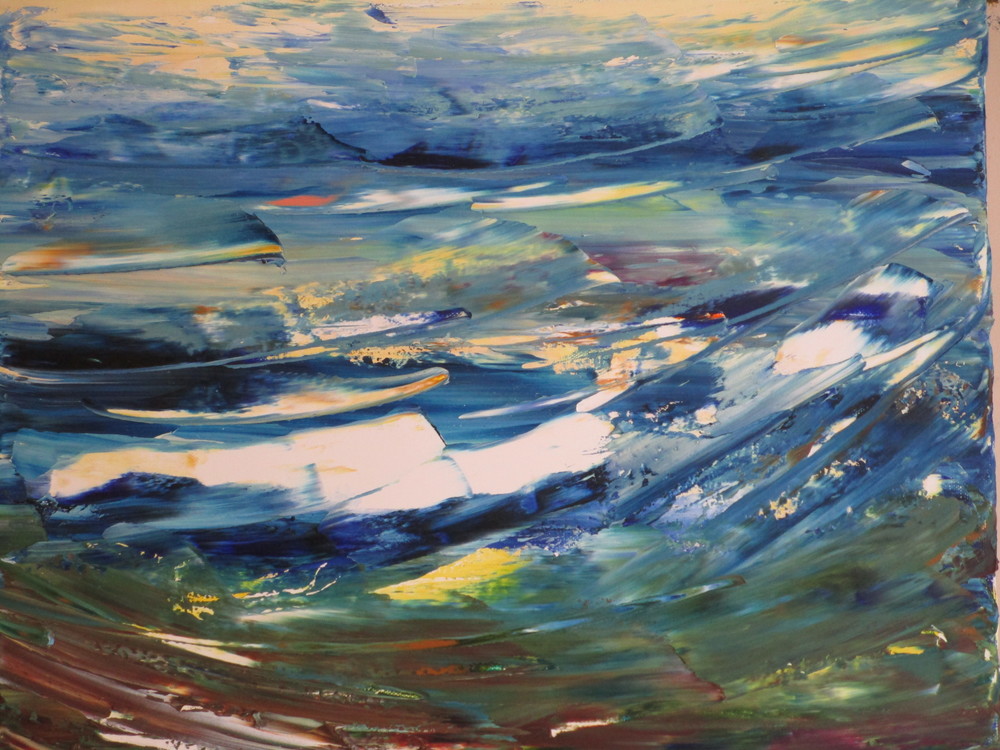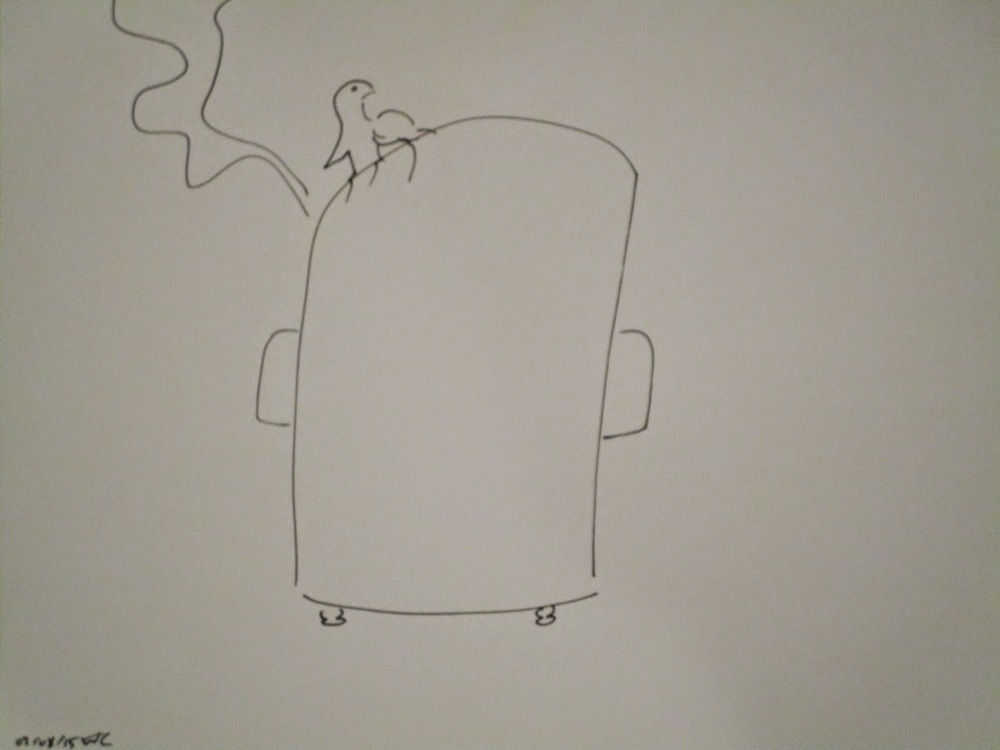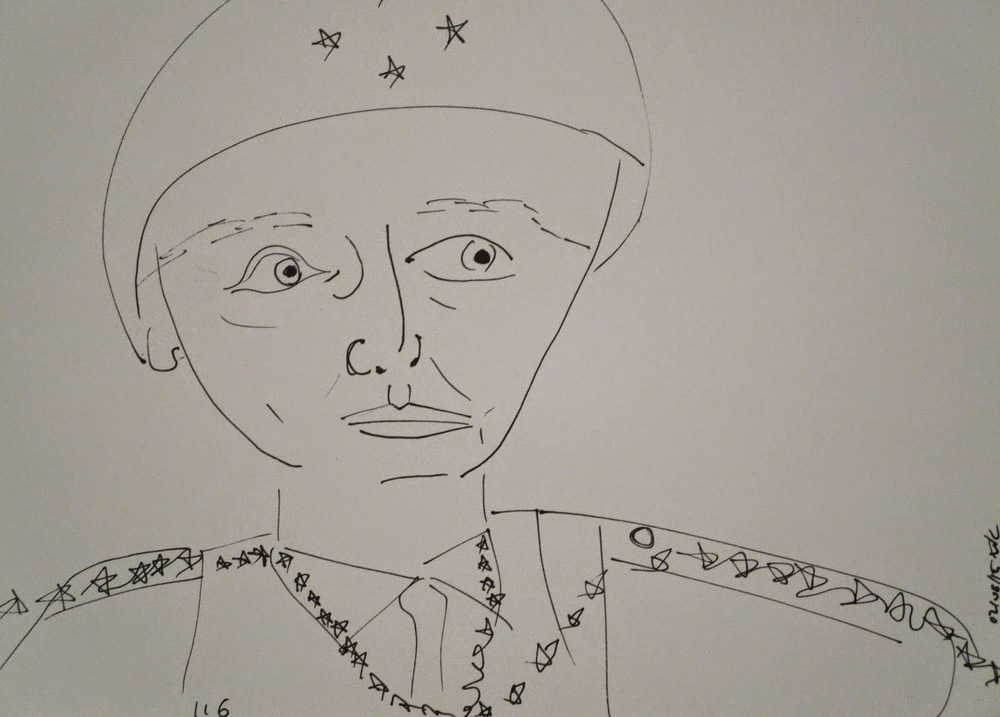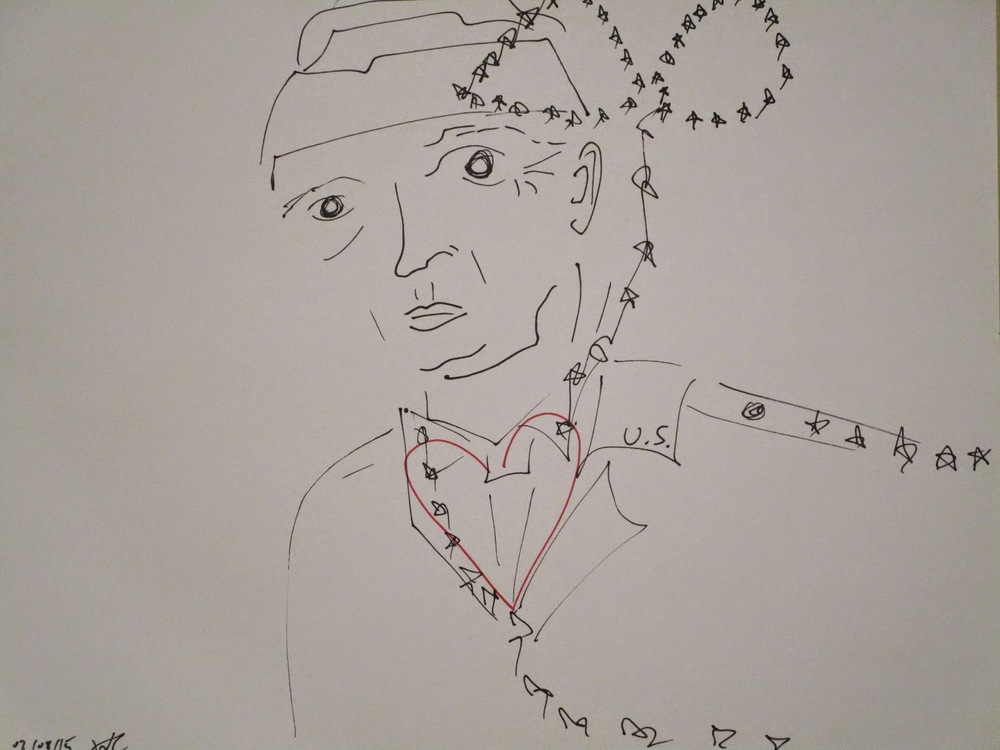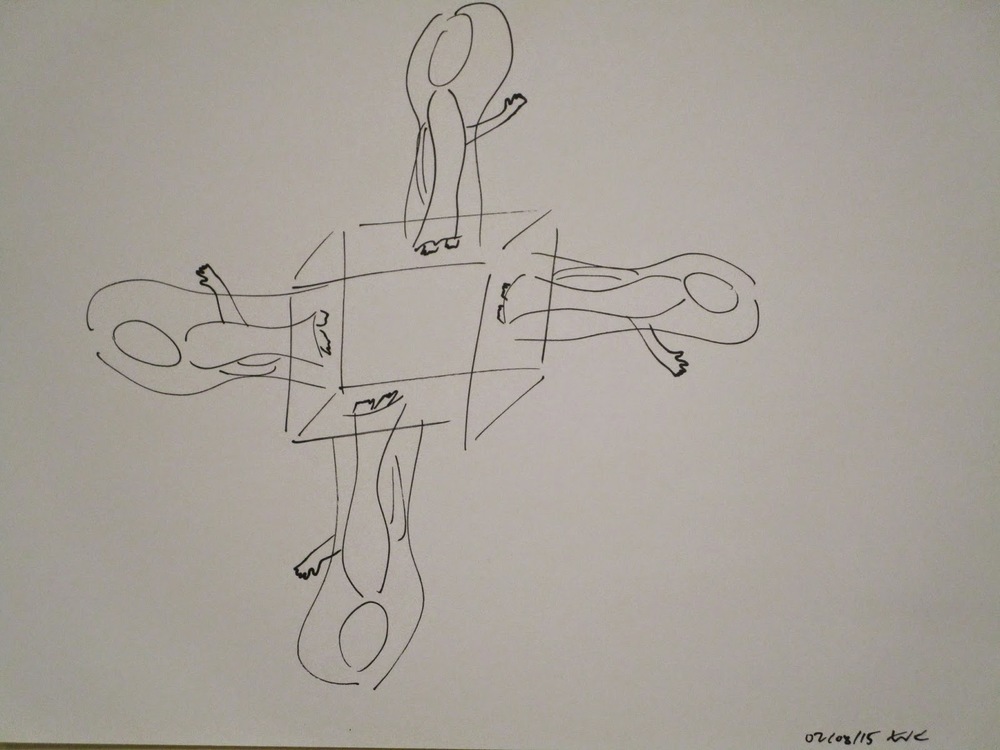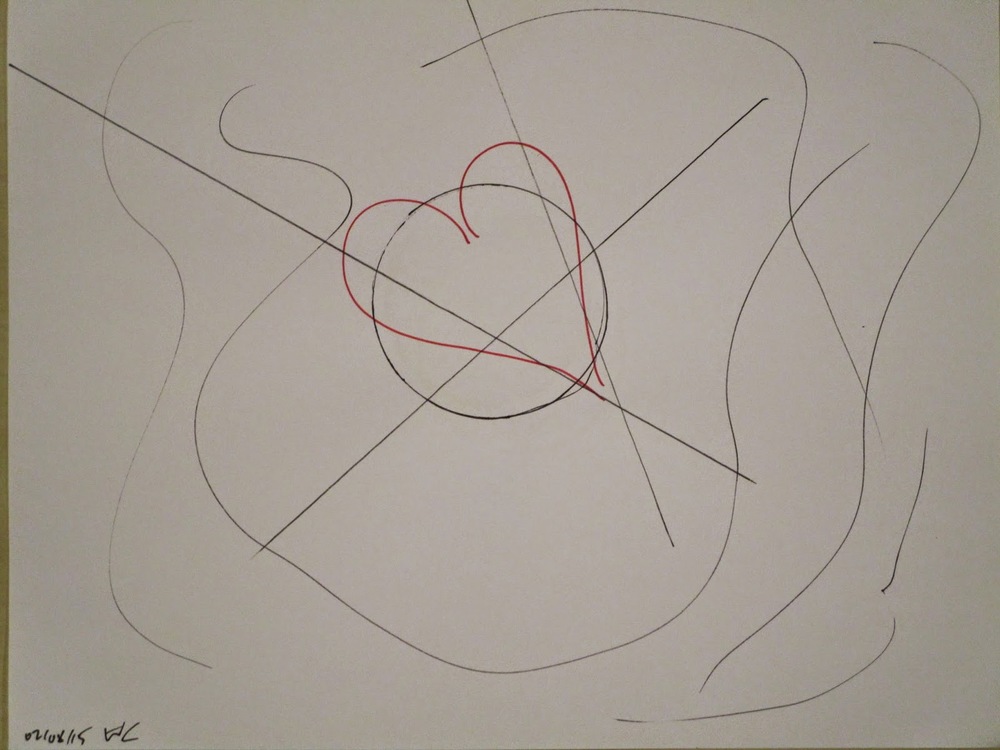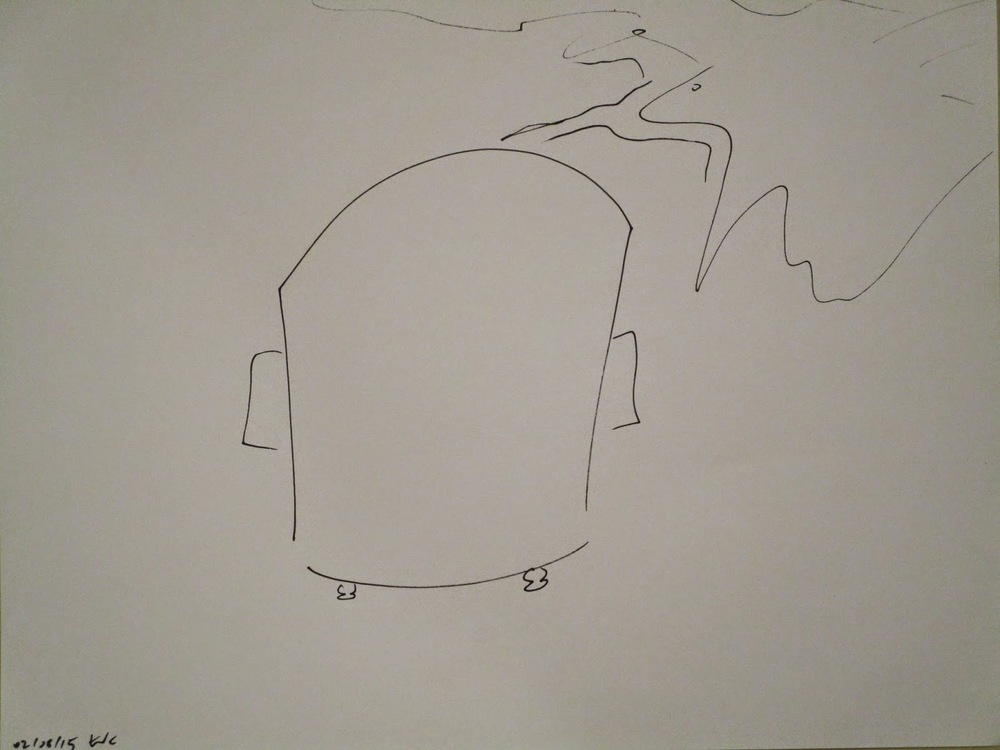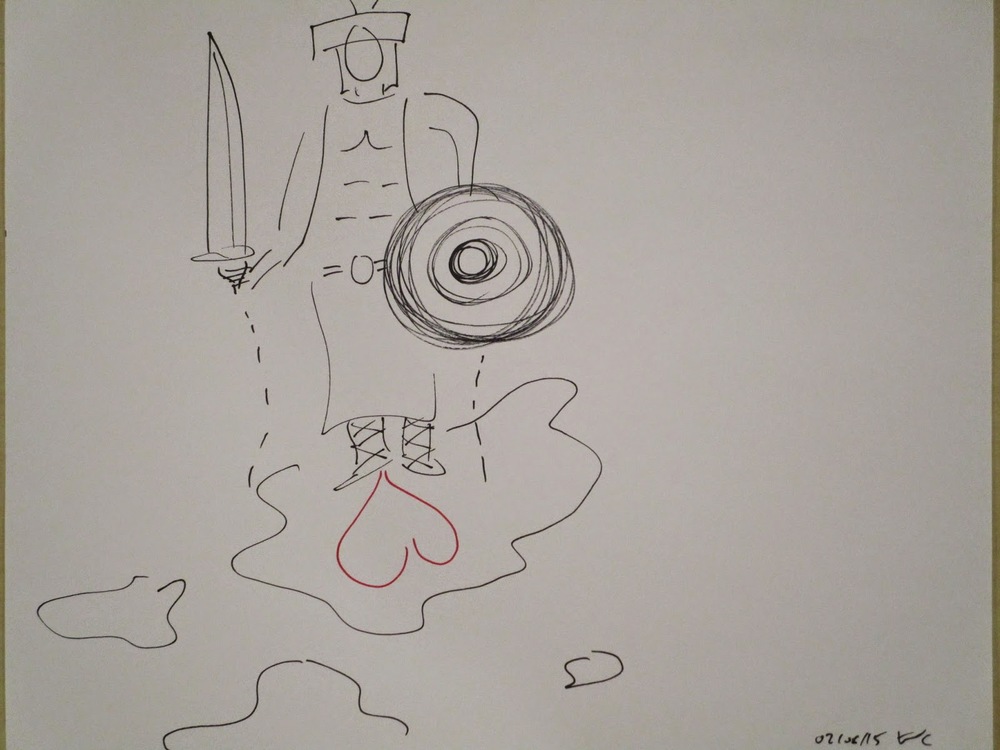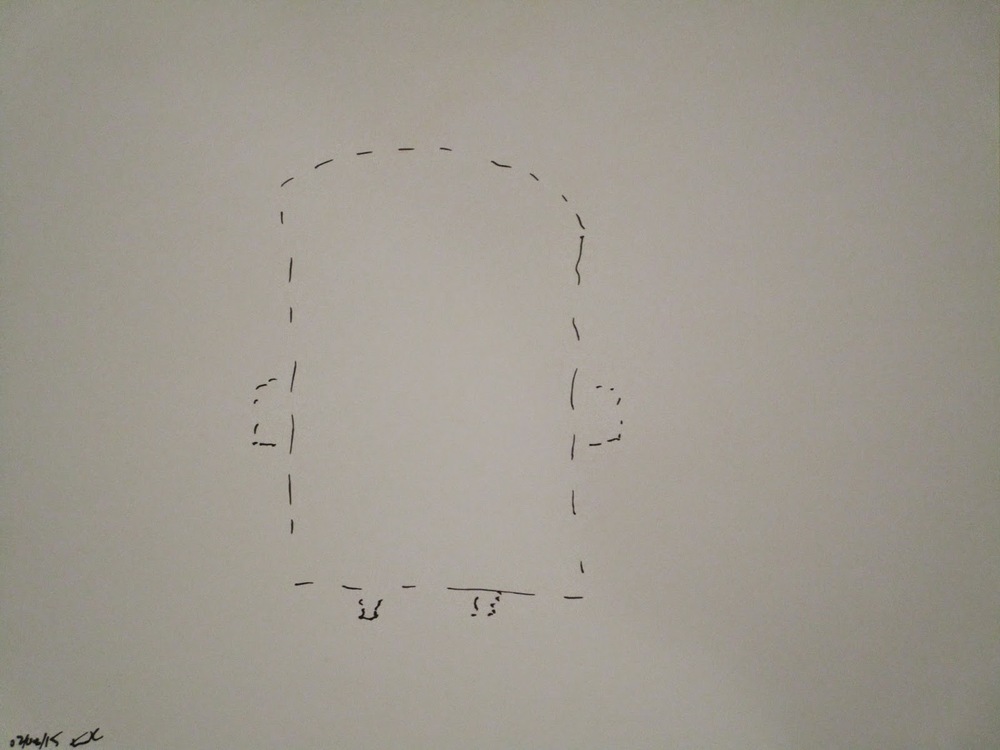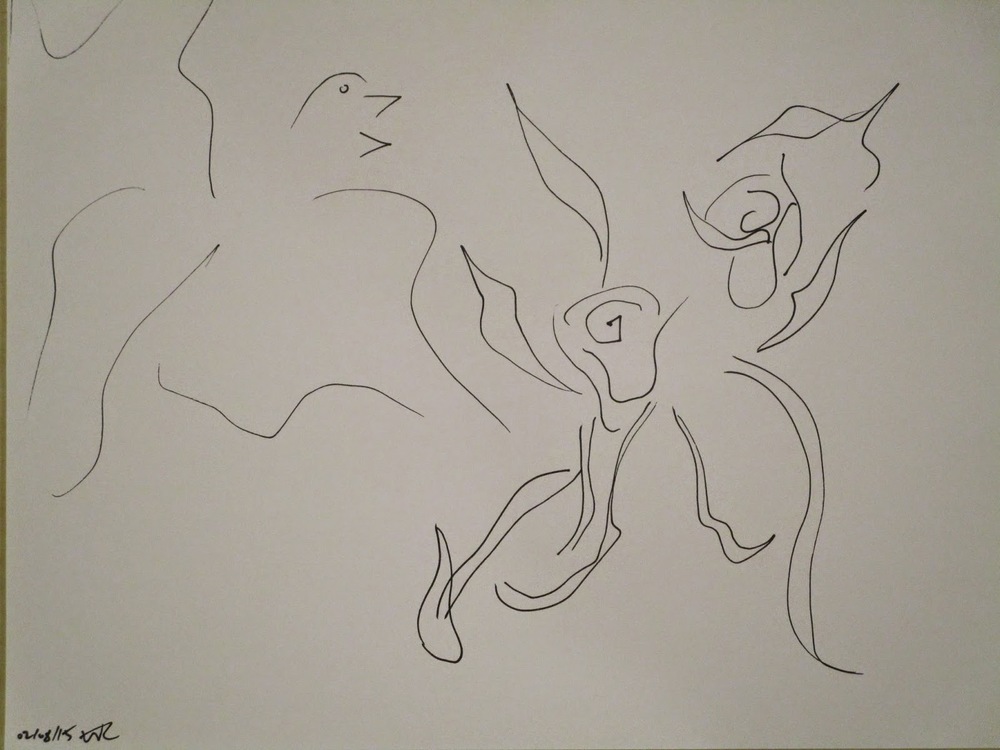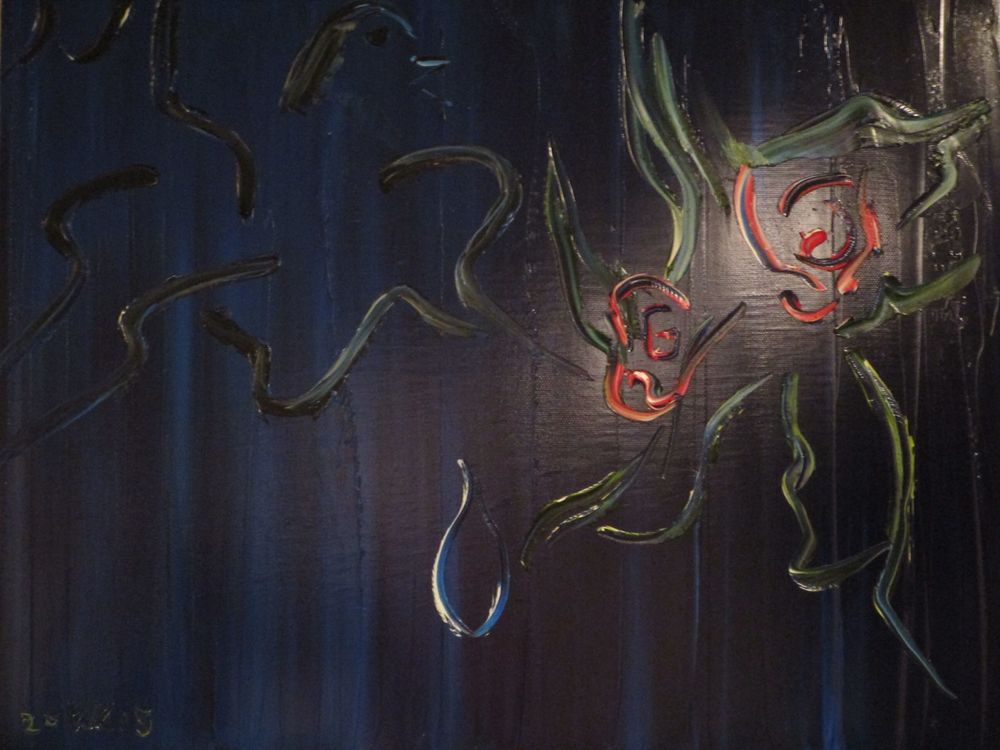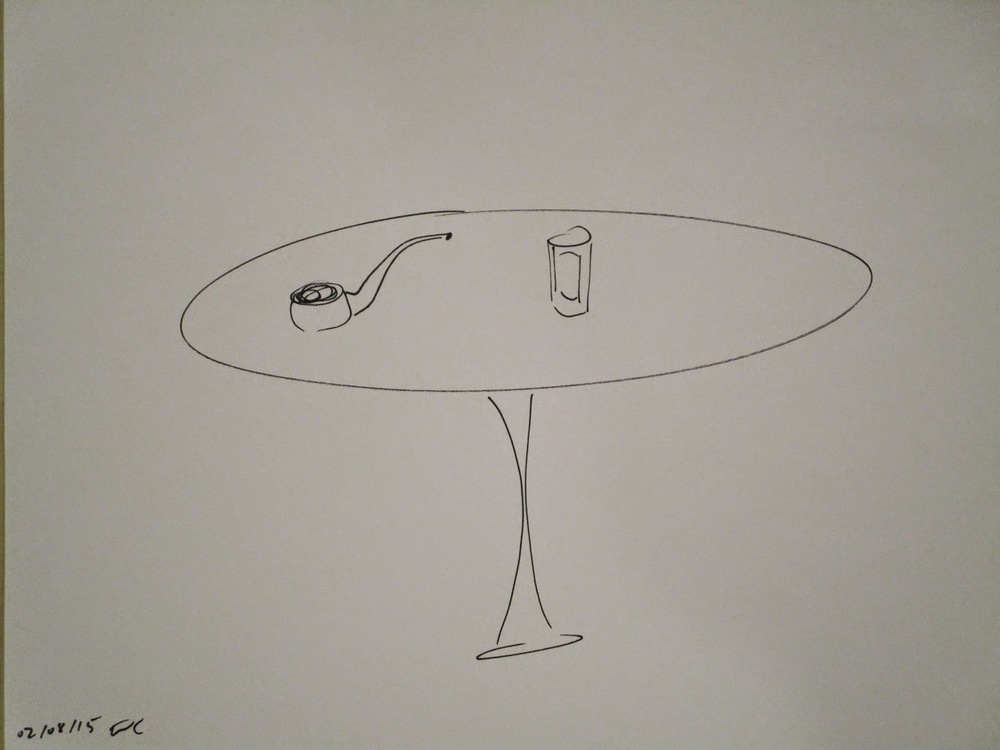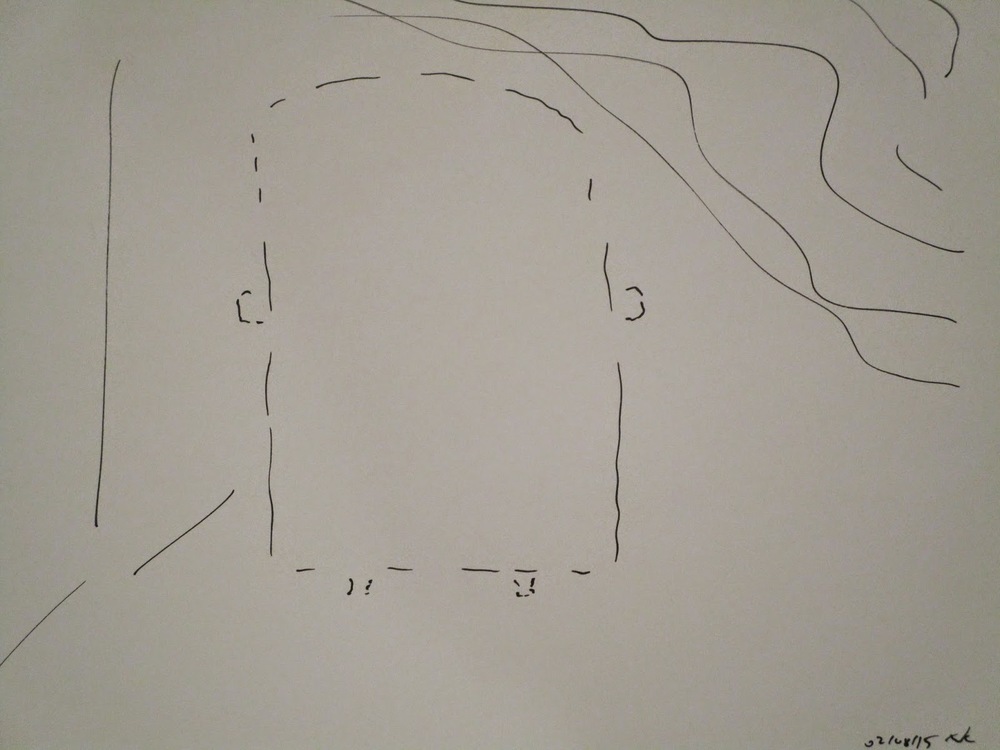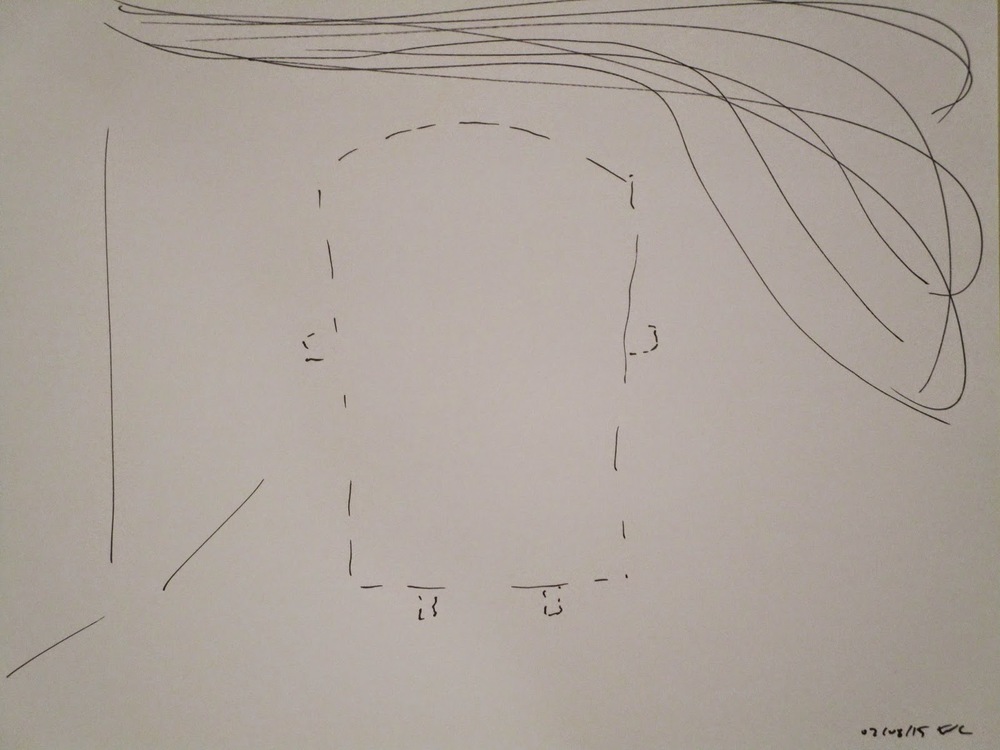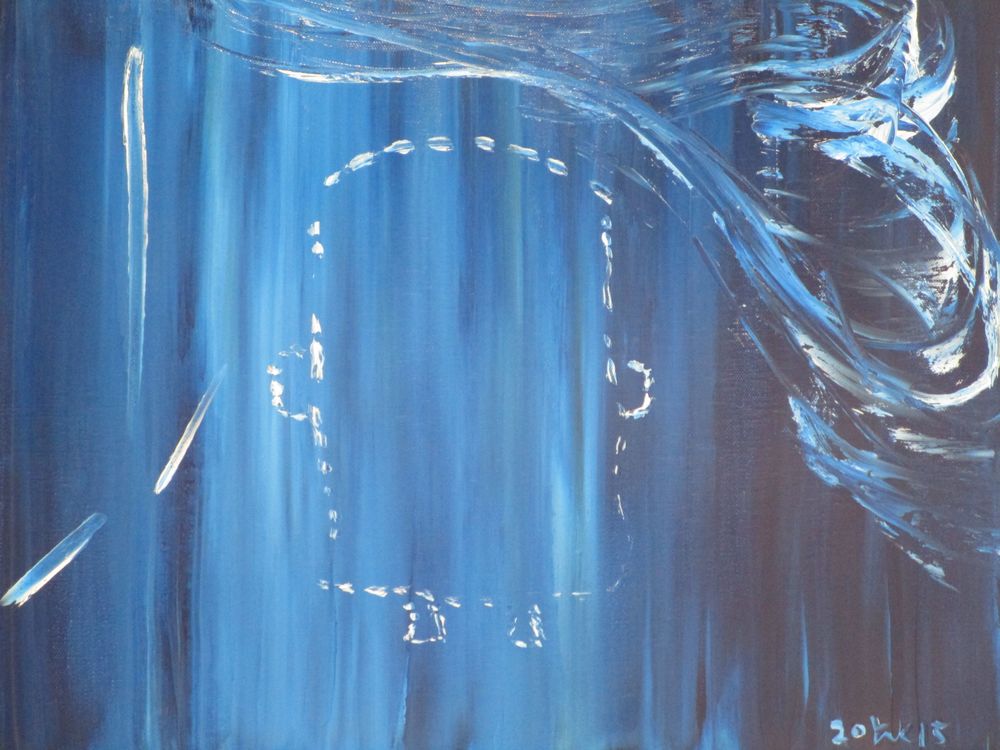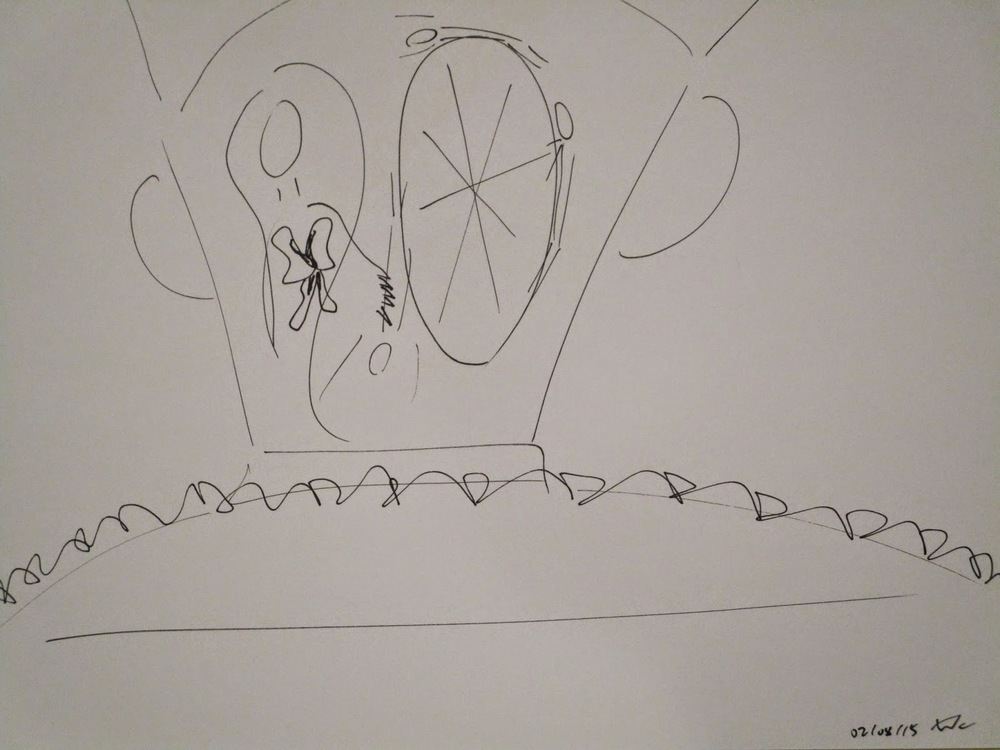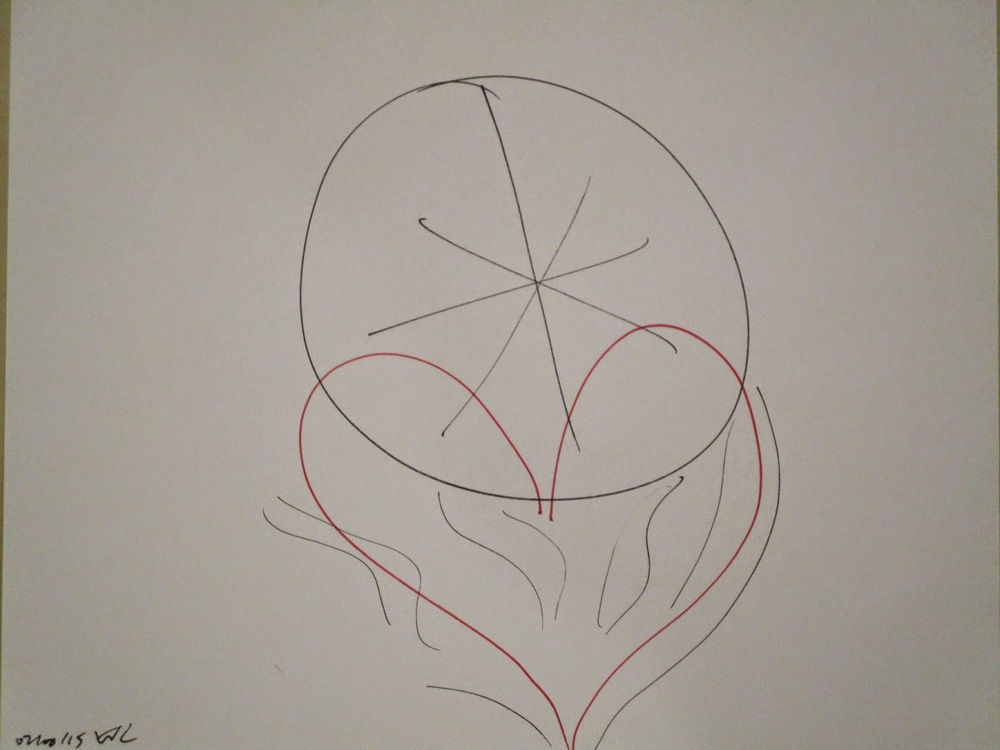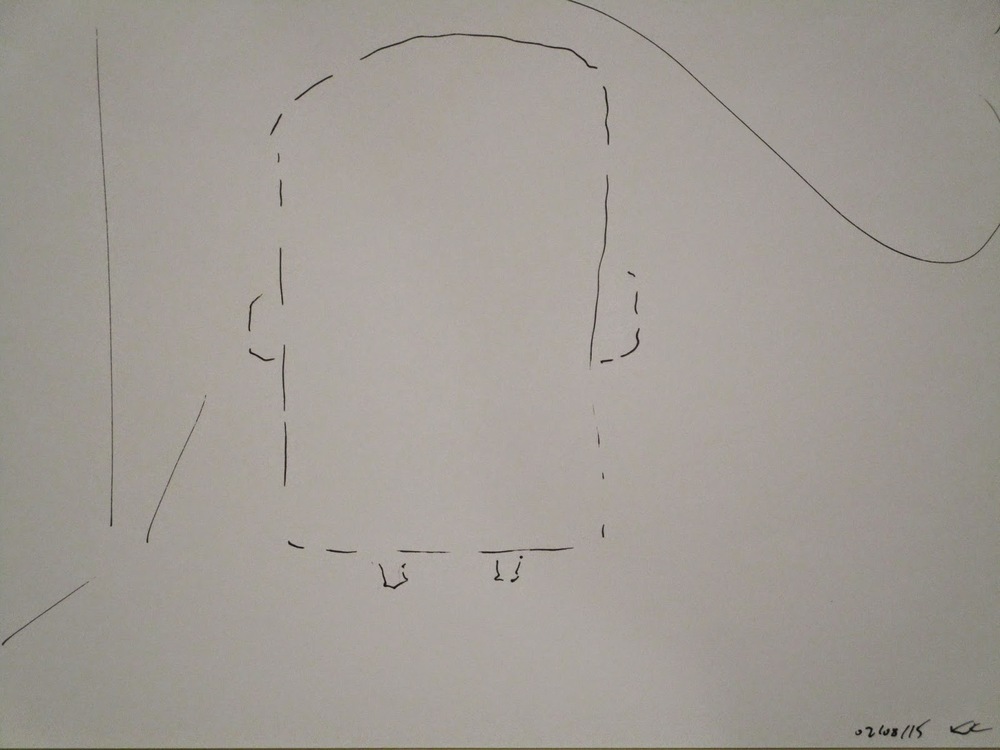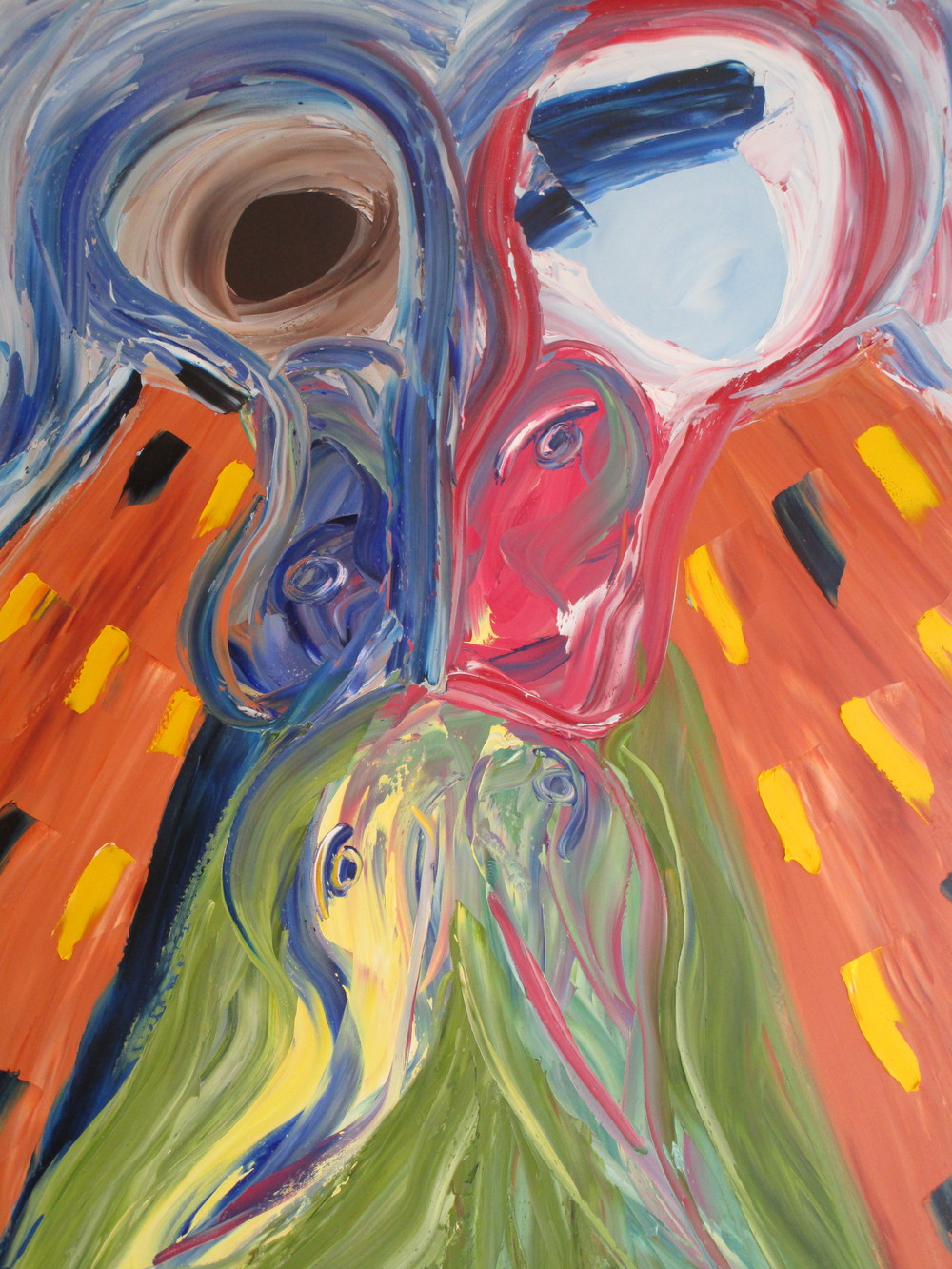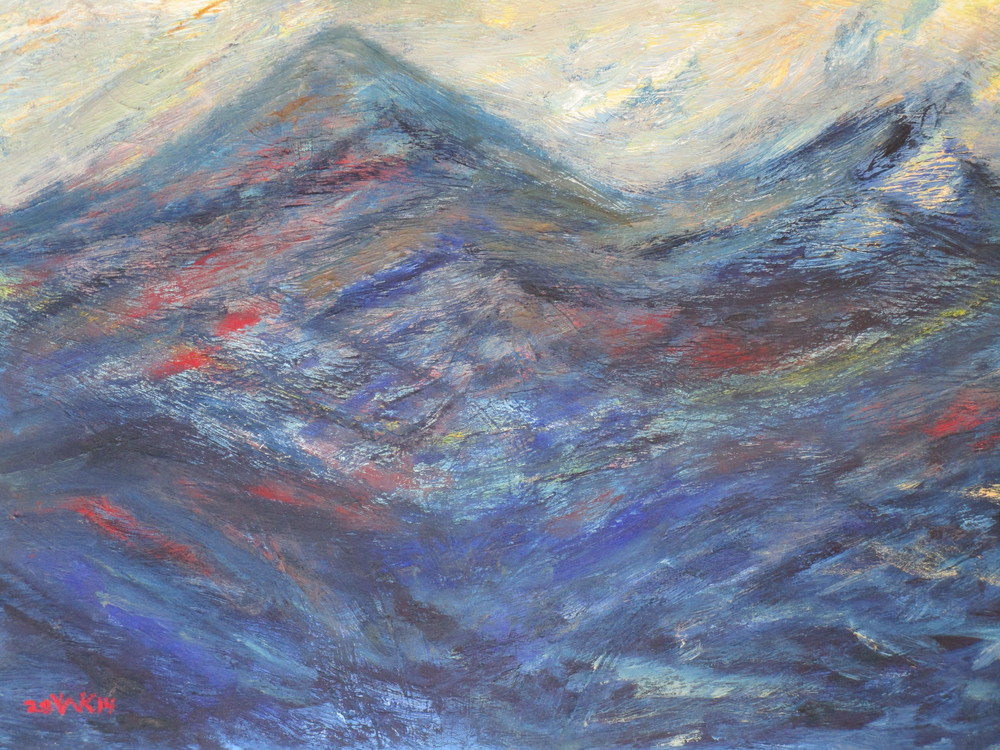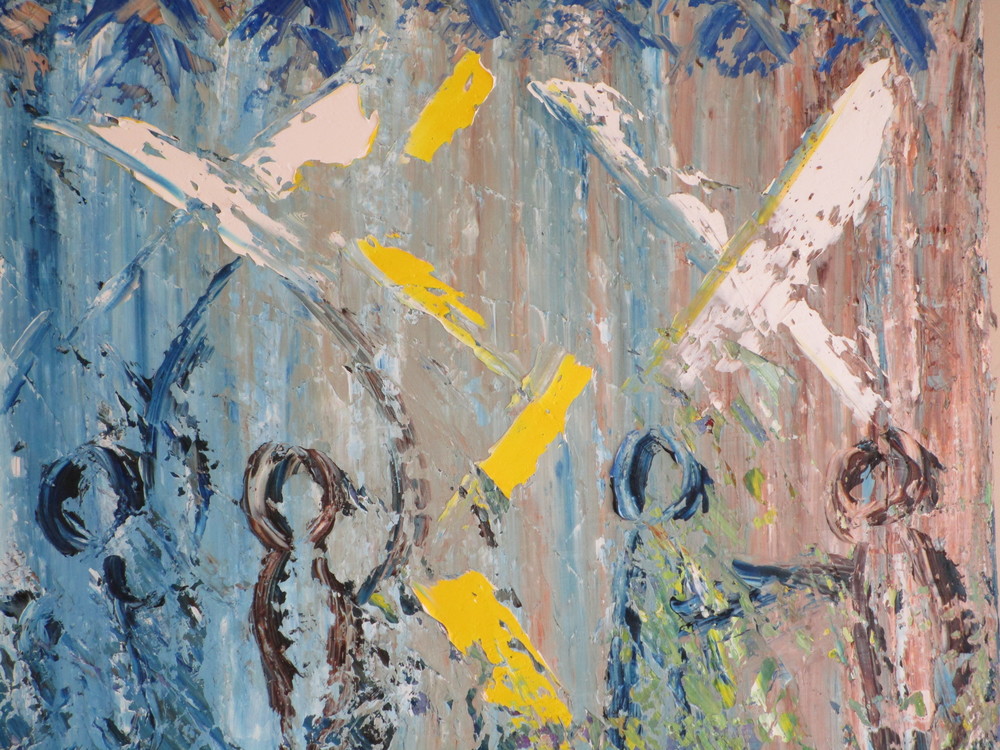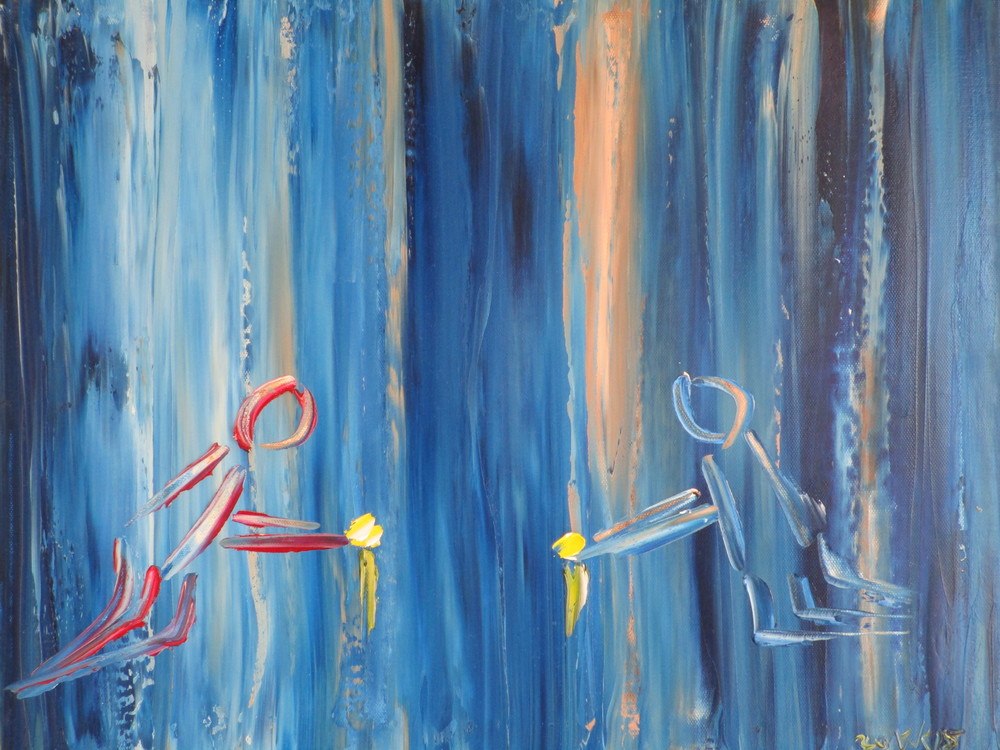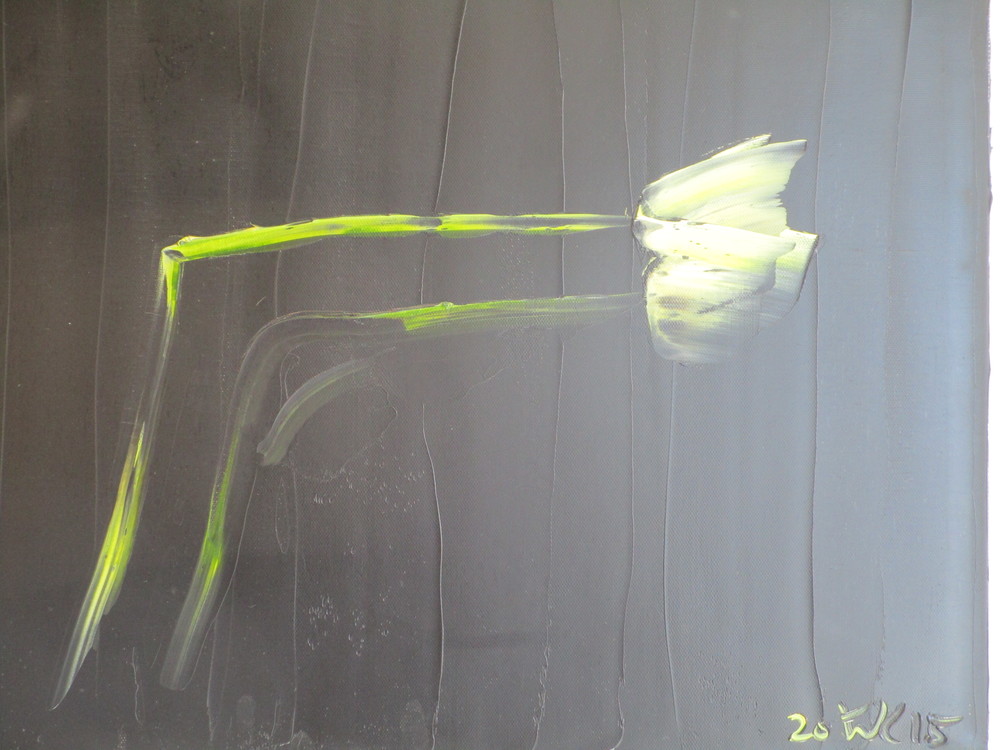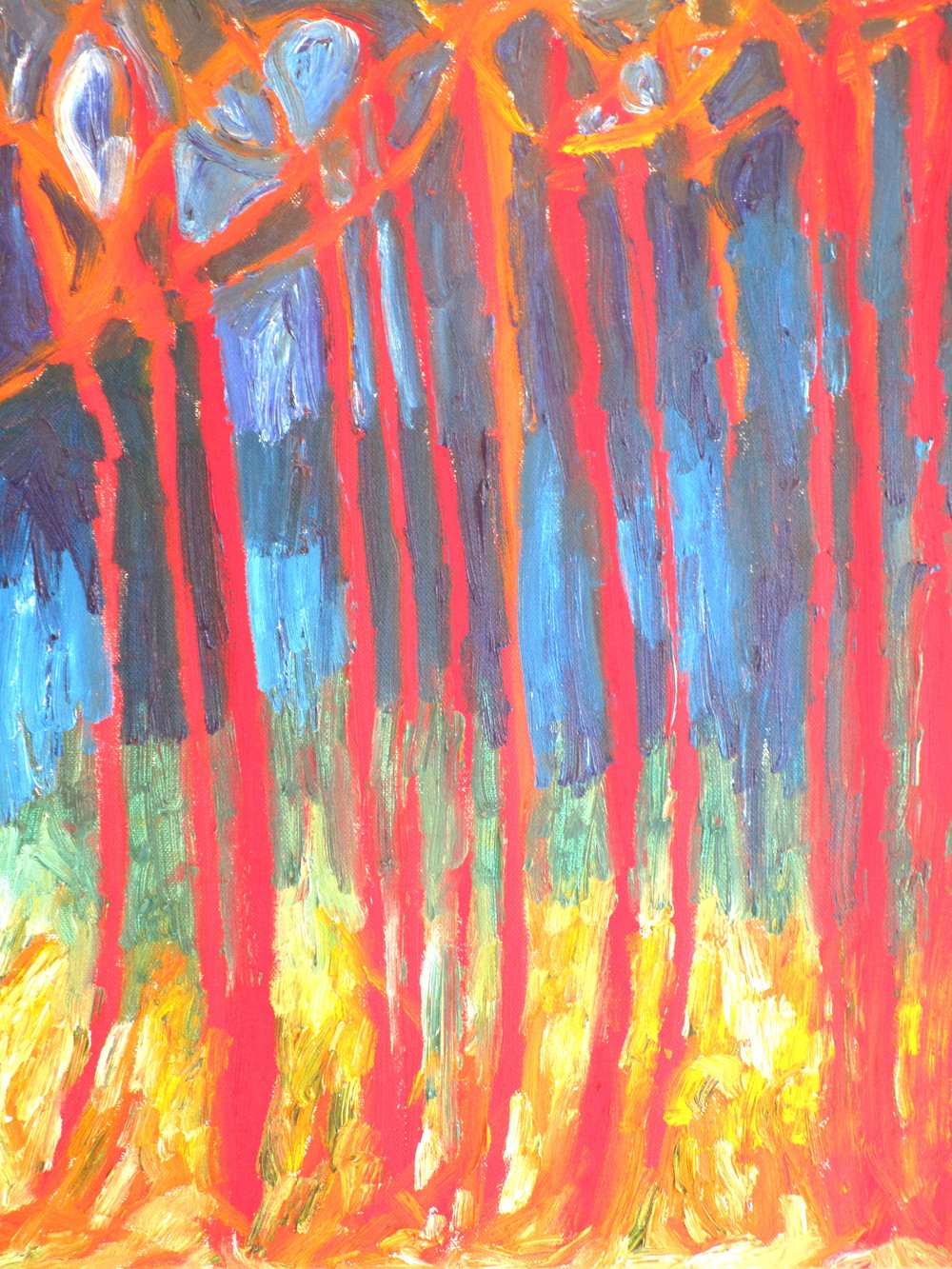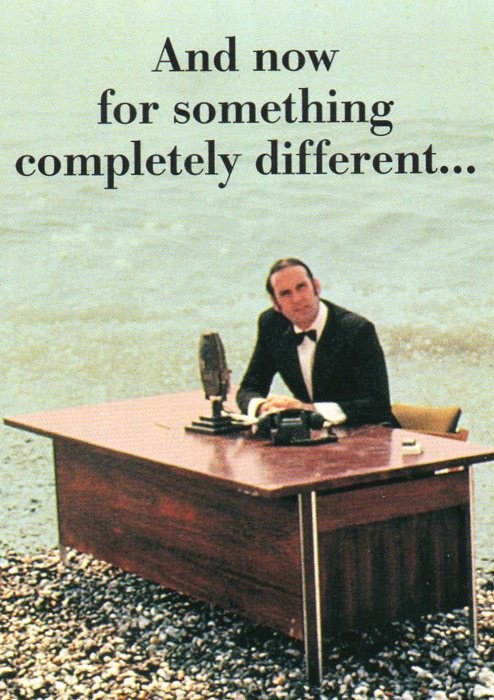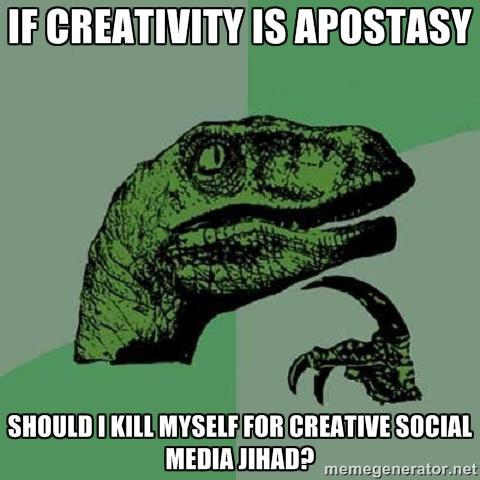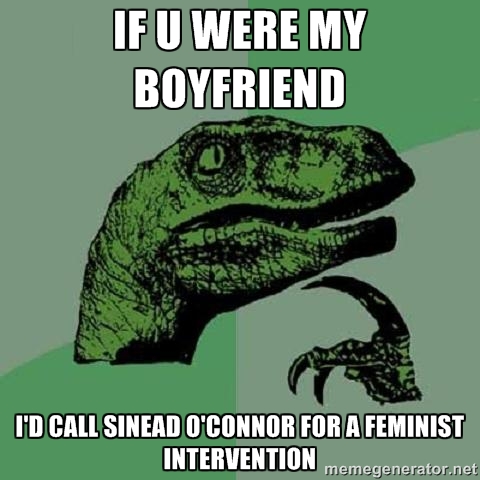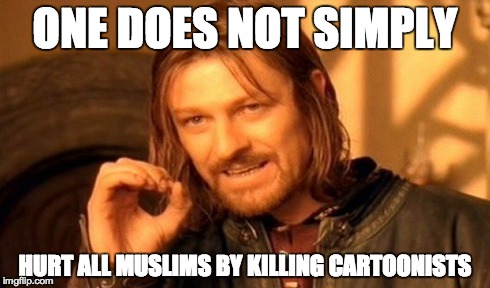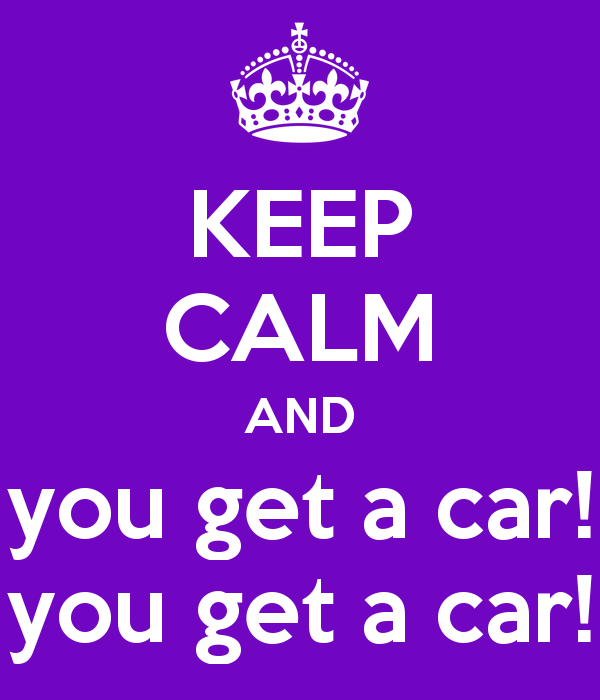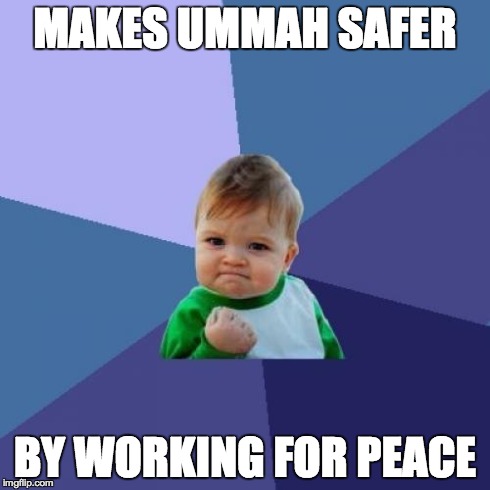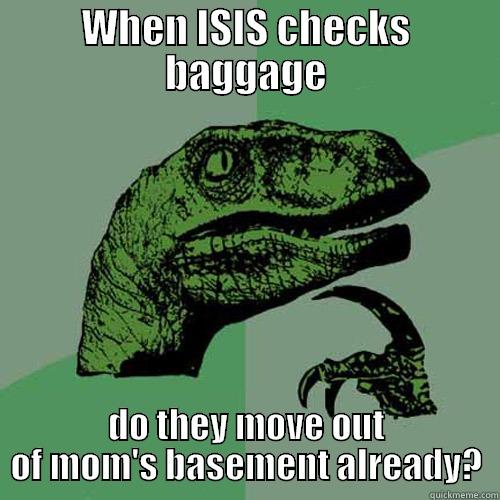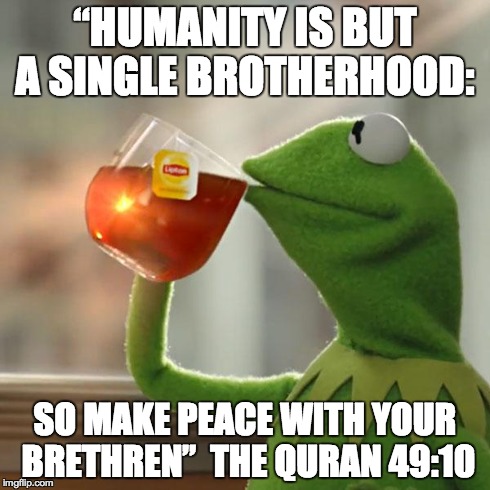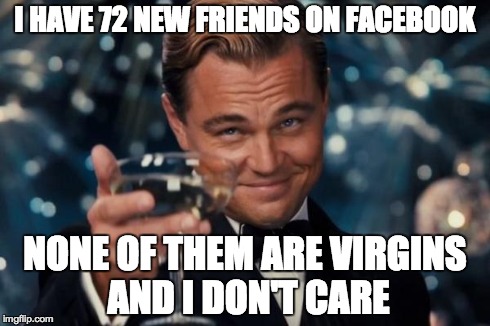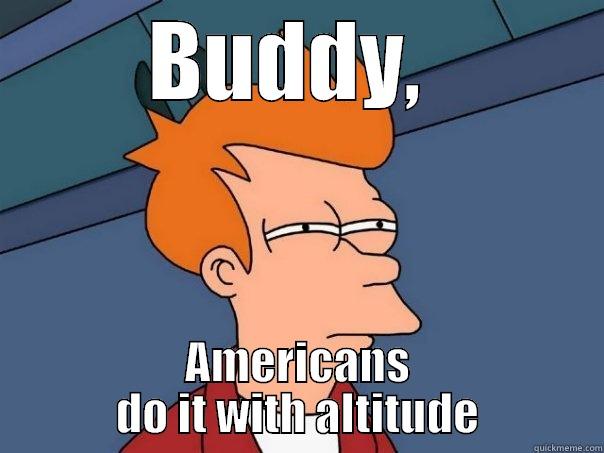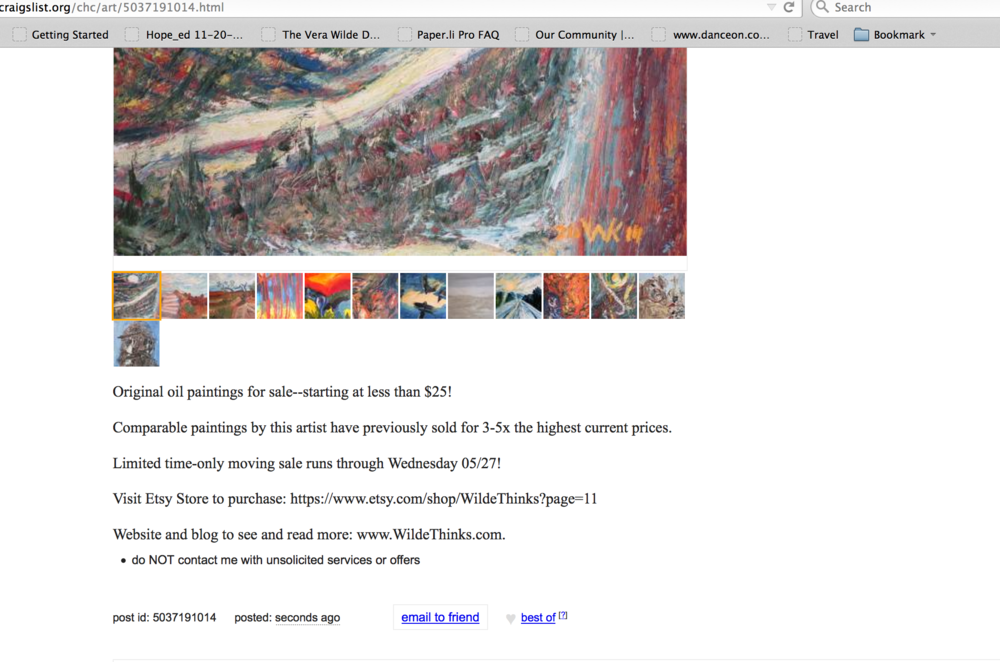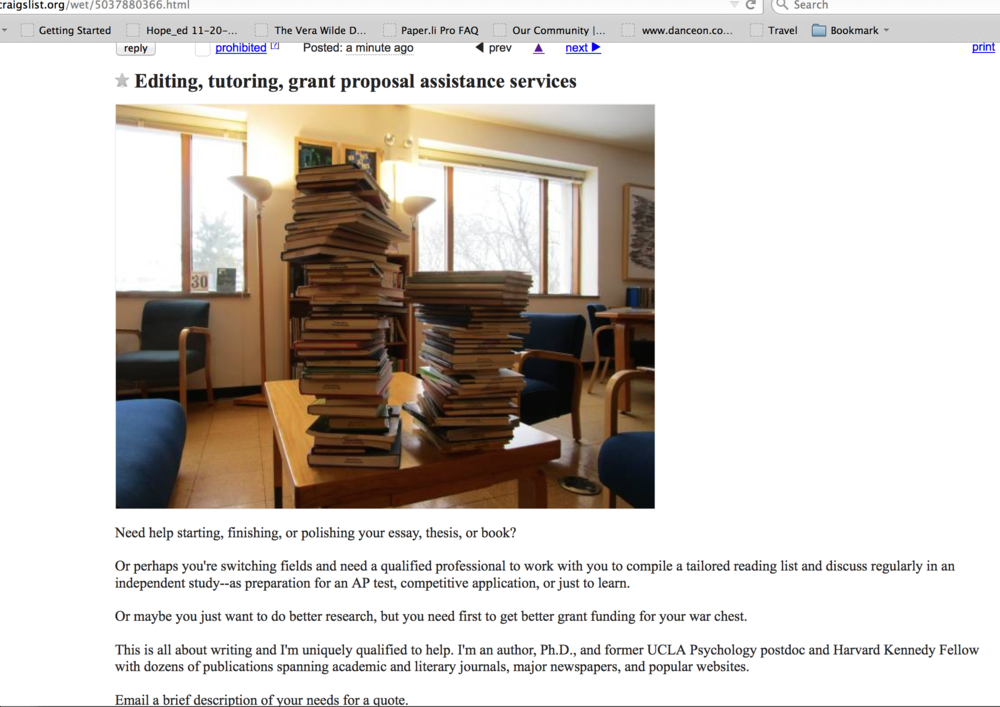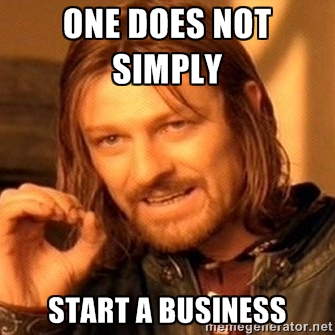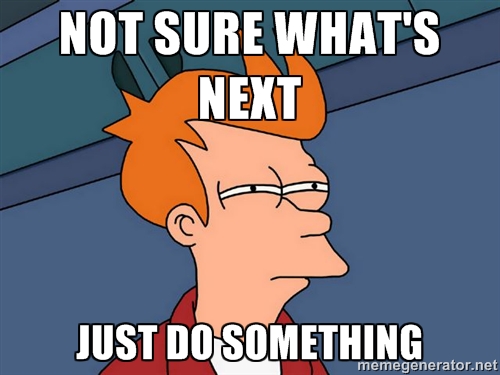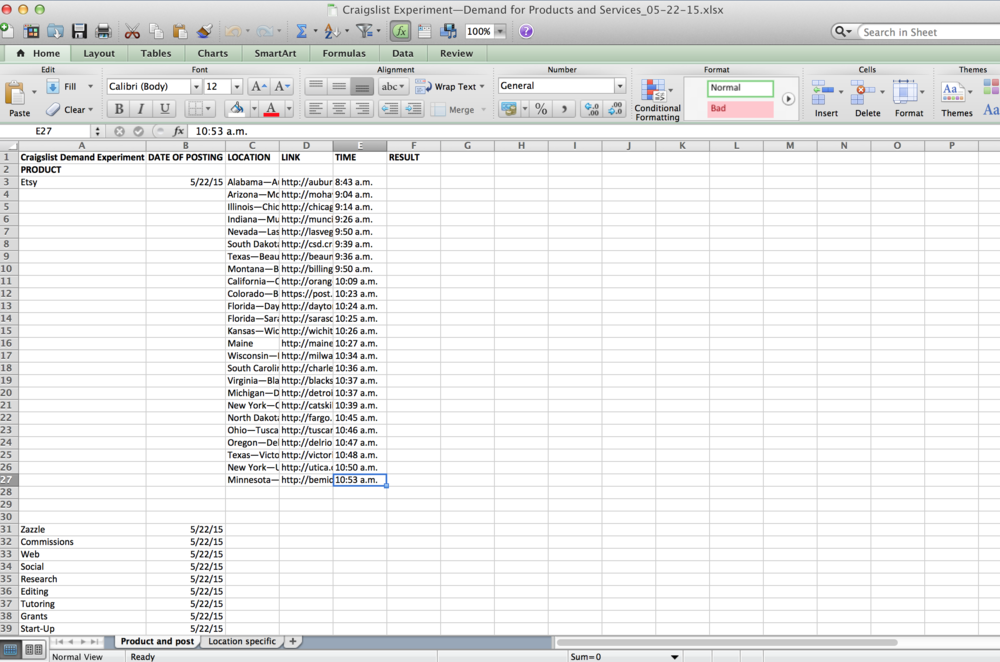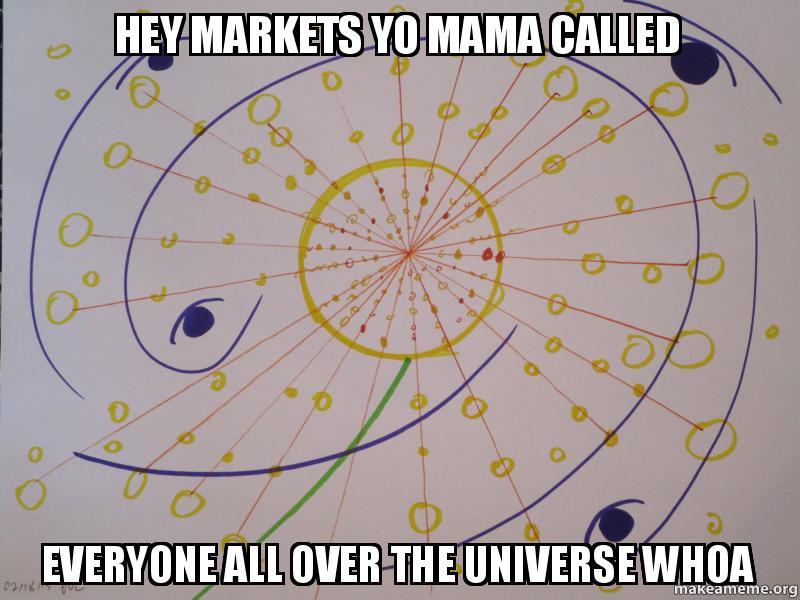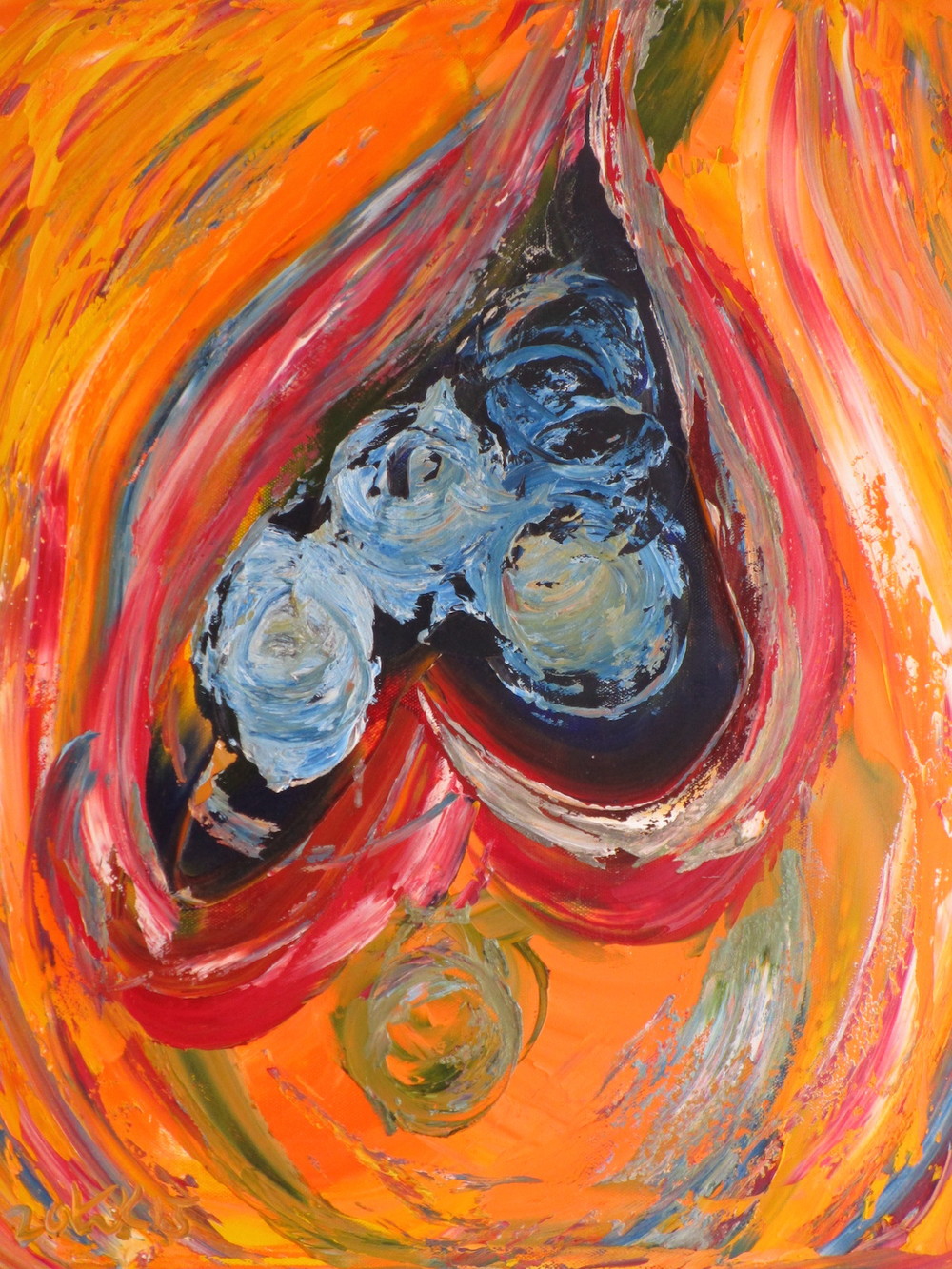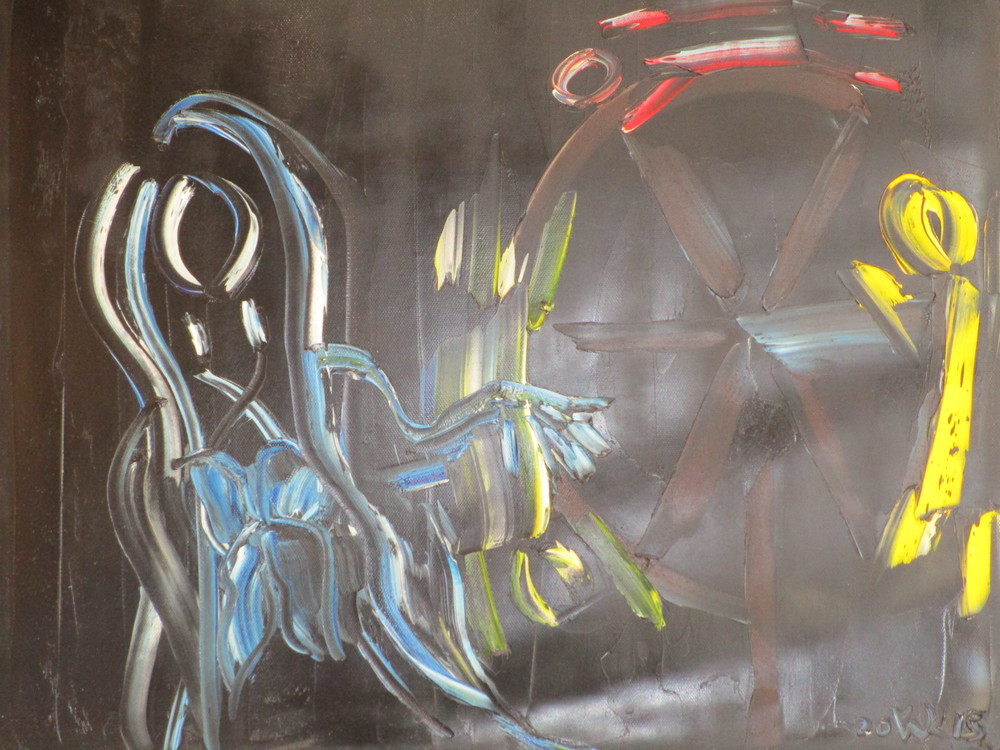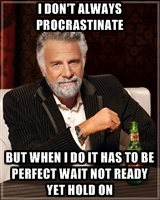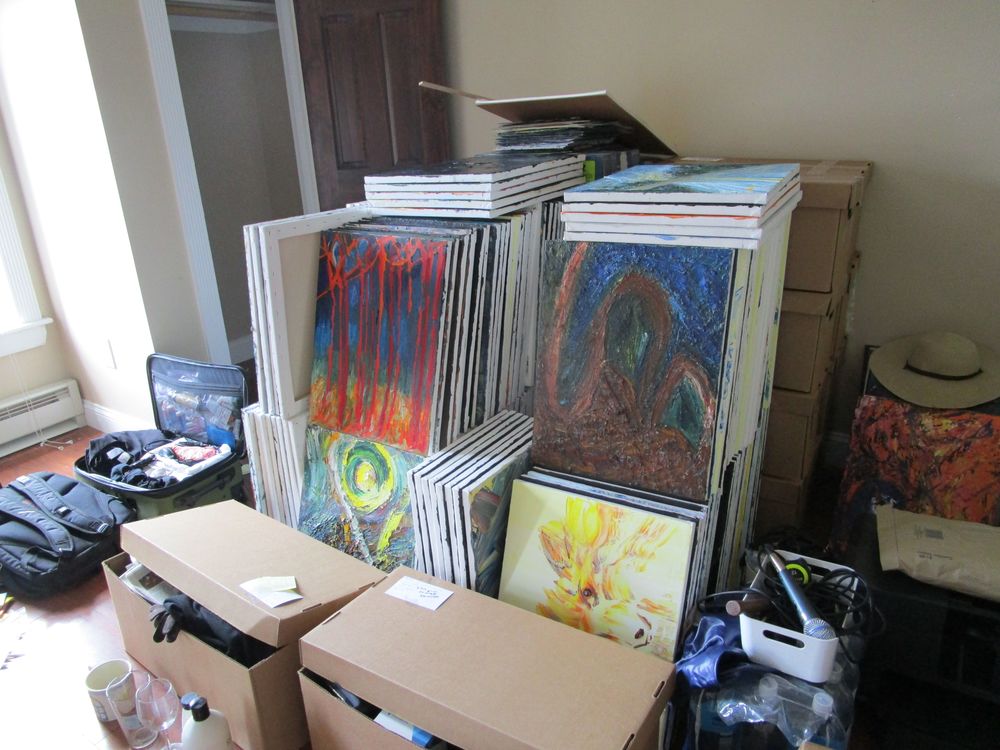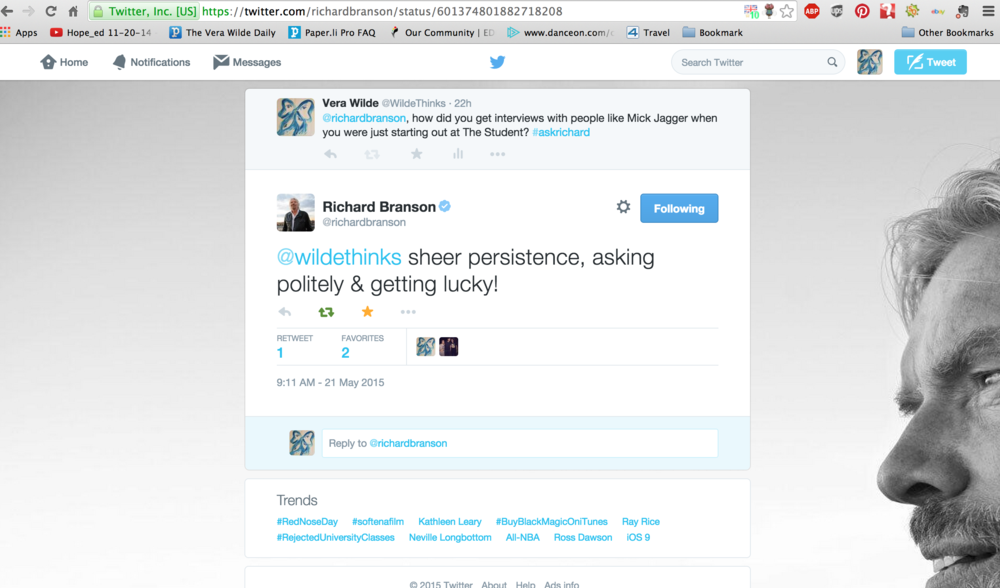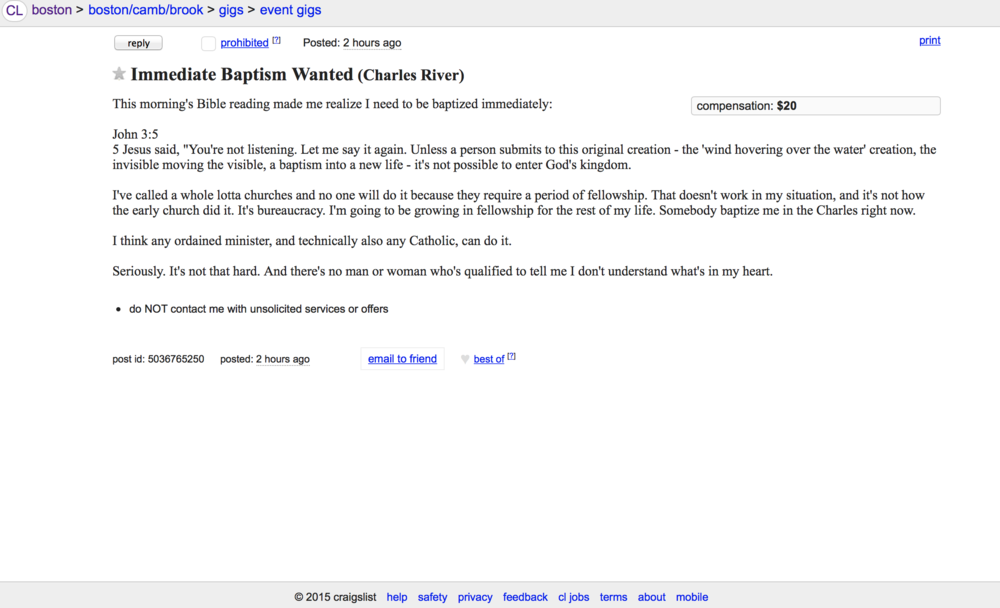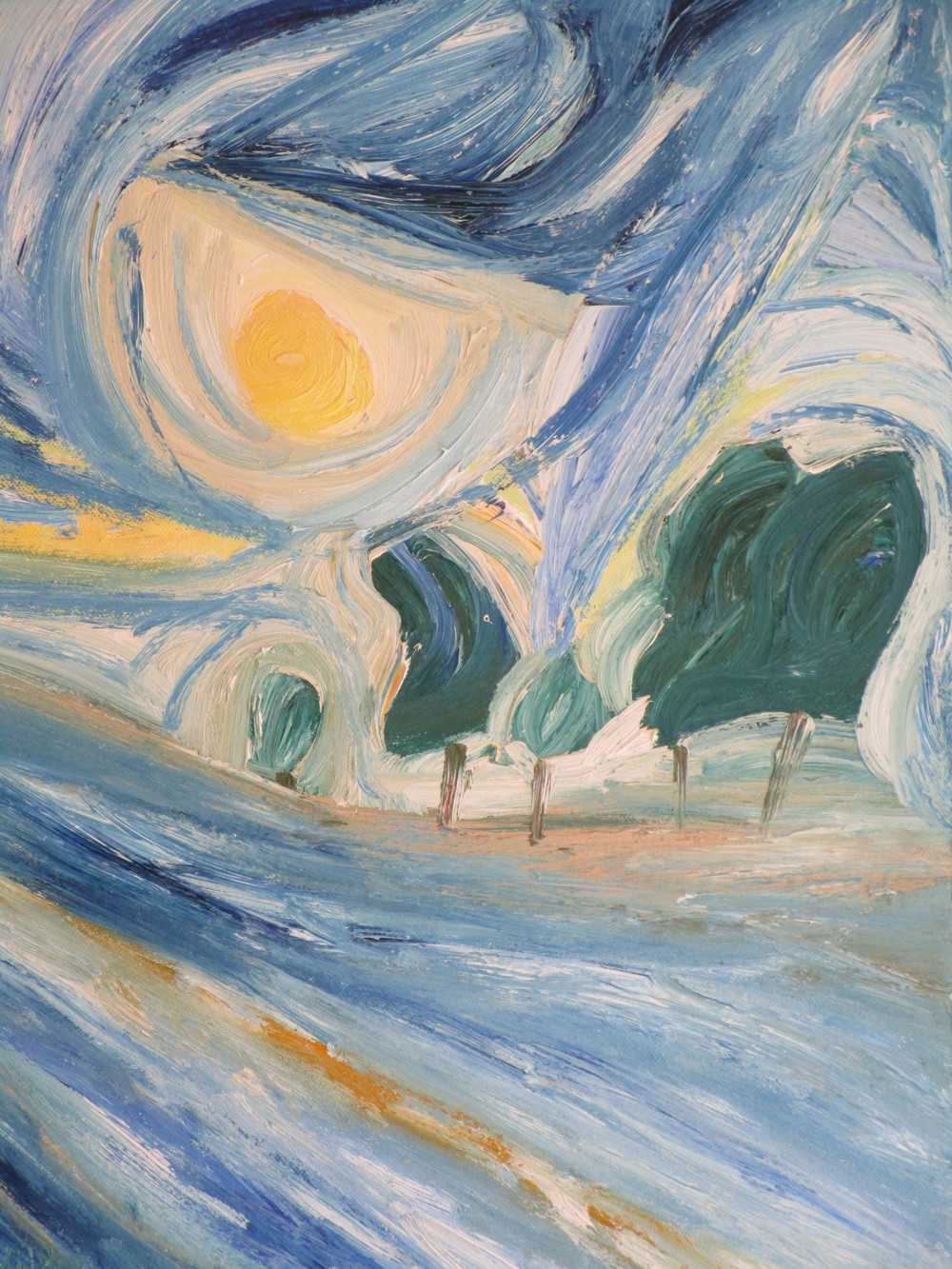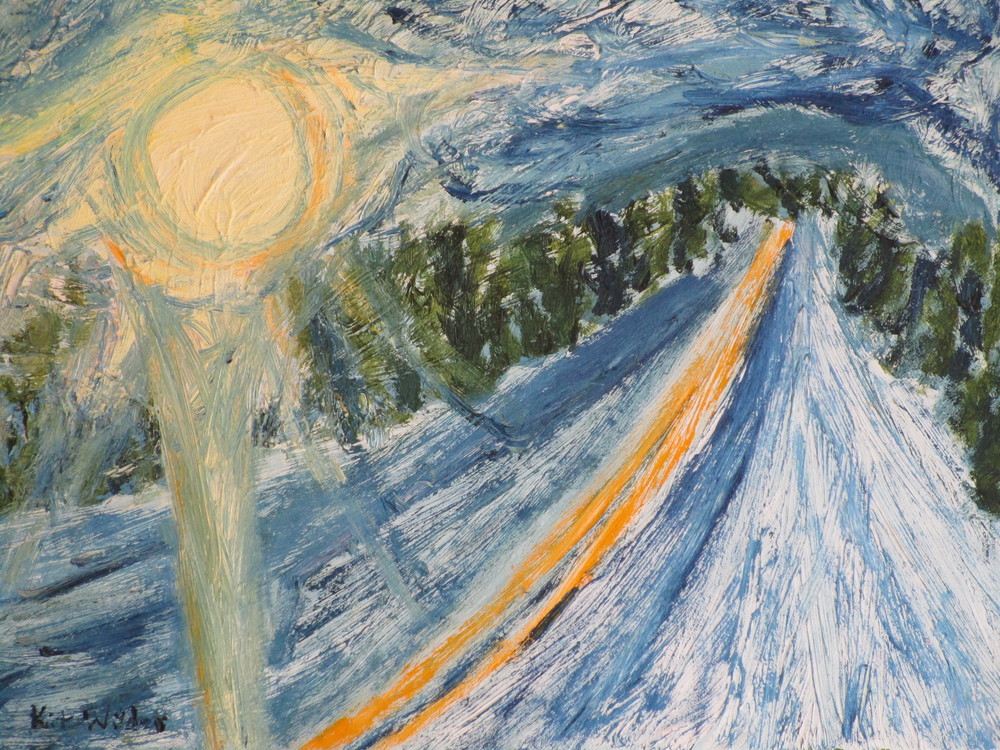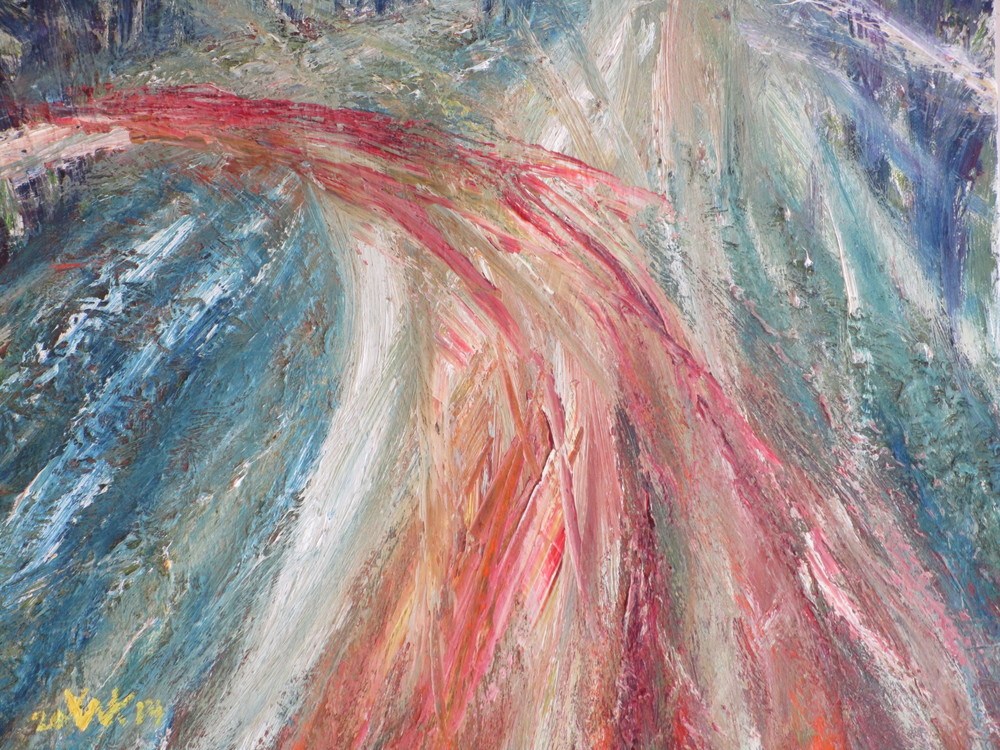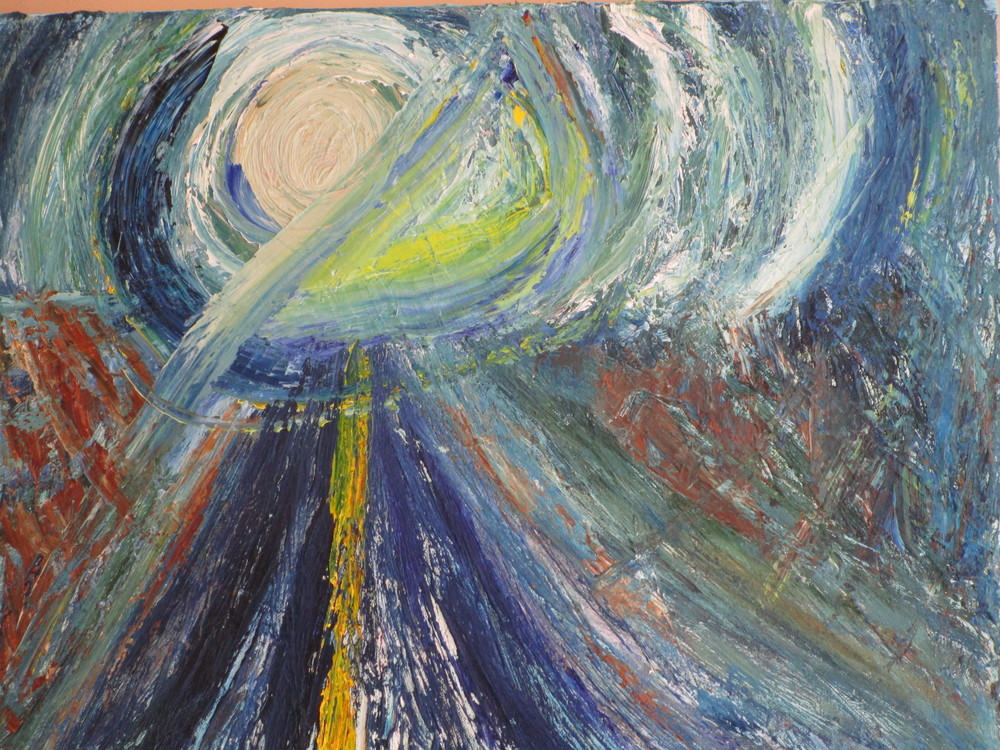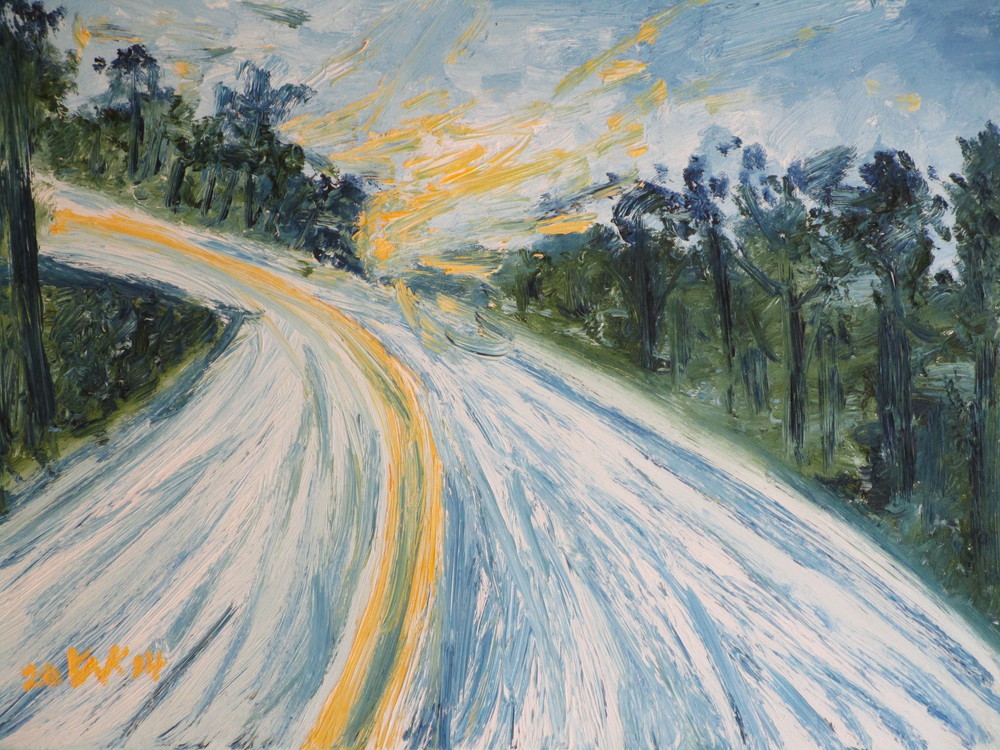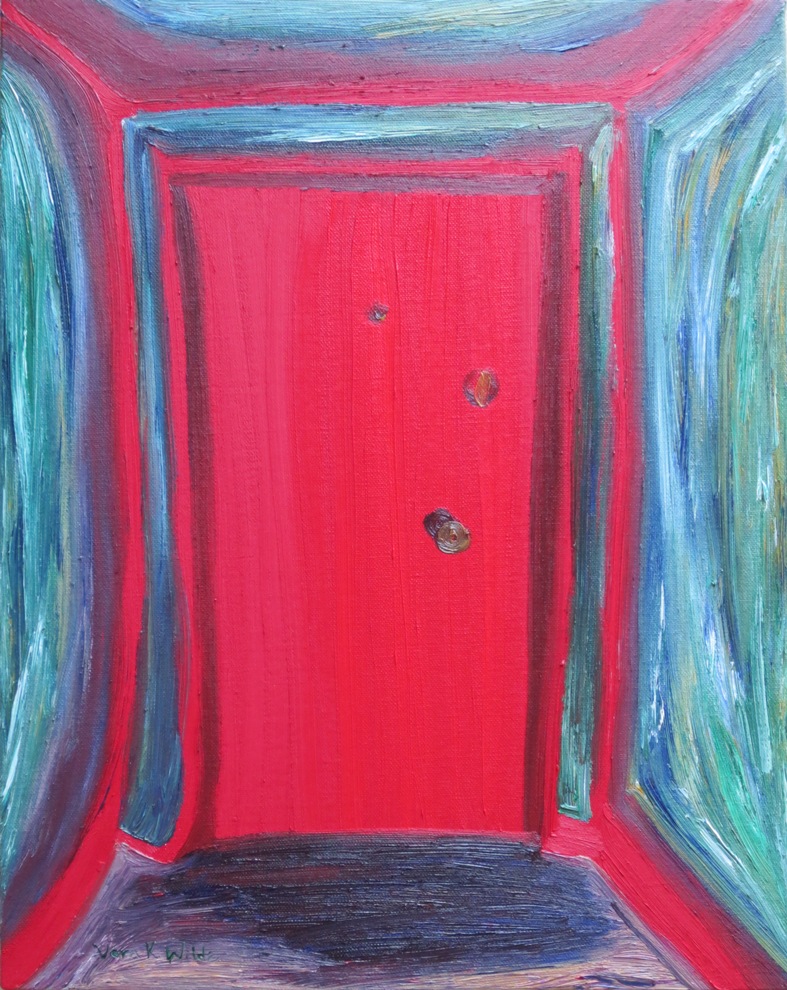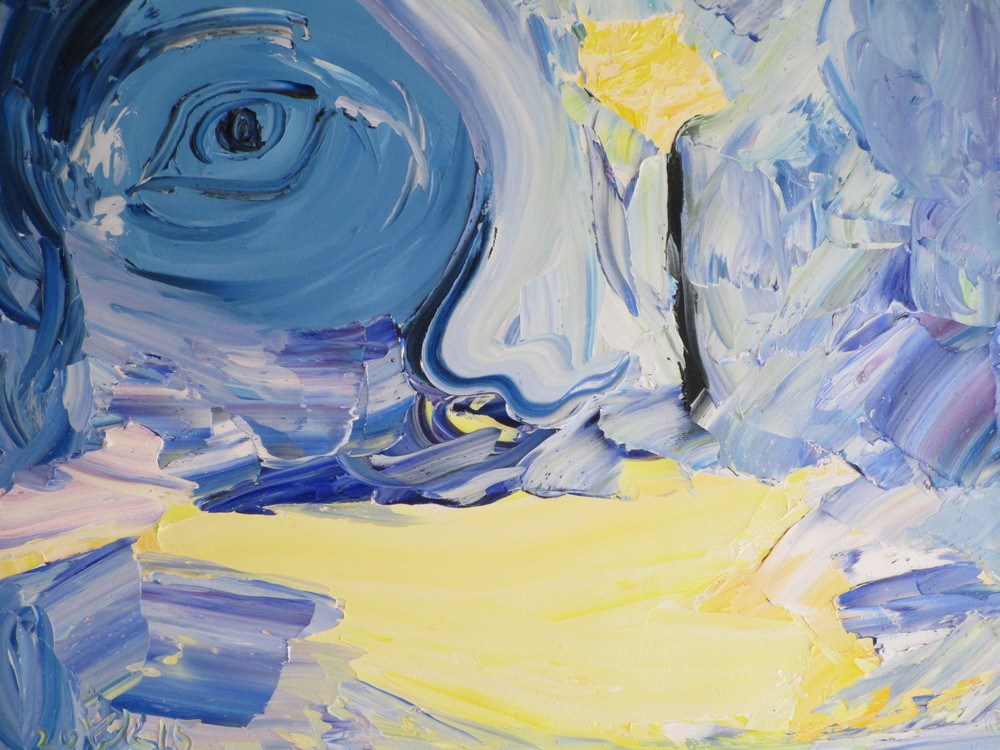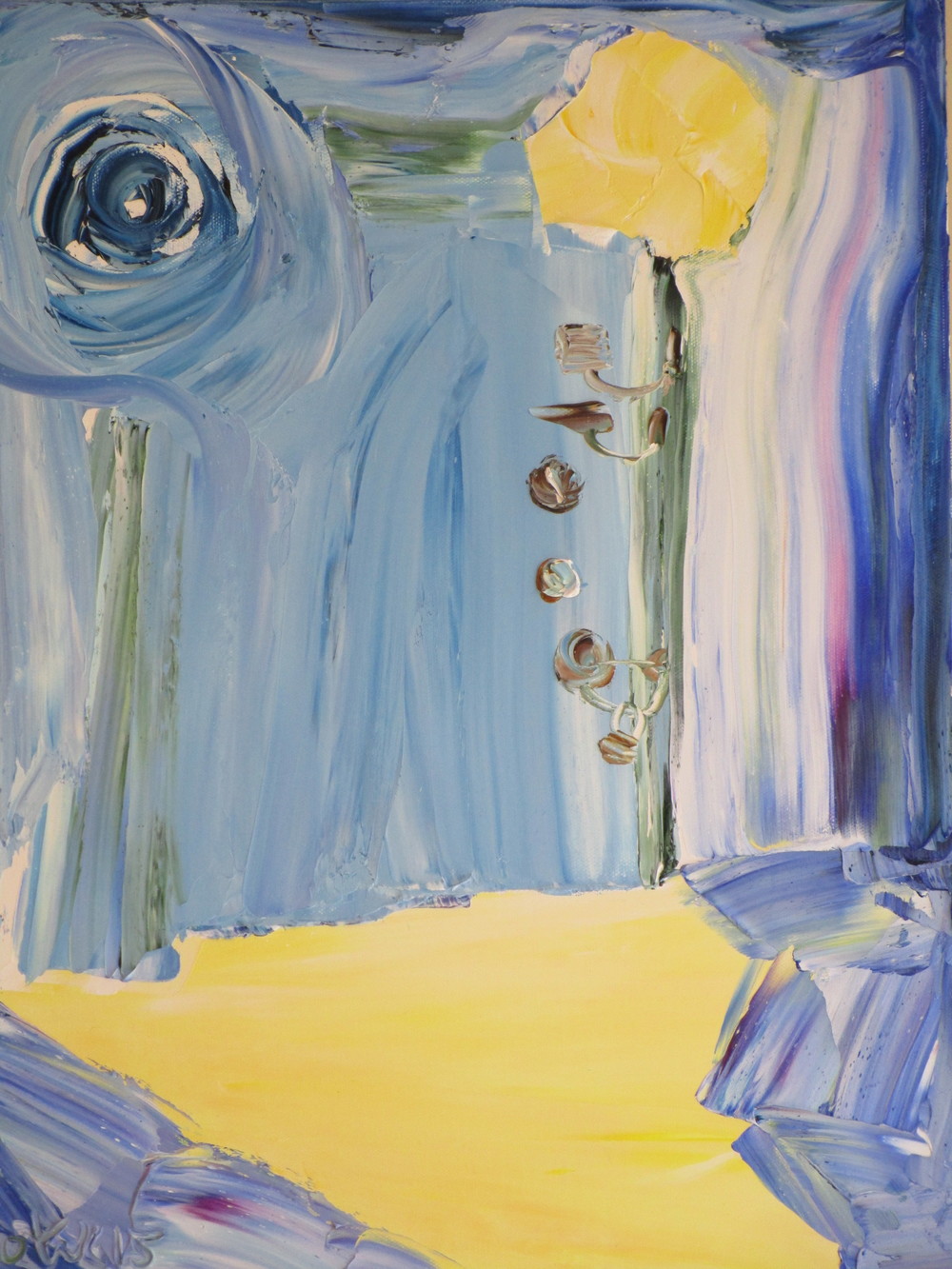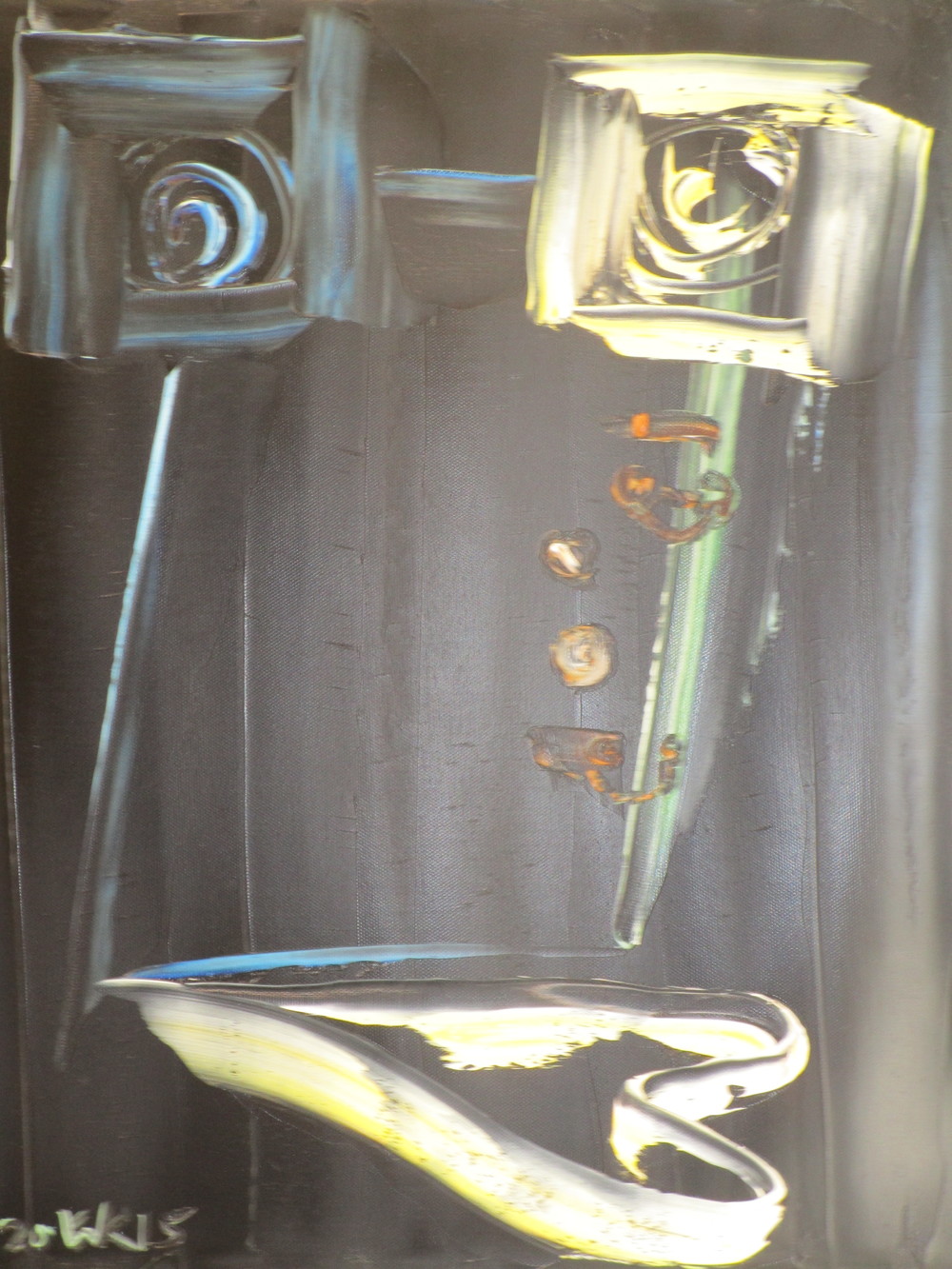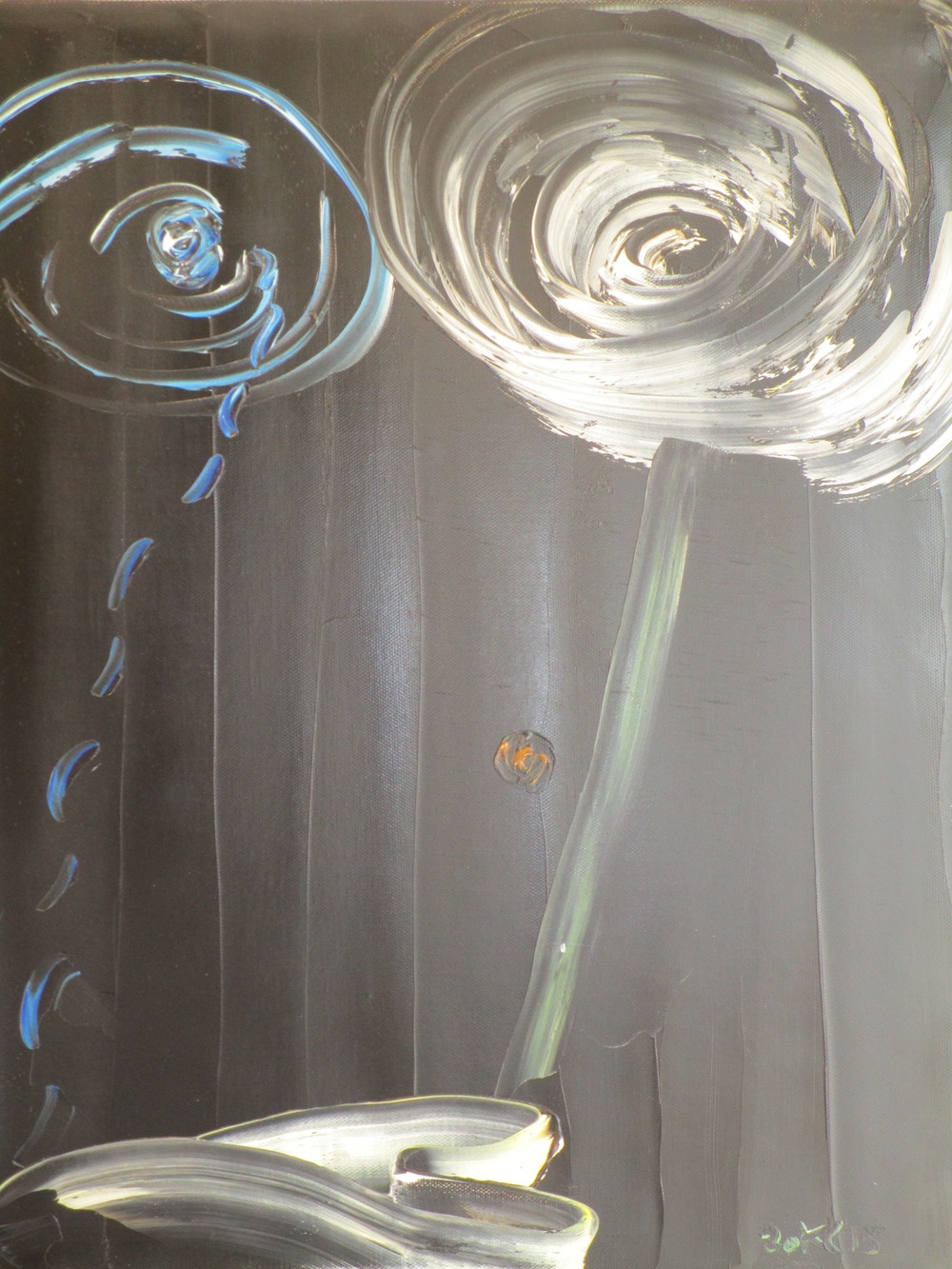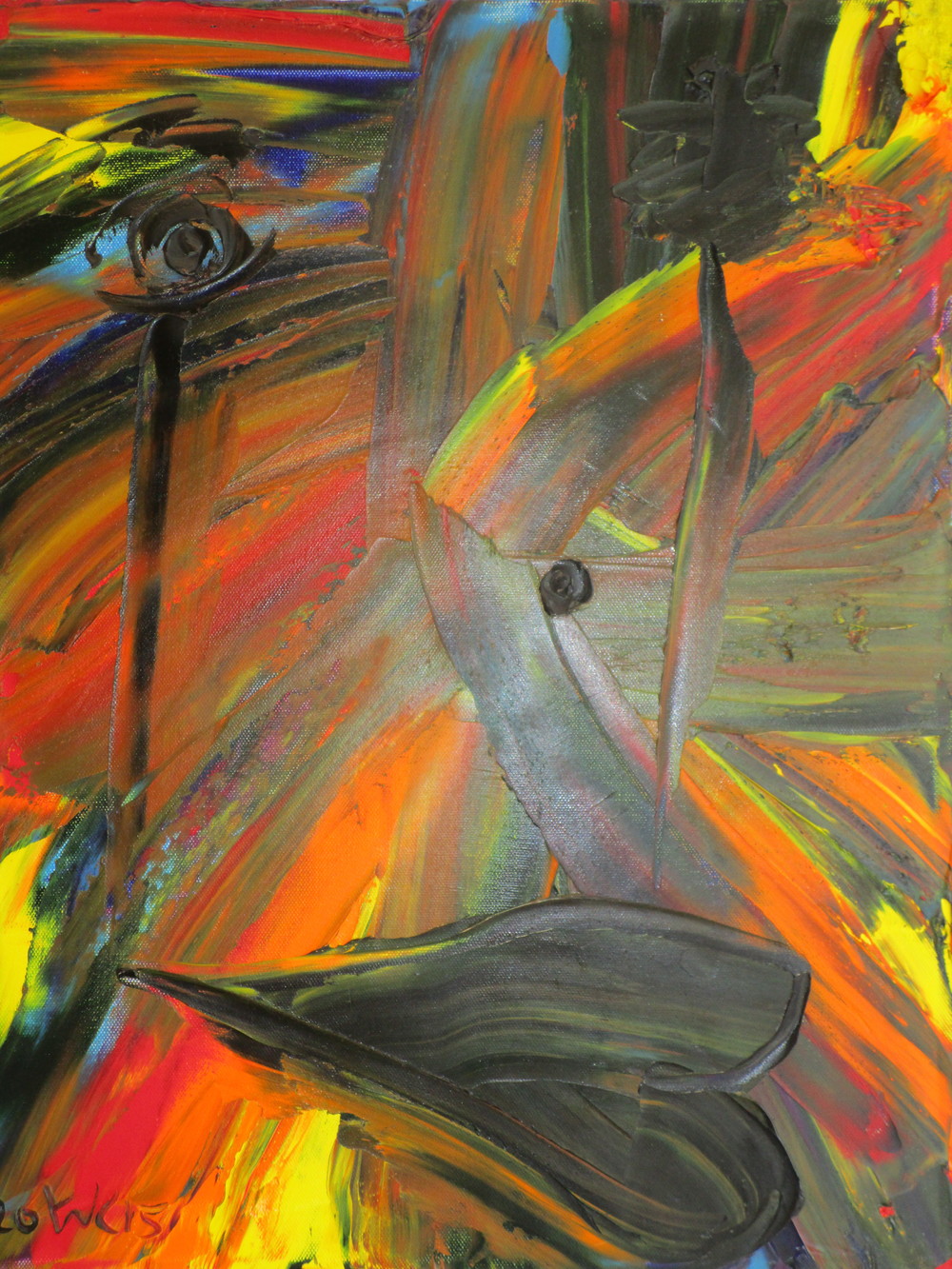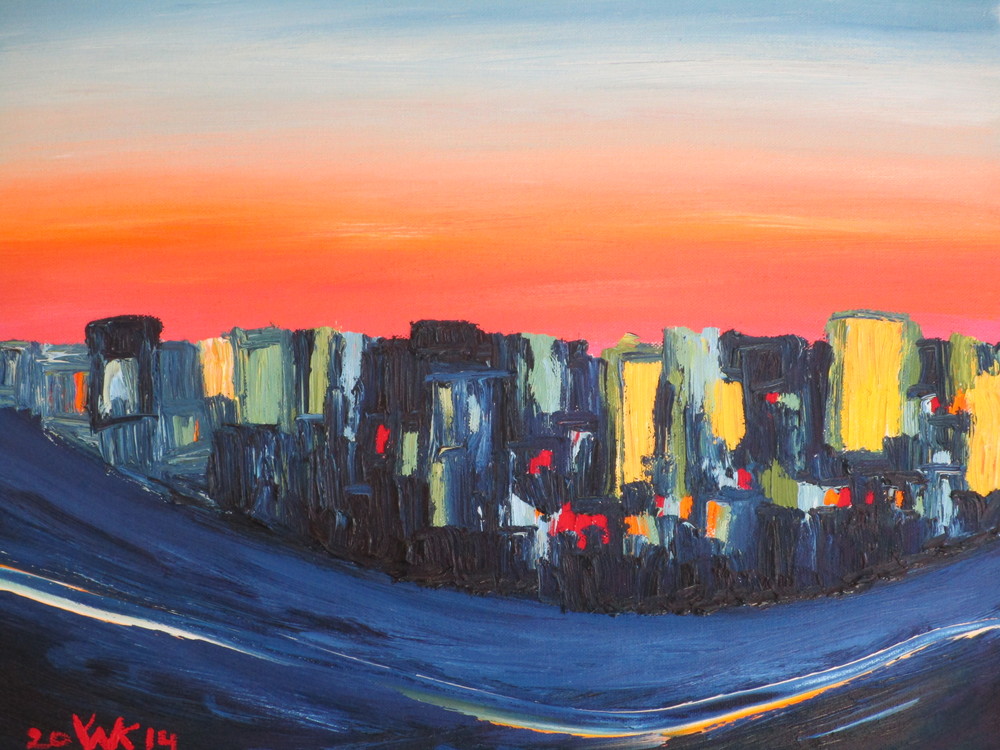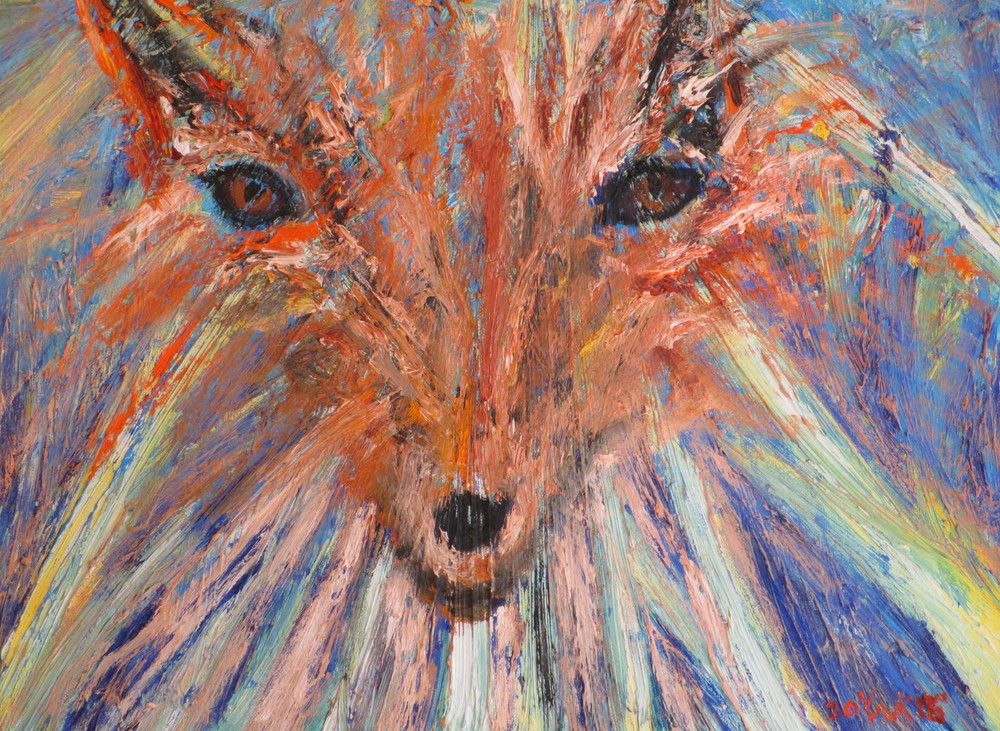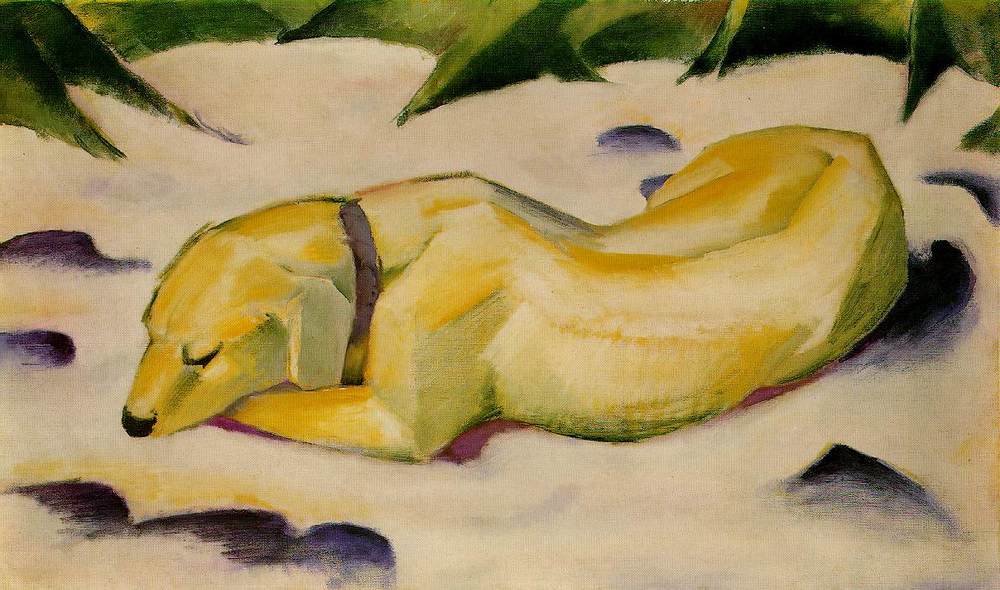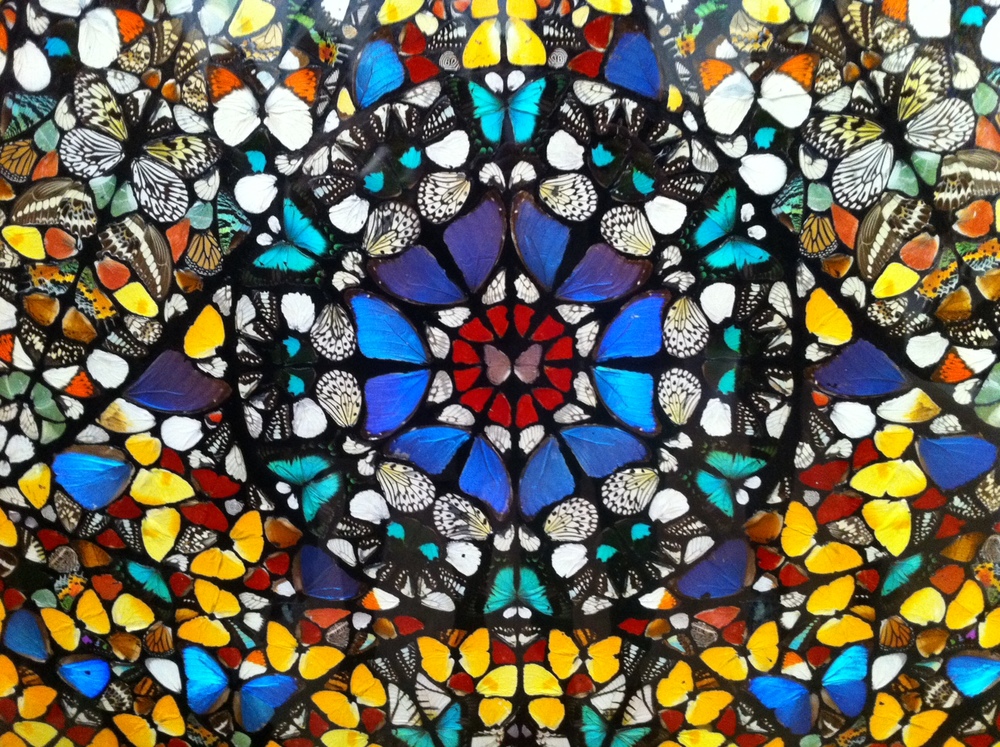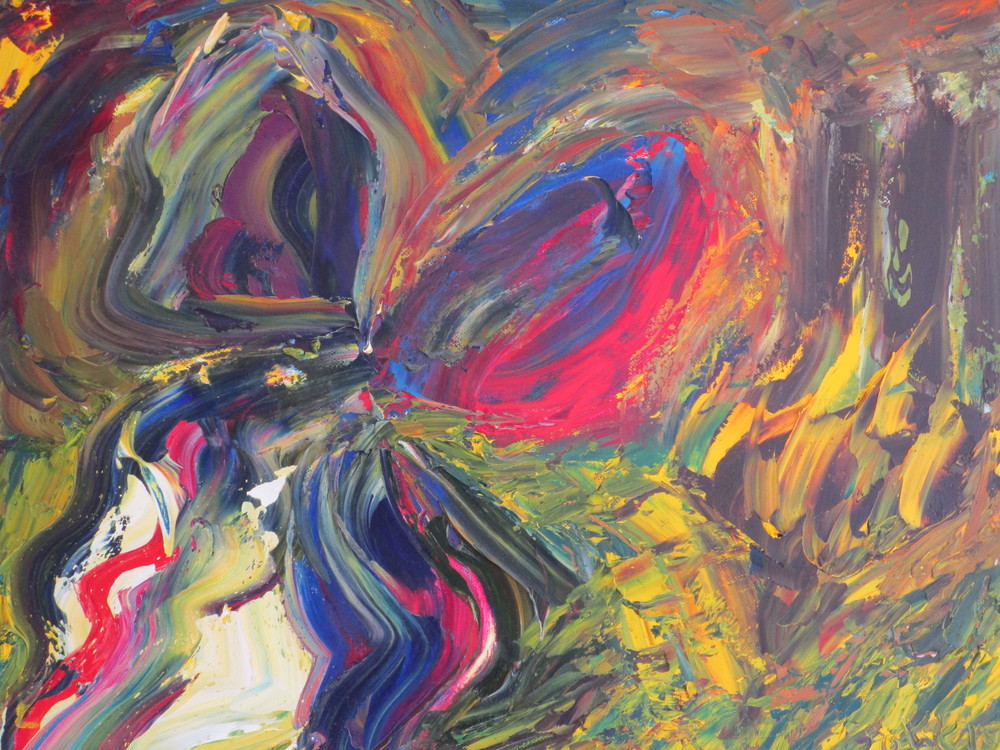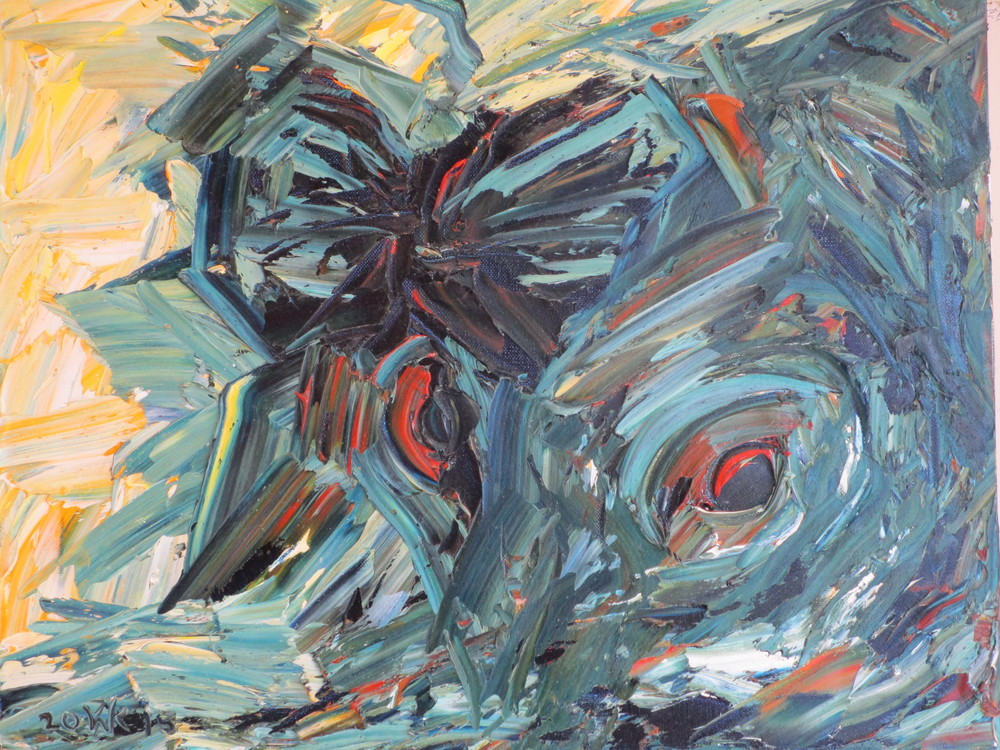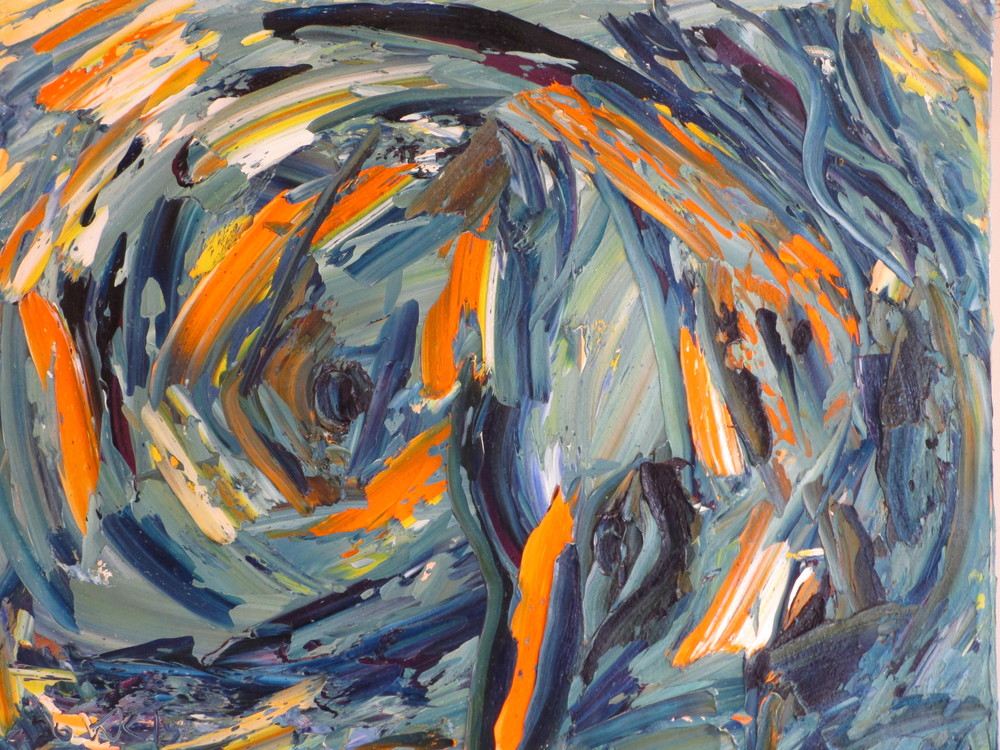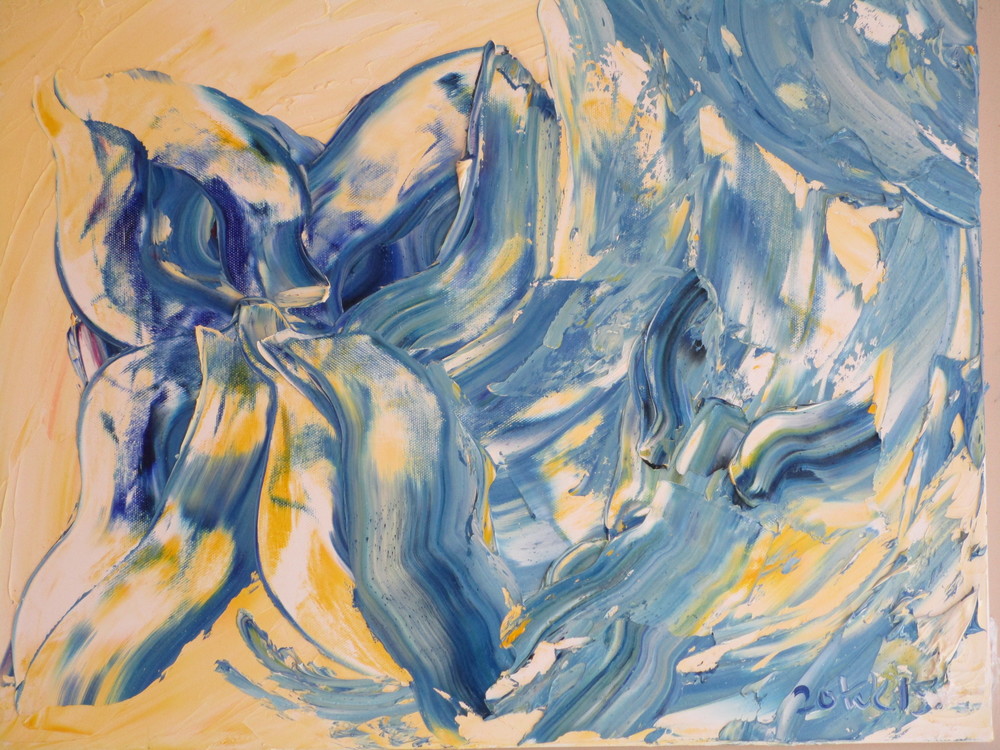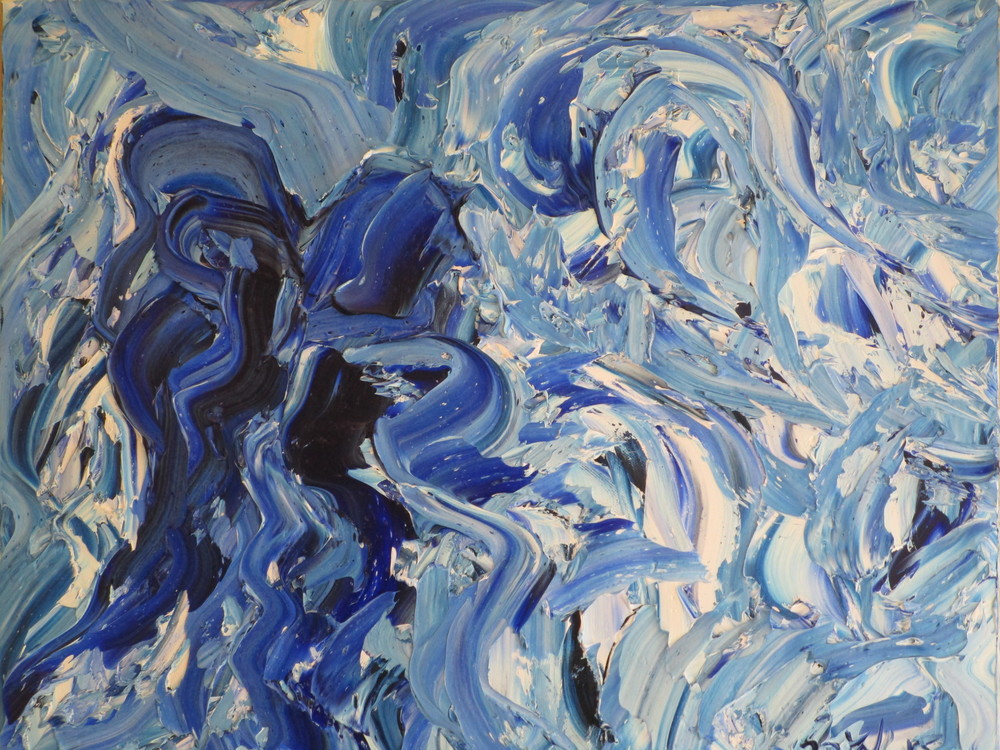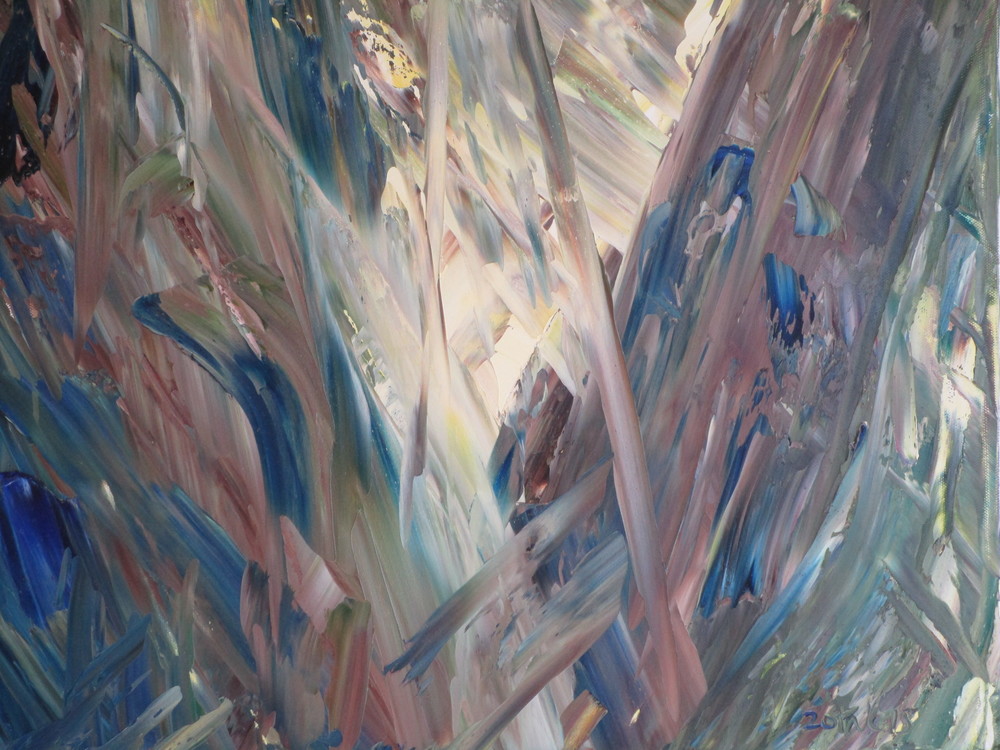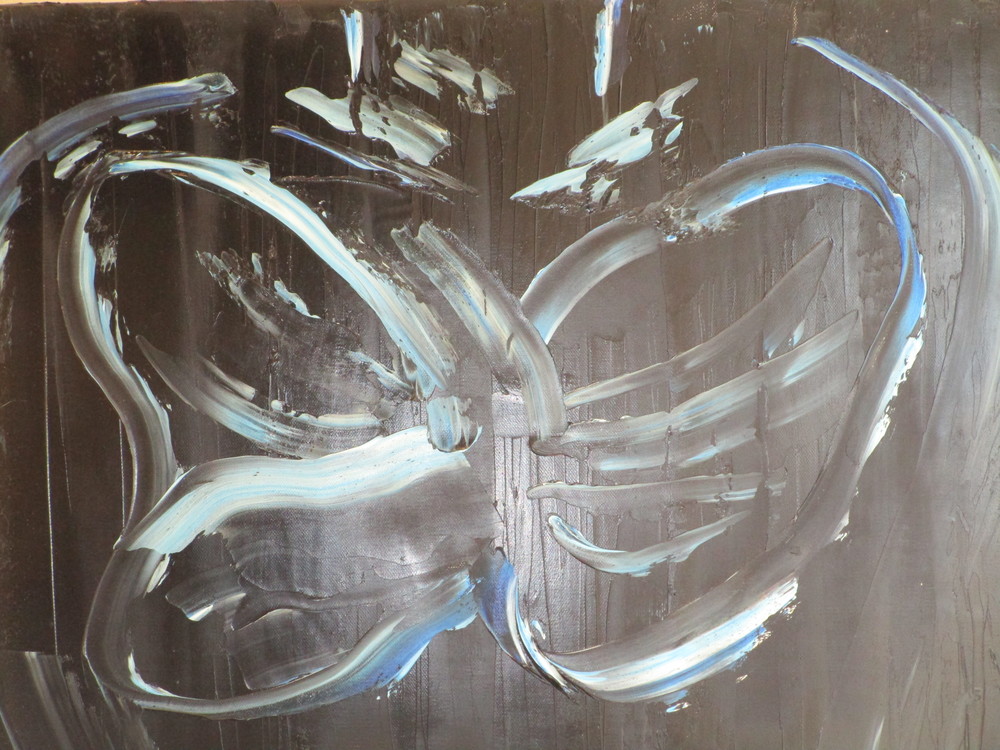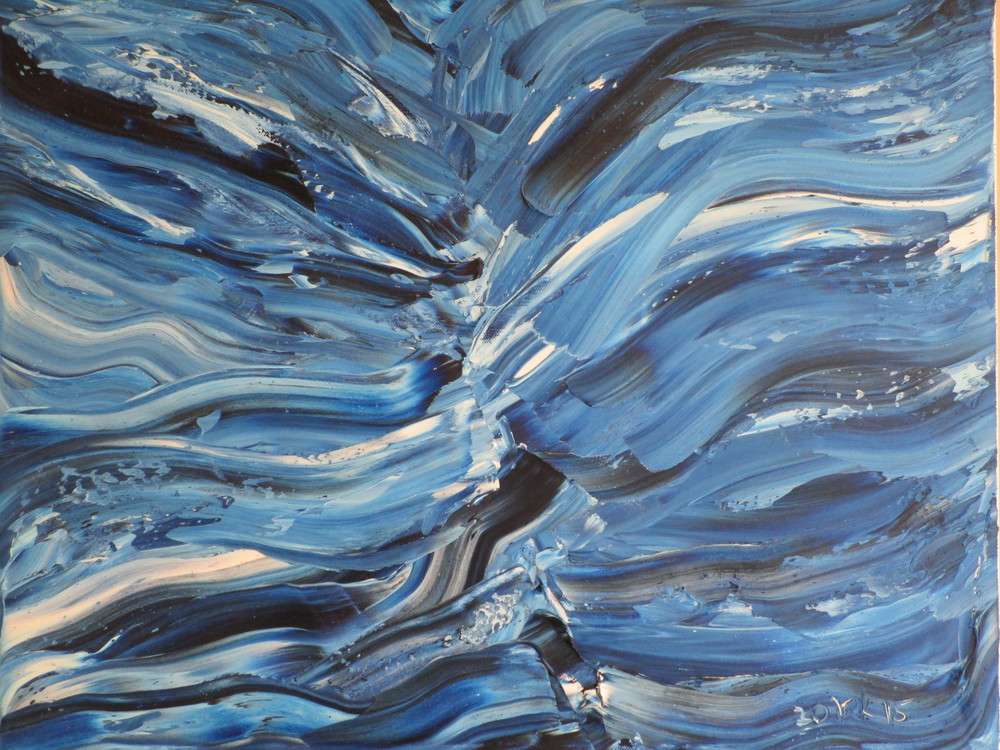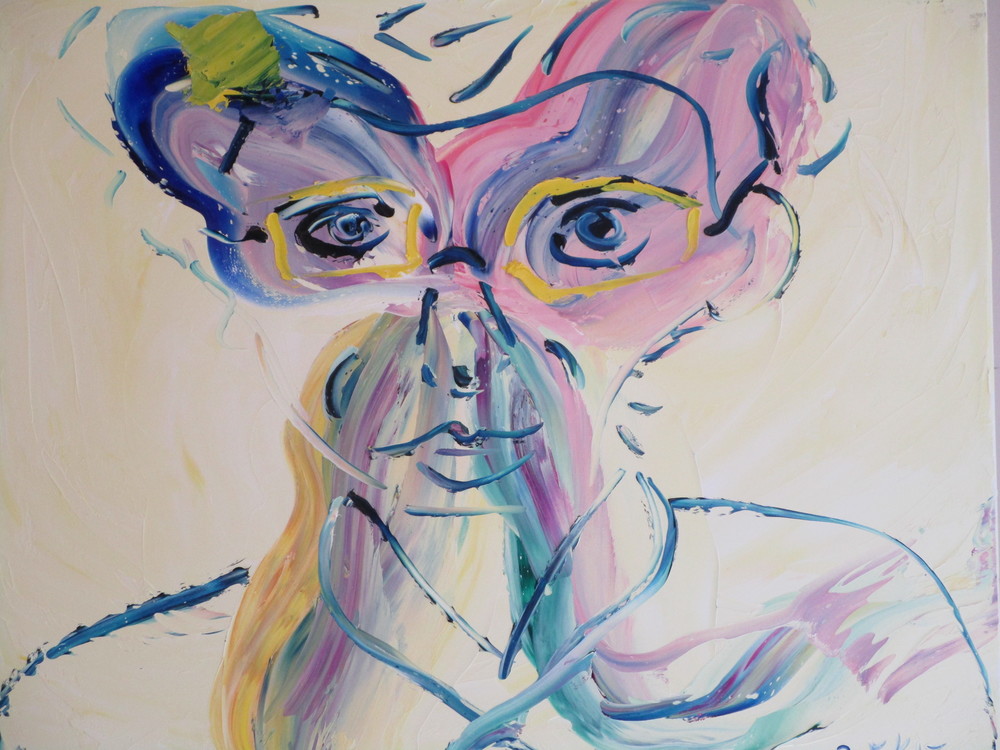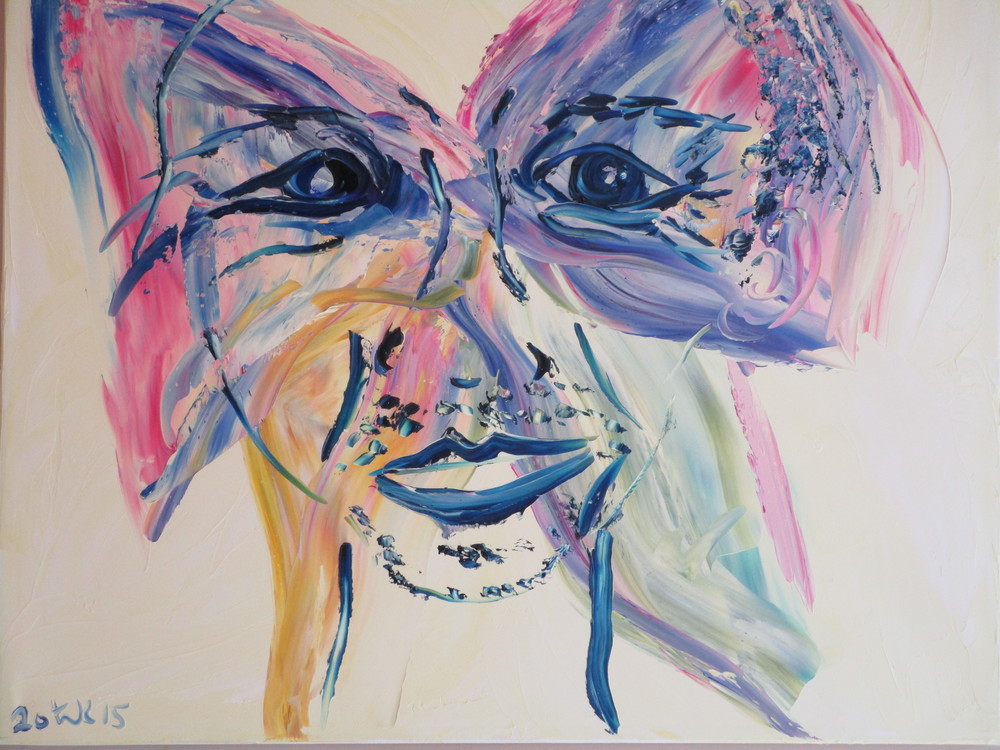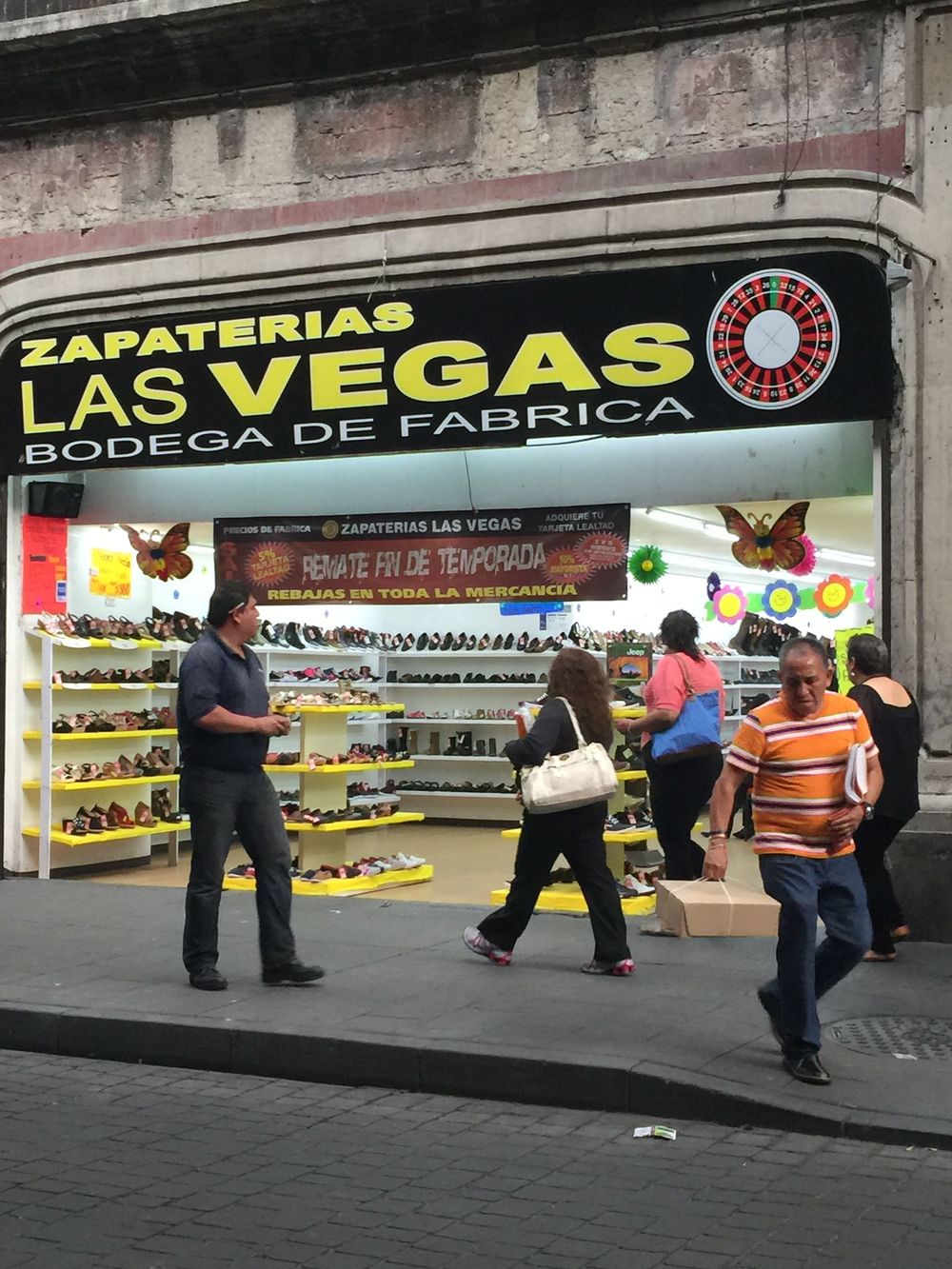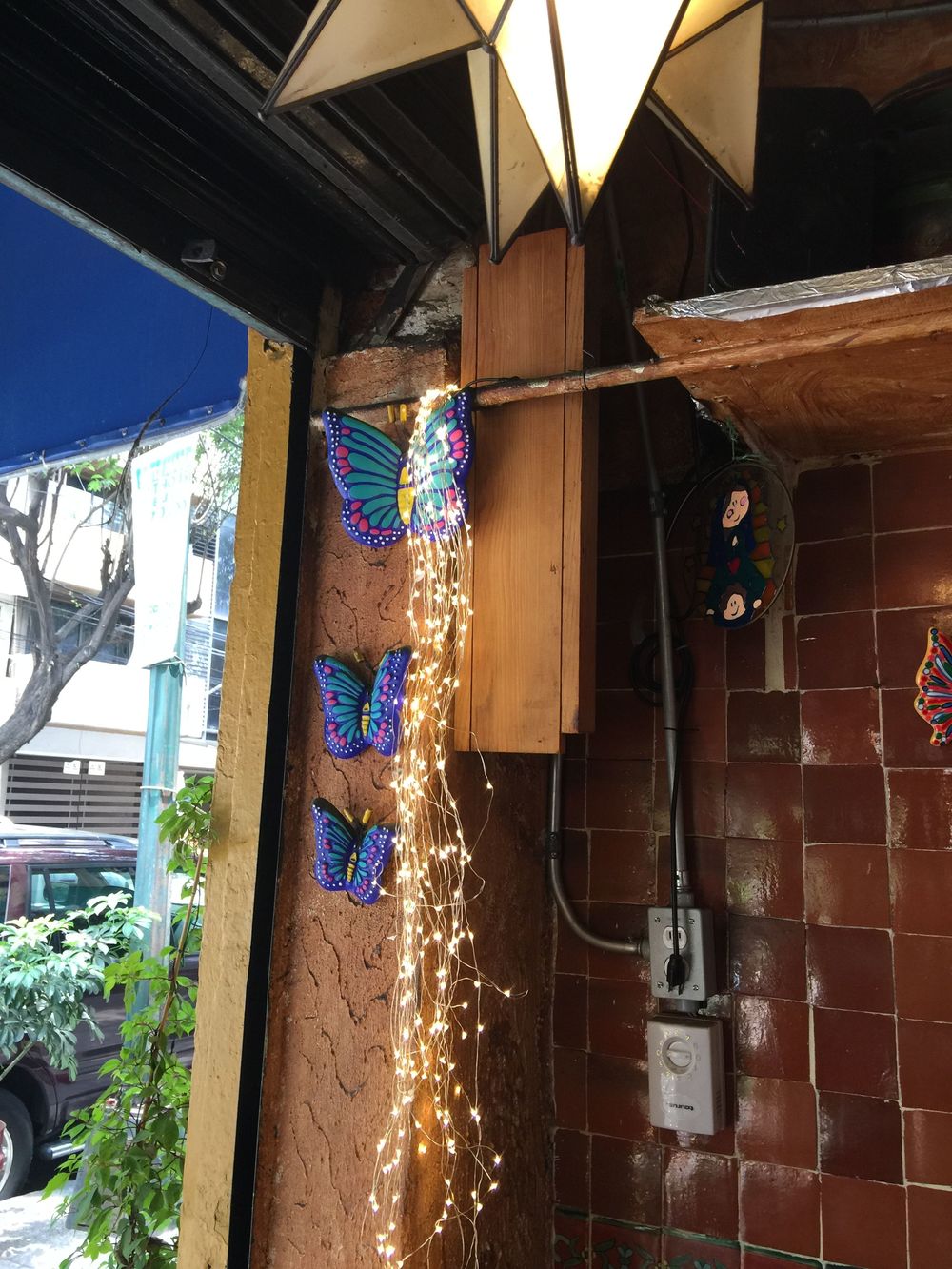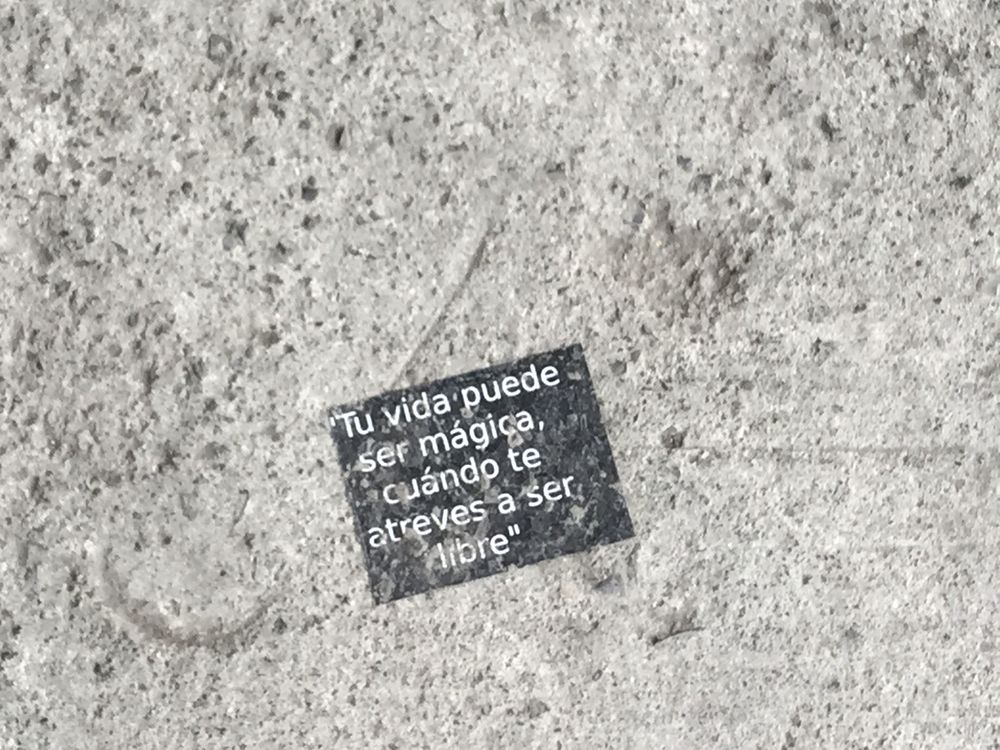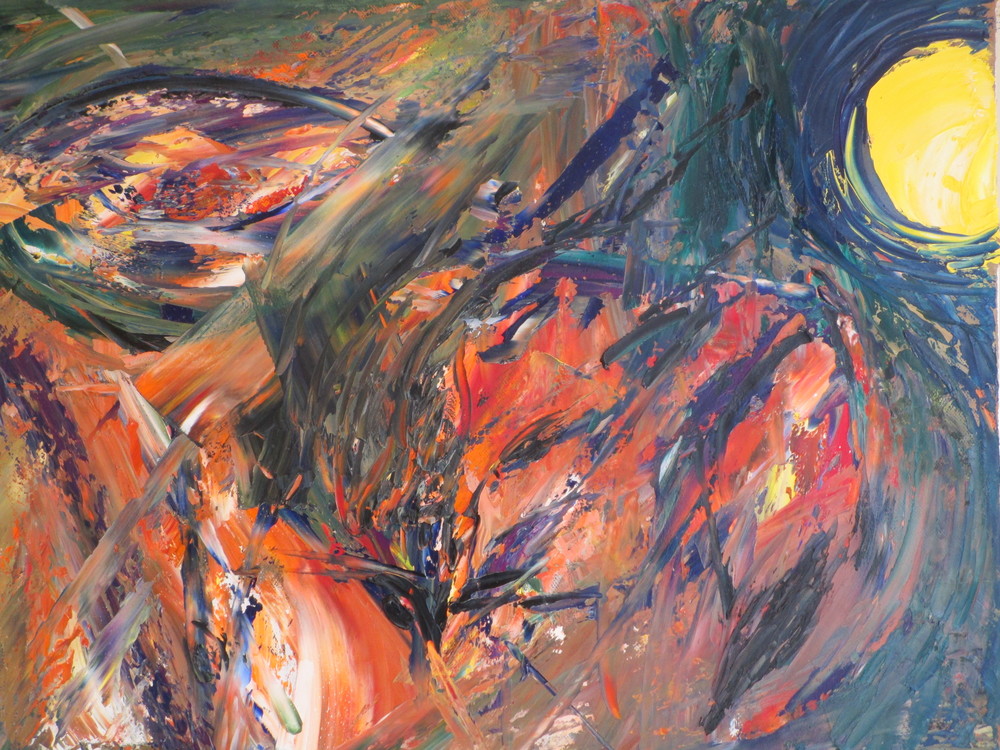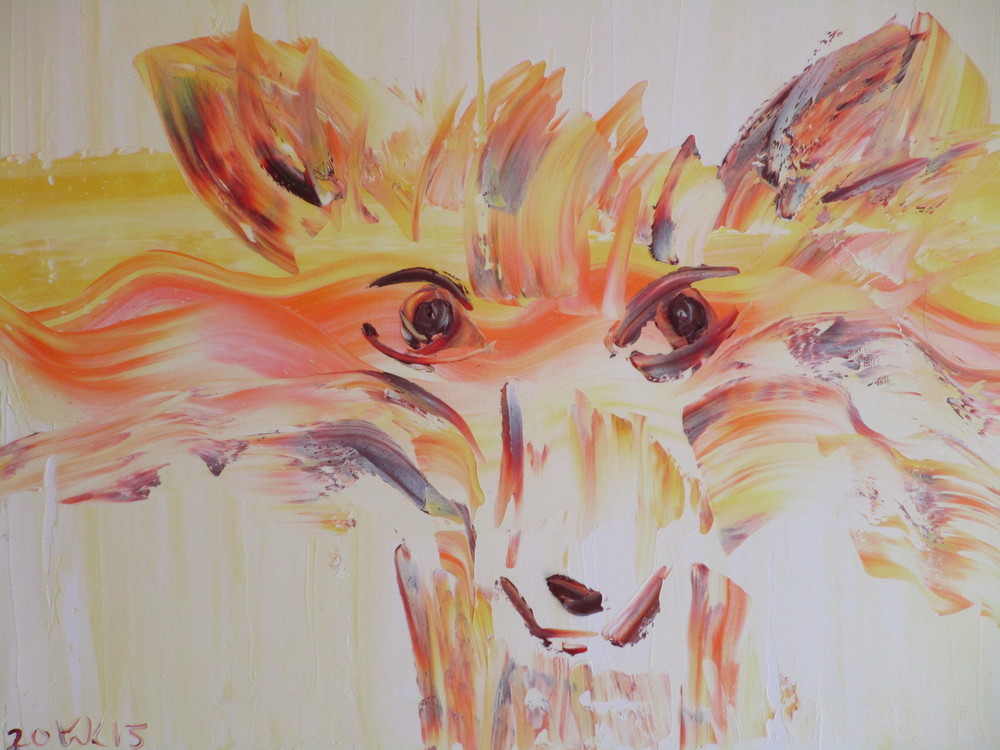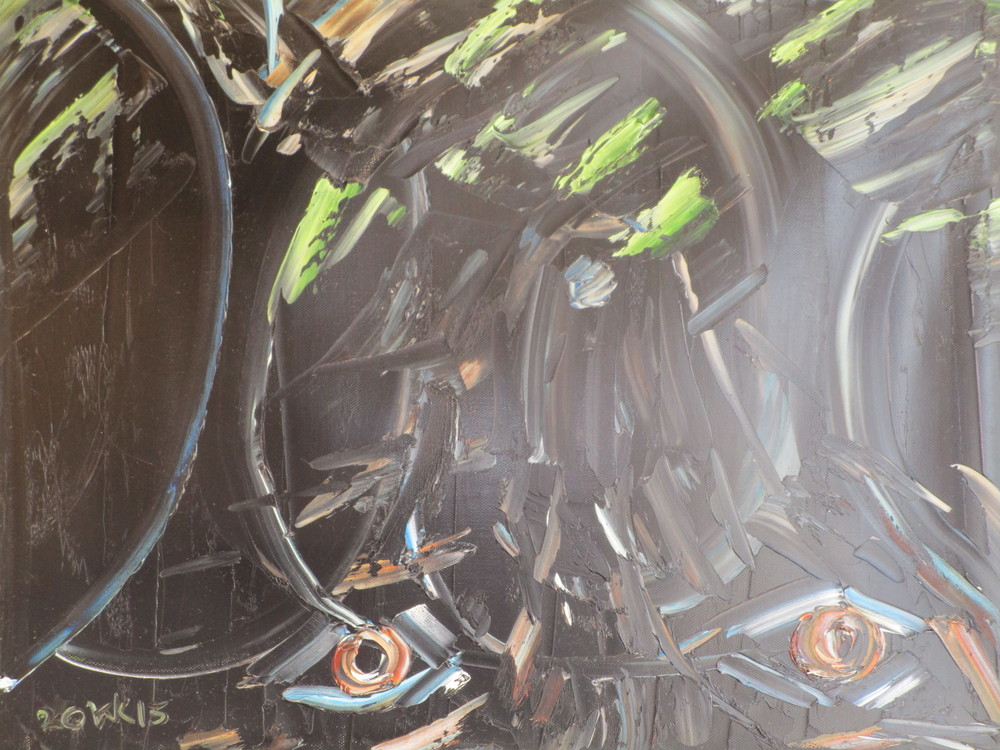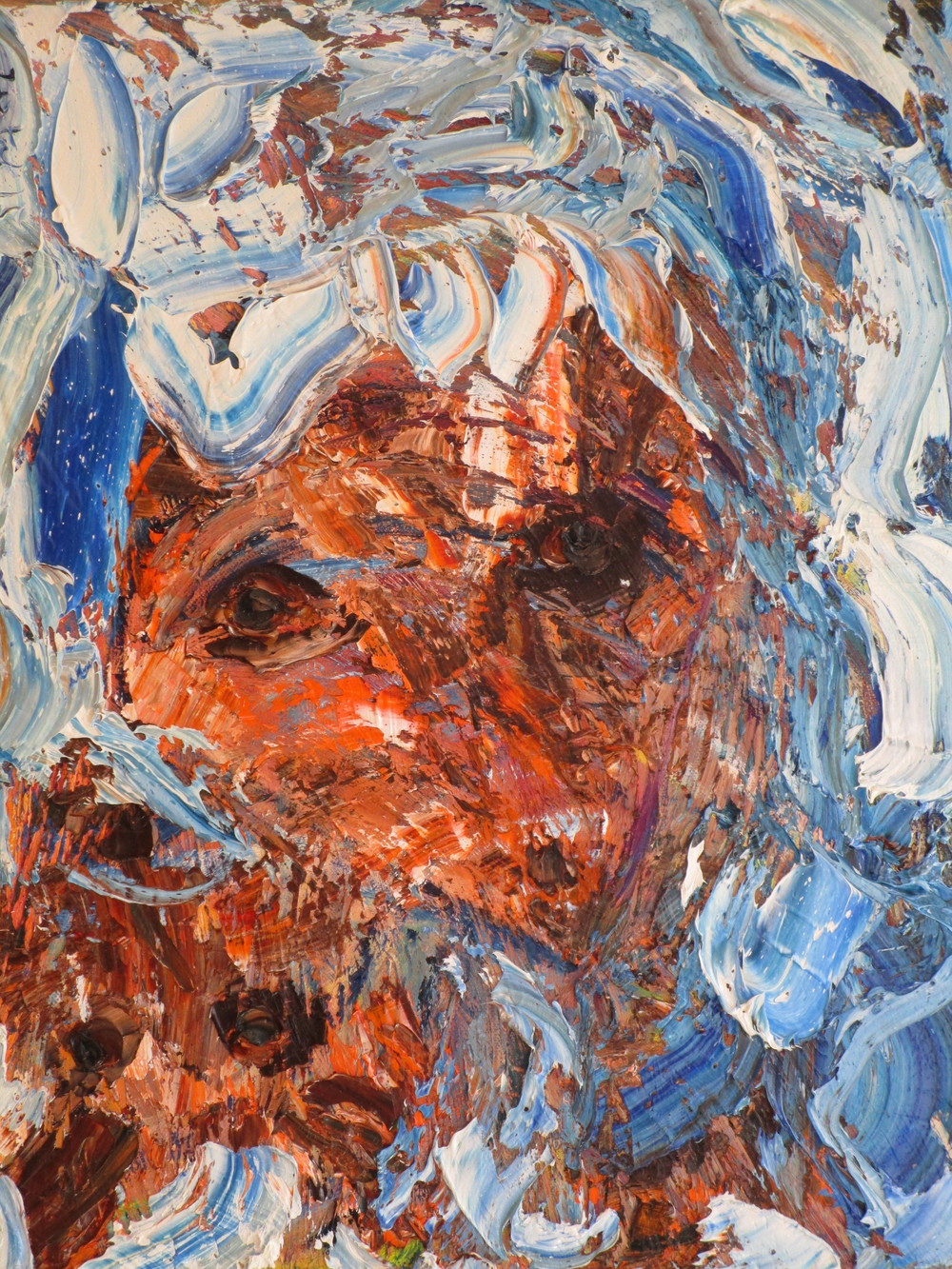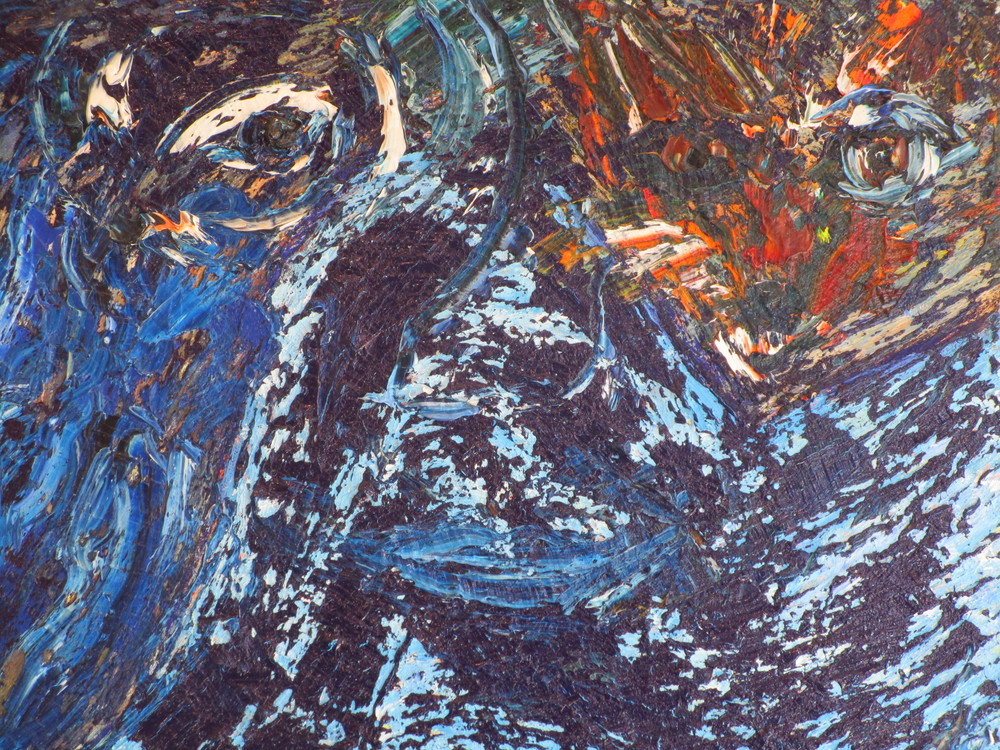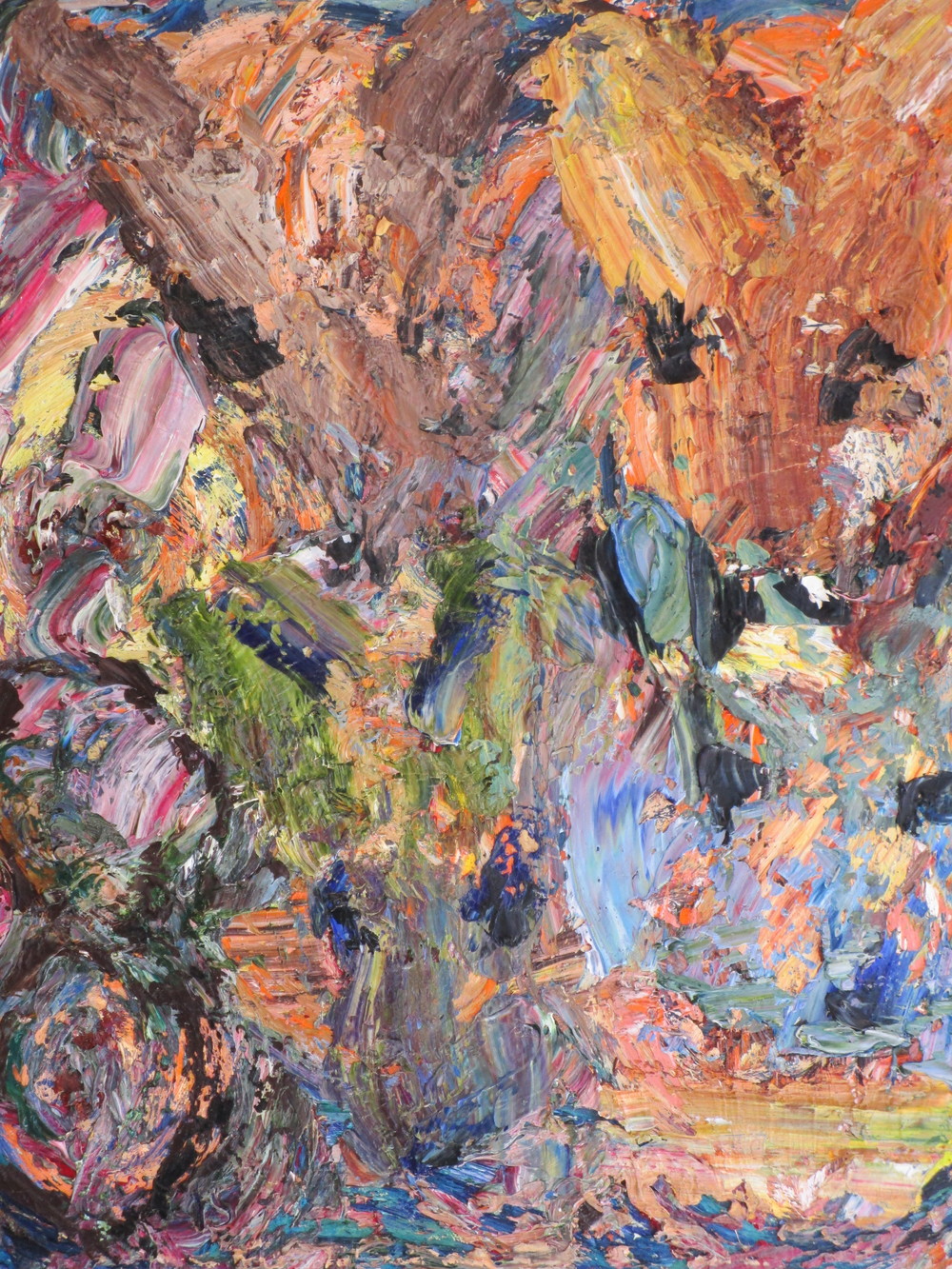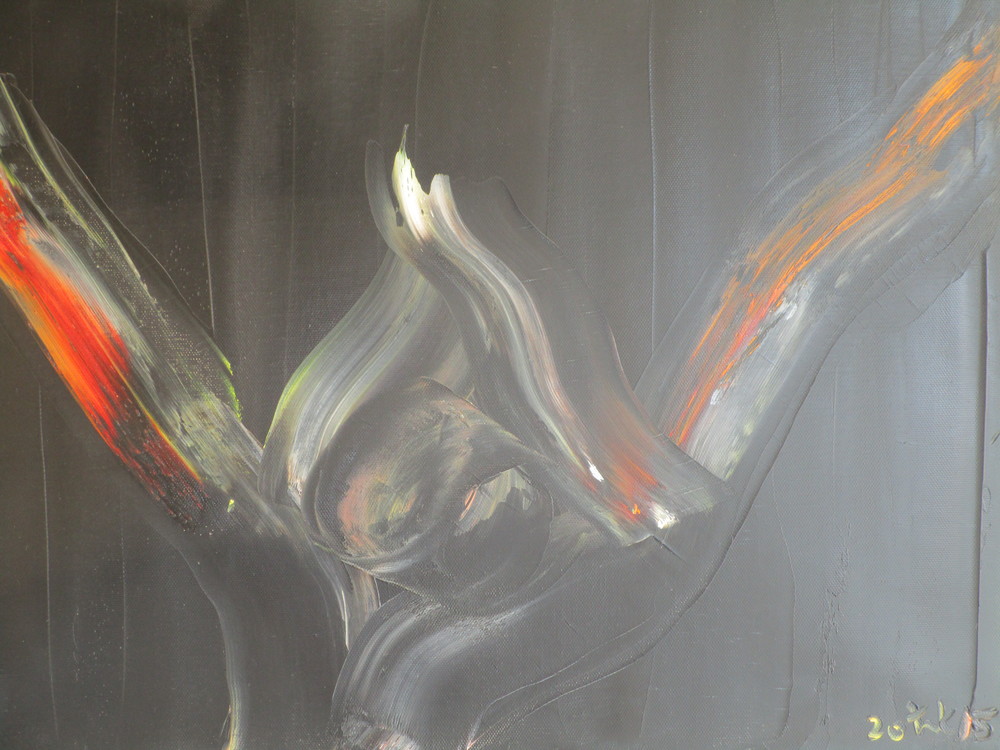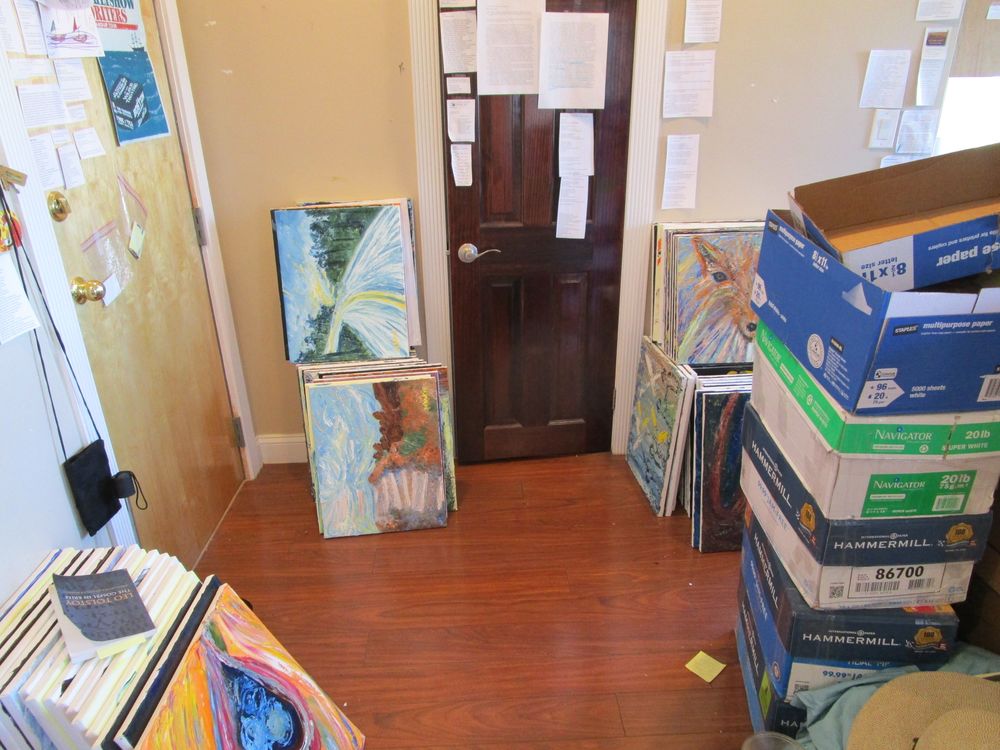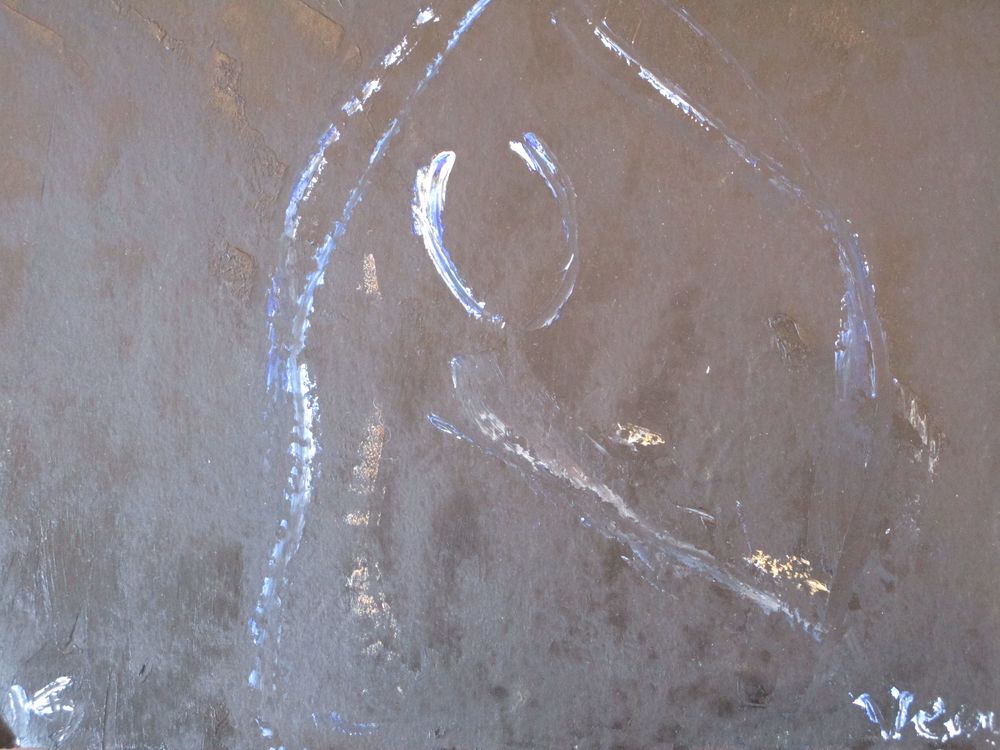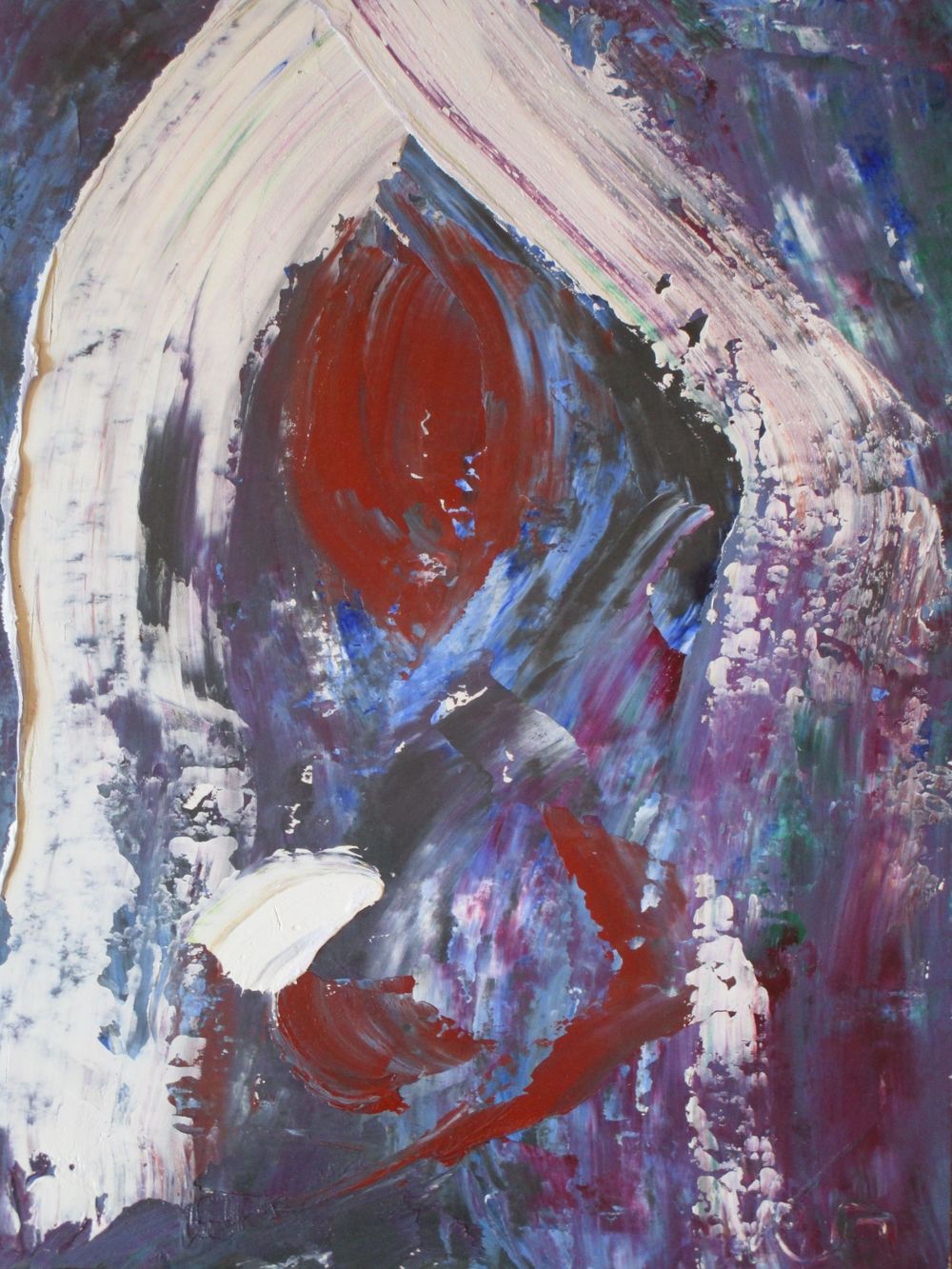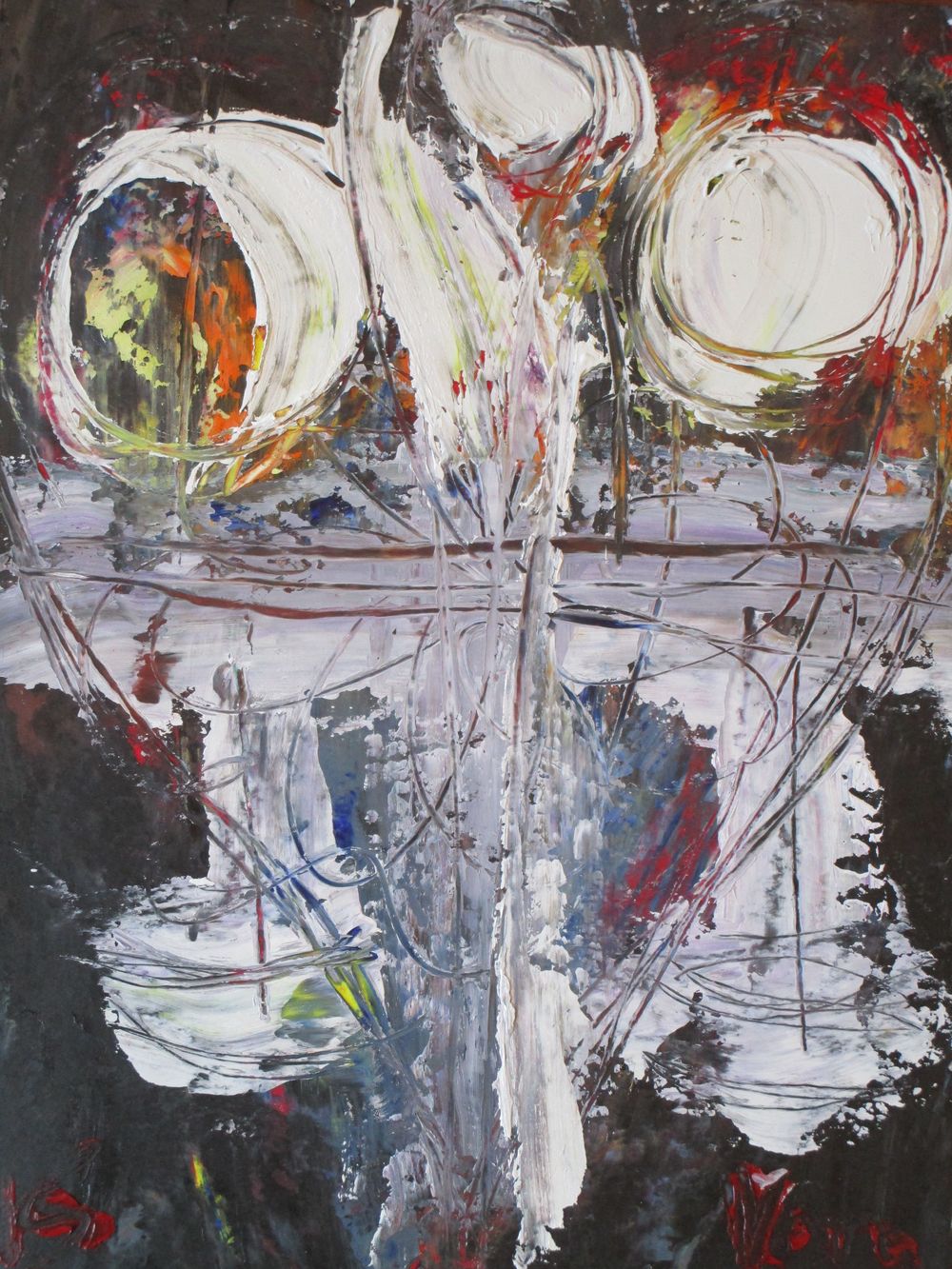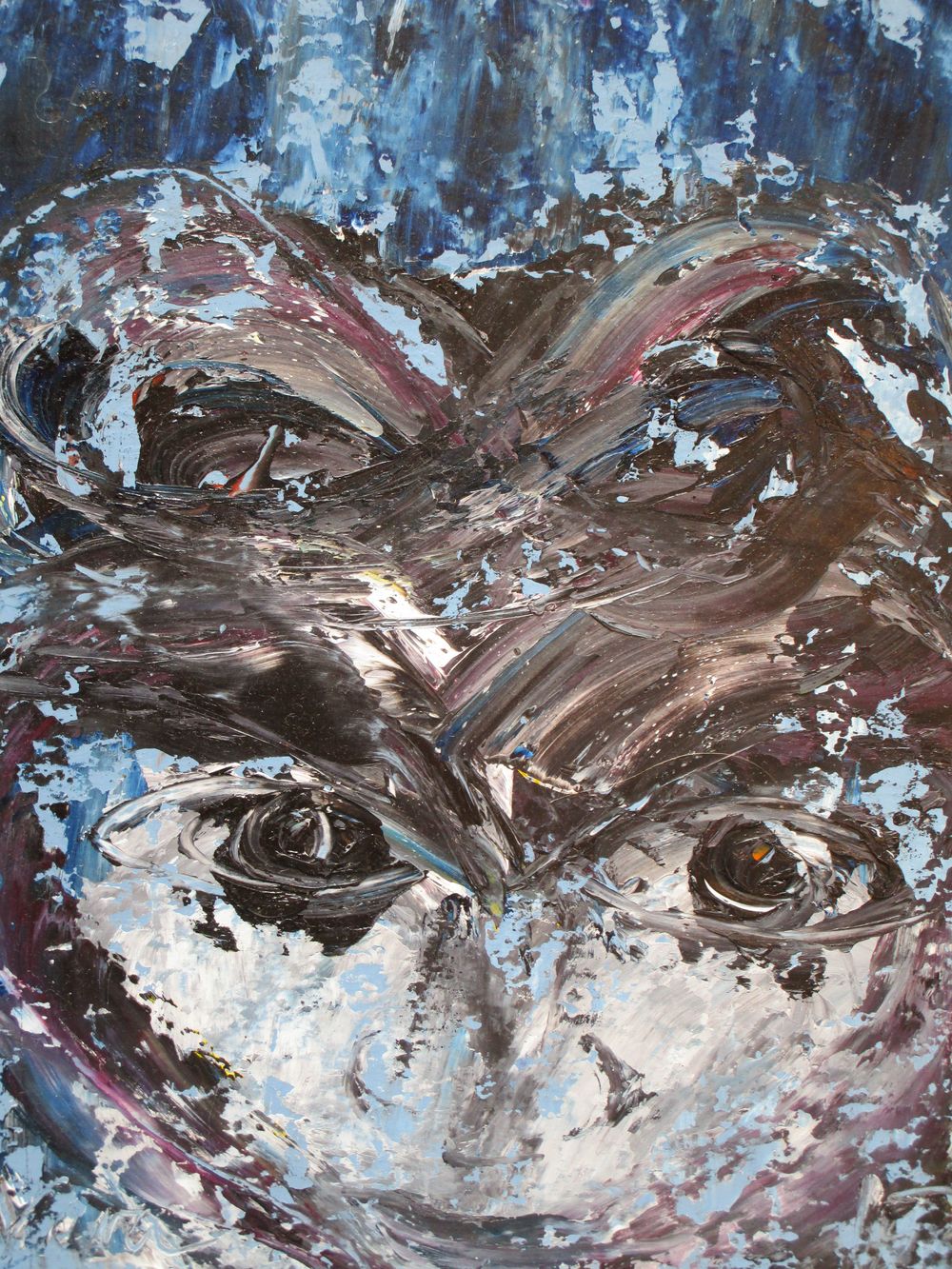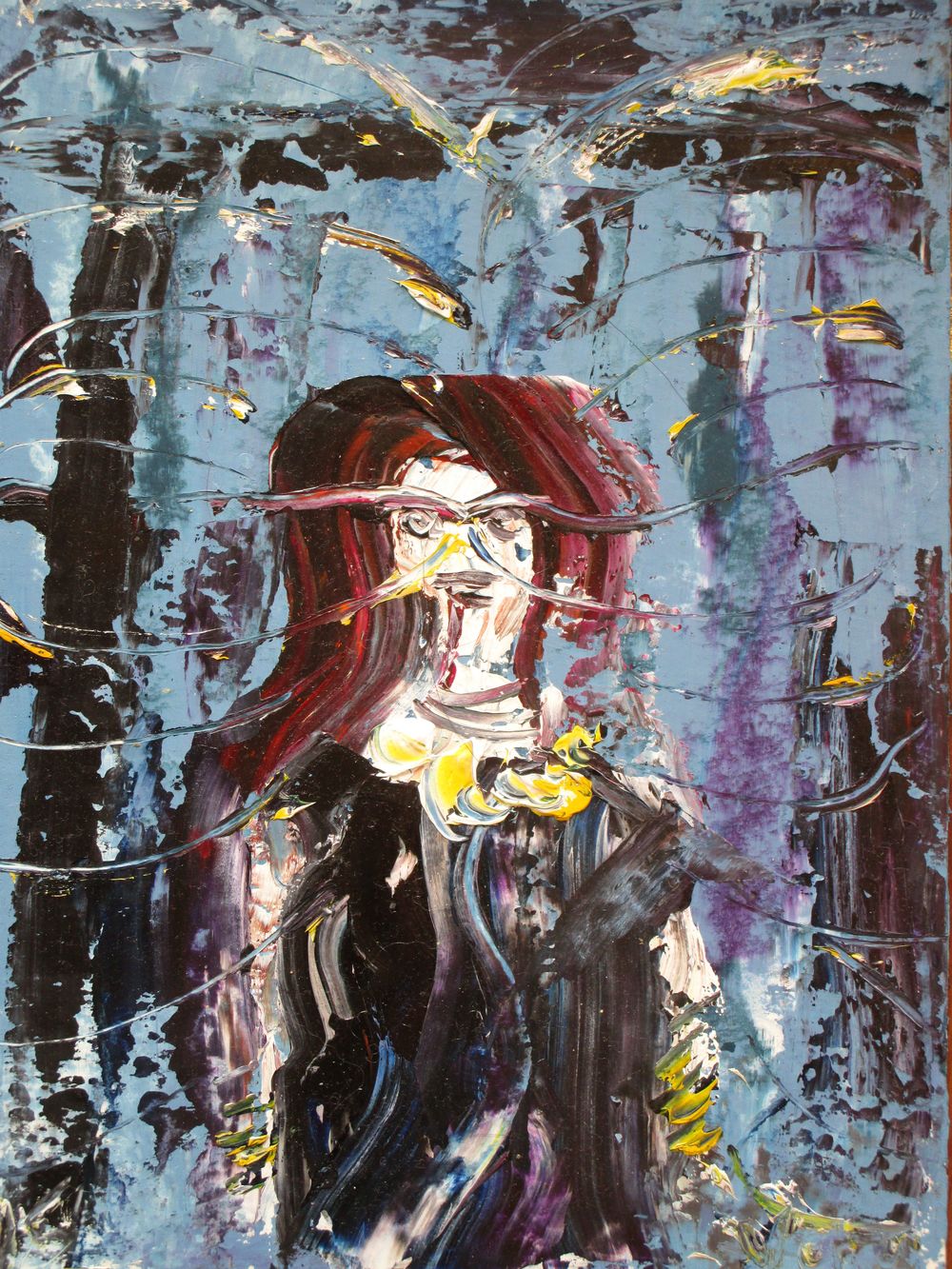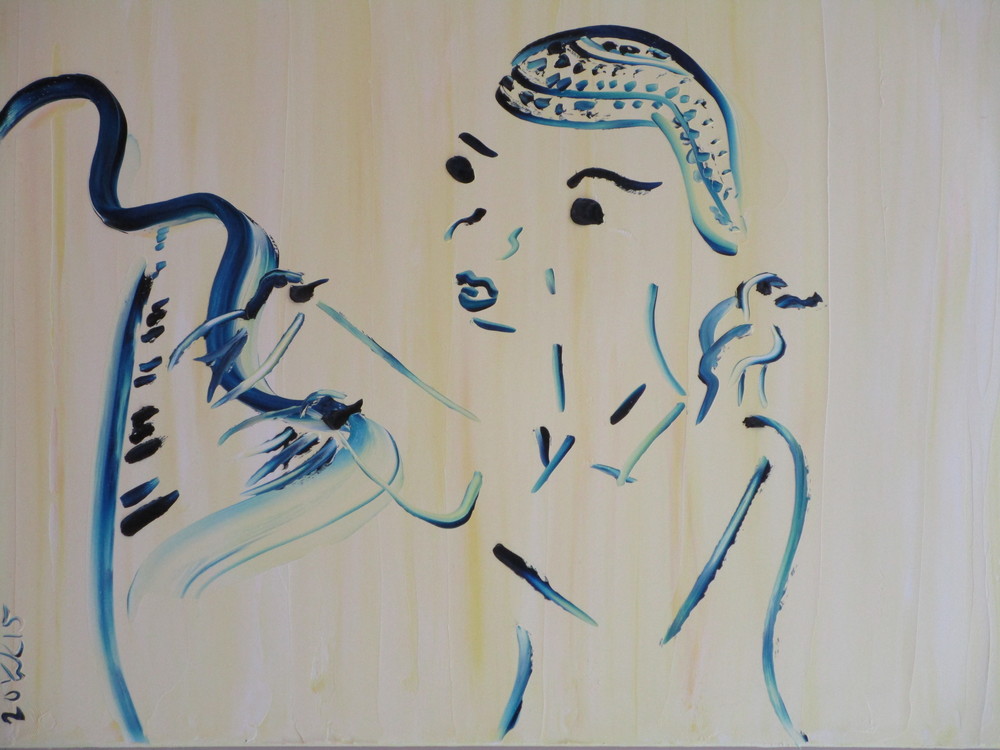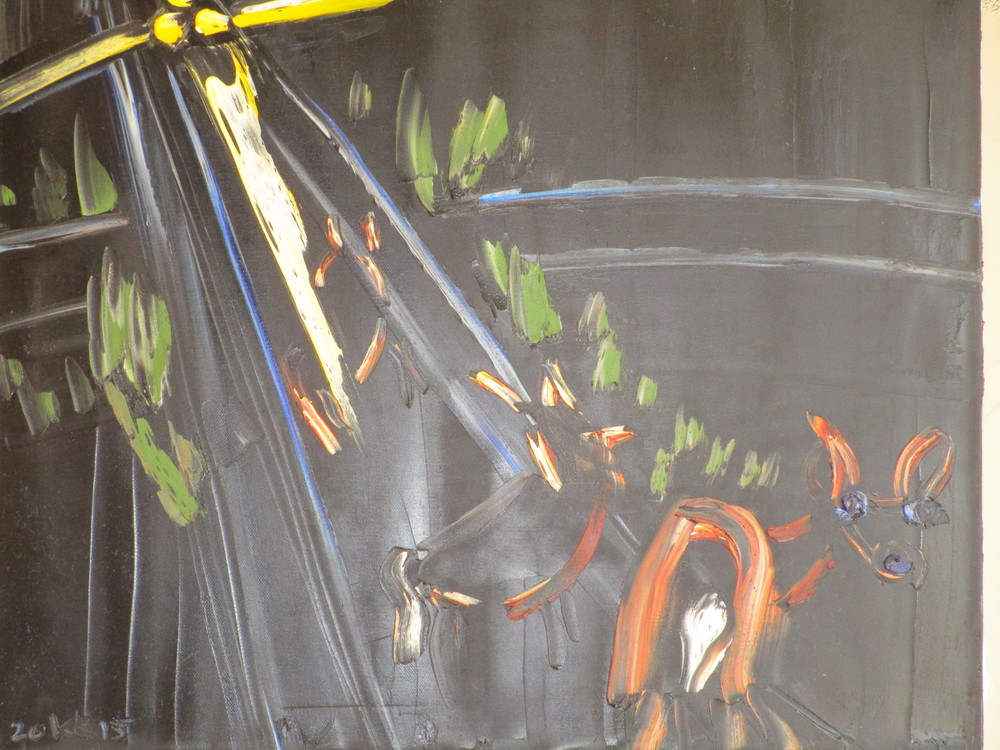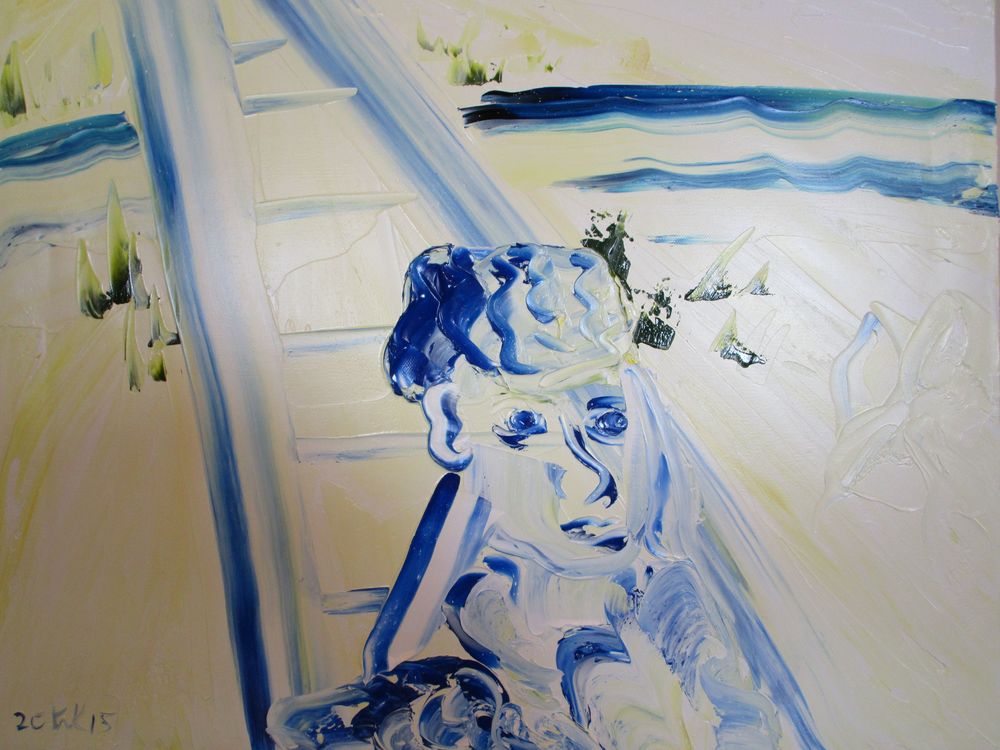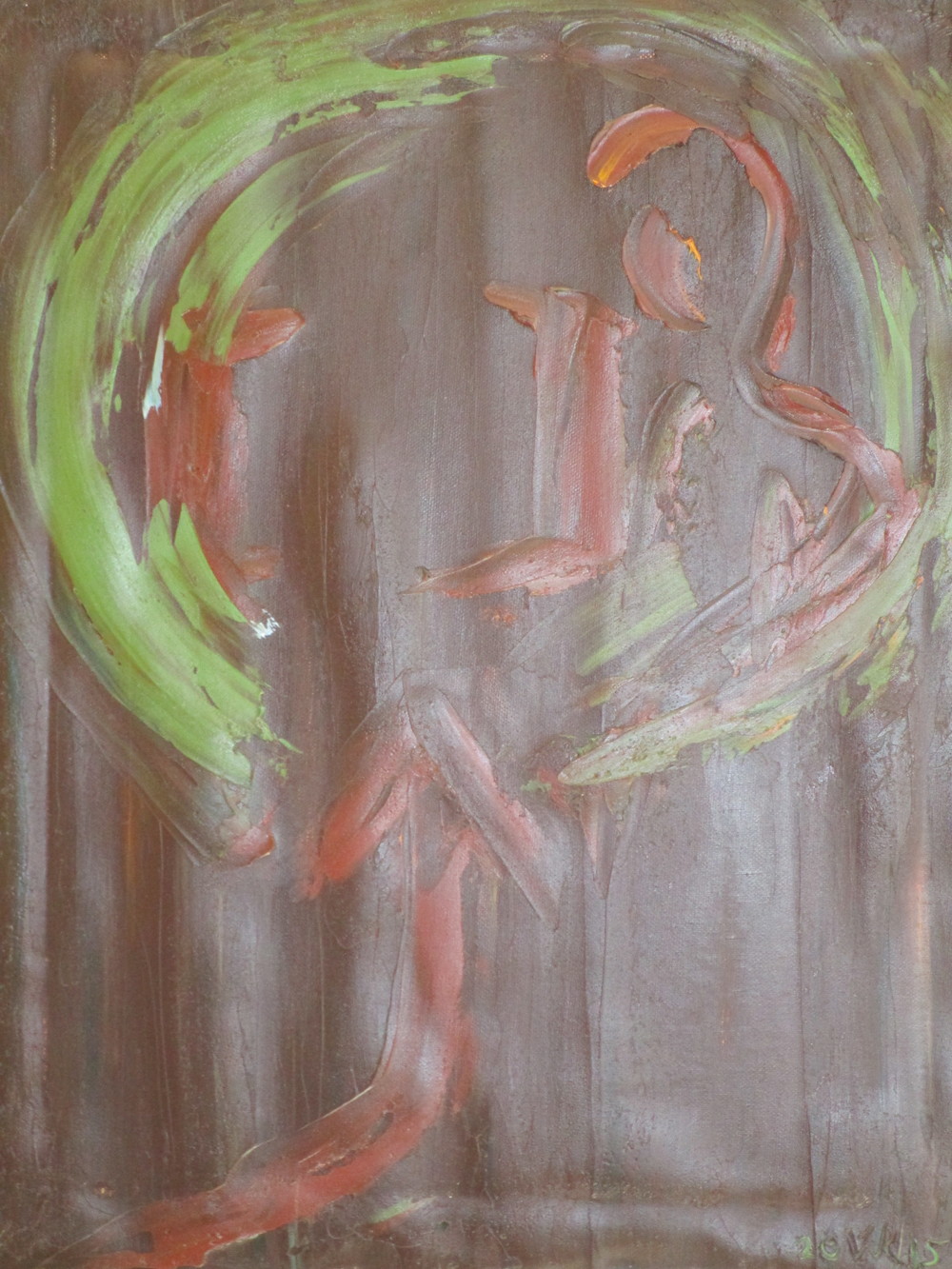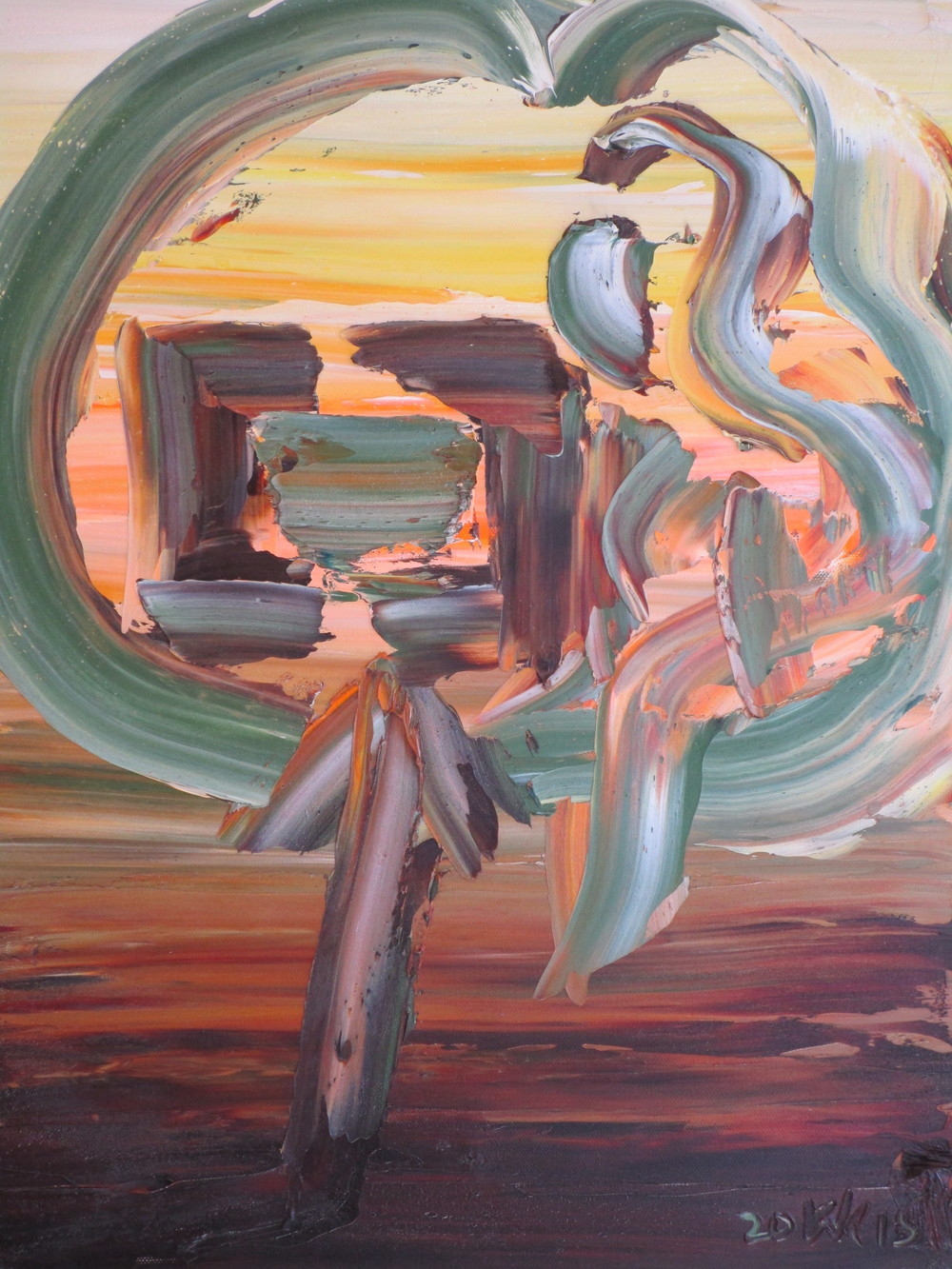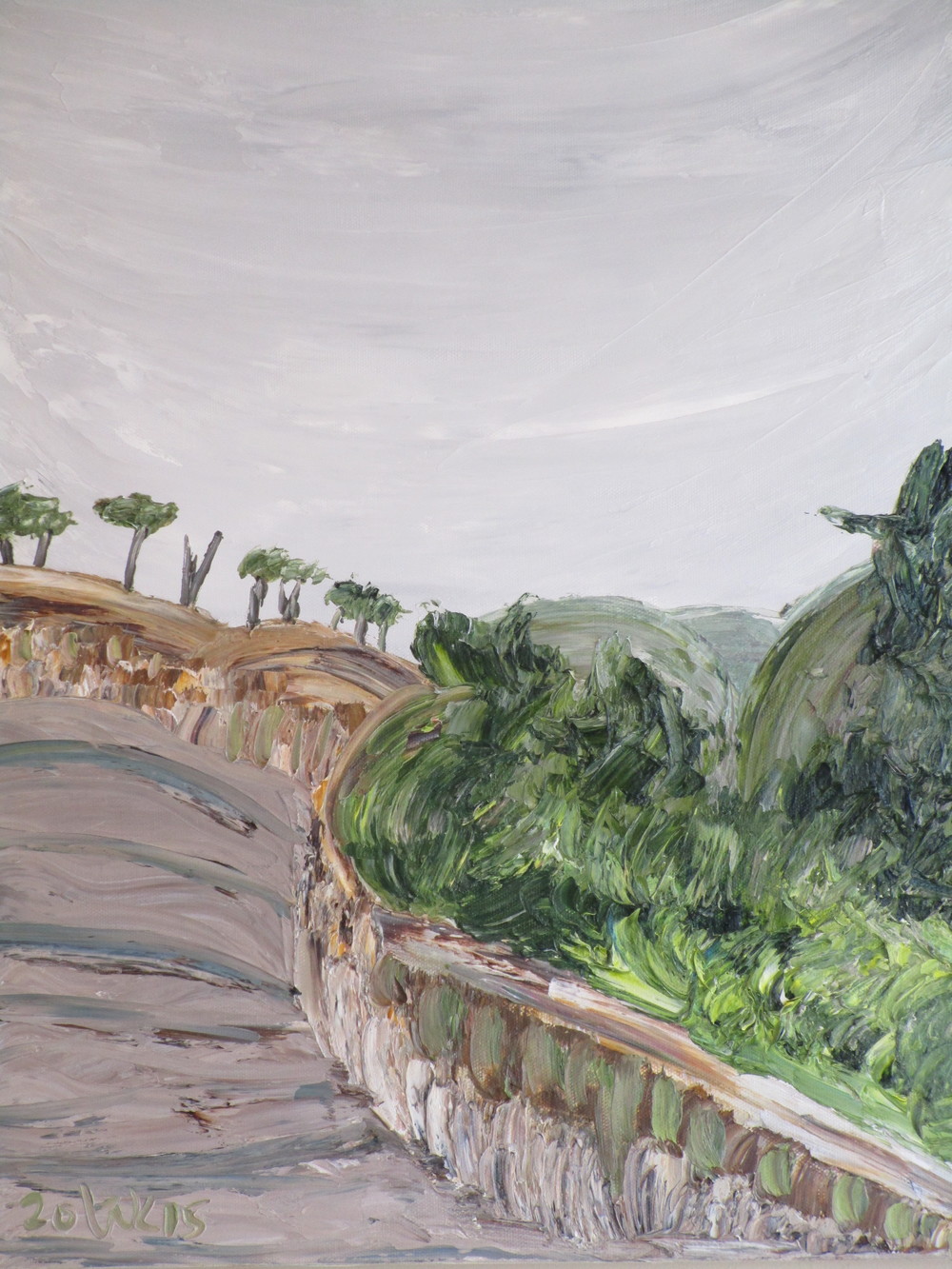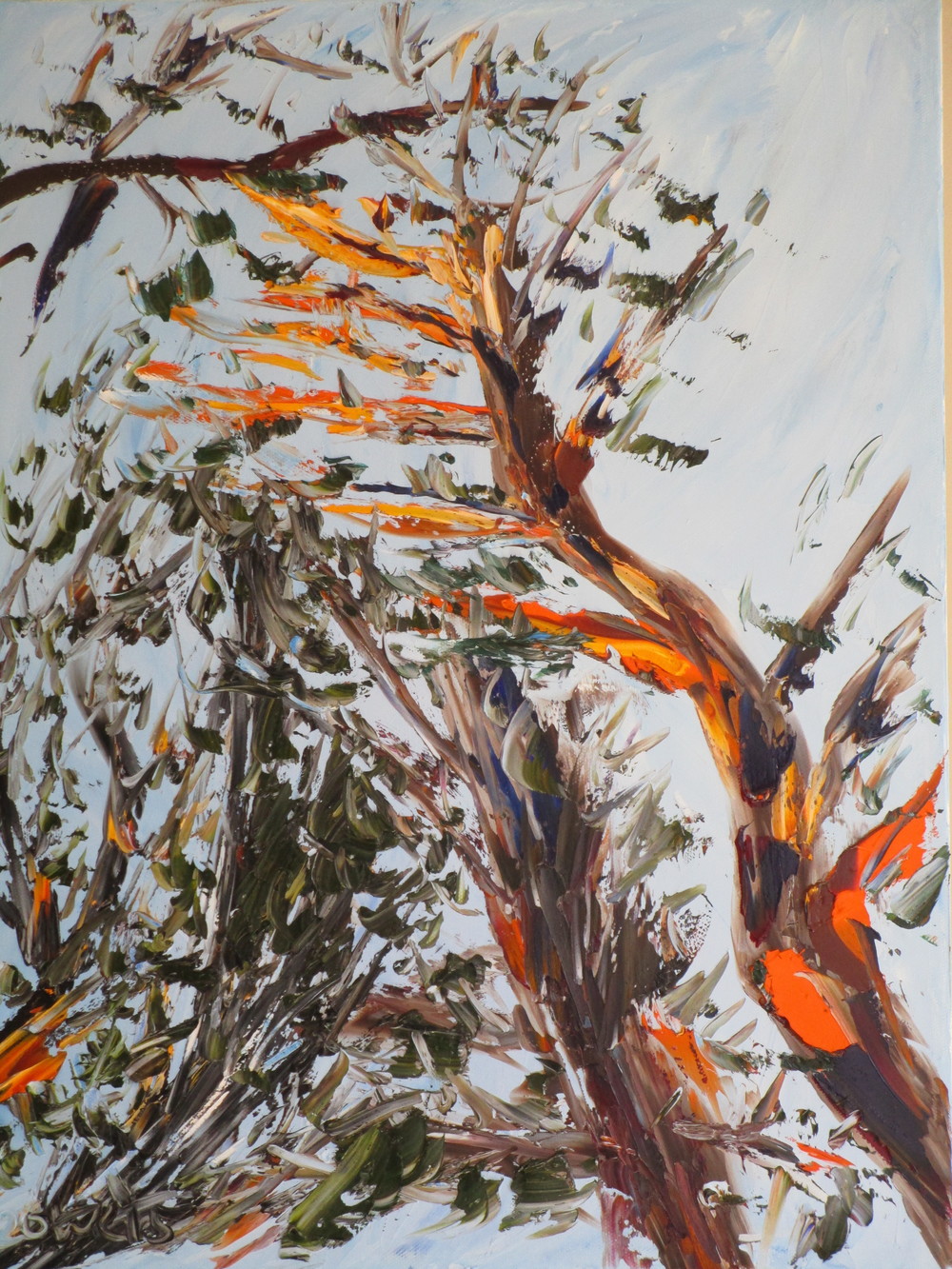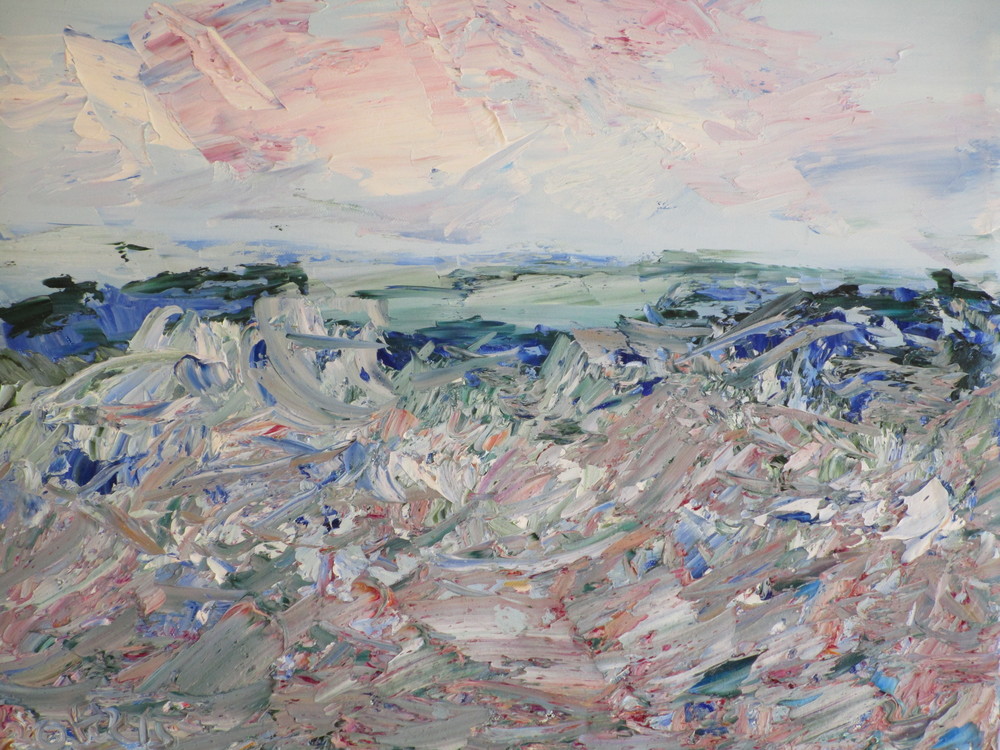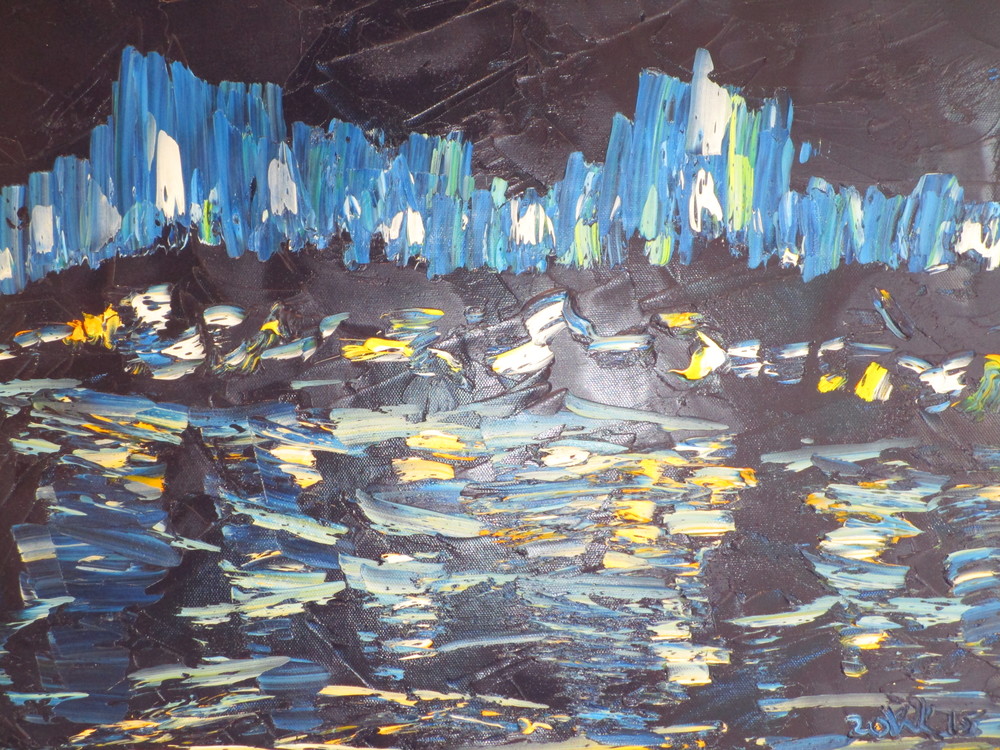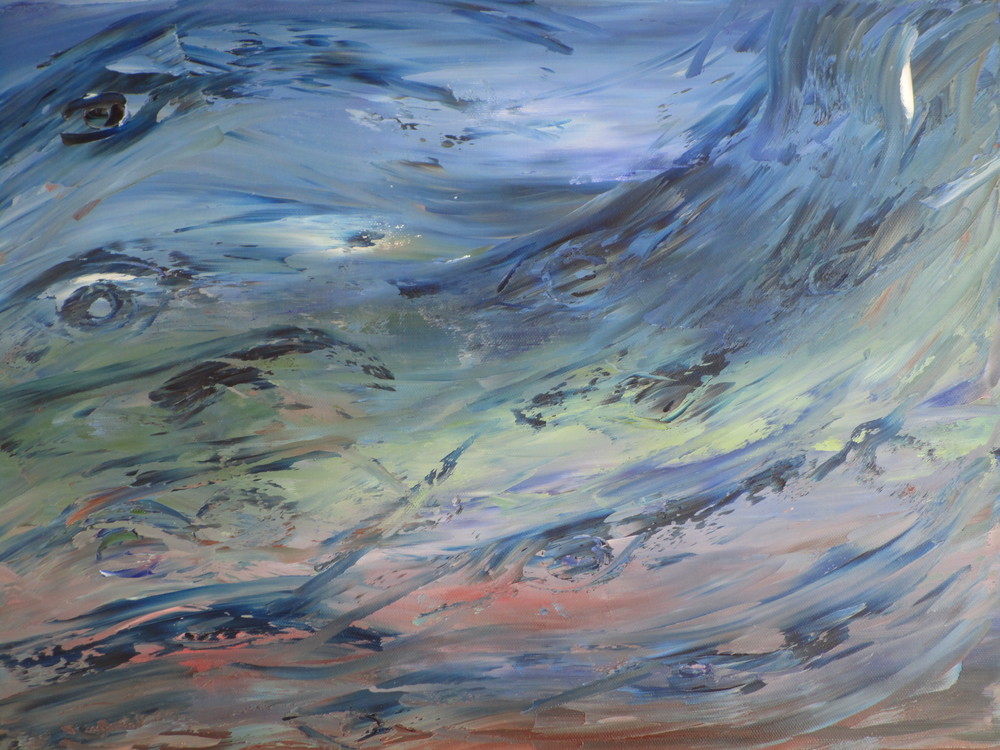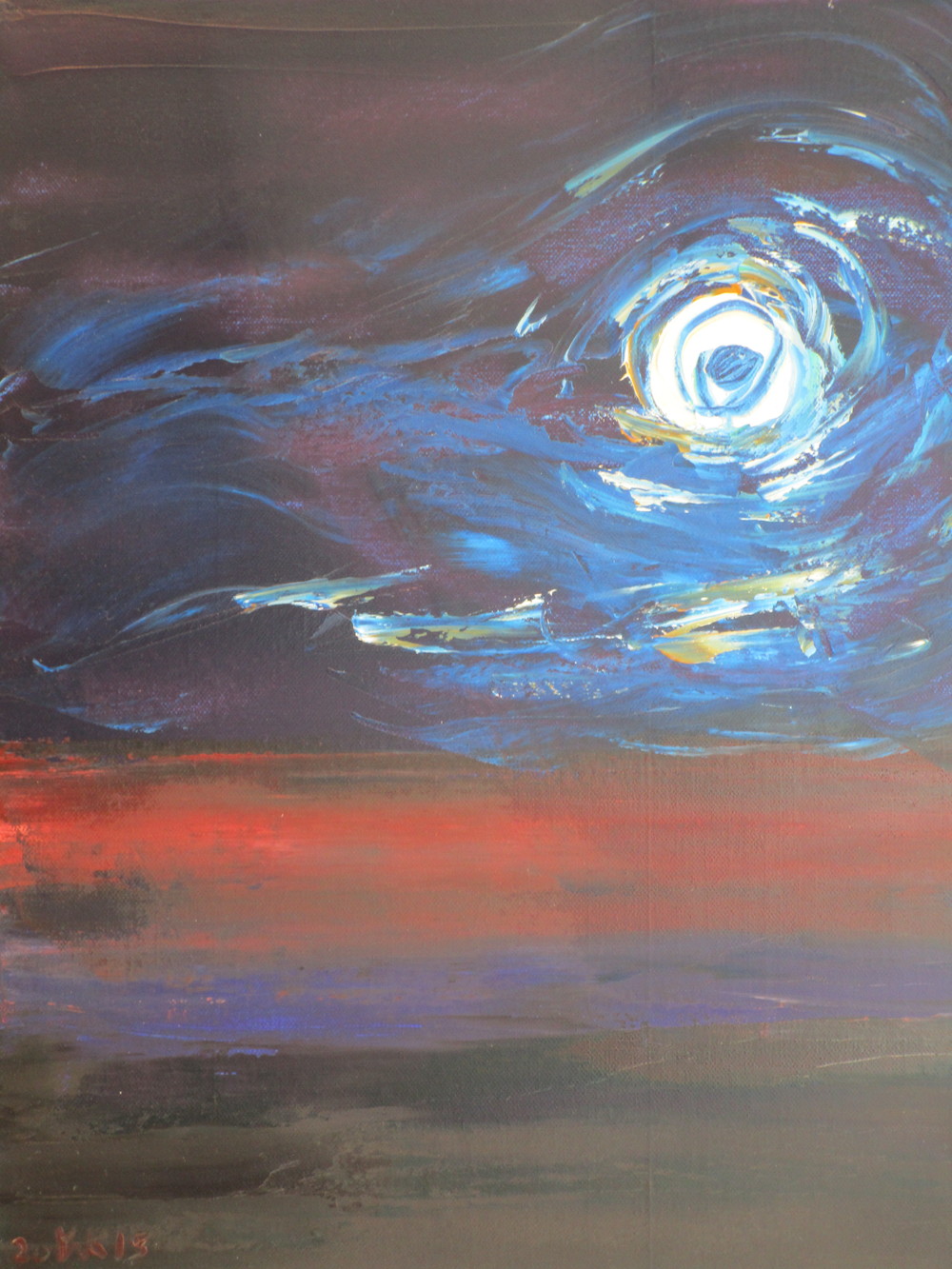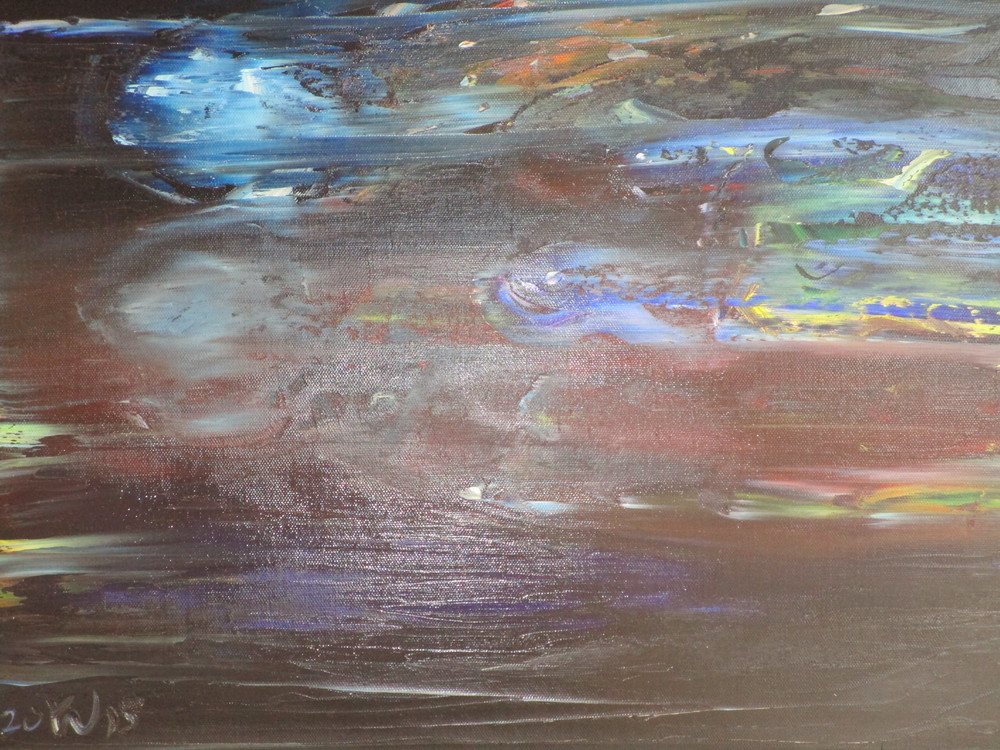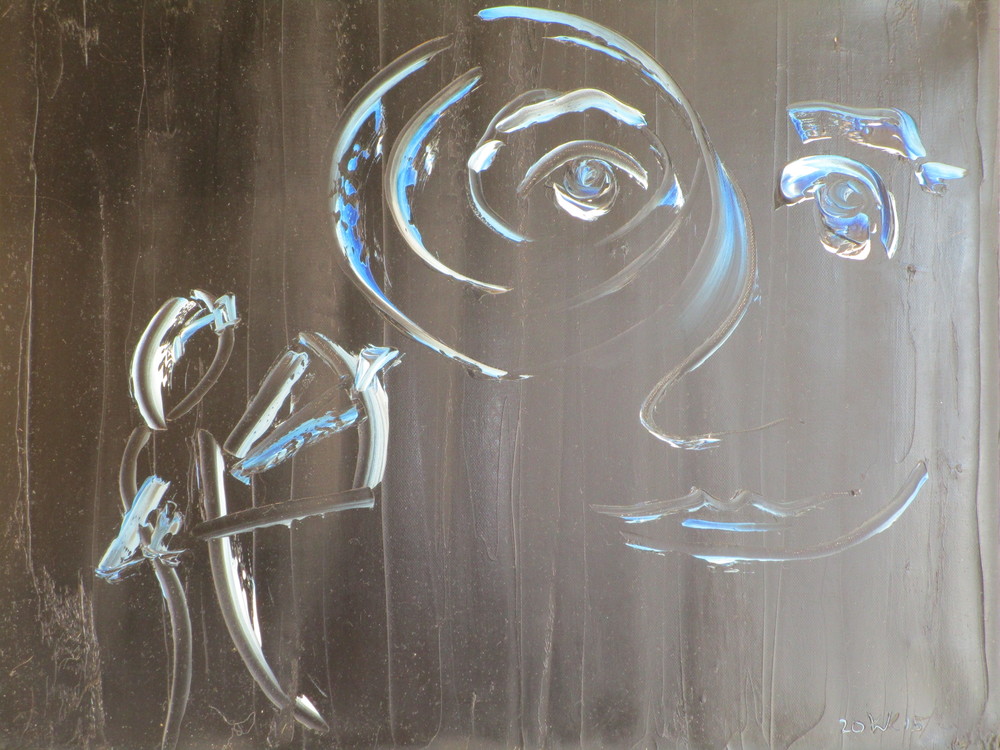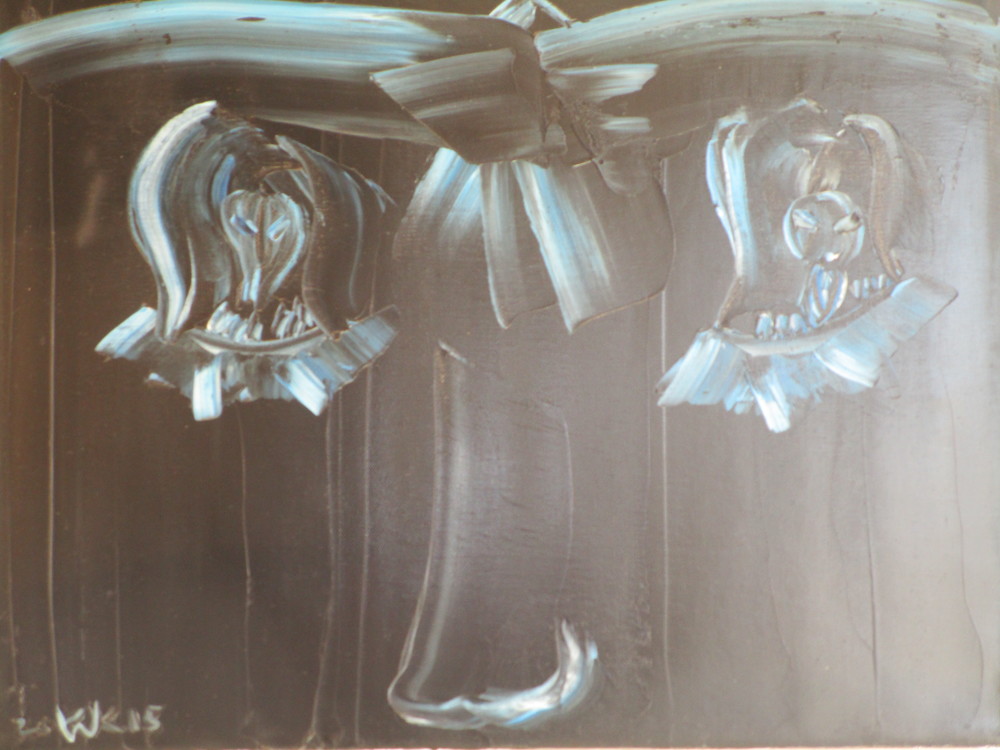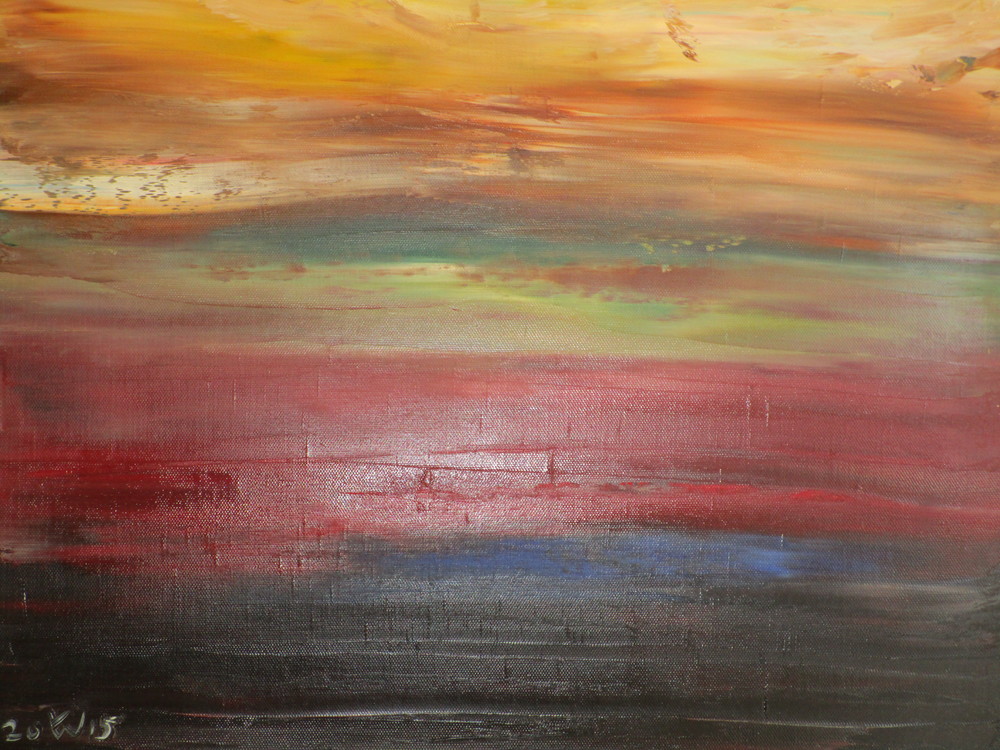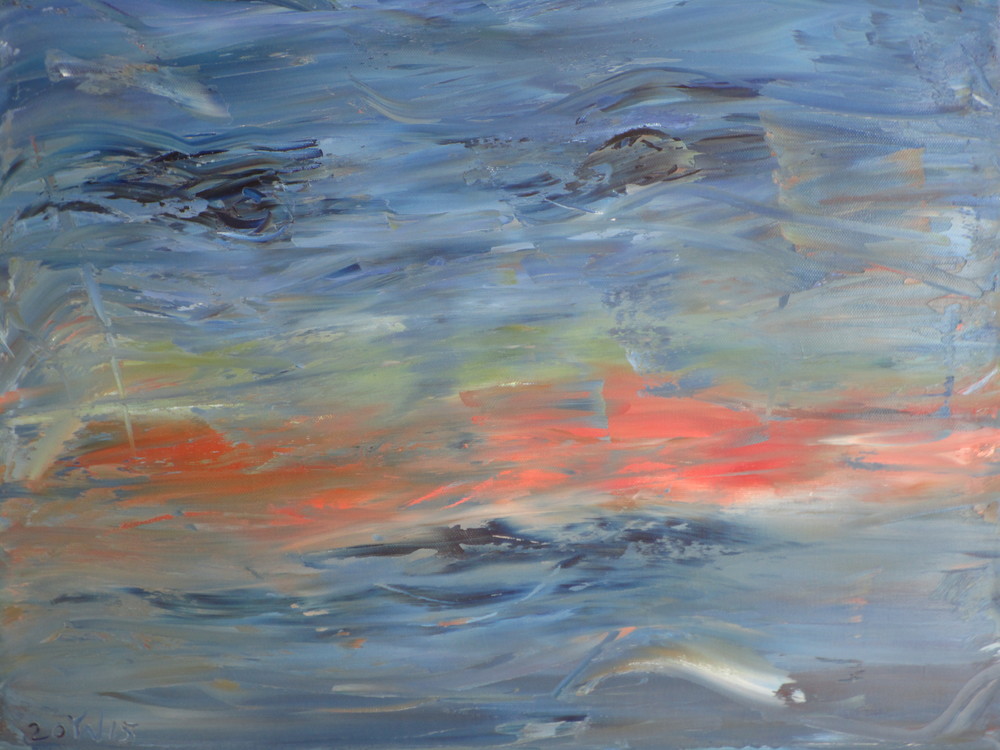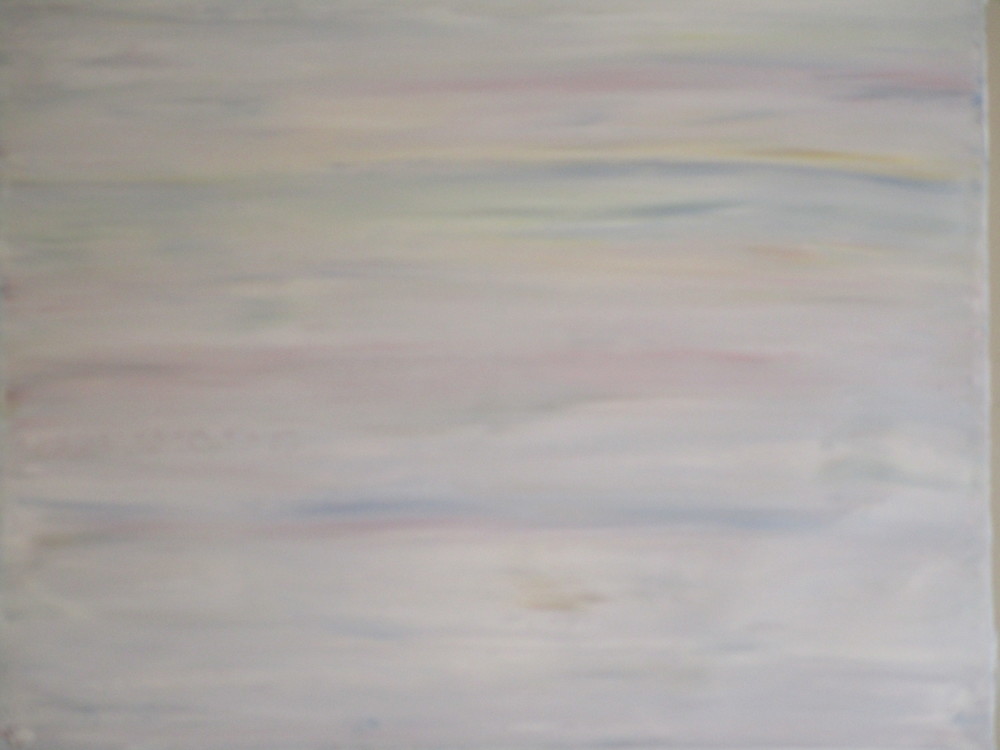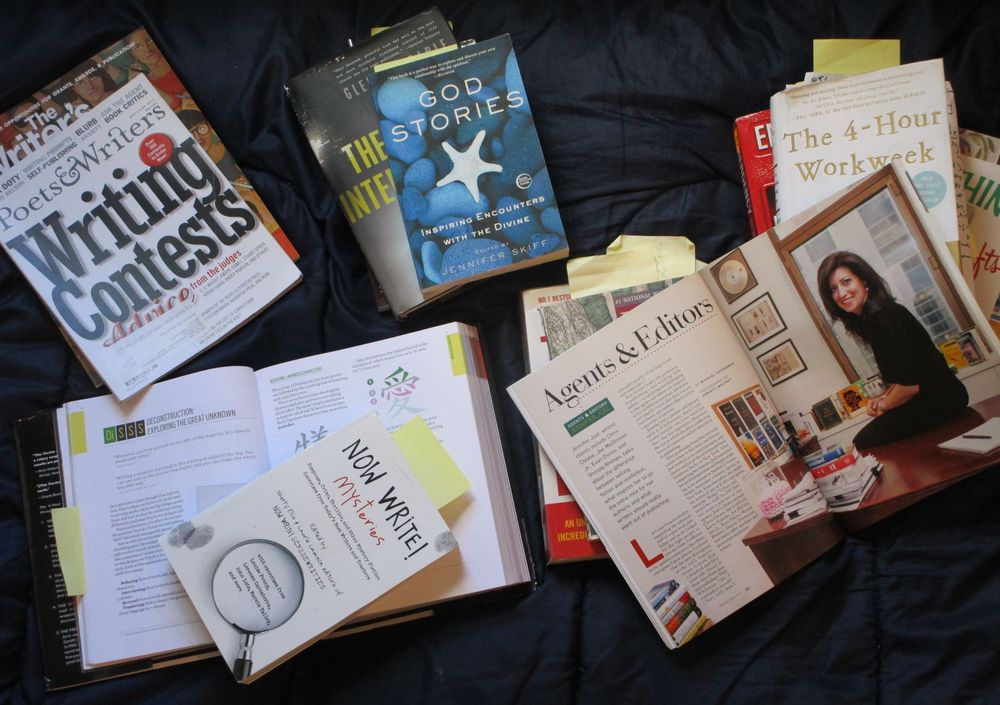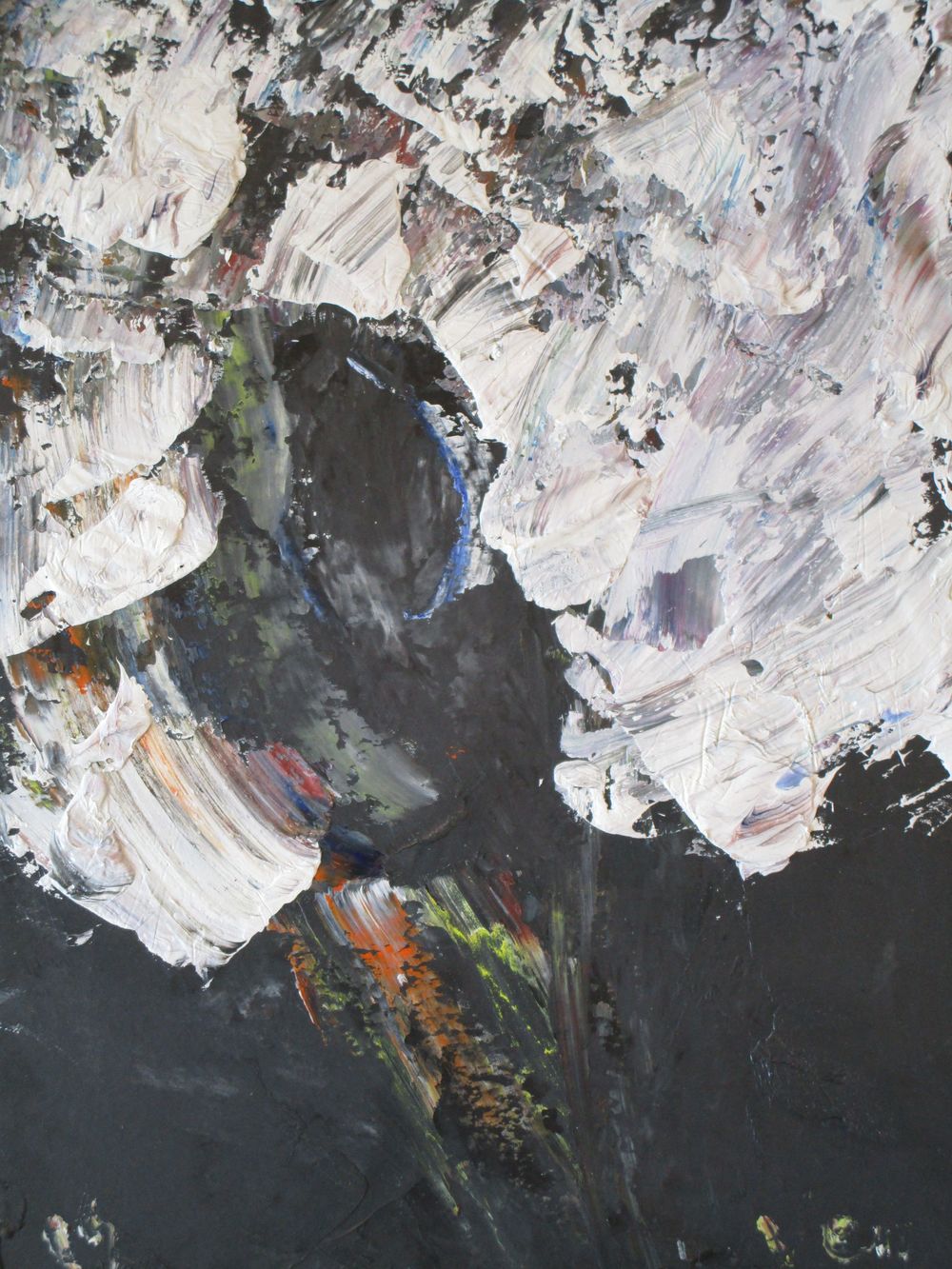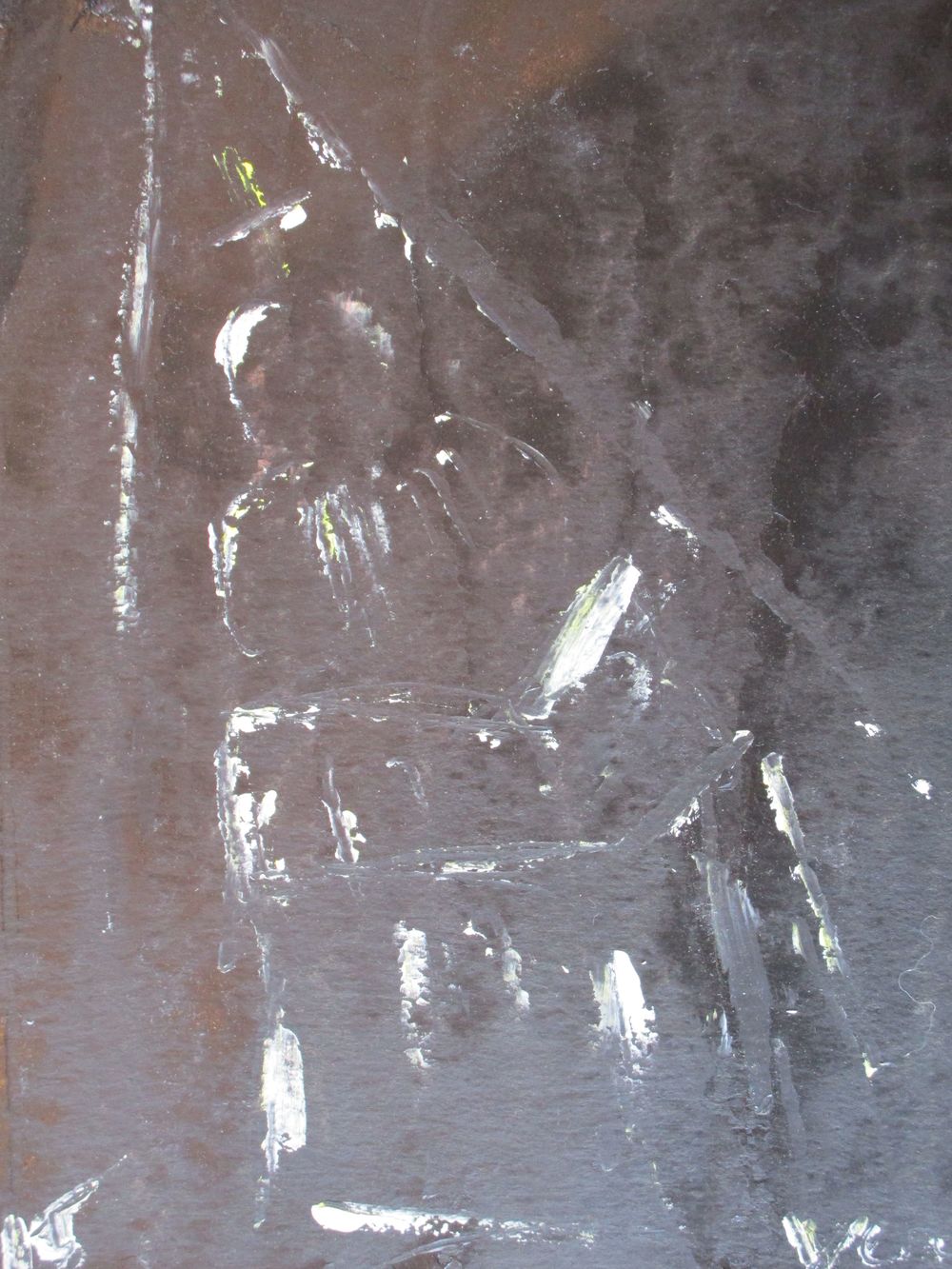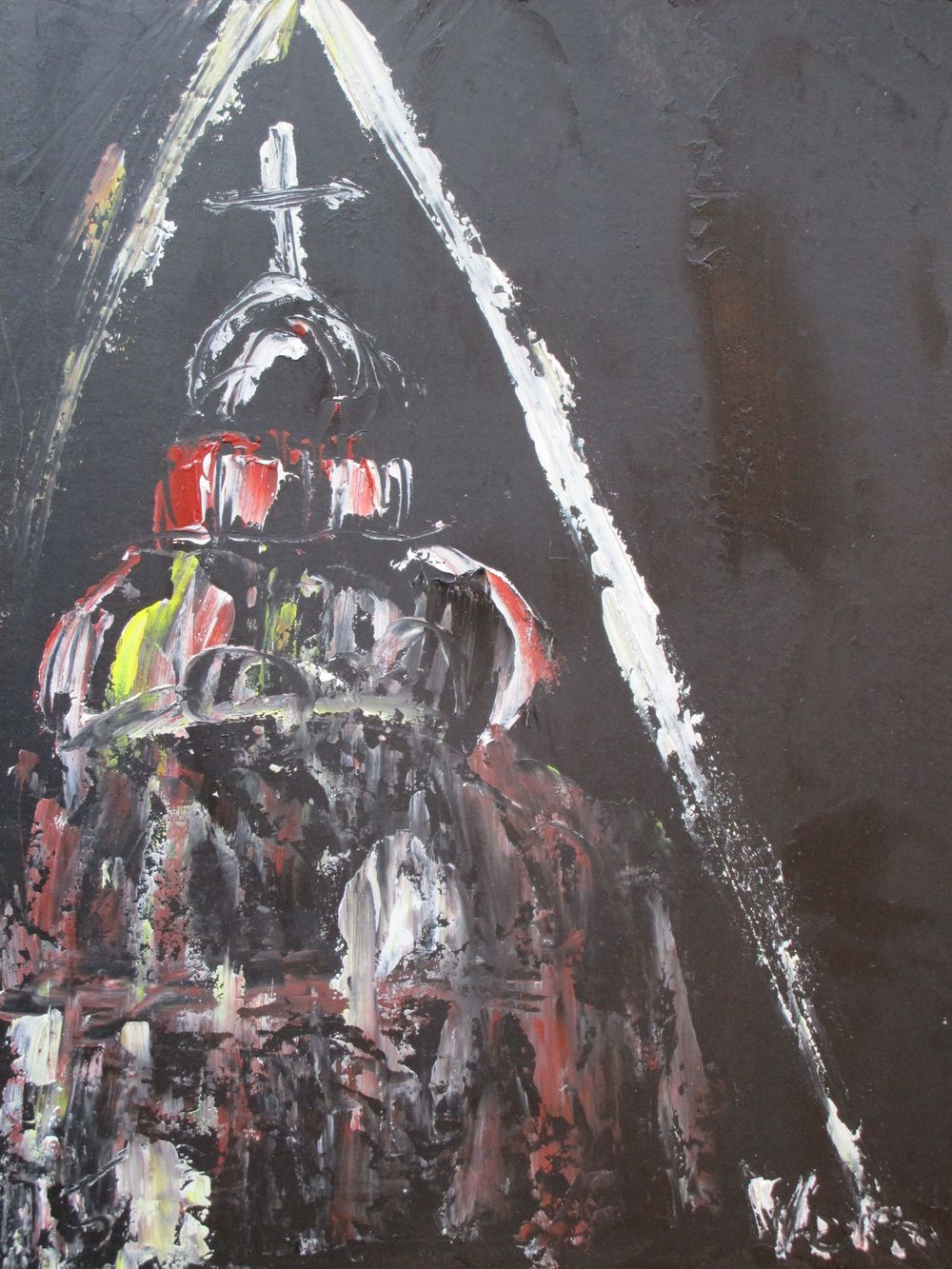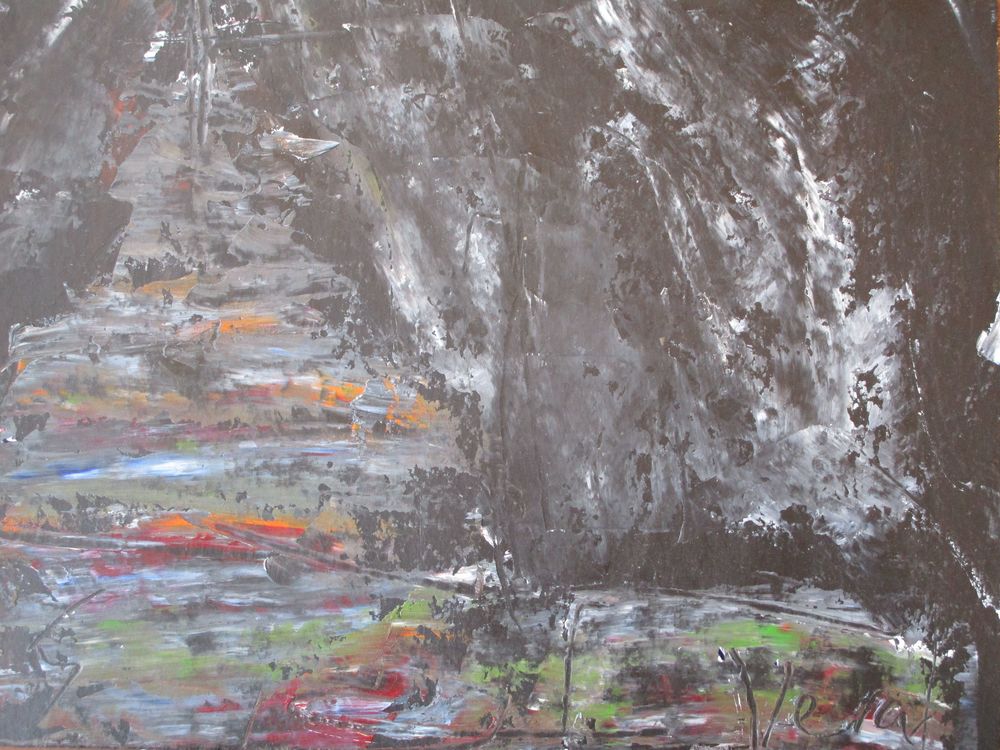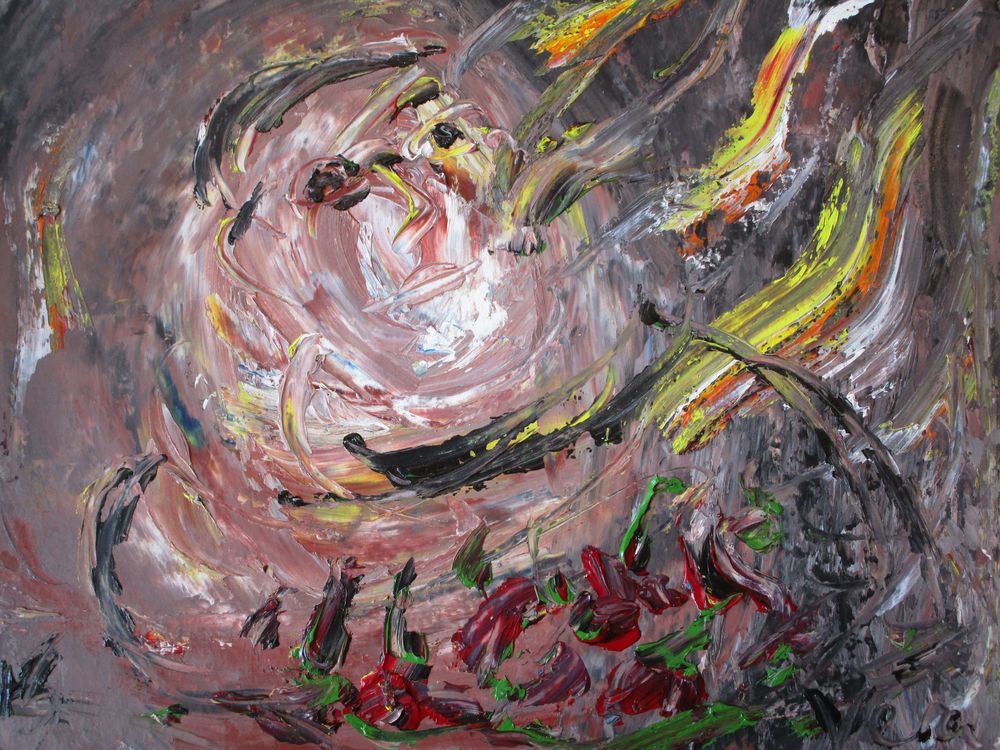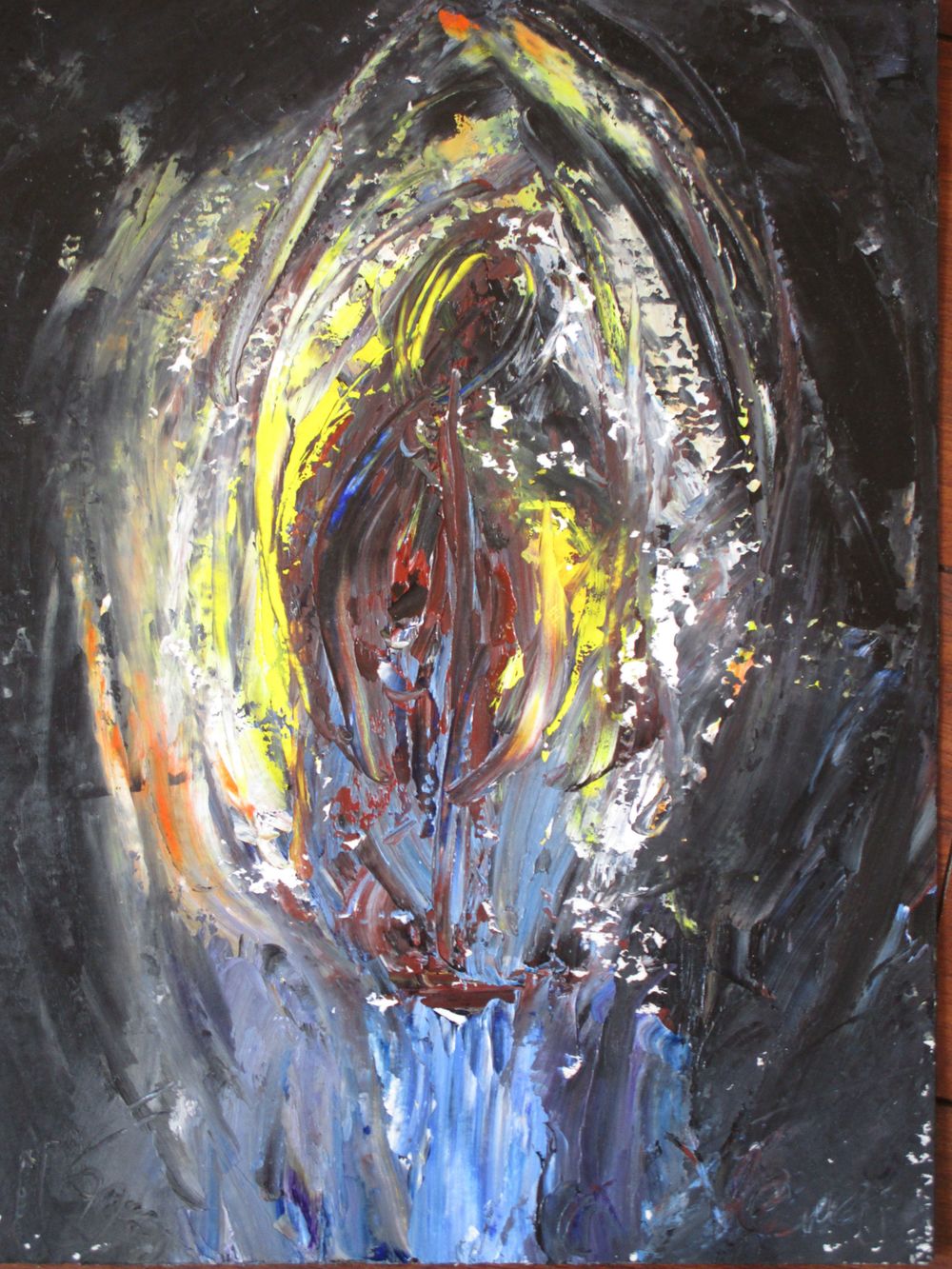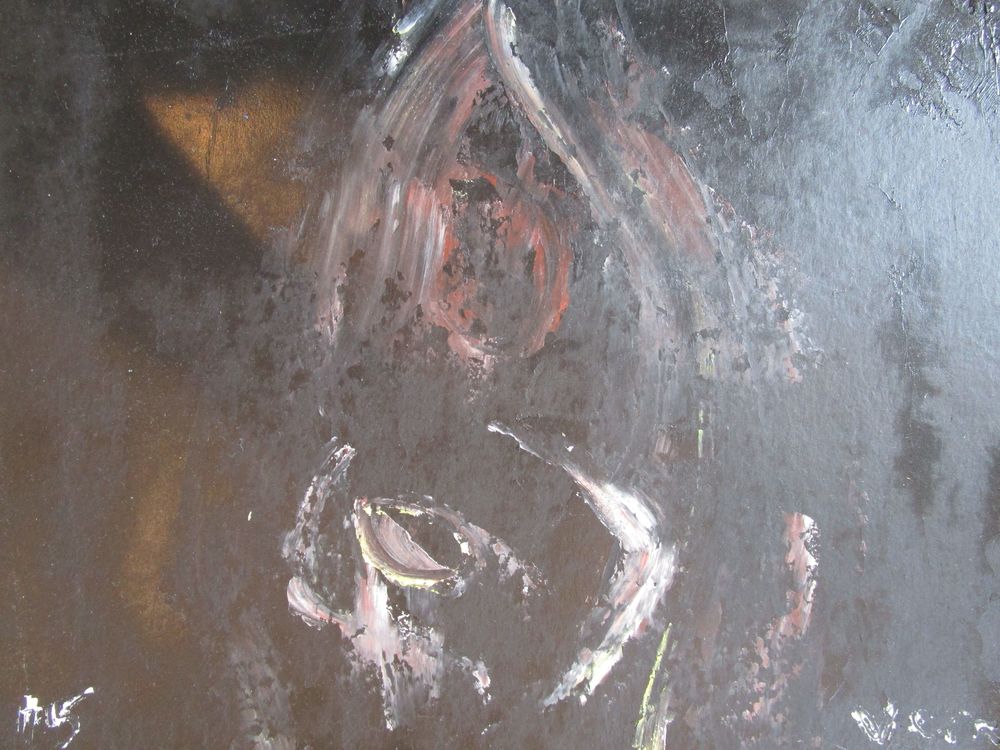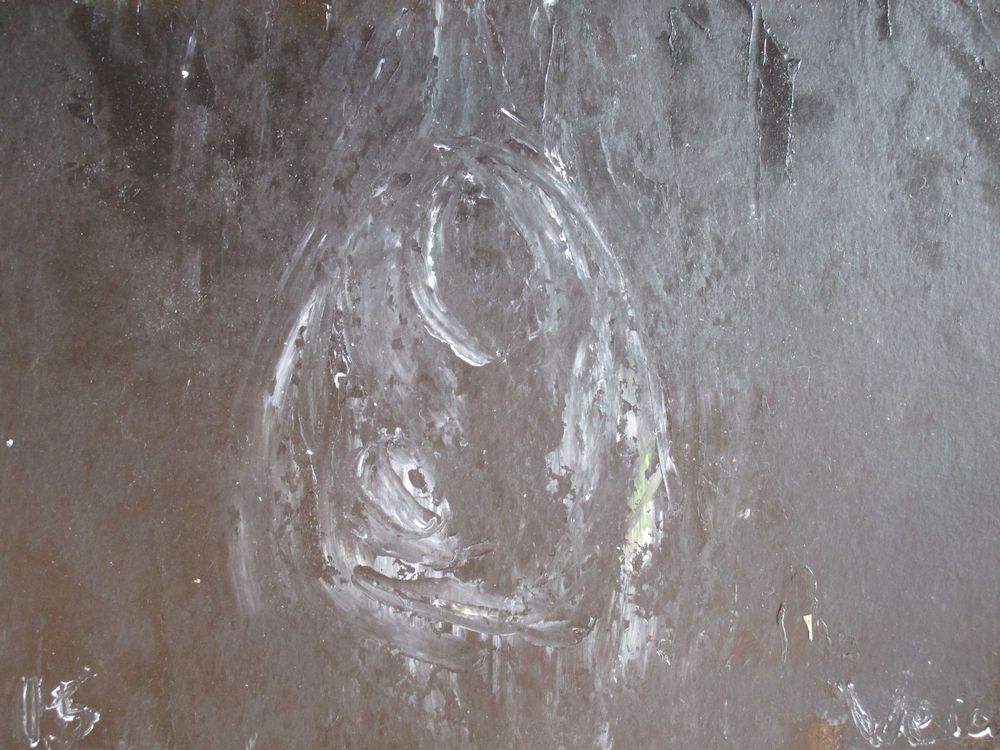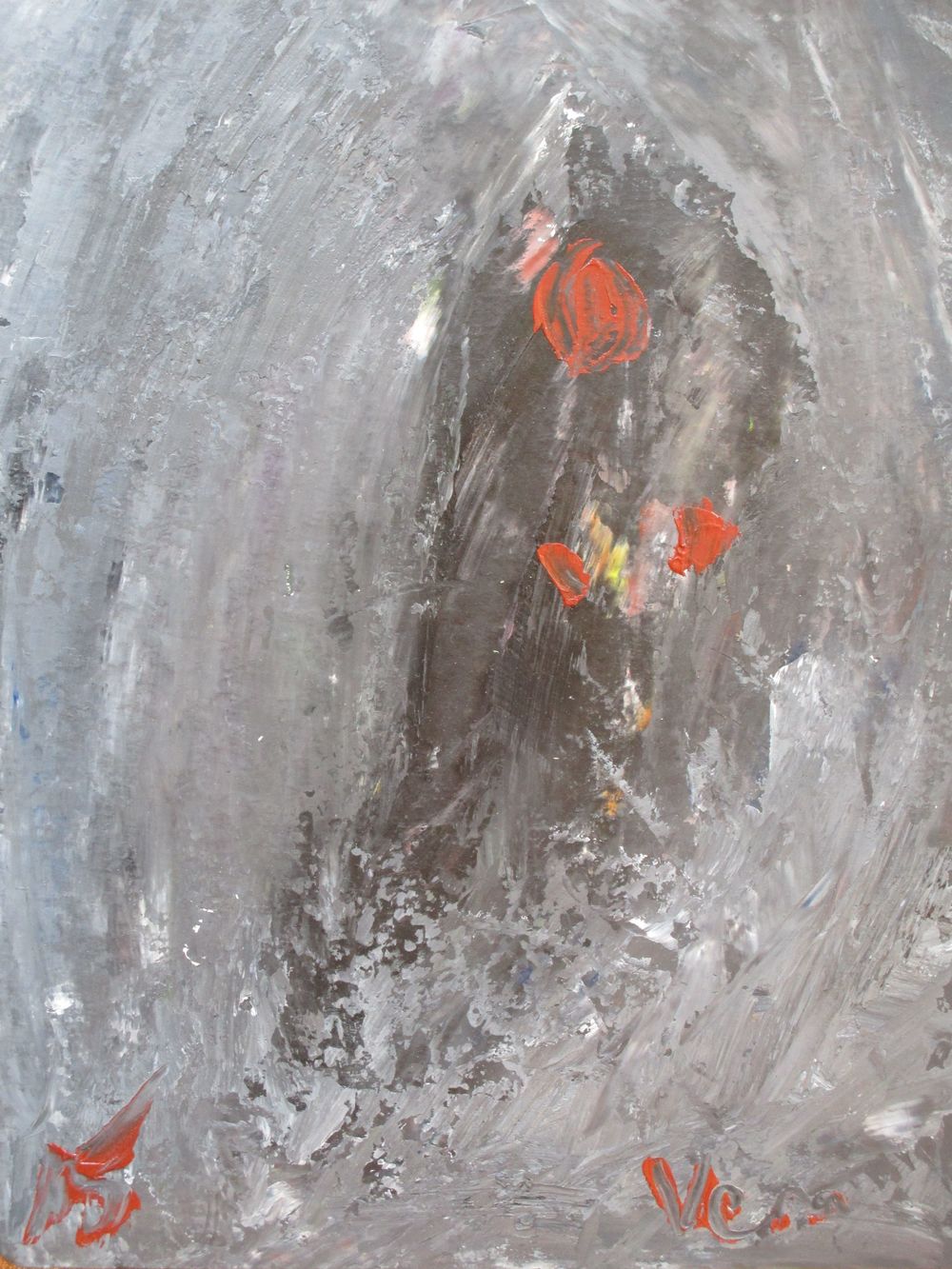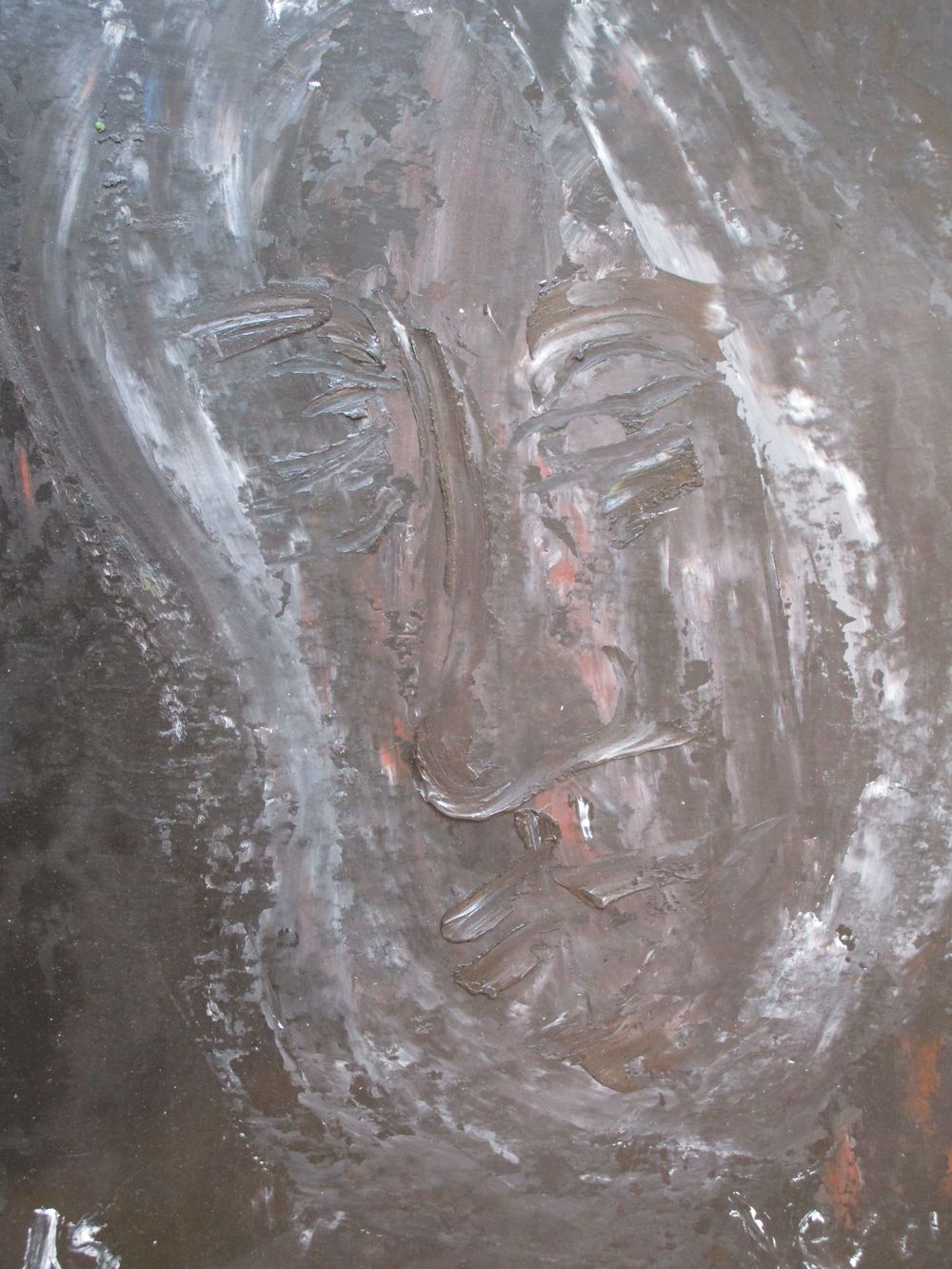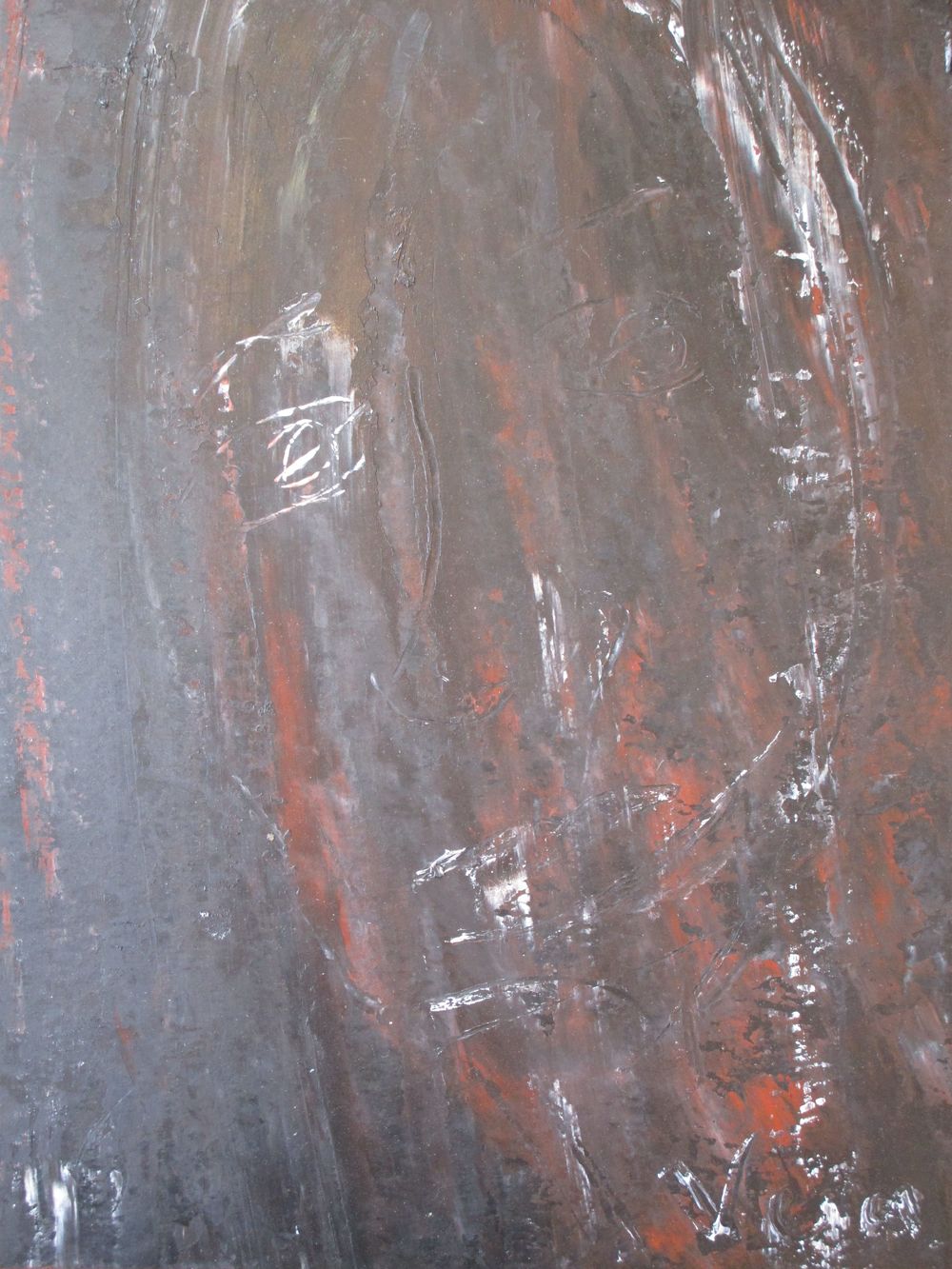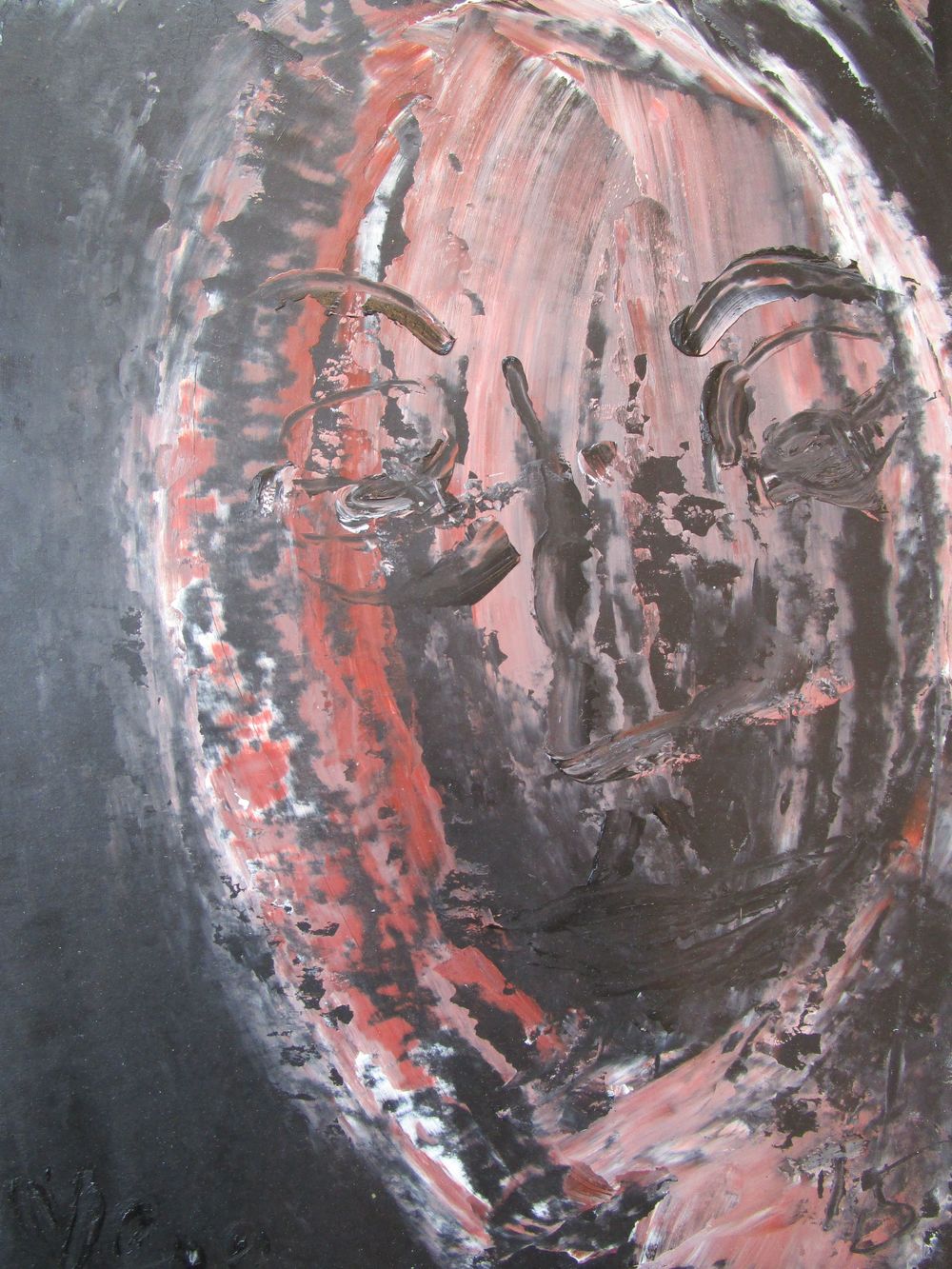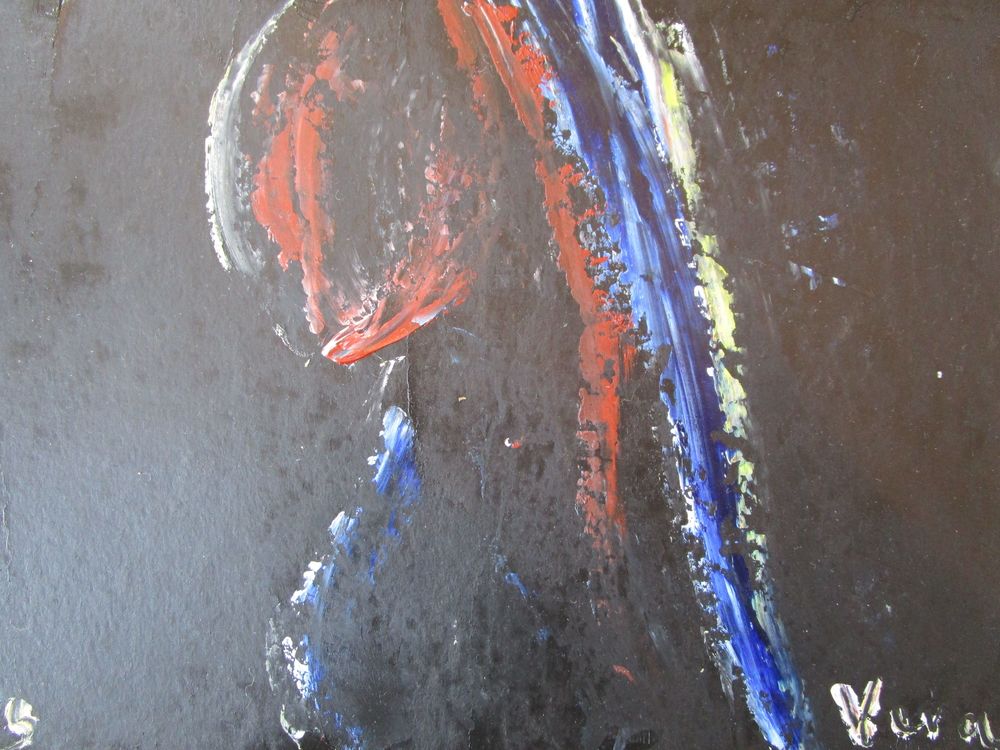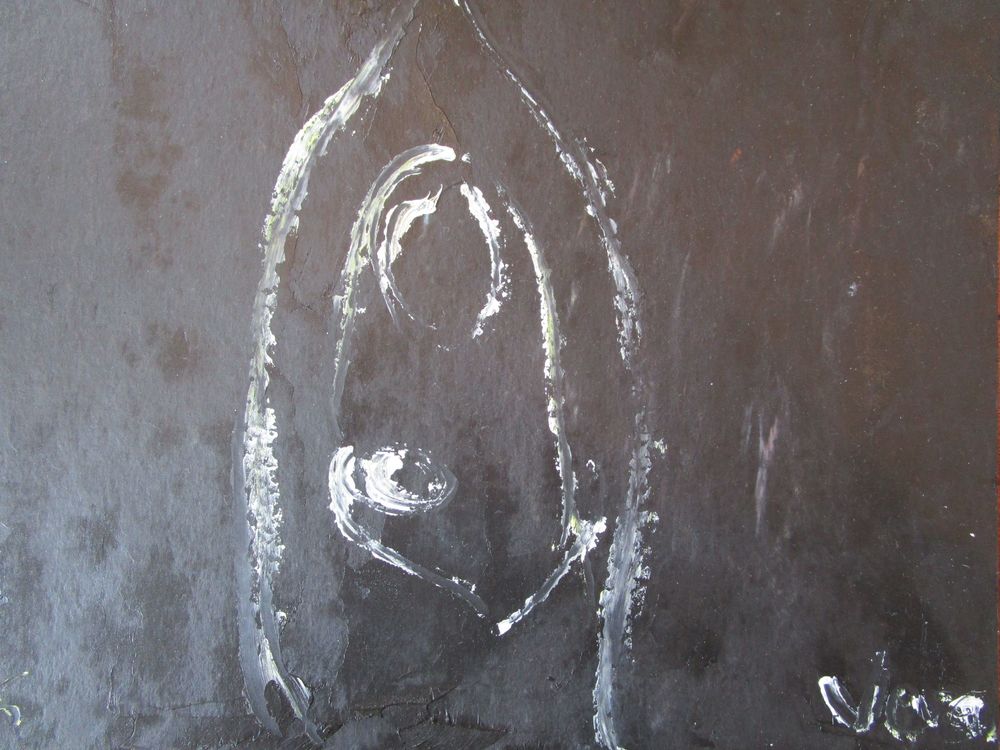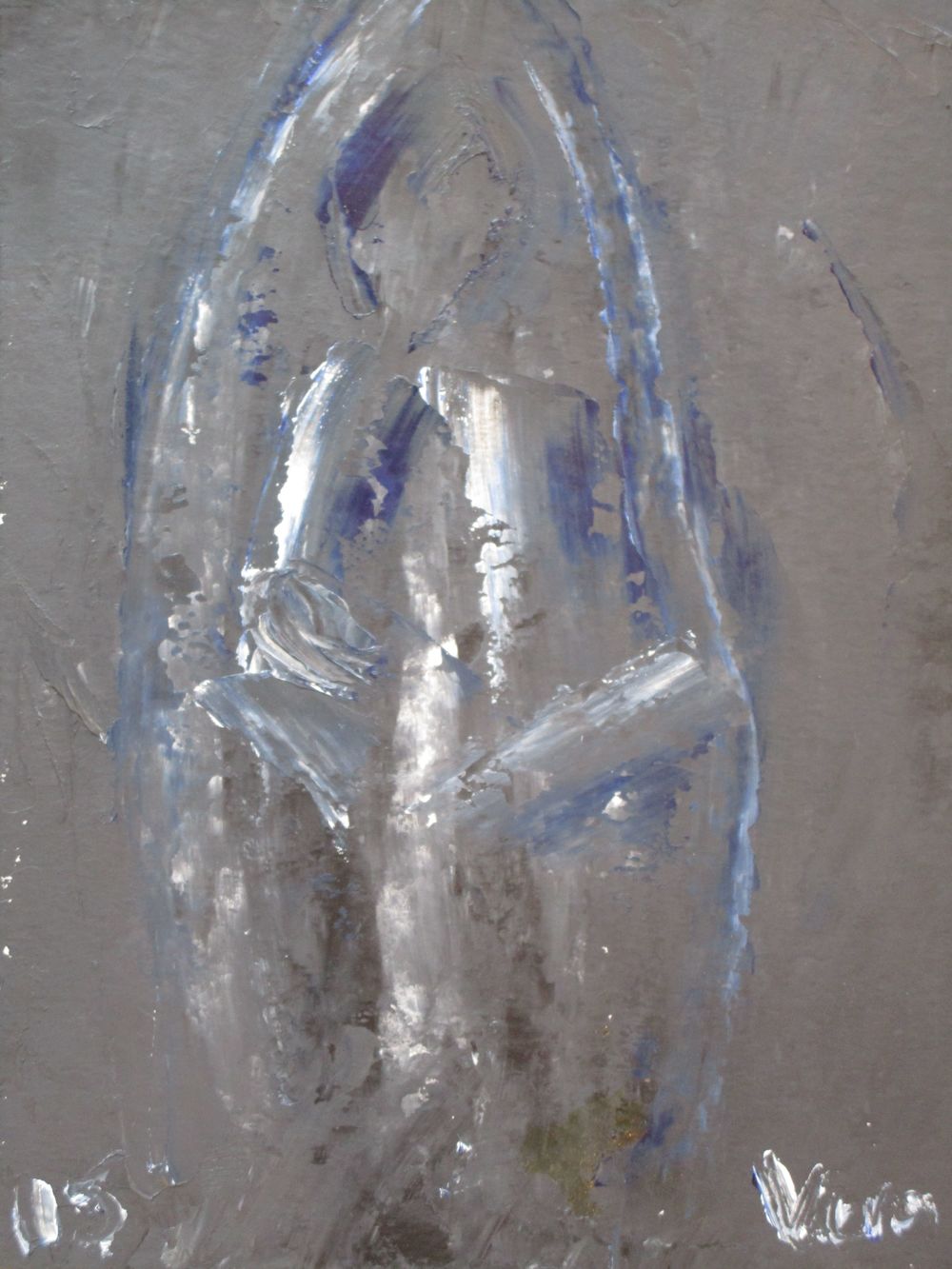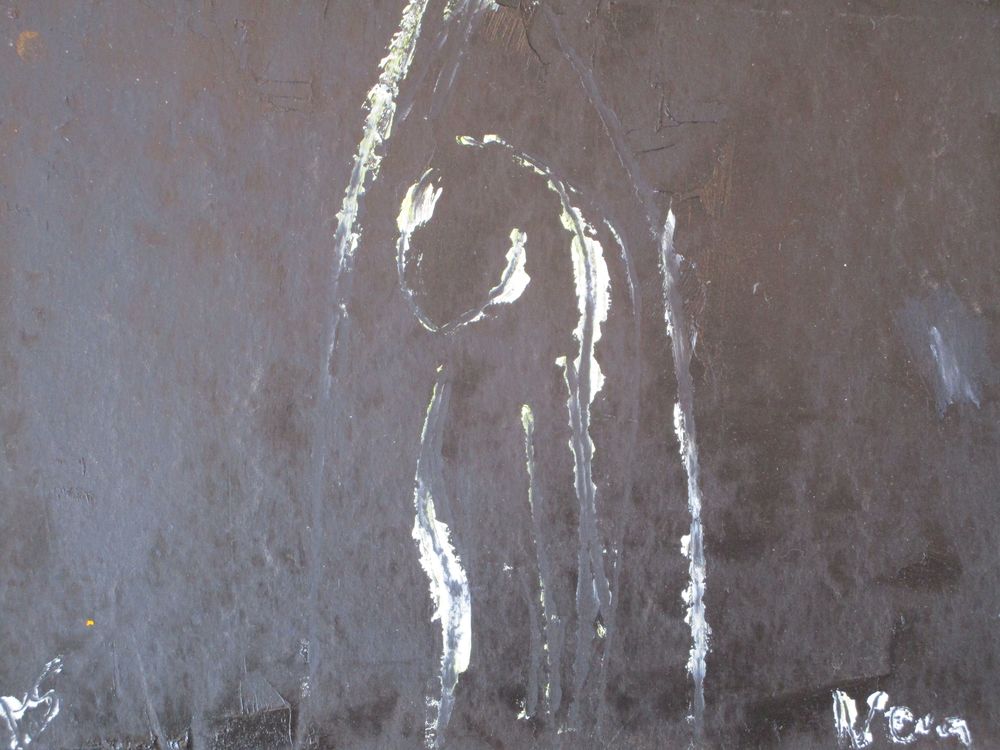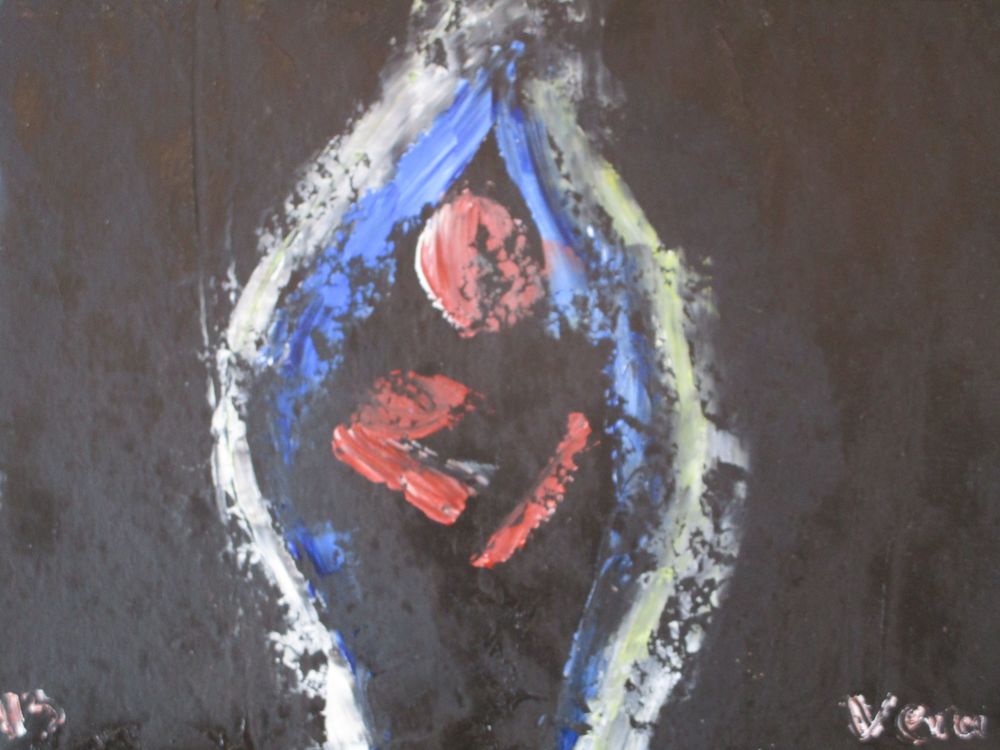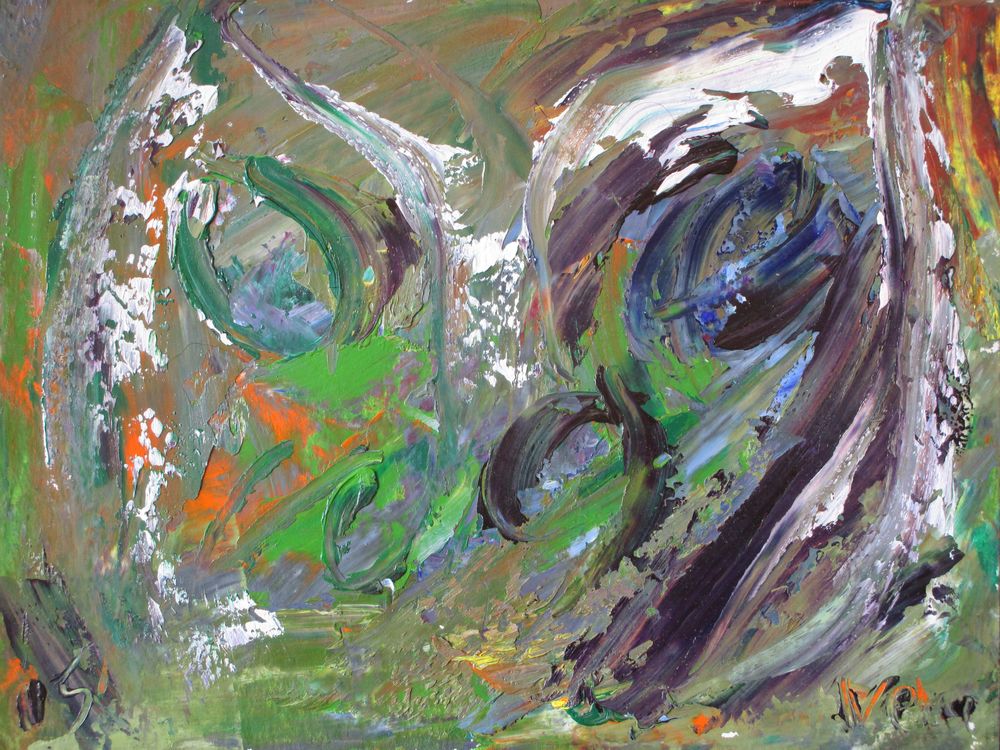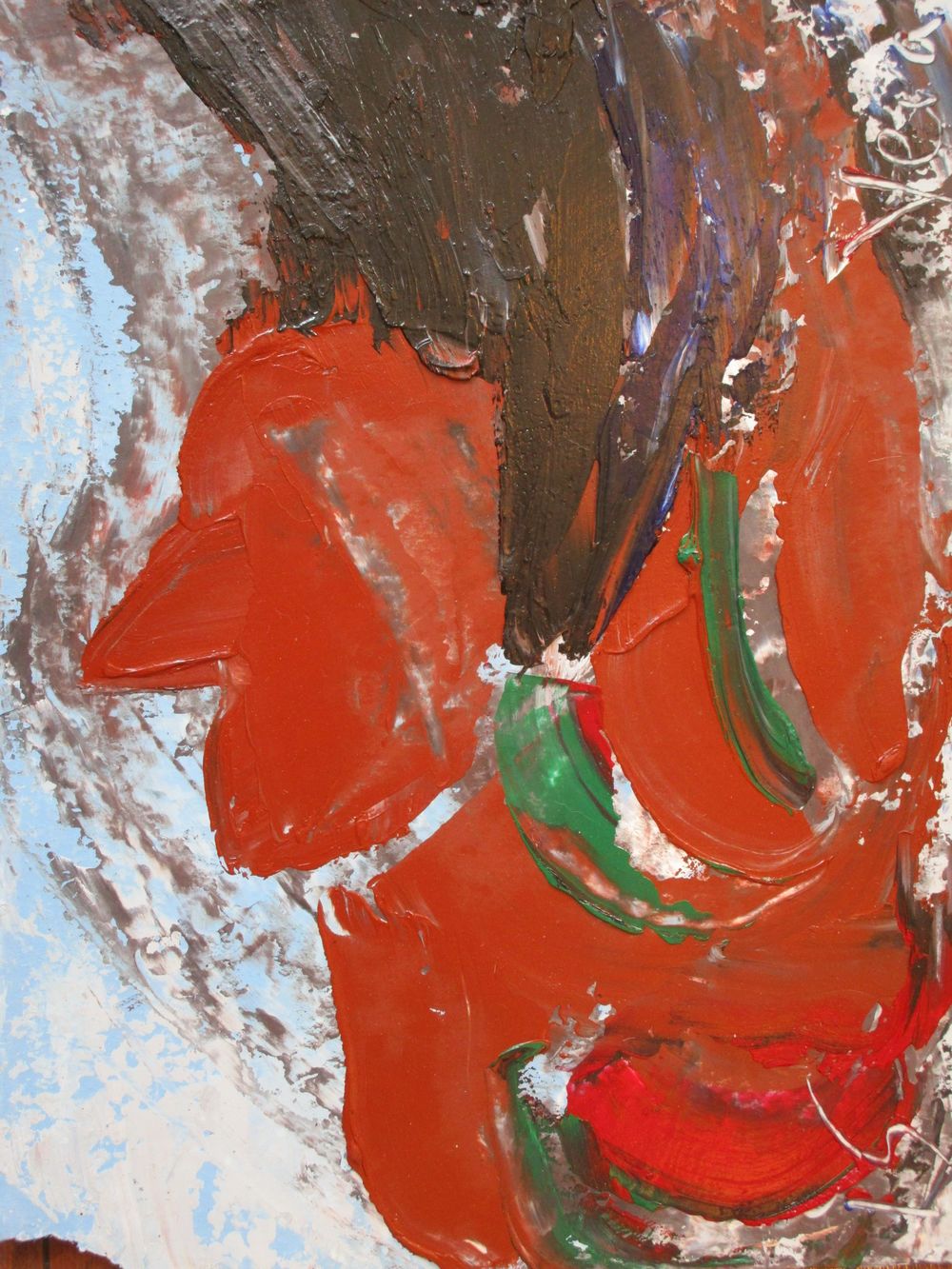“Our remedies oft in ourselves do lie,
Which we ascribe to heaven: the fated sky
Gives us free scope, only doth backward pull
Our slow designs when we ourselves are dull.”
—Helena in Shakespeare’s All’s Well That Ends Well
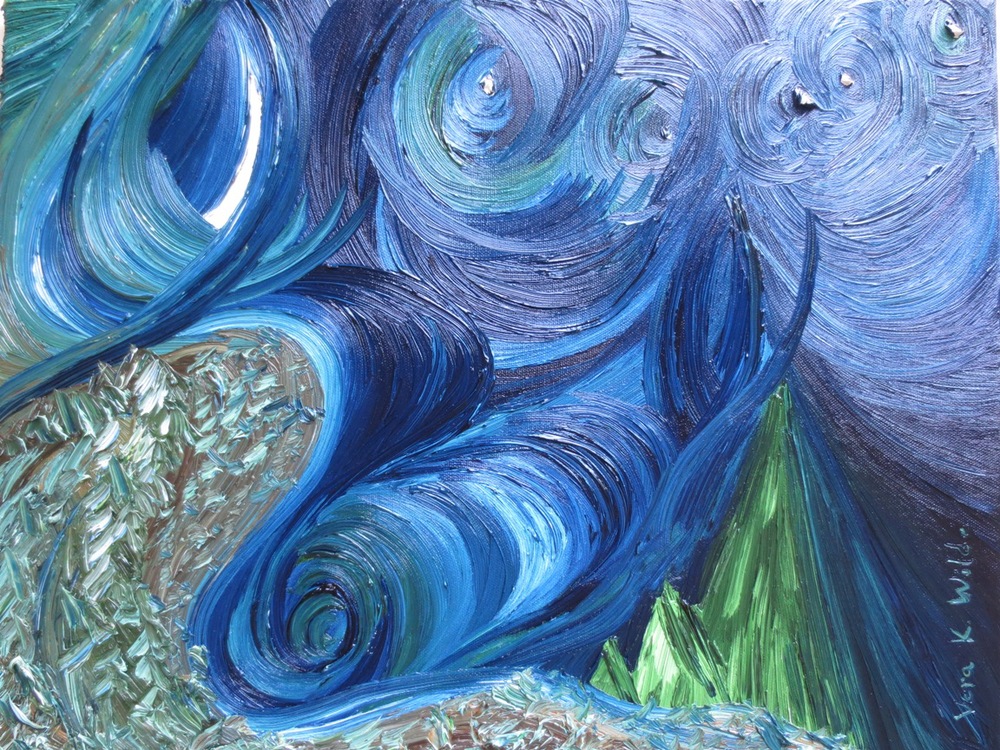
I am a successful, published book author, poet, and painter. I run my own small business making $2 million the first year. And I’m loved beyond my wildest dreams.
At least, that’s what I say to myself in the morning and at night since reading Napoleon Hill and spending the last three months trying to figure out what the hell it is that I would want if I could have anything. (I also love singing and performing, but not as much as writing and painting—or rather, some excruciating shyness gets in the way. What IS that?!)
Mine is a laissez-faire God (who punks people all the time), and He has promised me the world. So part of getting it is the going out and getting it myself (with openness to being punked). After all, success on any terms means nothing to me without freedom on my own. So I have to set those terms and make those designs with the awesome freedom I’ve got. I’m not sure the terms are right. This is hard, but this is a very good problem to have. Assuming my own holy Trinity of art, work, and family is possible, and working backwards from success instead of assuming it’s impossible and not even trying.
Make Money
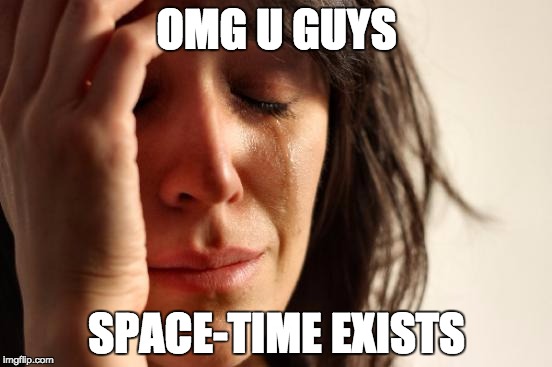
The first practical instantiation of the problem at the moment seems to be making money as an artist. It’s an old problem, and one that highlights the tension between planning, validating, and creating in all businesses. In other words, I am not making money this month. In May, I sold nine paintings in four weeks on my new Etsy store. But then I put my stuff in storage and got on a plane to learn about art businesses I admire and generally follow my heart where it leads this year. Now I am still struggling to get my bearings as a working, traveling artist. Part of the struggle is figuring out how to more actively experiment with commercializing my art on the validate leg of the plan-validate-create triangle of art business doings.
So I’m trying a new experiment. For two weeks I’m working on monetizing one idea. People keep telling me I have lots of good ideas, but [need to listen to the market better through some mysterious market divining rod device they have embedded within, have to more actively validate using their favorite widget, need to forget the market and just make my art as gloriously as possible until I run out of credit because at this point I’ve already gunned it off the cliff, must do more social media marketing, must do less social media everything, shouldn’t have quit my day job, should get a day job in spite of not having a work visa, should eat more, should spend less on food, should be more open to change and surprise, should have more of a definite plan, should go out more and smile, should value my time above all else]… The one piece of advice that doesn’t seem to be contradicted by another as soon as I hear it, is that I have to focus. That’s always been the world’s feedback to me in general. One thing at a time. Hold still.
I can’t hold still.
But I can make a list of rules, ideas translated into goods and services, and concrete hypotheses about their market potential and possible ways to test those hypotheses. Then I can rank them according to how sure I am it’s legal (where 1 = sure and 0 = not sure), cost-efficiency (where 1 = cost-free to test and 0 = costly to test), soul-fidelity (where 1 = feels faithful to my calling and 0 = less so or not sure), predicted workability (where 1 = I think it will make money and 0 = less so), and testability (where 1 = I see exactly how to run a quick series of validation tests to see if it makes money and 0 = I’m not so sure). This will give me a five-point composite ranking scale, to help me pick the one idea to work on while doing exactly nothing else for two weeks.
It’s worth a try to hone in on commercializing even though I don’t have a good track record of doing this. Maybe I don’t have a good track record because making money has never been my primary goal. Or secondary. Maybe I should change that for two weeks in good faith and see what happens.
The Rules
As implied by the above criteria, I’m scoring on: ecommerce/travel-friendly, cost-efficient, soul-faithful, workable (makes money immediately), and testable (I see how to validate, adapt, and keep trying to validate).
1. It has to be ecommerce or otherwise something I can conceivably do from anywhere as a businesswoman (so it’s legal without a work permit while I’m traveling).
2. It has to be cost-efficient—which at this stage means, preferably, free. A bunch of my earlier attempted business launch mistakes were about spending money to do stuff I ended up doing myself, or otherwise expending capital before I knew something worked. Classic rookie mistake.
3. It has to be faithful to my soul. My soul wants to make world peace through art. I do not care if this does not make sense to you. Oprah Winfrey does this. Arianna Huffington does this. Jim Henson and Dr. Seuss did this in their own ways, as did Hedy Lamarr and Edna St. Vincent Millay. It is what I am about. I know it when it feels right. I can’t do it if it doesn’t. Period, full stop, sleep on the riverbank, thanks.
But wait! This doesn’t mean I have to sleep on riverbanks! Money is just a metaphor for value. I never really got that before this spring. And then it hit me one day. I’m a poet. I deal in metaphors. I can figure this one out. Money is a metaphor for value. Surely there is something of my soul that the world values. I am basically a good person who wants to develop the goodness in myself, others, and the world. That is basically a hugely valuable thing, and to wind up sleeping on a sleeping bag at Harvard required that value translation equation getting stuck somewhere in translation. And the first sticking point was not knowing and asking for what I wanted. Which involves being valued.
4. It has to be workable. I have to believe it will make money. Otherwise my own (lack of) belief could hurt the chances I can sell the idea to make money. Because ideas shape perceptions and behavior, which shape reality.
5. It has to be testable. I have to see exactly how to test whether and how it can make money. Part of the whole point of this exercise is to better see what I can do to more actively test the commercial potential of my art in various forms. Because that’s where I think I’m getting stuck, and where a lot of artists get stuck. We have to be experimentalists as well as creators, entrepreneurs as well as poets. And those are different hats. And changing hats can be hard.
The Ideas
These are my favorite things:
1. Art
2. Peace
3. Writing
4. Knowledge
5. Dark chocolate and miso
These things translate into roughly one hundred million goods and services. (I already made this list, but the earlier draft was even worse than this one.
Goods:
1. Art supplies/supply kits. I’ve already written about this one.
Pro: The most successful Etsy stores by profit and majority of Etsy sales by volume are in this category.
Con: I don’t care where you buy art supplies.
Score: 3. The breakdown is: 1 for travel-friendliness, 0 for cost-efficiency (because I’m not sure how risky drop-shipping is or how much I’ll have to spend on Pay Per Click ads to drive traffic initially), 0 for soul-faithfulness (because I can make the argument, but I have to make that argument and I still don’t want to do it, there’s so much resistance up in there), 1 for workable (in theory), 1 for testable (in theory).
2. Fine art. Mine. Paintings. Like these, but new ones. Made in London.
Pro: I miss painting. It’s how I think, move, be.
Con: I don’t have a studio space or painting supplies here. So this flunks the cost-efficiency and travel-friendly tests. Plus I’m afraid of shipping from the UK.
Score: 3. Breakdown: 0 for travel-friendliness, 0 for cost-efficiency (because I have to acquire some form of work space and supplies, create the art, and then market it), 1 for soul-faithfulness (which I’m now wishing I’d weighted more heavily, but this train has left the station), 1 for workable (if the 9 paintings/4 weeks Etsy experiment is replicable), 1 for testable.
3. Fine art. Others’. Paintings. I would love to discover and promote other artists’ work that I believe in.
P
ro: I love talking with people about their art, whatever that art may be. I want to learn more from other successful artists and businesspeople.
Con: I didn’t leave a Harvard postdoc, a city where I could make a living doing share economy work, and a country of milk, honey, and CVS to chase someone else’s dream.
Score: 3. Breakdown: 1 for travel friendliness, 1 for cost-efficiency, 0 for soul-faithfulness, 0 for workable (if the art market is hard for me and every other artist I talk to, why should it be easier for me with other artists’ work?), 1 for testable.
Pause to panic: What if everything is a 3?
4. Art merchandise. Mine. Stuff like the Beckett button I’ve been meaning to make, on a platform with a better profit margin than the Zazzle store I started experimenting with in May.
Pro: I want a real-life Beckett button to hit when I have tried and failed and must try again and fail again, and fail better. This experiment gives me an excuse to create one.
Con: This sort of thing seems likely to have a limited market, involve low profit margins, require advertising to find a larger market, and get boring quickly… Wait, no, already boring.
Score: 2. Breakdown: 1 travel-friendly, 0 cost-efficient (profit margins are the hard part with art merch—Zazzle loses money—and they matter less with volume, but I don’t have a huge following where that shakes out immediately), 0 soul-faithful (stuff, don’t care about stuff, go away, stuff), 0 workable (just not hopeful about it particularly), 1 testable.
5. Butterfly portraits. These are a weird combination of portrait and life story/interview I was doing in Boston. It sort-of involves love-bombing strangers (who have a butterfly of grace shining through in their faces), and is not terribly lucrative as far as I can tell except in fellow-feeling and happiness.
Pro: I love drawing and drawing out strangers about their dreams.
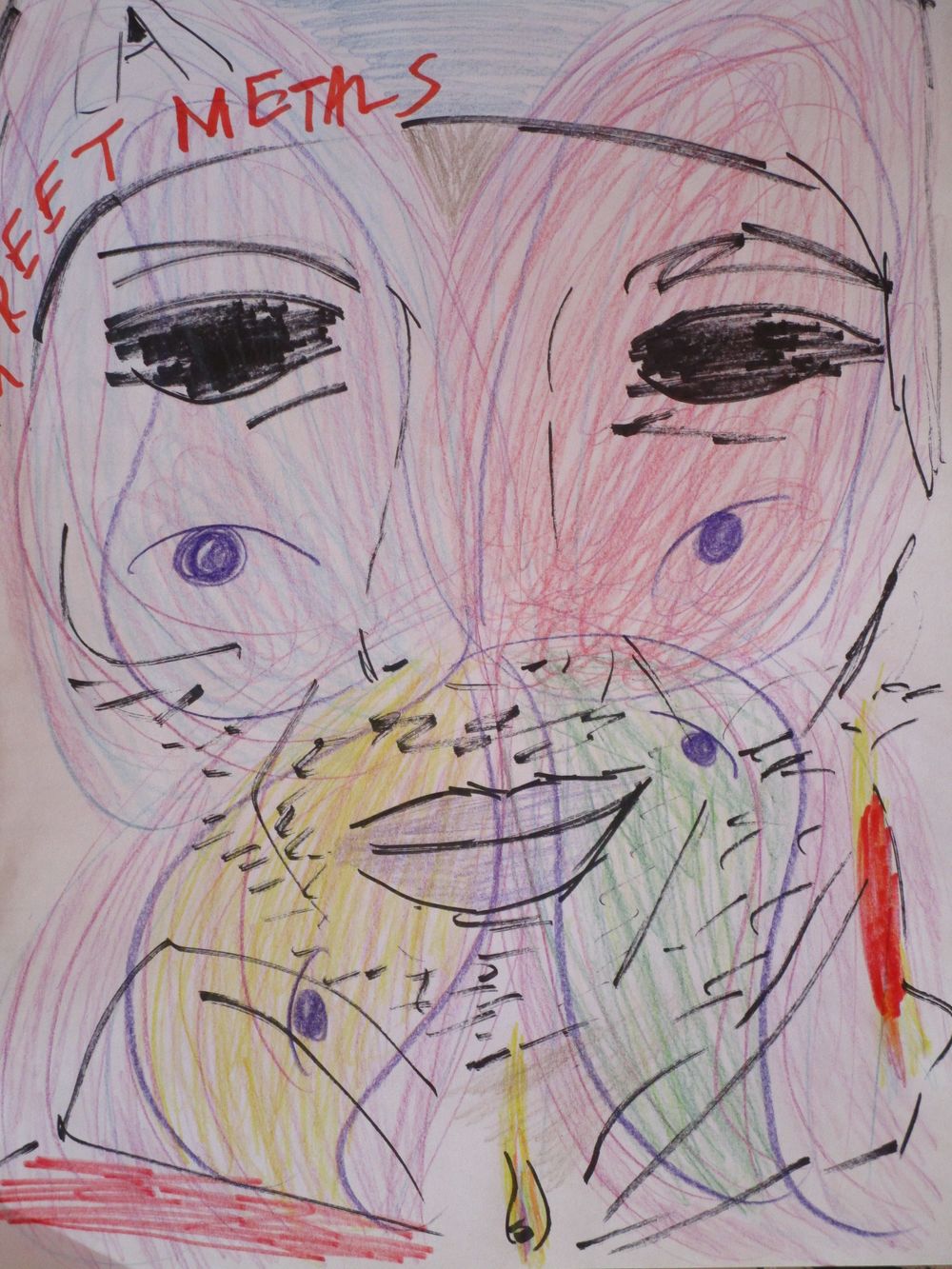
Con: This is weird. I’m not even sure I’ve communicated the concept clearly here. How can there be a market for something I can barely even describe? Is this street art? As a good, this is street art. Street art doesn’t make money. Does it?
Score: 3. Breakdown: 1 travel-friendly, 1 cost-efficient (if I do them with ink and pencil on computer paper for now—although in my experience, people don’t want those portraits, they want proper oil paintings, of course—so I’m not sure about this one but I’m going forward now), 1 soul-faithful, 0 workable, 0 testable (I don’t actually see how to test this because I was doing it organically in Boston, and it’s not happening organically in London—I don’t know why).
Pause to panic: What if everyone thinks I am really weird for doing this? This whole thing? Oh, right. I am. Carry on.
6. Writing—poetry. I used to publish (dozens of poems under various names) in journals and such. Occasionally one would pay, poorly. Then I stopped submitting to journals and rewrote a bunch of what I had into a book. Then I rewrote the book. And rewrote the book. And rewrote the book. So that’s a thing that exists now that I like.
Pro: High soul quotient.
Con: Poetry supposedly doesn’t pay.
Score: 3. Breakdown: 1 travel-friendly, 1 cost-efficient, 1 soul-faithful, 0 workable, 0 testable (I don’t see how to validate it in the immediate term, since it requires researching and learning how to self-publish across at least three different digital and physical platforms).
7. Writing—children’s books. The Where the Wilde Thinks Are series.
Pro: High soul quotient.
Con: Not ready yet, so what is there to monetize? I could be looking for university, non-profit, grant and/or crowdfunding sources to create and then monetize the series. But I’d rather play the market game first and well, because that will (if done right) help me build skills and brand for doing this more and better, later.
Score: 2. Breakdown: 1 travel-friendly, 0 cost-efficient (I did a survey and people thought I had to make the proper illustrations first, and that requires proper materials I’d have to buy), 1 soul-faithful, 0 workable (product doesn’t exist yet), 0 testable (ditto).
Pause to panic: But this was my rational first priority when I talked with a friend last week. I cannot change my rational first priority from week to week and be surprised when I keep failing to get somewhere with this art business thing! That’s not how success works. One goal. Everything in service of it. That’s how it works. I think.
8. Writing—screenplay. I wrote a screenplay in LA last spring, rewrote it this fall, and it needs another good restructuring before I can pitch it as an independent.
Pro: The universe approved. A successful screenwriter friend thinks there is something there.
Con: Also not immediately monetizable.
Score: 3. Breakdown: 1 travel-friendly, 1 cost-efficient, 1 soul-faithful, 0 workable, 0 testable.
Services:
1. Portraits of Peace. The global non-profit organization affiliate service version of the butterfly portrait good. I might need to first generate better, more current, open source samples—remake a portfolio of sorts including sketches, photographs, blog posts, and perhaps videotaped or audiotaped interviews—and then shop for a middleman organization like Freedom House, Amnesty, or the UN. But I love talking to people about their journeys and what matters most to them, how they’ve been resilient, their dreams and how they’re moving toward them. I’d like to be traveling around doing positive (truthful) stories with people who are doing under-recognized work for world peace by taking care of themselves and pursuing their dreams—especially refugees in the global refugee crisis.
I care a whole lot about this crisis.
Pro: This combines everything I want to be doing right now. Painting or drawing. Photographing. Traveling. Talking to people. Drawing selection attention in the information environment to positive stories, success, resilience, and goodness. Giving a voice to our dreams—the party that is most often left voiceless in discussions about prejudice and violence, their causes and consequences. Not one side or the other. Not selfish actors or groups. All. Together. Dreaming. I could also see it giving me an opportunity to teach stuff I used to love teaching, from children’s dance, drama, music, and art, to college-level political theory and behavior.
Con: I just wrote a job description for a job I’m probably not qualified to hold, and don’t know who would hire me to do. The usual workaround for this problem is to just do the job, and then nicely argue with whoever tells me I’m not doing it right. (It’s worked before.) But doing here and now that will probably cause me to lose rather than making more money in the short-term. That’s not the goal. In fact, the post I just linked to is from over a month ago, and it’s totally unacceptable that I’ve only made yay much progress toward monetizing my business in that time. Grrr. Plus, one of the things I want to be qualified to teach in the future is entrepreneurship. How can I be qualified to teach entrepreneurship if I haven’t run my own successful business? That’s silly.
Score: 4. Breakdown: 1 travel-friendly, 1 cost-efficient, 1 soul-faithful, 0 workable, 1 testable (at least I think I see how to validate it by creating a portfolio, but then again, that makes it cost-inefficient I suppose because of the opportunity costs?).
2. Family/Couples/Group Photography. Relatedly, the thing that often happens to me in parks on weekends, in bars at night, when I’m smiling, when I’m crying, and basically everywhere I go and whatever I feel or look like, happened at the South Bank again yesterday. Random groups of people, especially families with kids, stop me to take their pictures.
This happens so often, I asked the last person why he asked. He said it was because I made eye contact and smiled. And then he thought about it and said, you know with the kids, that probably babies like me and families approach me like that for the same reason, and also because I’m so small, like a butterfly. And then I laughed and gave him my business card, with my butterfly logo, and wondered why I have never seriously considered running a photography business even though I love taking pictures, and people are always stopping me asking me to do so.
When I discovered print screening, I combined it with photography to create a special combination portrait—part photorealism, part impressionism. There’s probably a market for that atypical, fun, easy combination of techniques. Possibly an even bigger market for teaching people to do it themselves.
Pro: Look. An art business model that also uses connection with people, art, and technology to do something a little bit unusual while building on demonstrated strengths!
Con: Is this derivative? Is it legal to do while traveling? Does it require supplies I don’t have? I’m not sure.
Score: 3. Breakd
own: 0 travel-friendly, 1 cost-efficient, 1 soul-faithful, 0 workable (people like this done for free and they can get it, so why pay for it? I mean, what if the reason they ask is just because I make their kids smile, and otherwise they wouldn’t pay for the service at all?), 1 testable (I think I see how to validate this in theory, although I could be doing a more in-depth validation brainstorm for each of these—it would just take even longer and already I’m worried this is a plan/think-not-do sort of procrastination distraction from the doing).
3. Writing—poetry—custom poetry services. Some people do this as performance. I don’t have a typewriter to make it appropriately performative. So I guess I would do it as a more niche service, like—custom love poetry for when you are in trouble—hush—or haiku summary research services—just kill me now. But look, it’s the critical voice that says these things are ridiculous. And the soulful voice that says—the world recognizes value, and I am going to seriously experiment with asking it what I can offer others of my soul that they will recognize in this way. Taking on faith that it is possible to succeed if I try. Recognizing that I have actually done a very bad job of trying while having that faith. Which is fine, provided I correct the error now.
Pro: Relatively original (a serious, sustained experiment in monetizing poetry as service) and high soul quotient.
Con: This is totally ridiculous. I am going to starve to death on a riverbank. (How poetic.) I mean, I have faith that I am following my heart and listening, and as long as I keep showing up to the work of figuring out what’s next and trying it, amazing things are going to happen. The universe is going to punk me in a lucky way when I least expect it. And I’m looking for how that can happen.
Score: 4. Breakdown: 1 travel-friendly, 1 cost-efficient, 1 soul-faithful, 0 workable (I have my doubts about the market demand for poetry services), 1 testable.
Pause to panic: If this obviously ridiculous idea gets a 4, I am doomed.
4. Music—I’ve made small amounts of money (and larger amounts of produce) performing, teaching children’s piano, and writing jingles. I could try doing all these things more seriously and systematically.
Pro: I feel I’m being most honest in who I am when I’m singing and dancing.
Con: That usually only happens when I’m alone and sure no one can hear or see me. Excruciating. Shyness. Does not healthy, happy practice habits make. So I’m not really good enough—and I don’t really love it enough to get good enough, because it’s almost physically painful to me to hear all my mistakes. That’s not fun. The whole point of this art-life experiment is to be in a flow state more.
Score: 1. Breakdown: 0 travel-friendly (the keyboard and amp are not particularly portable for a small person), 0 cost-efficient (ditto equipment costs if they’re not portable—which is curious since musicians tour all the time, I just must be missing something…), 1 soul-faithful (too faithful—see also excruciating shyness), 0 workable (not good enough to make money immediately, I know because I tried in Mexico City in April and made pocket change), 0 testable (I don’t see a lot of people busking here, certainly not vocalists alone, and open mics aren’t really made for that either).
5. Comedy—I’ve done a little improv, stand-up, and other sorts of comedy-y acting. But as a service industry, comedy is extremely competitive, and I’m not good enough to make money doing it at this point. So (ahem) I could teach. I’ve been trying to set up an improv workshop with a women’s shelter since I got here. This would help me learn by doing, and build up a resume of current work so I might be able to pitch it to companies. Improv for the workplace or whatnot.
Pro: Comedy is fun. This sounds fun.
Con: This also sounds embarrassing. Can I please crawl into my art-cave and paint and write poetry again now? Right. Took away my own art-cave. Riverbank replaces art-cave. World. Home in world. Not starving on riverbank. Markets! Trying! Adventure!
Score: 3. Breakdown: 0 travel-friendly, 1 cost-efficient, 1 soul-faithful, 0 workable, 1 testable.
6. Editing.
7. Grant proposal assistance.
8. Tutoring.
#6-8 are on morethanacademic.com—so the investment of creating a site for the services is done. But, I haven’t built audience/clientele for these services. I’m not sure why—probably because I haven’t systematically tried in all the right ways, because I haven’t even made a proper list of what those ways are—but I could troubleshoot that, probably for each service in a more niche way. I think the market is there. But I don’t even know how to test that. But that’s a different step from this product/service brainstorming. First list. Then (roughly, imperfectly) rank. Then test.
Pro: So qualified to do this stuff. So happy with one political philosophy tutoring client I have—lovely student, lovely work.
Con: But it’s not my art.
Score: 4. Breakdown: 1 travel-friendly, 1 cost-efficient, 0 soul-faithful, 1 workable, 1 testable.
9. Experimental design, survey research, other wonky things my heart isn’t really in anymore. Exactly.
Pro: I would seem to be qualified to design and run original field, survey, and psychophysiology experiments in combination with qualitative interviews and other forms of research. NSF funding. Ph.D. Harvard. Etc.
Con: Don’t wanna.
Score: 4. Breakdown: 1 travel-friendly, 1 cost-efficient, 0 soul-faithful, 1 workable, 1 testable.
10. Other research/investigation. I can find things out (“research”), but other people can too using the Google. I can find things out from people in real life (“investigation”), but other people can too using the Outside. So. This seems dumb. But I am being so quick here to dismiss things I am well-qualified to make money and help people doing! Let’s at least think it through.
Pro: I am really good at answering tough empirical questions using a range of methods.
Con: I do not understand why anyone hires anyone else to do research or investigative work. Why do you not do it yourself? I’m pretty sure you would learn more that way. This is the teacher in me, I guess. “Do your own homework. Primary sources.”
Score: 3 Breakdown: 1 travel-friendly, 1 cost-efficient, 0 soul-faithful, 0 workable, 1 testable.
So for the next two weeks, I’m only trying to monetize my art business by active validation experiments with the single-highest ranked of these things. But, there is a tie the way I have scored them. Portraits of peace, custom poetry services, “more than academic” editing/grant proposal assistance/tutoring services, and wonky things all got four points. I can’t pester people with another survey this soon after the last survey. They will get annoyed and then the world will end. (Ok, I could pester. But I’d prefer not to.)
It seems likely that drafting a short validation plan for each of these four finalists might help break the apparent tie. That looks something like this.
Validation Plan
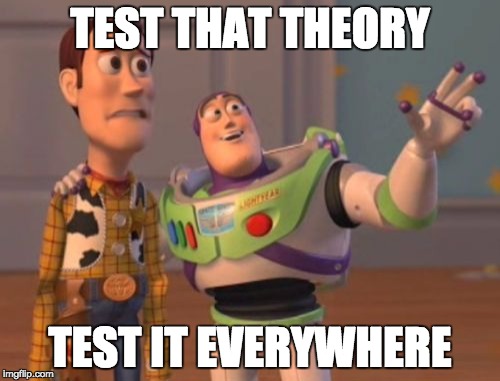
1. Portraits of peace—this is risky because it entails creating a portfolio to show not tell what I’m talking about before pitching it to an NGO or something. But I kind-of see how to do it. I think. I stumble across amazing people all the time, so it shouldn’t be that hard to interview them. In fact, I often do—but am too embarrassed or busy to do it properly. For instance, I videotaped an amazing, barefoot 70-year-old woman learning to tango at the Mexican hostel. And interviewed her about her life. And then who knows what I did with the interview? I was busy busking, building websites, etc. But she was beautiful, and she taught me a lot. She had lost everything in the Greek civil war. Traveled solo around the world. And was heading to Cuba to dance more. Appreciating other cultures’ music and dance was her art, and she didn’t know it.
Score: 0. This is not specific enough to be a validation plan, and I don’t know how to make it more specific.
2. Custom poetry services—this is so ridiculous. But I see how to validate it using tools like Launch Rocket and Google Pay Per Click ads.
Score: 1. At least I see a specific way to run a series of validation experiments. I am super embarrassed that I am even thinking of doing this, but such is trying and failing out loud.
3. Editing/grant proposal assistance/tutoring services—this has the best market, lots of people are already doing it and I’m well-qualified to join them, I just have to be more niche, market my services beter, etc.
Score: 1. Again, at least I see how to test it through a combination of that sort of online marketing (PPC ads) and pavement-pounding (joining up with services that already do this—or simply going into university libraries with flyers and such—to find more clients).
4. Wonky things—e.g., experimental design and survey research.
Score: 1. I see how to test it.
Well, that only knocked out my favorite semi-finalist without giving me a clear winner. And it does have to be one thing to be a proper experiment. And I have to stop dragging my heels because trying new things is scary, and just go for it like making money running my own art or art-like business is the single most important thing in life to me, for two weeks. It’s worth a try. Or rather, a do.
Back-Up Plan
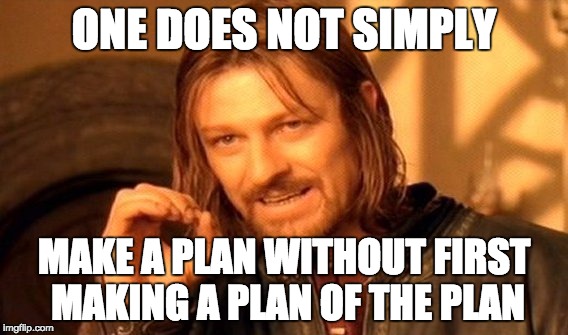
This validation plan sucks. This is me, trying to get unstuck, and it’s long-winded and painful. (As a rule.)
I don’t even have super-powered clarity on my one goal, still, like I’d like to. But I have to do something next. It will be more efficient, probably, to experiment than to plan better at this stage. I’ll learn more by doing. But I still don’t know what to do. This is what Helena means when she talks about our slow designs when we ourselves are dull. It’s not easy being free, but it’s better than the alternatives.
In the morning, I will wake up—here I snap my fingers and draw a magic circle—with crystal clarity on my one business validation goal for the next two weeks. And if I can’t do anything but buy art supplies and paint and write, even though that’s totally irrational, then I’ll do that instead and see what happens. It’s information for me anyway.
But I’ll do something instead of freezing because the position I have put myself in here is a little scary. And if I fail—in the course of learning to try again and fail better another day—I can always go back to Boston, drop-ship firearms and herbal supplements while driving a Lyft or Uber taxi, Task Rabbit my bunny-tail off (if I ever get approved as a Tasker…), sell paintings at weekend art fairs two hours away, or even (shudder) get a regular job that has nothing to do with art, requires me to sit still, and otherwise disrespects my soul, like everyone else who’s writing a book.
But my spidey sense says I’m gone. For a while at least. I’m going farther, wider, longer before I go anywhere approximating a home other than home in the whole, wide world. Where we have peace when we remember to seek it. Trust when we remember to smile. Abundance when we remember to give and to ask.





